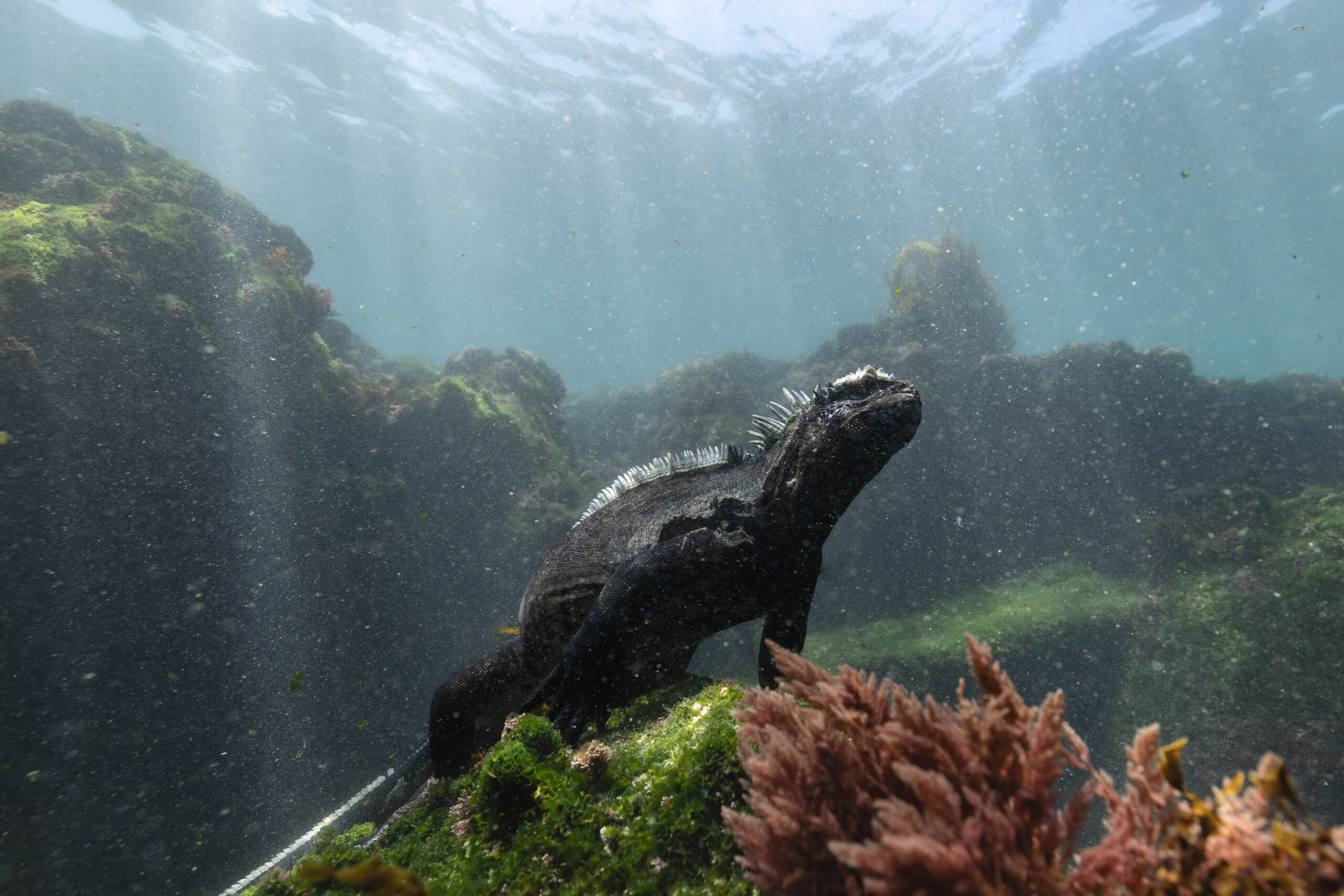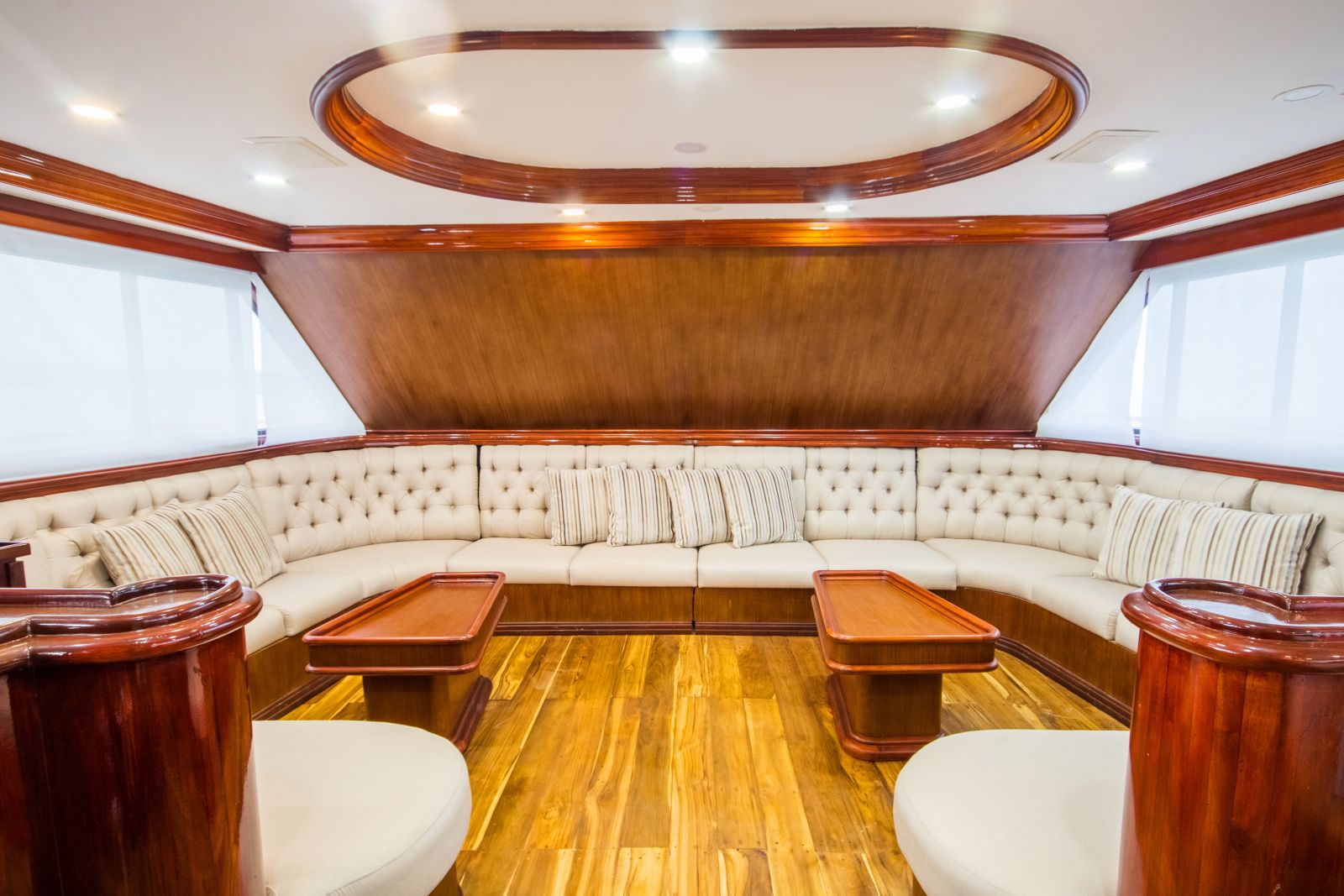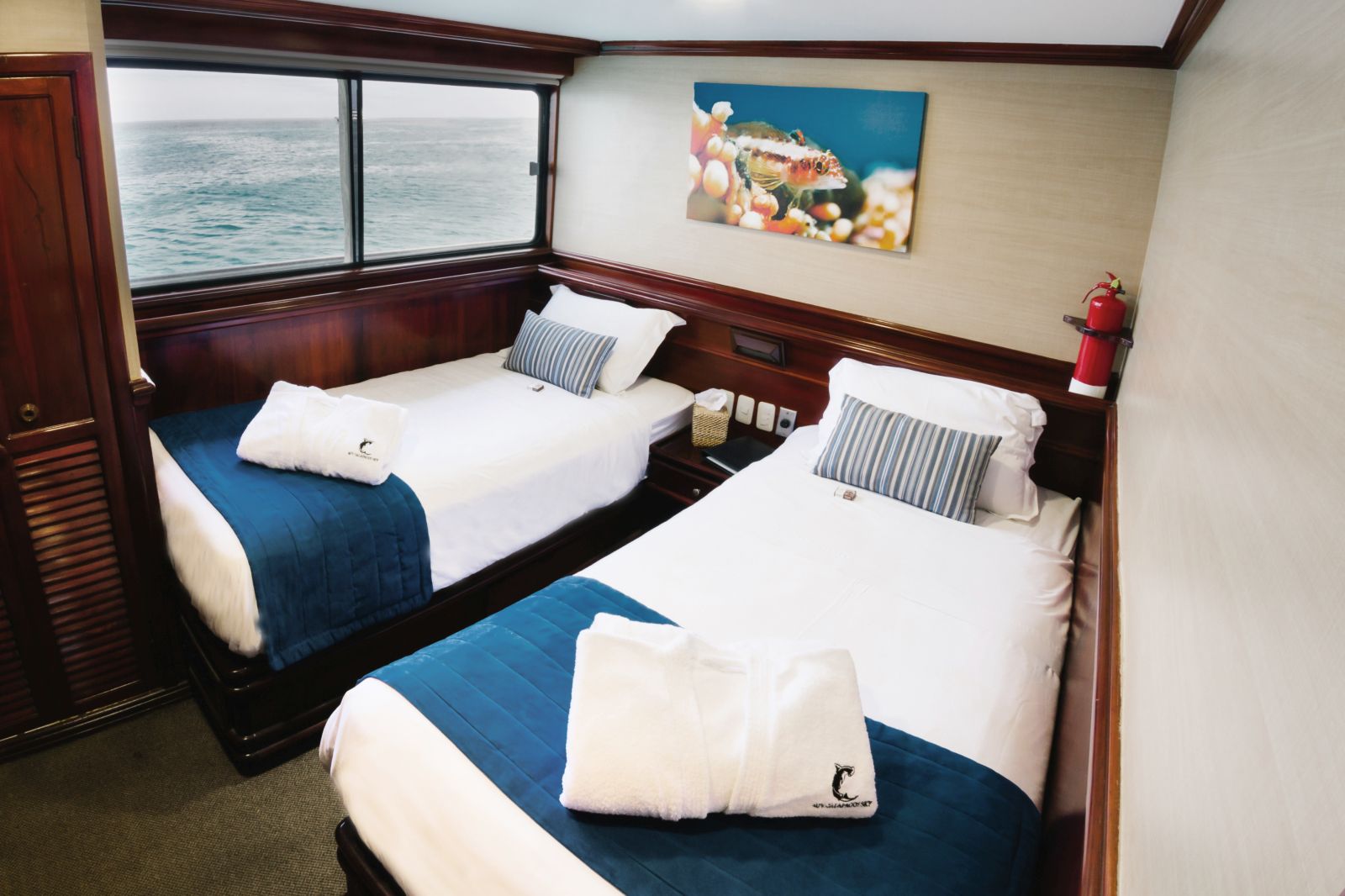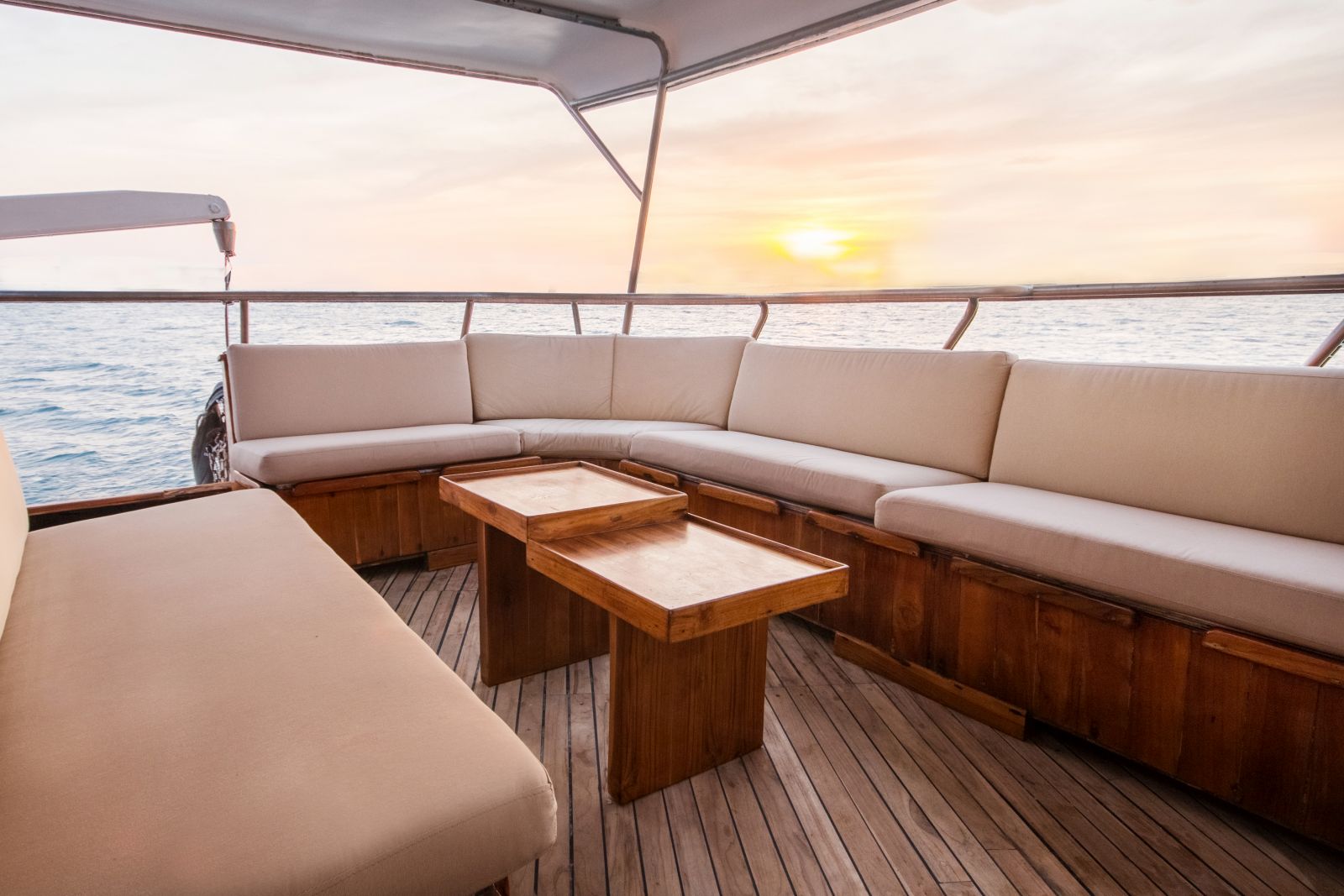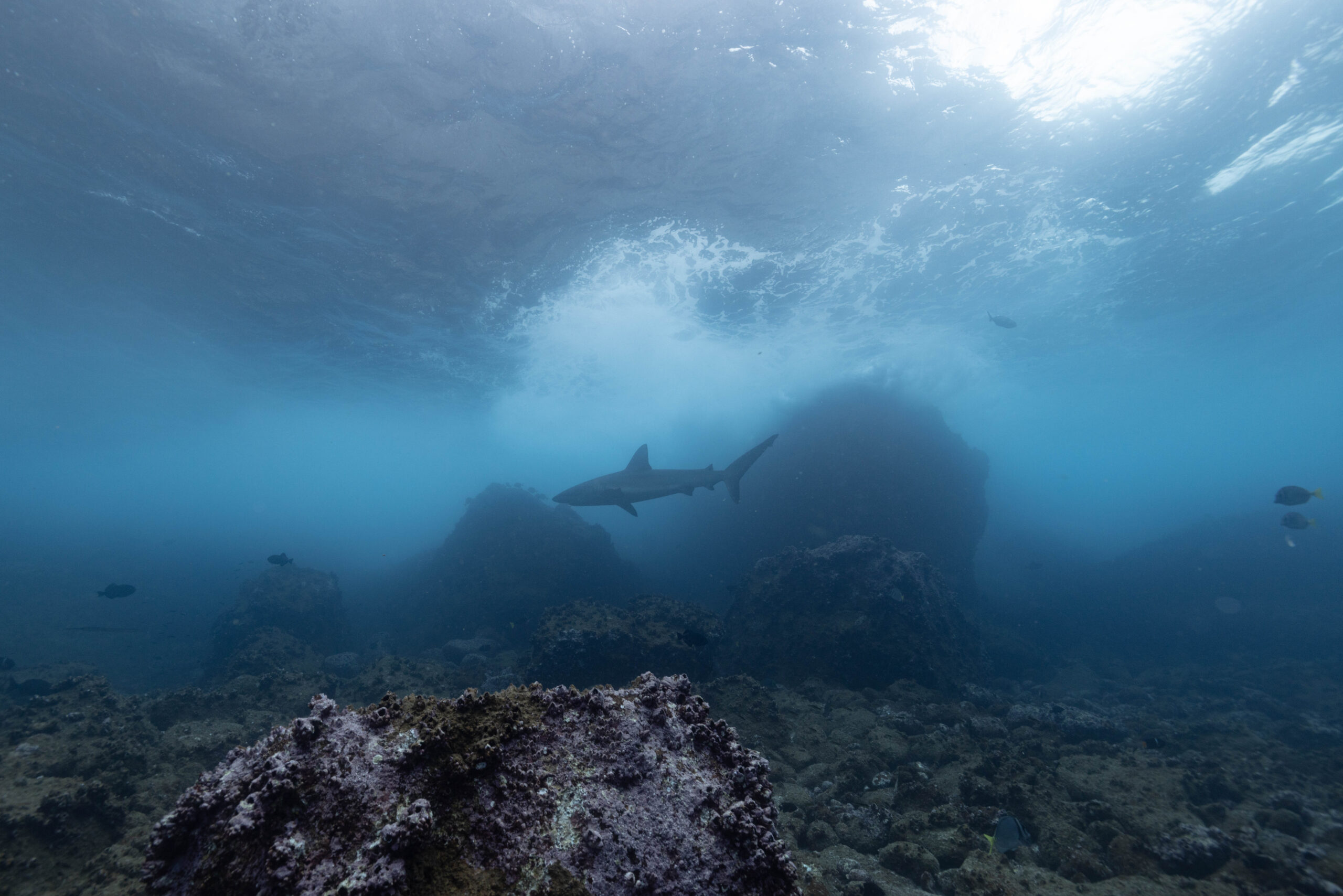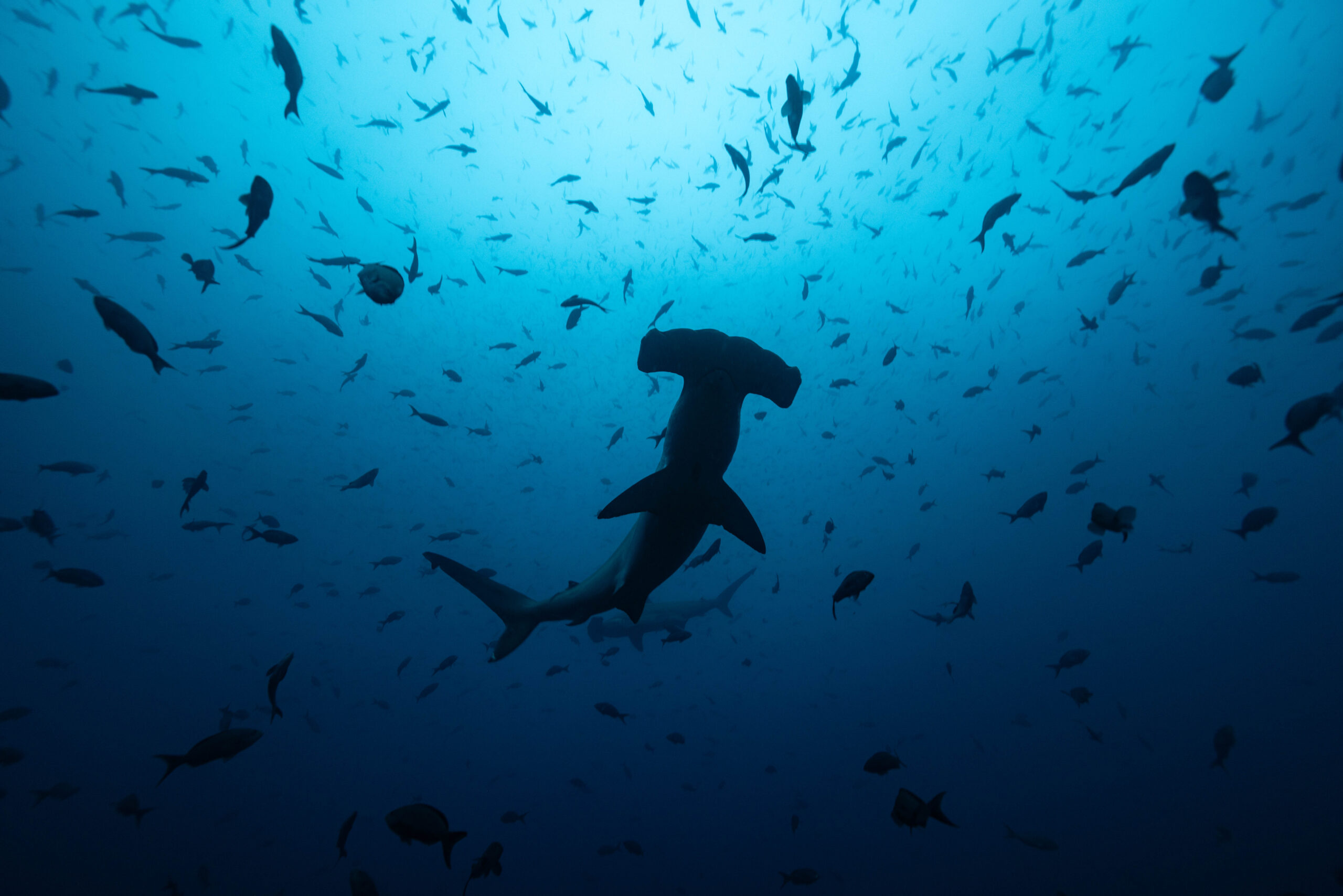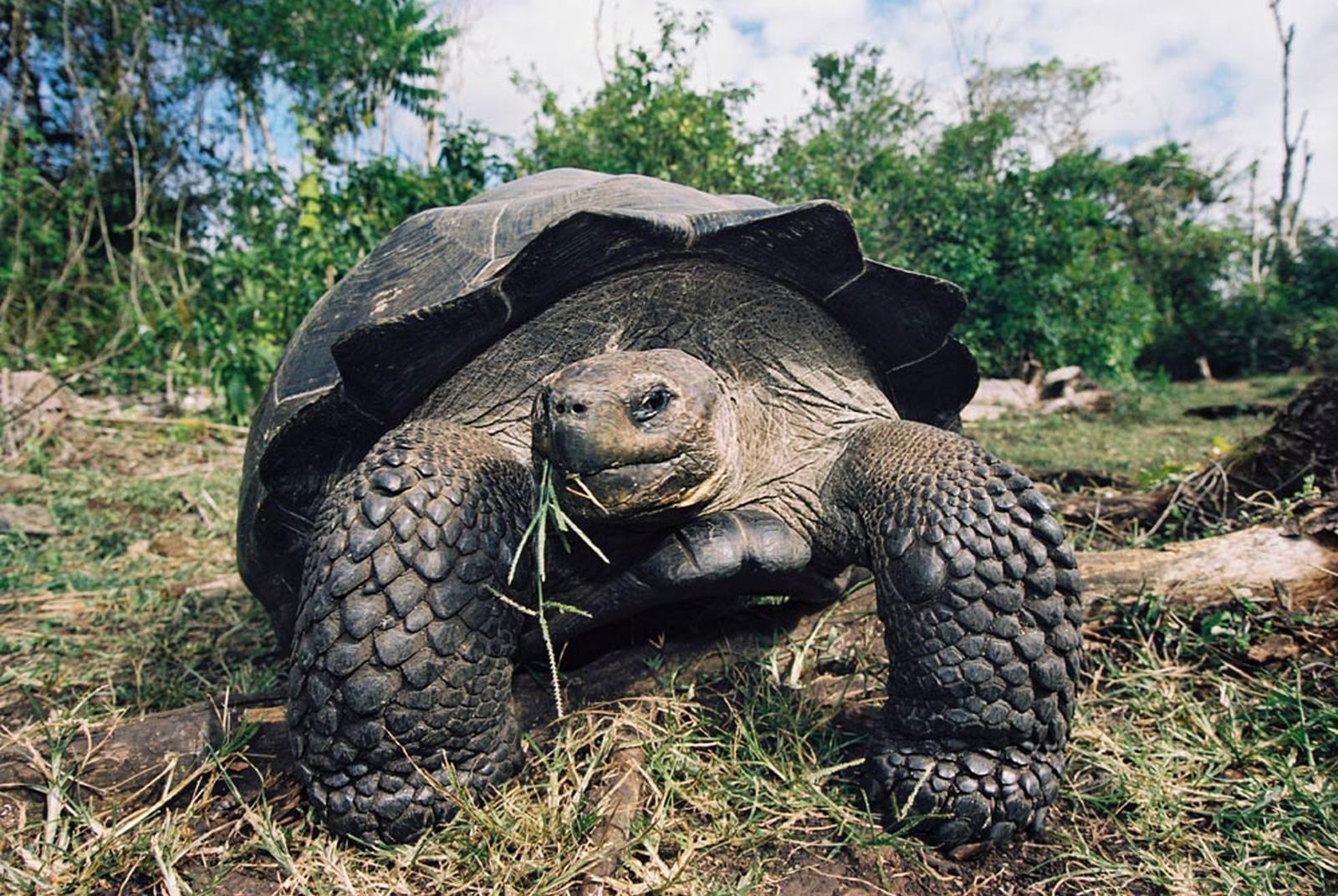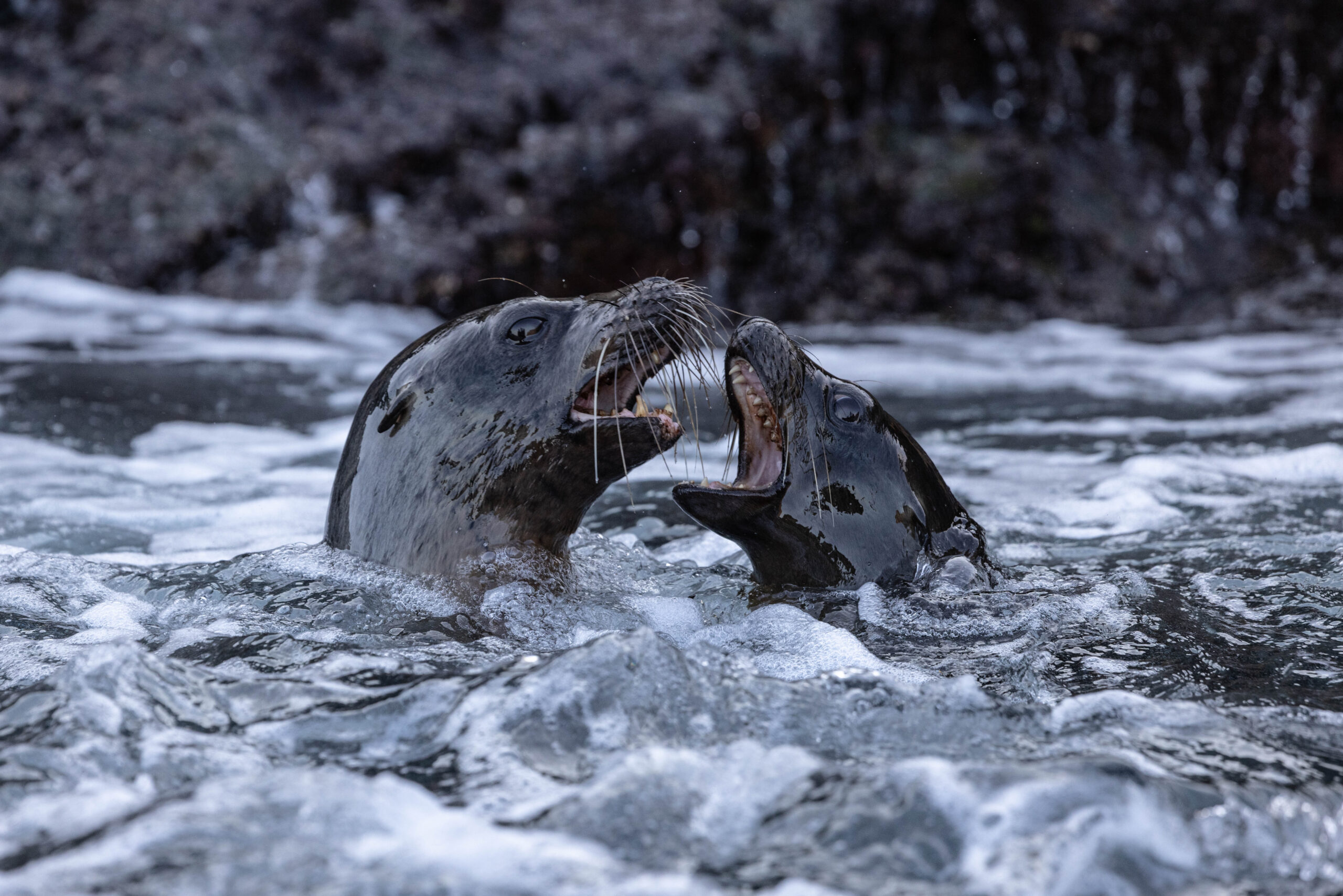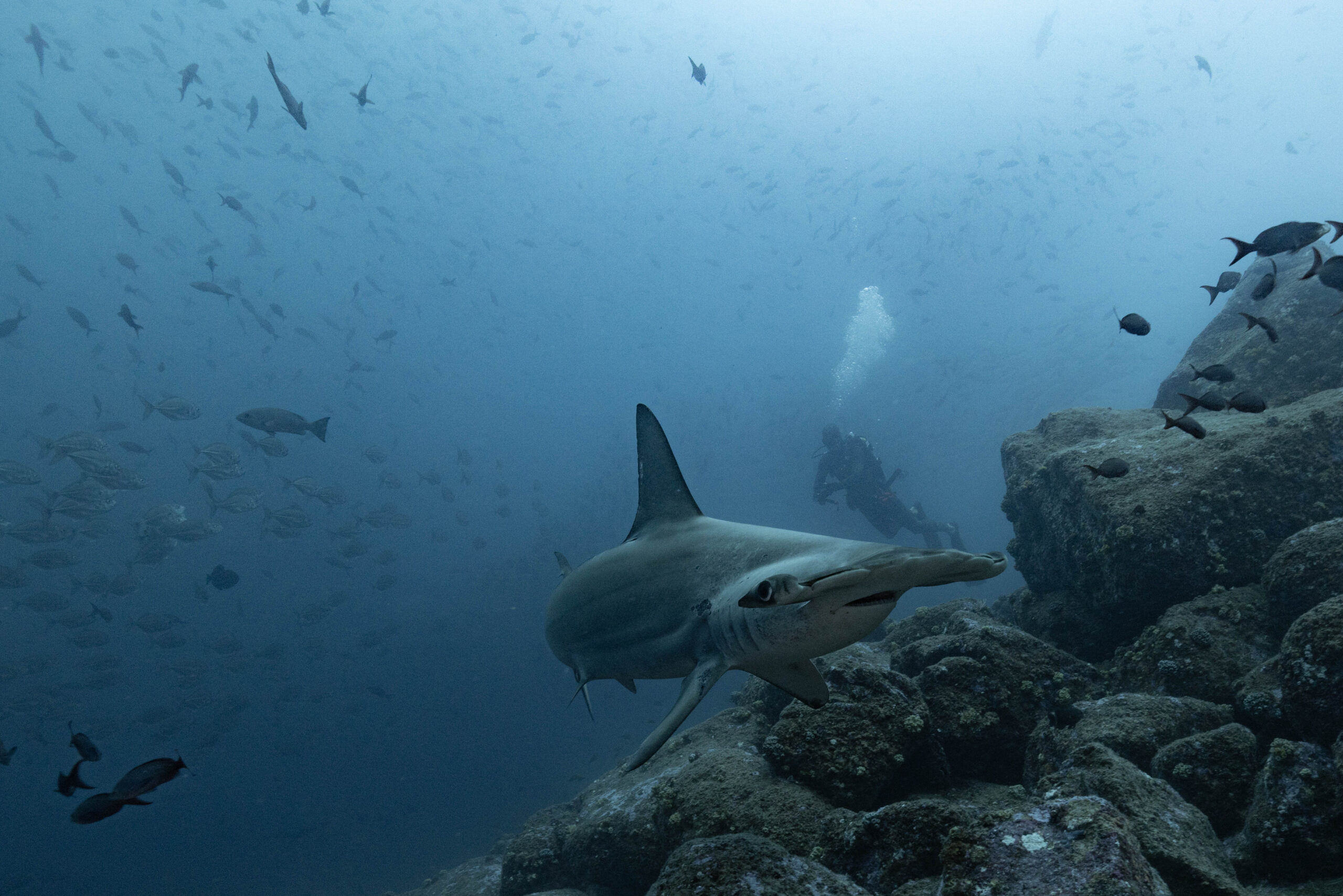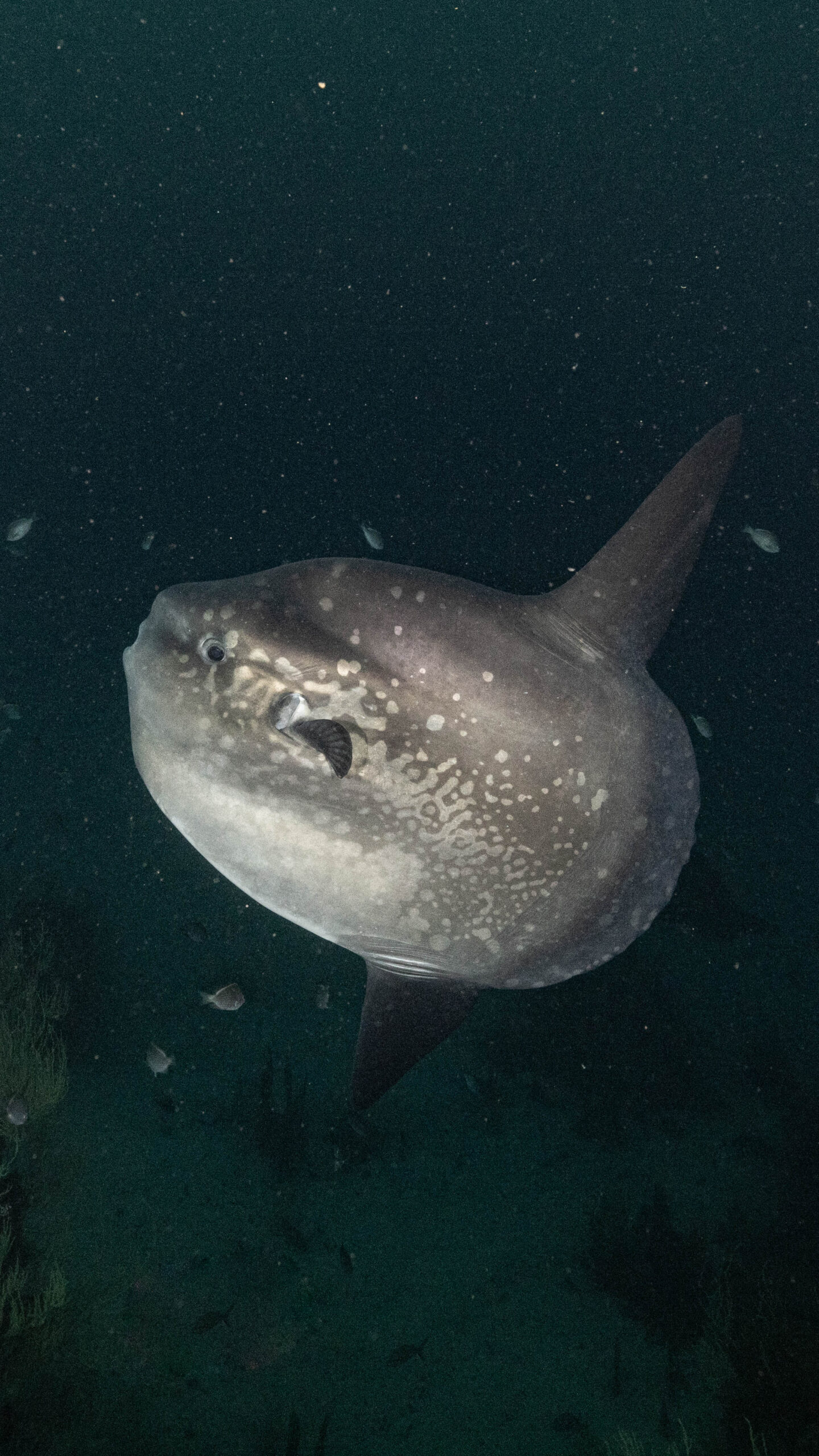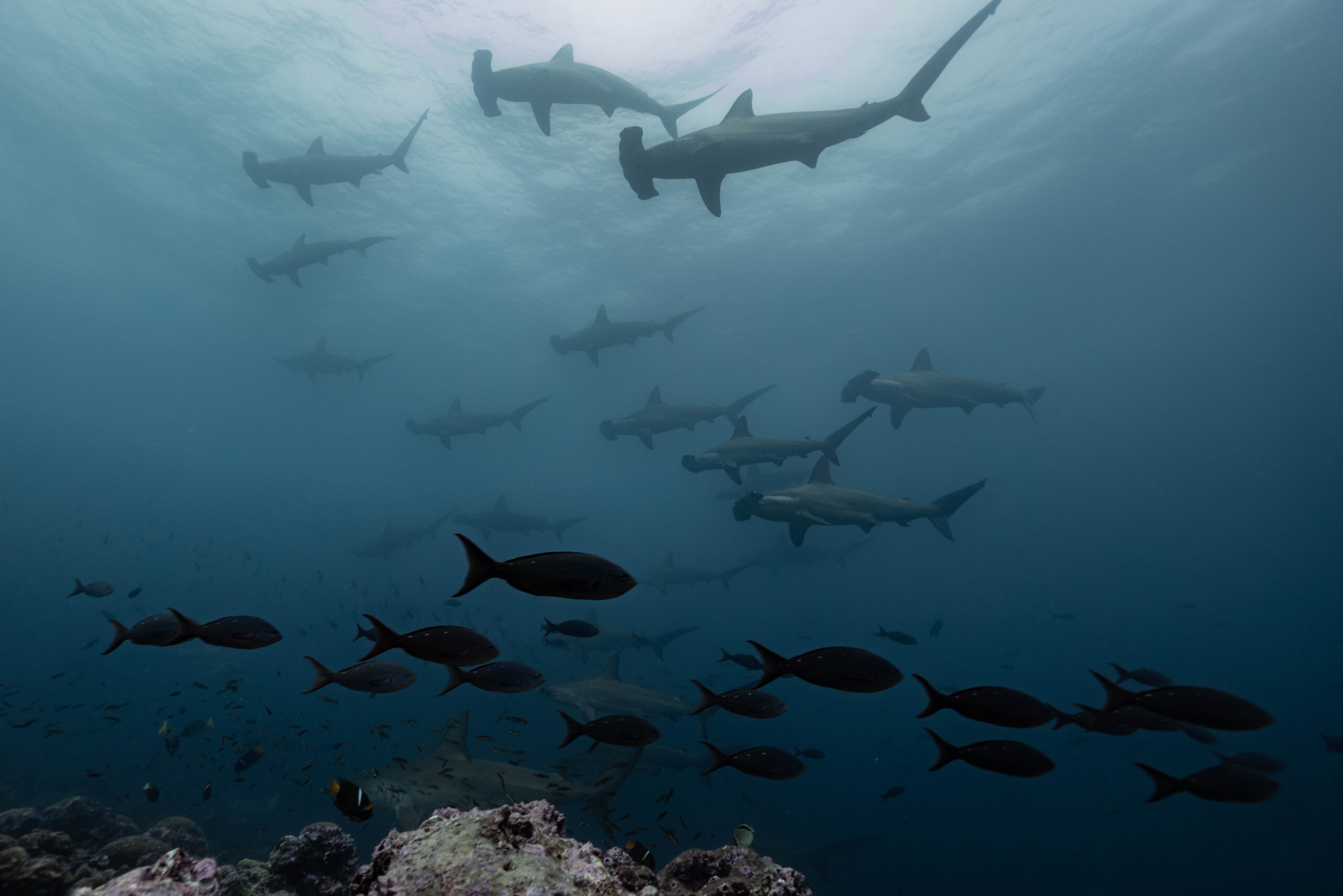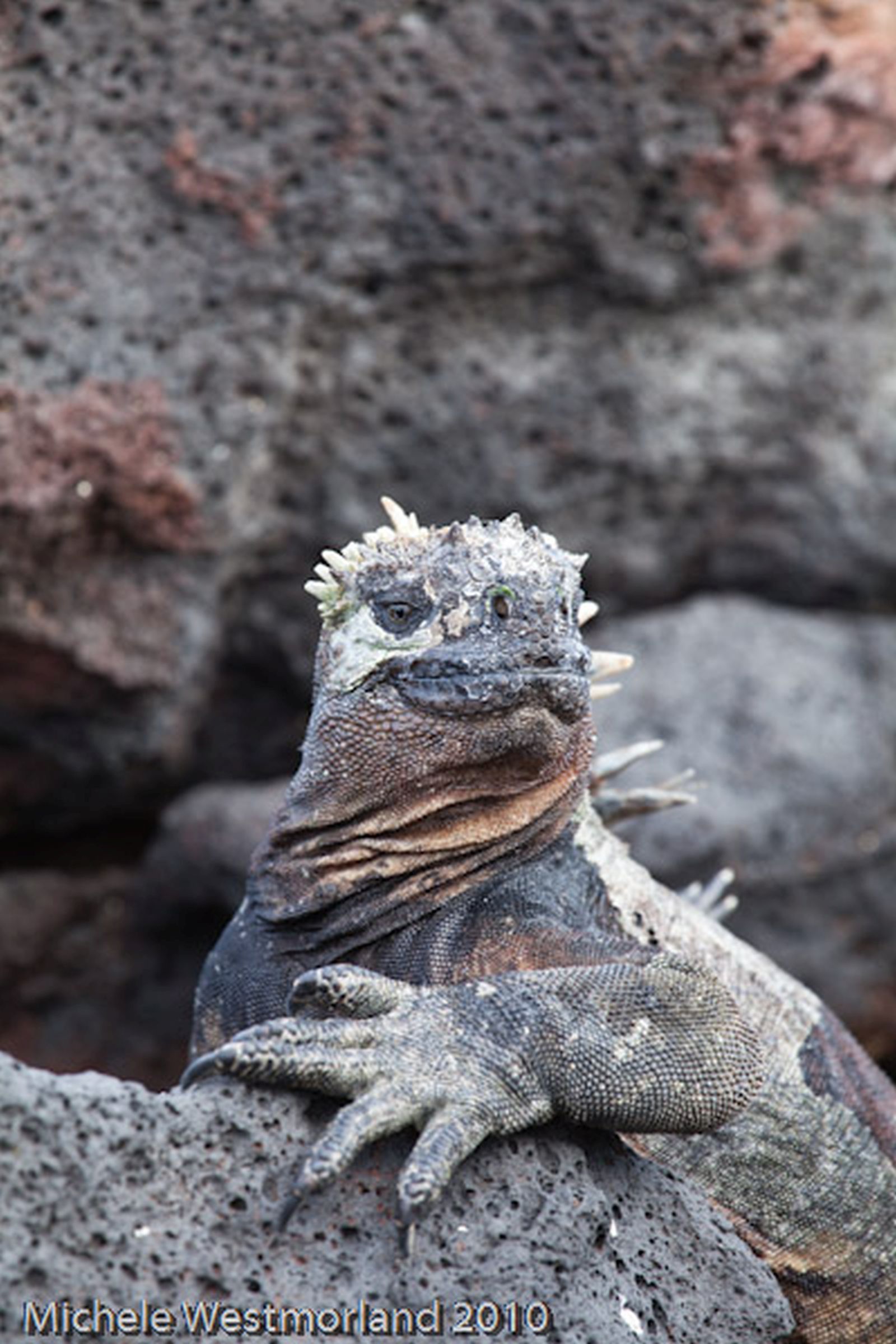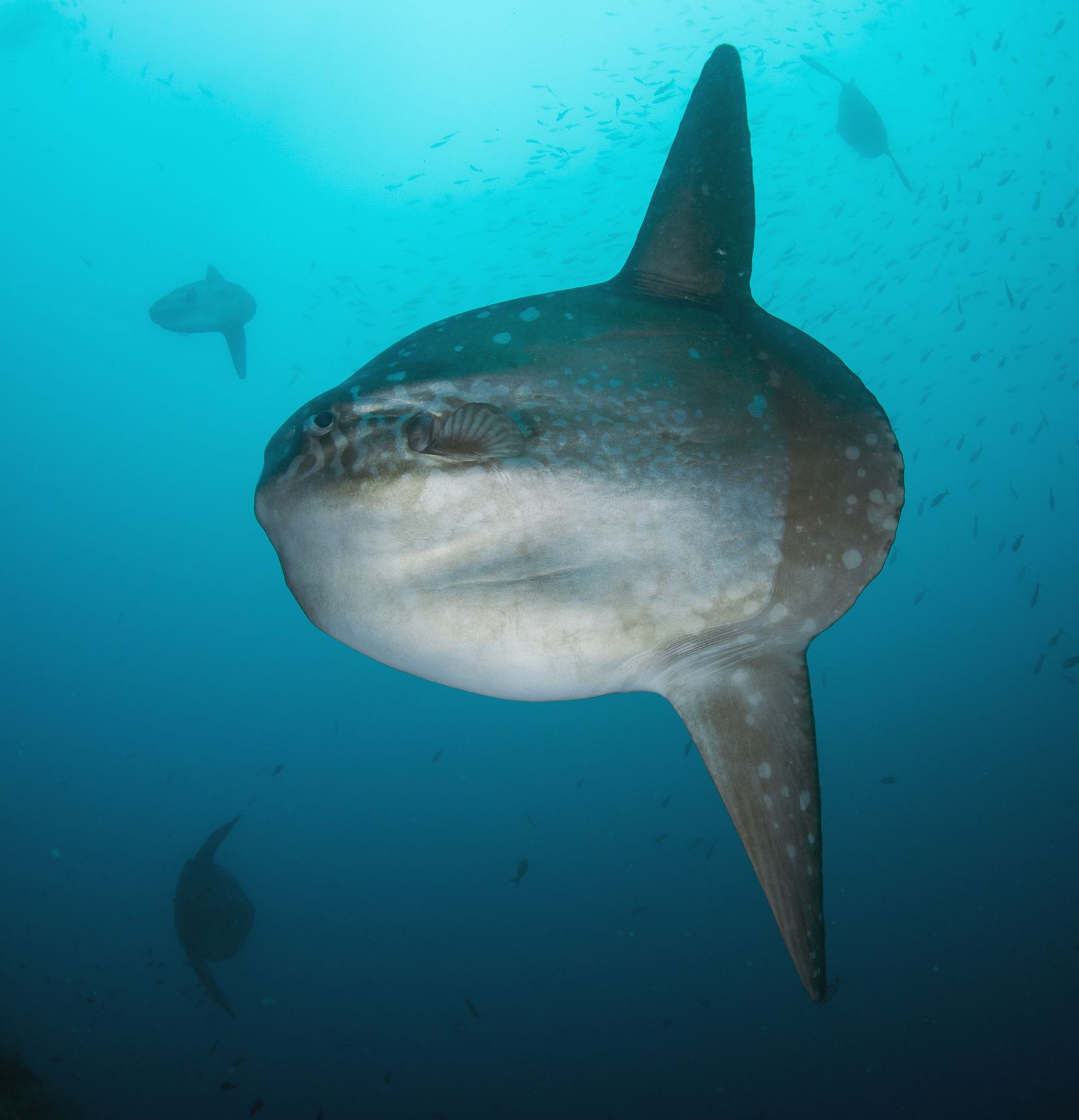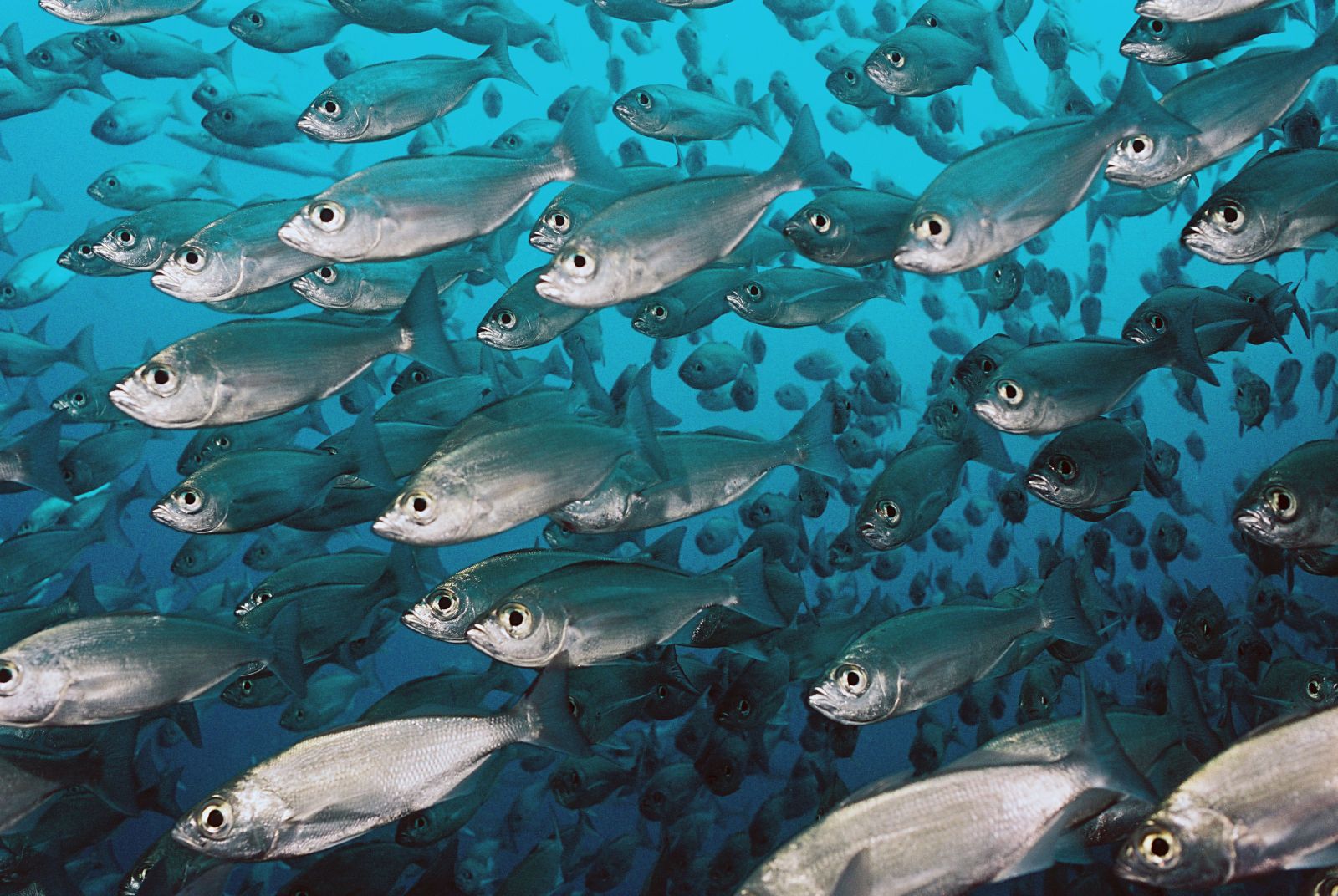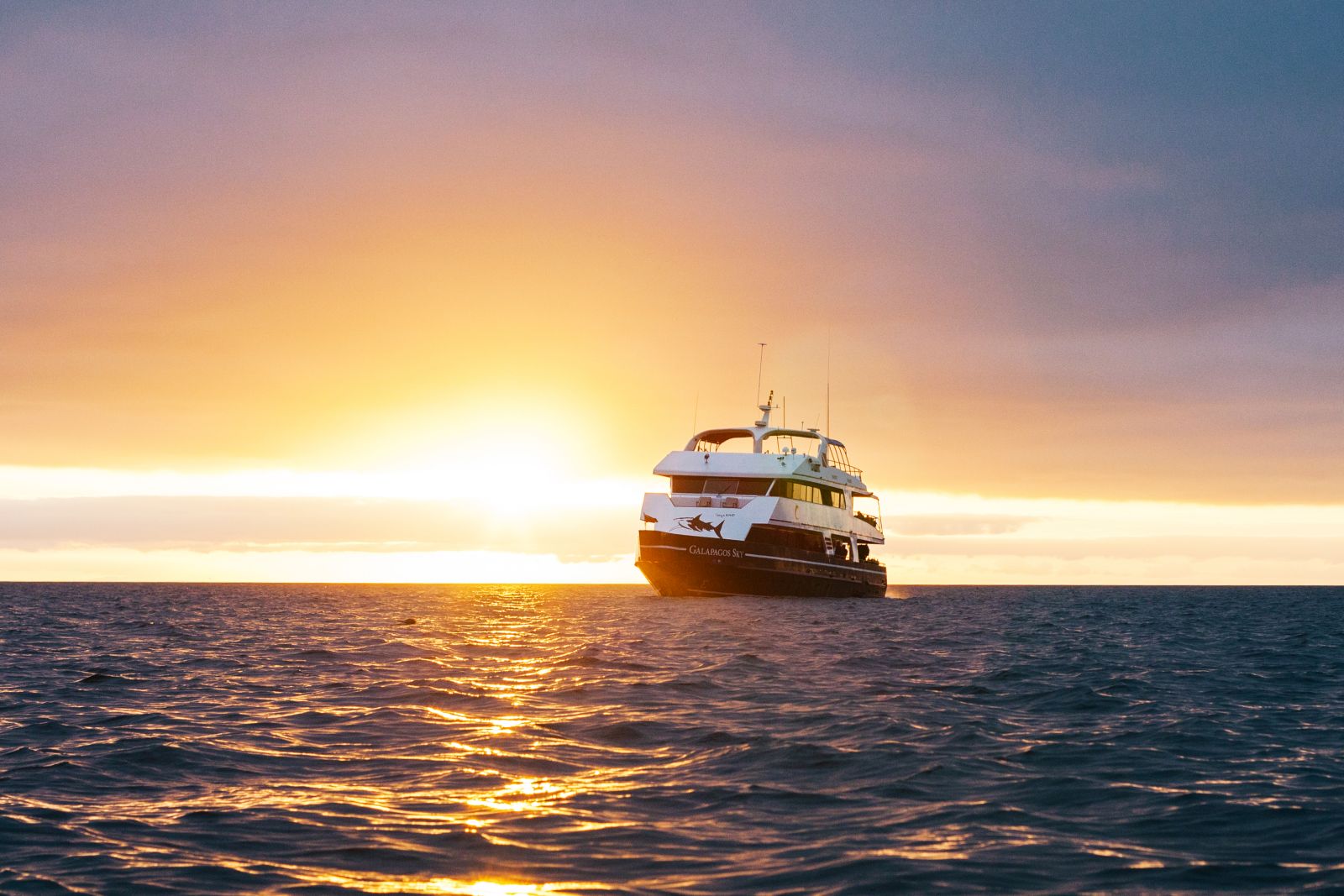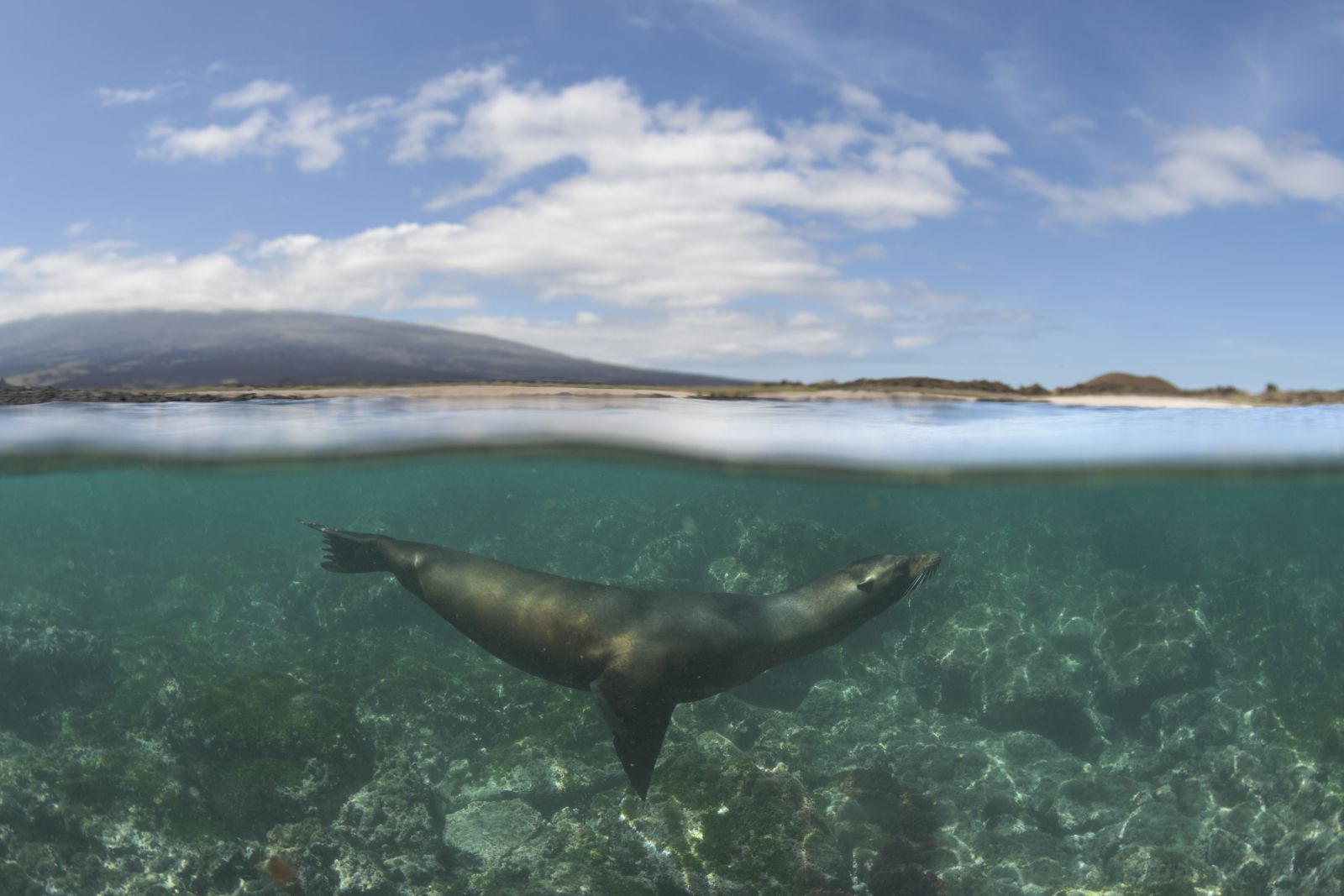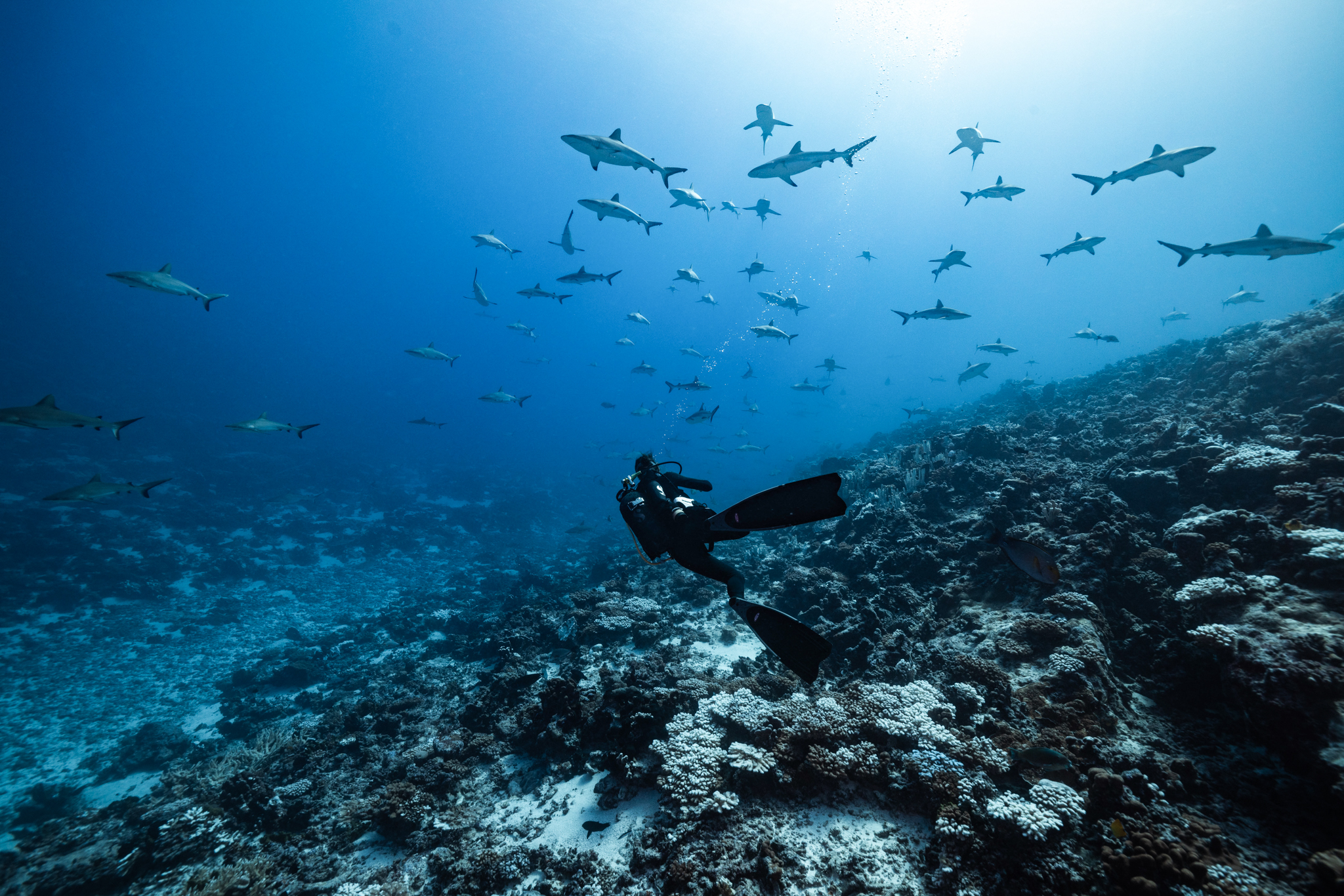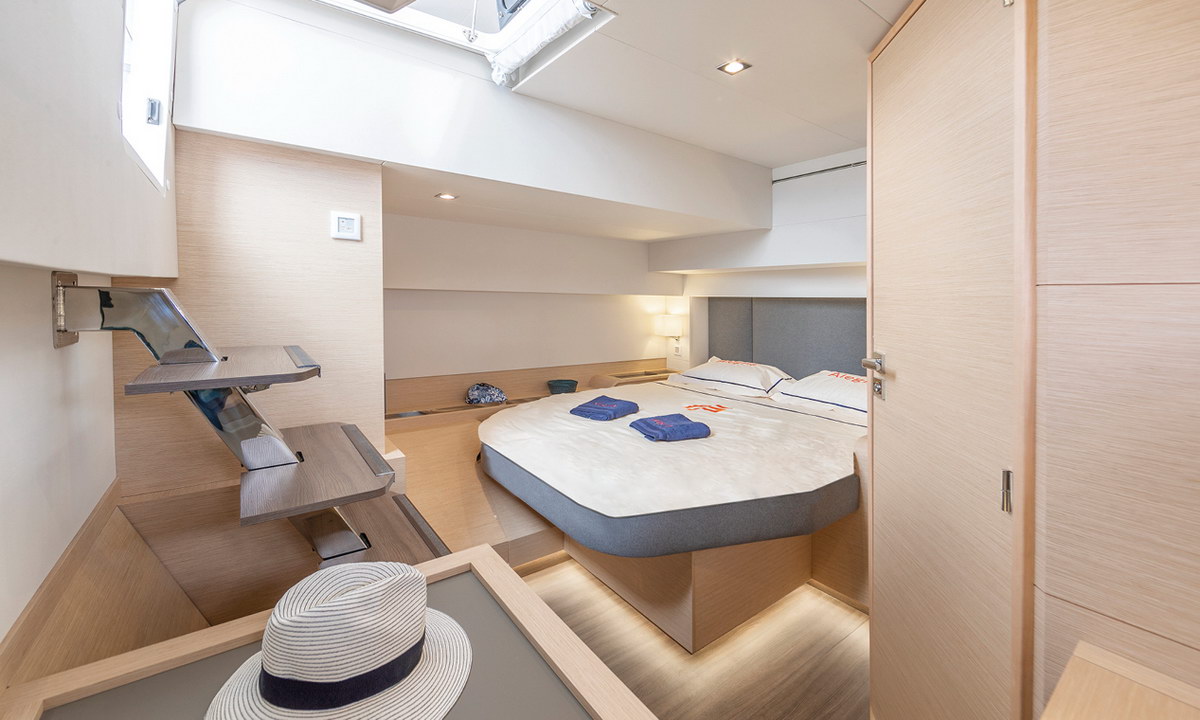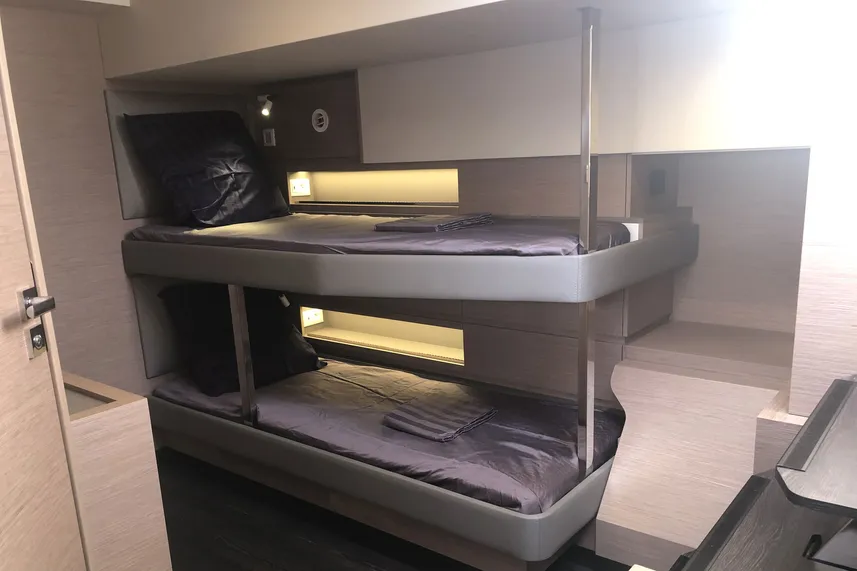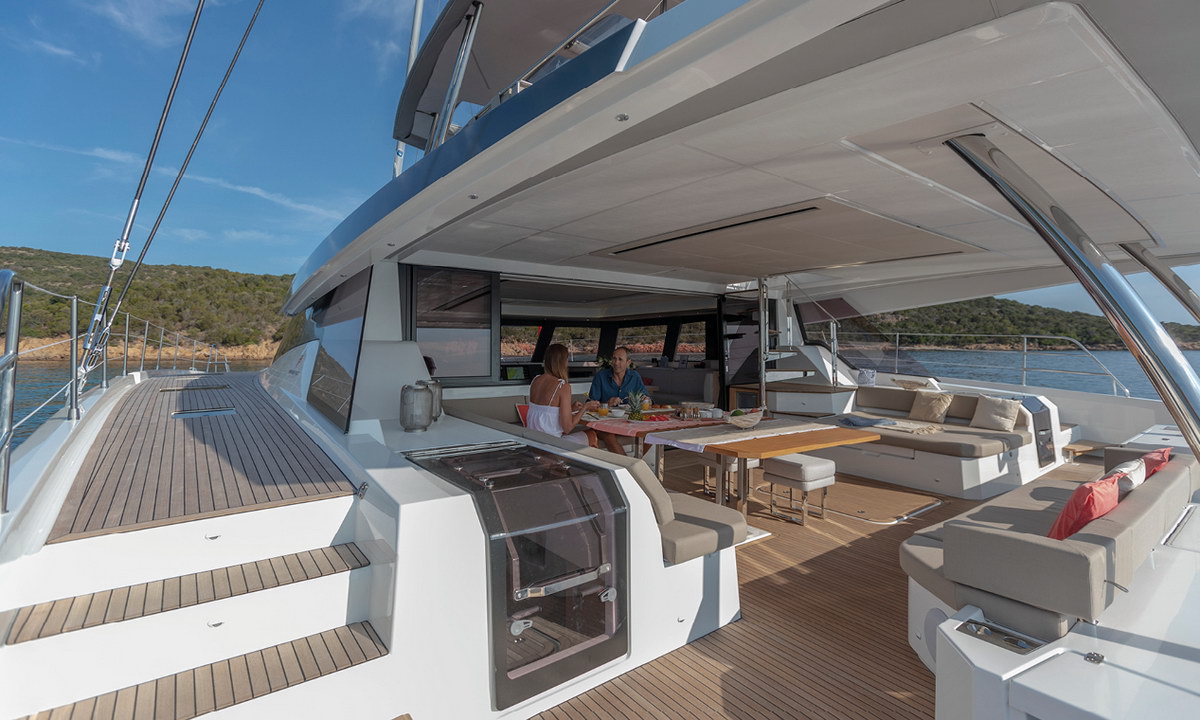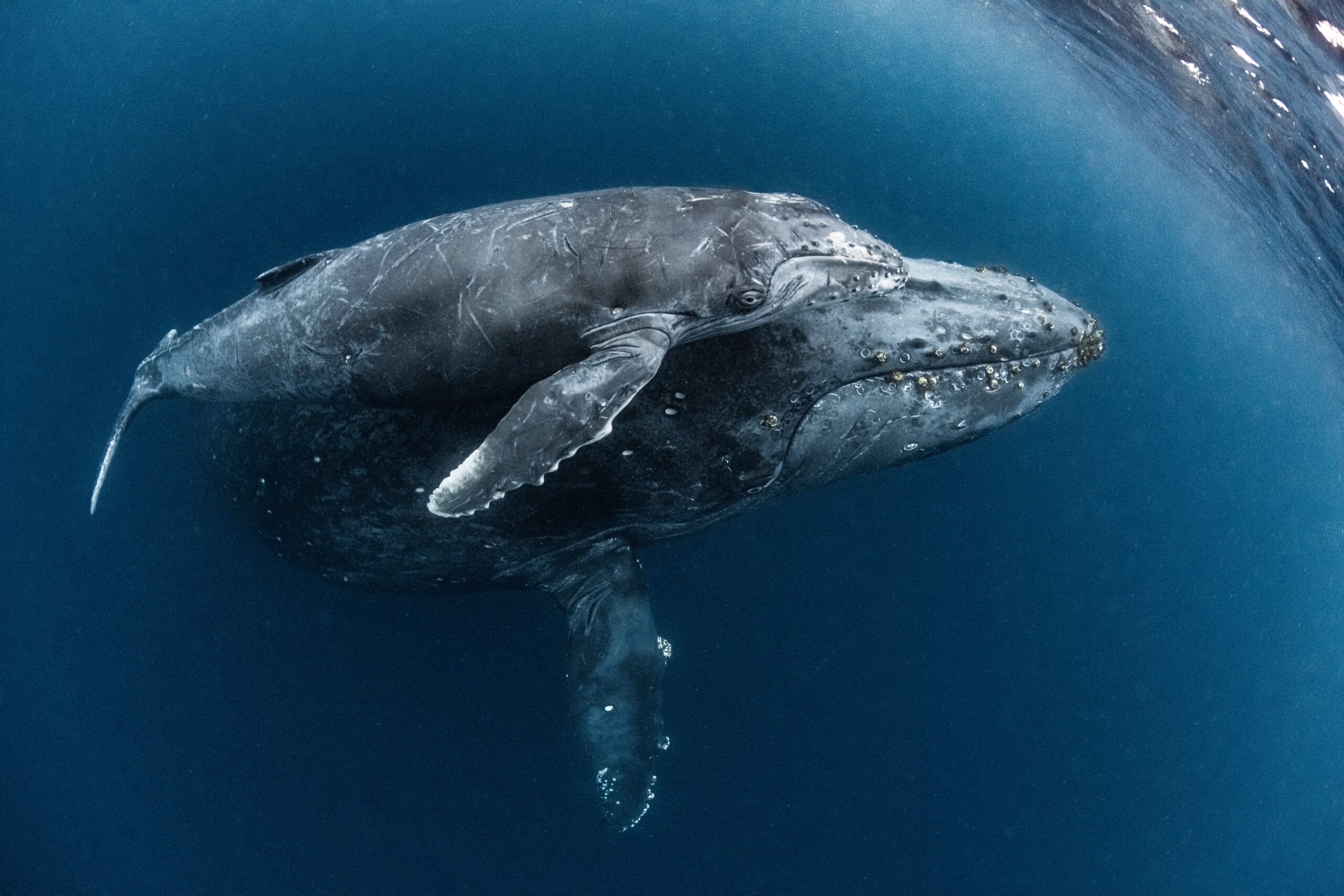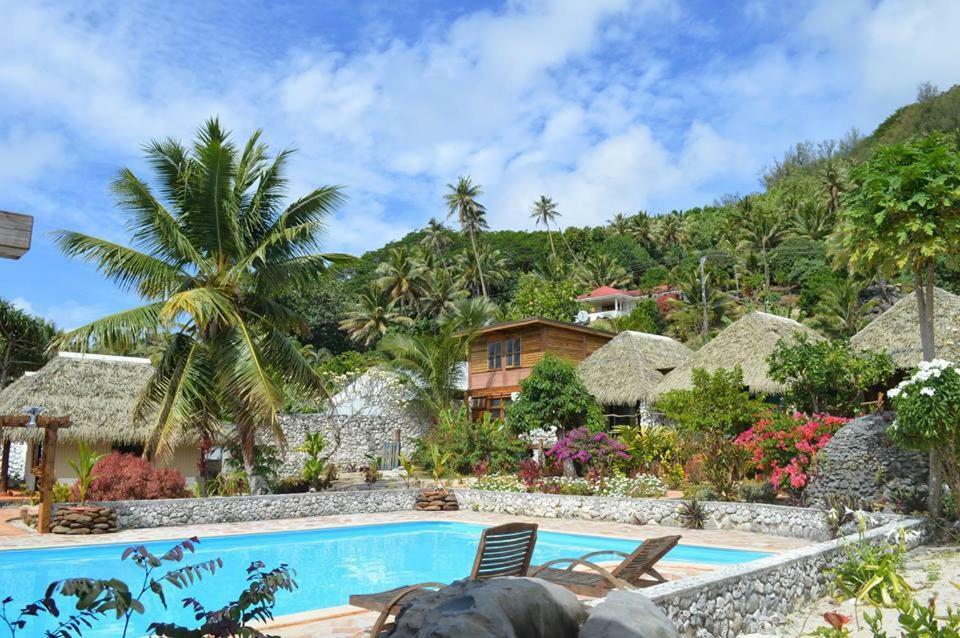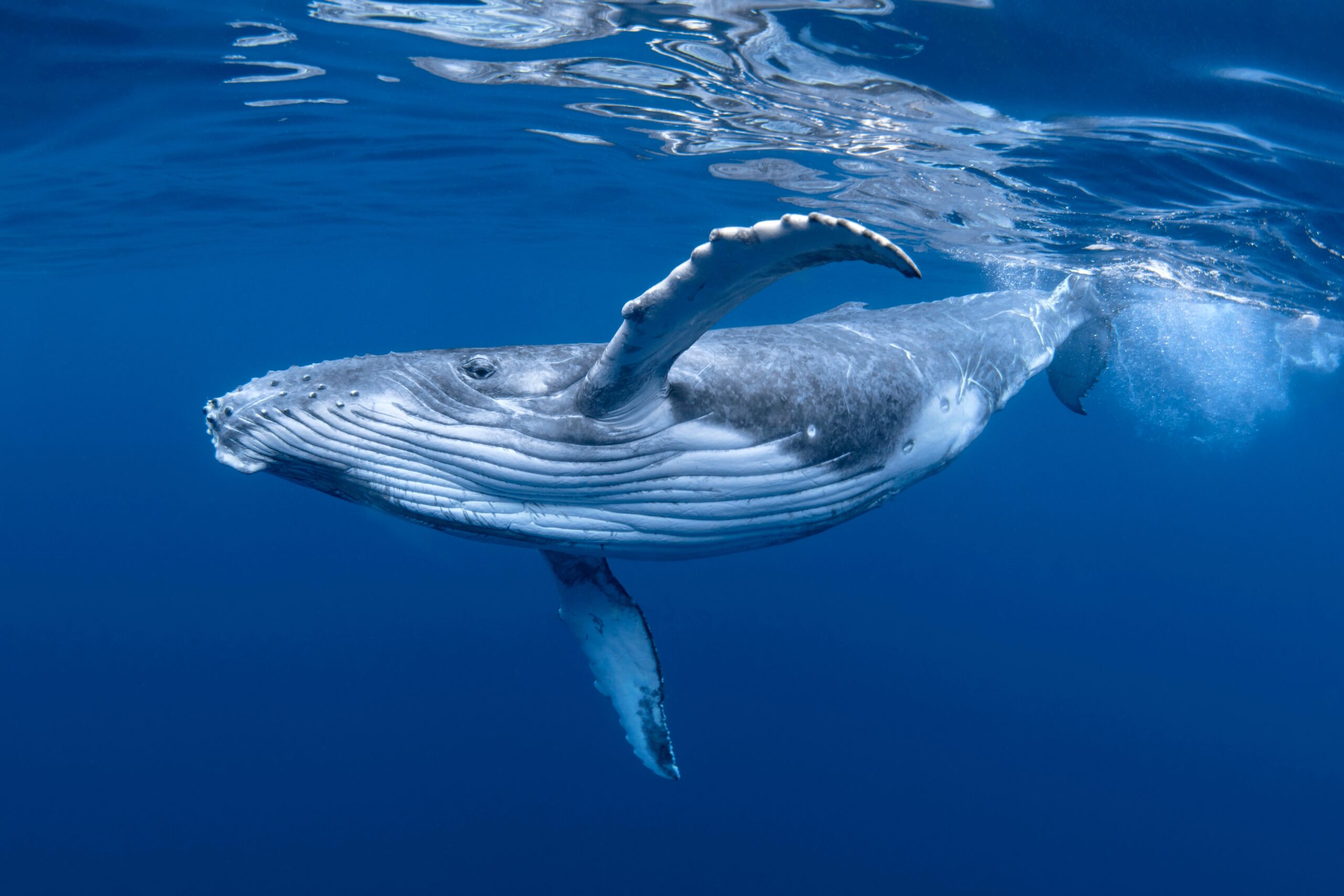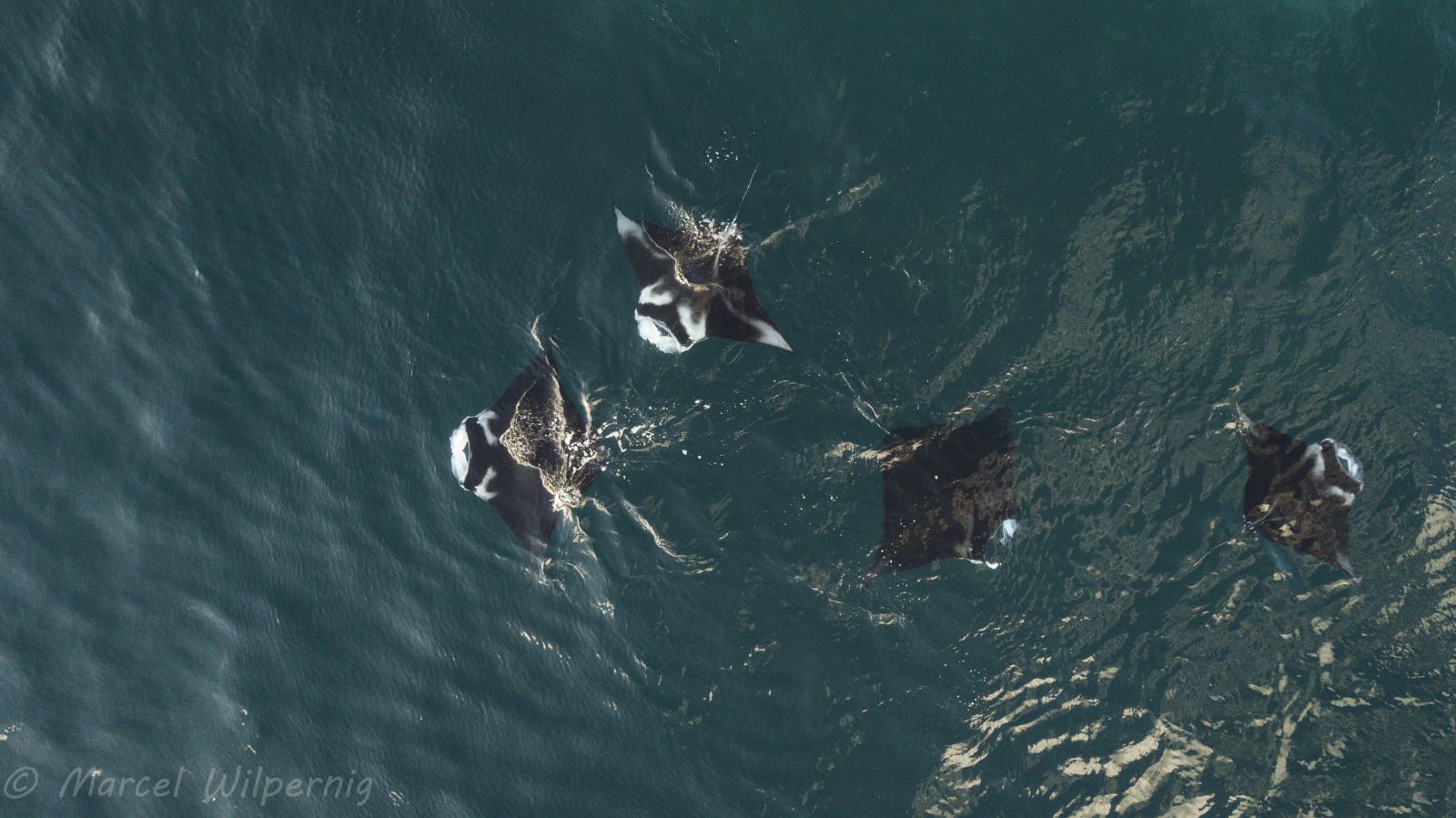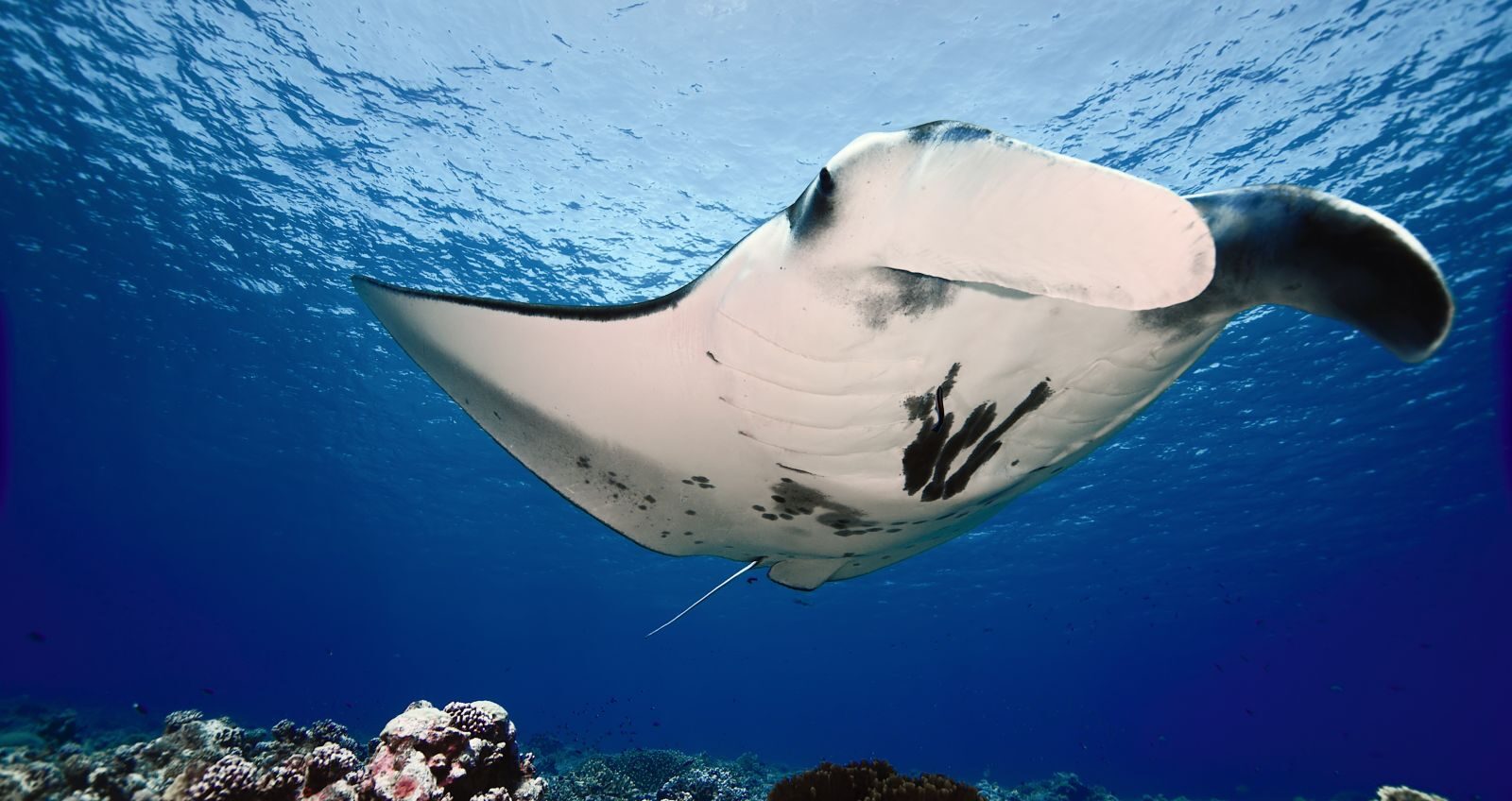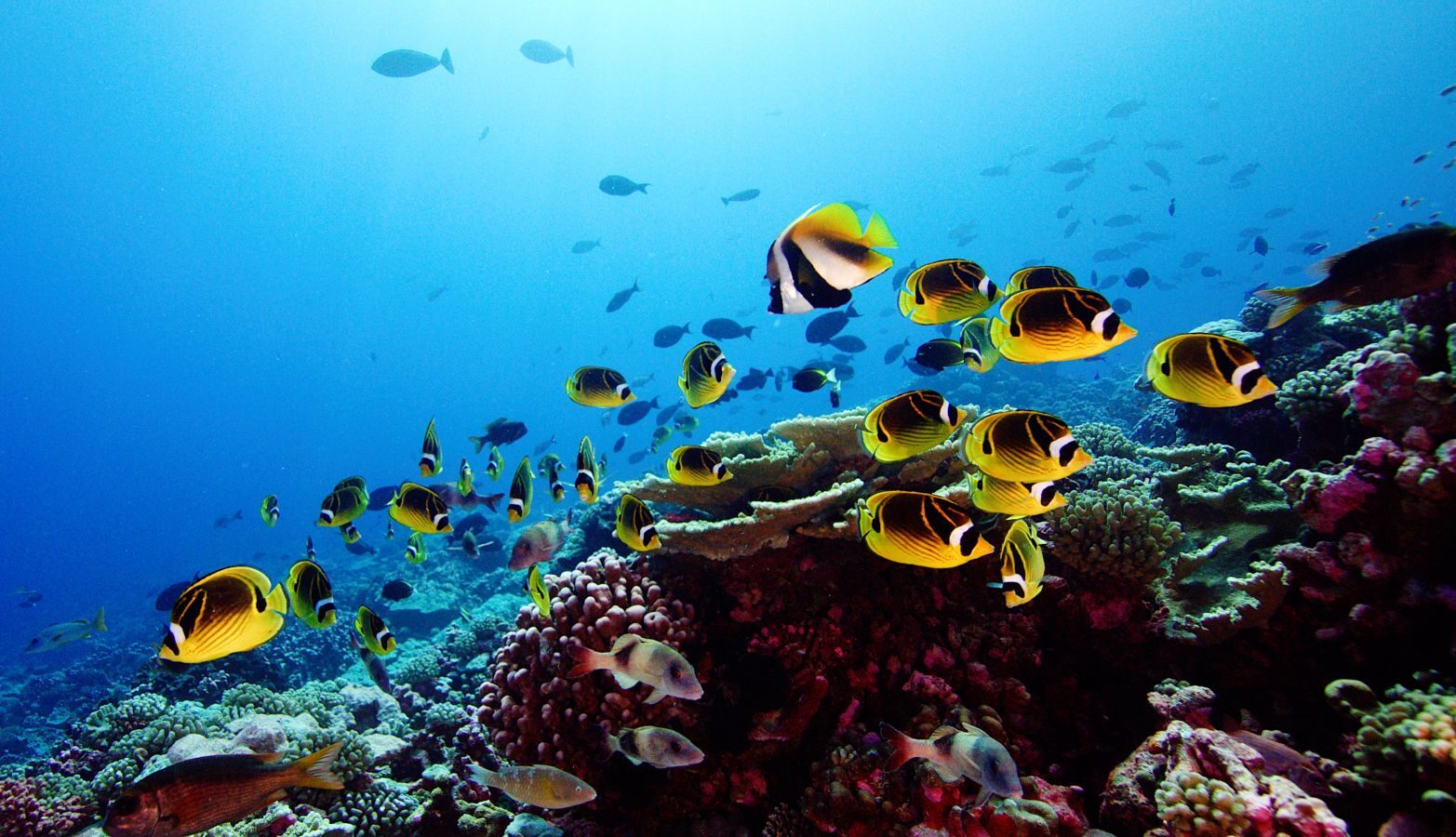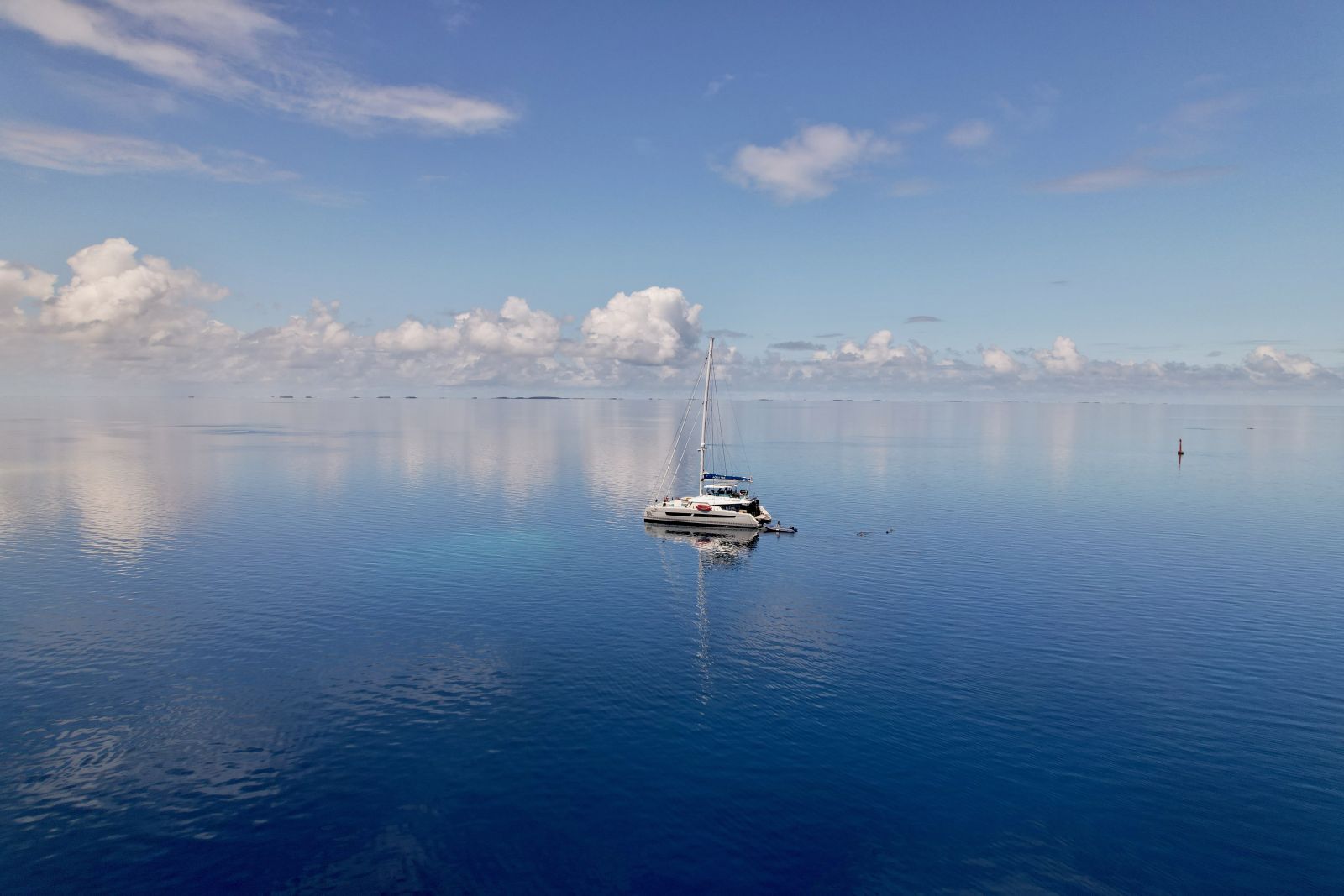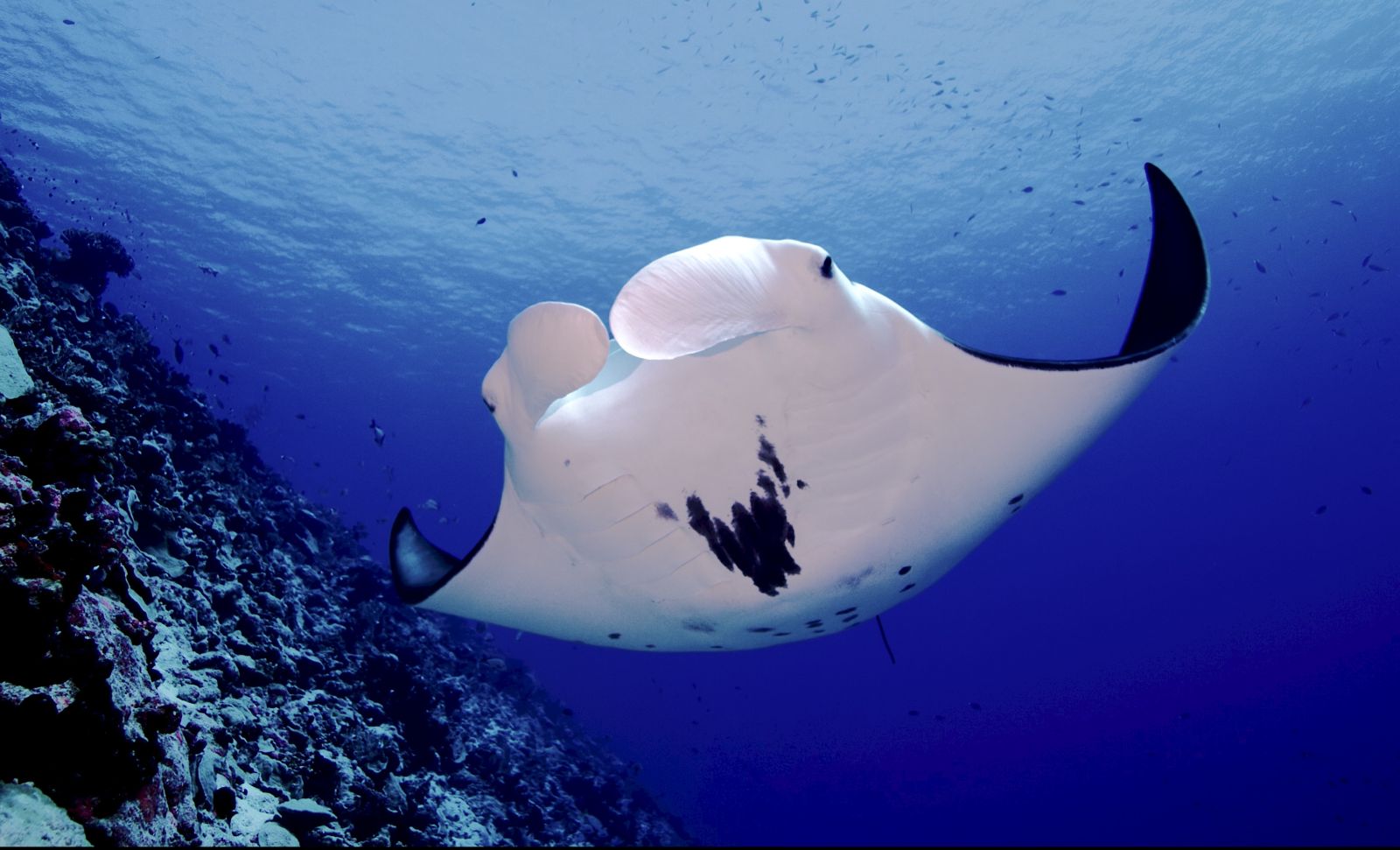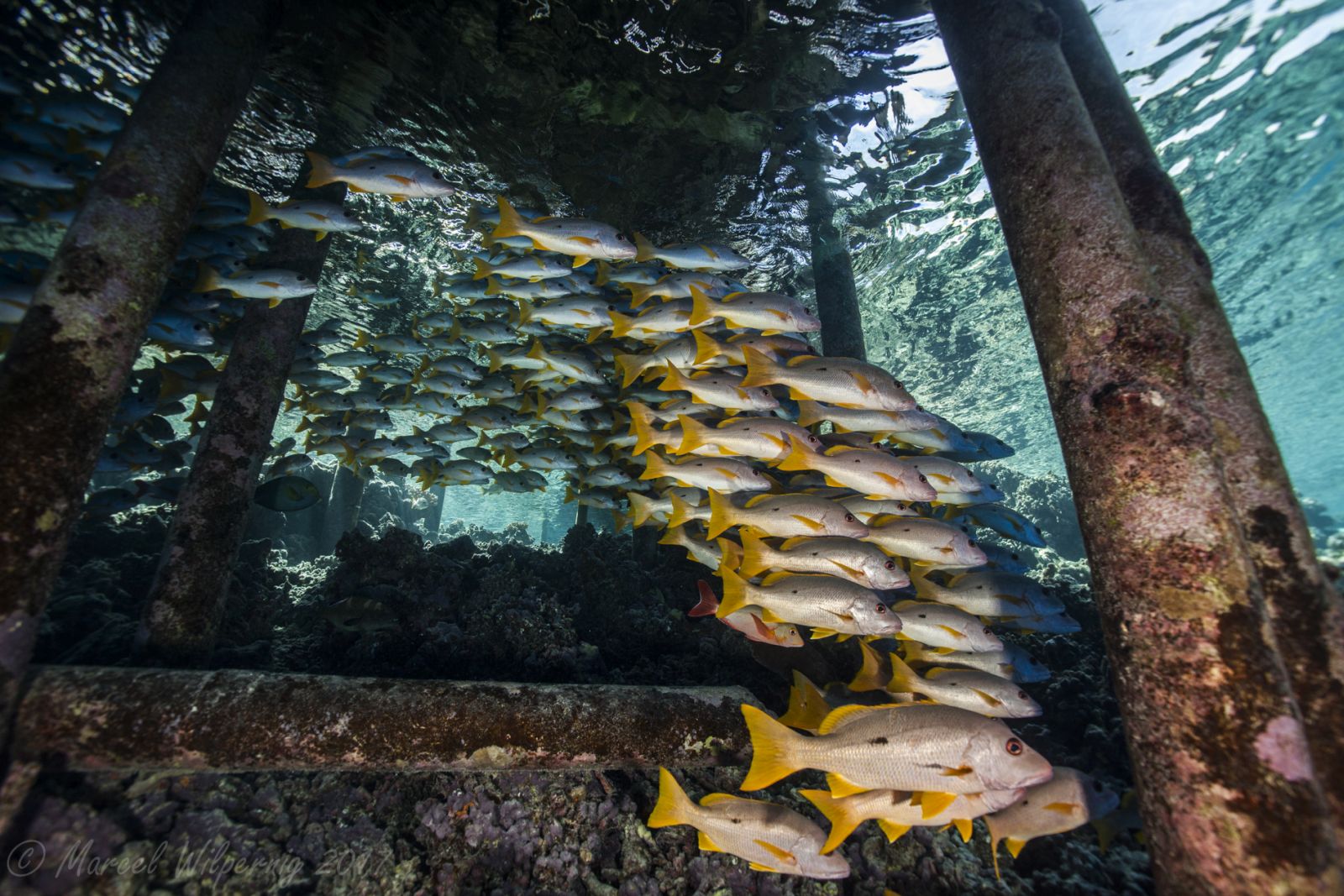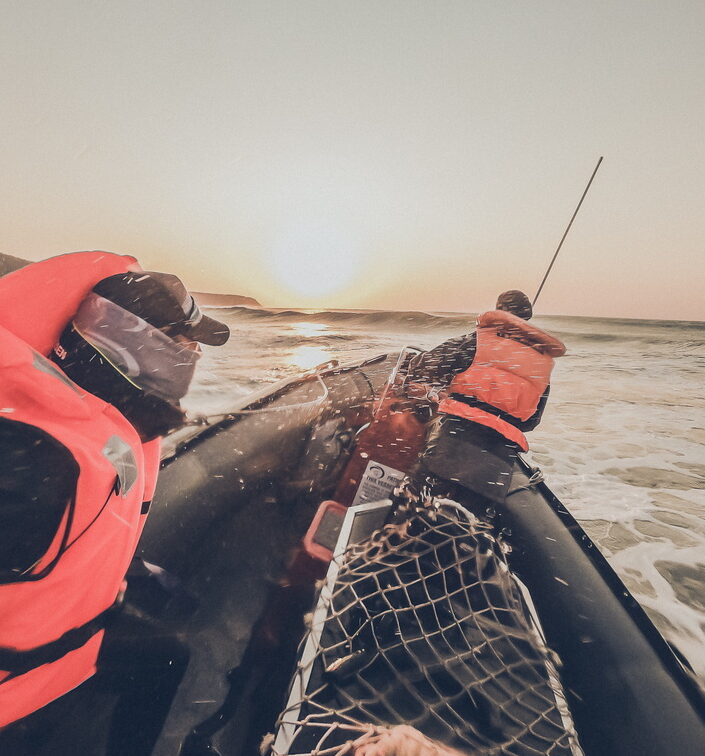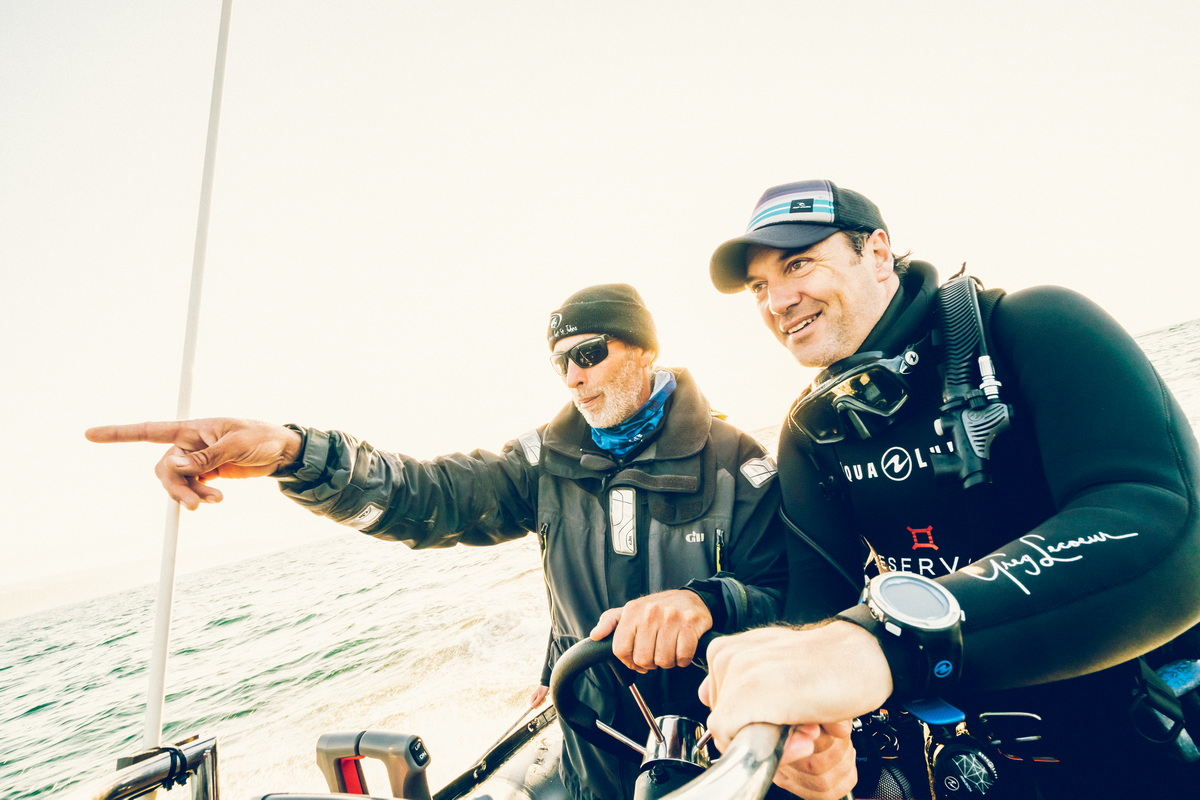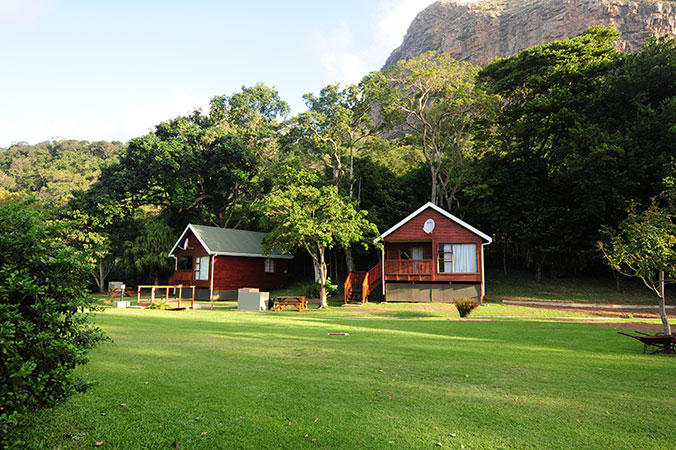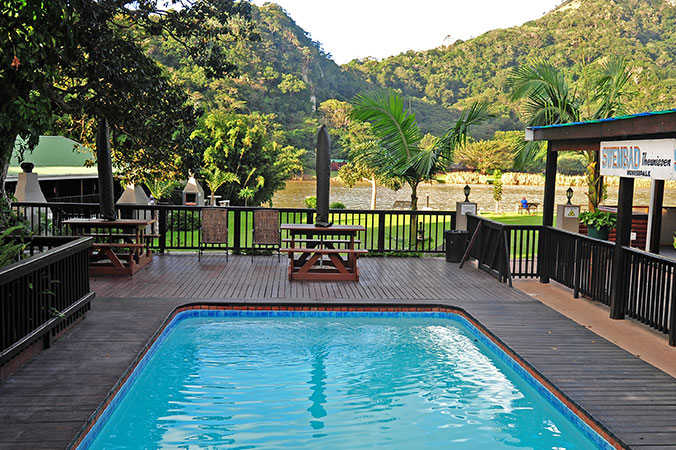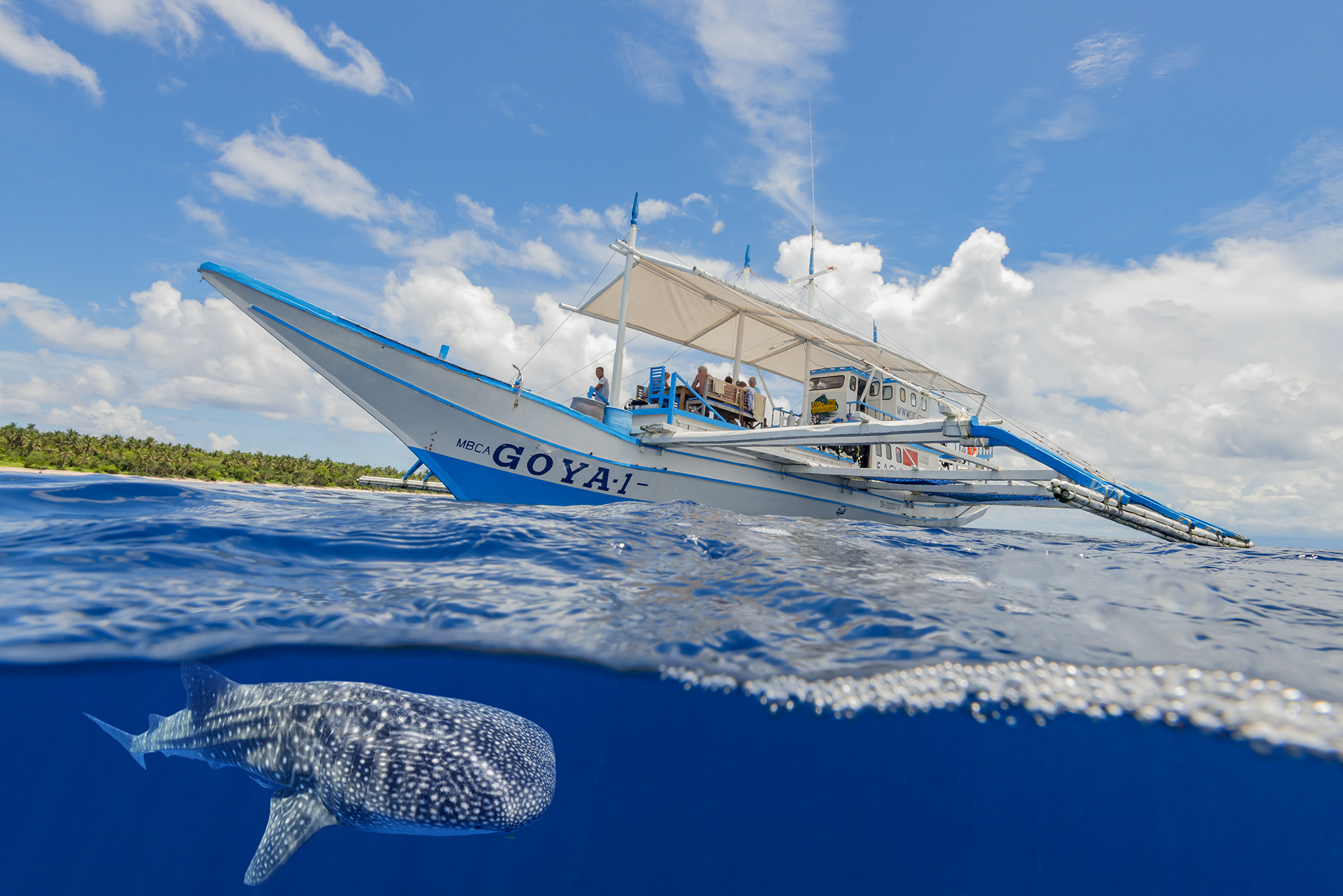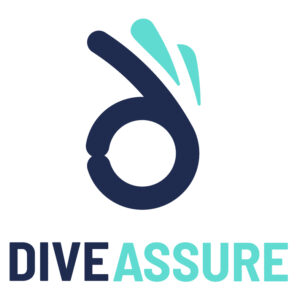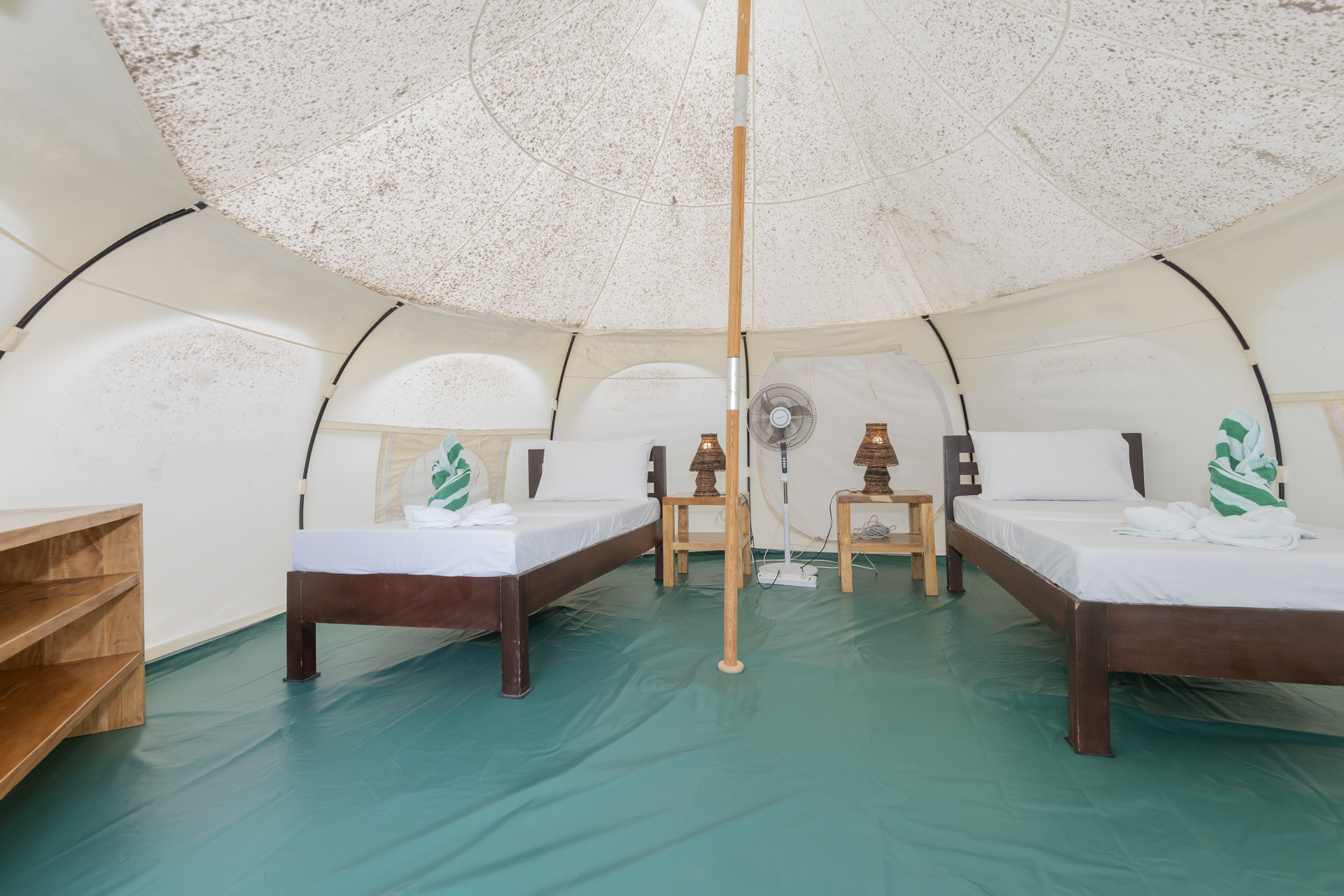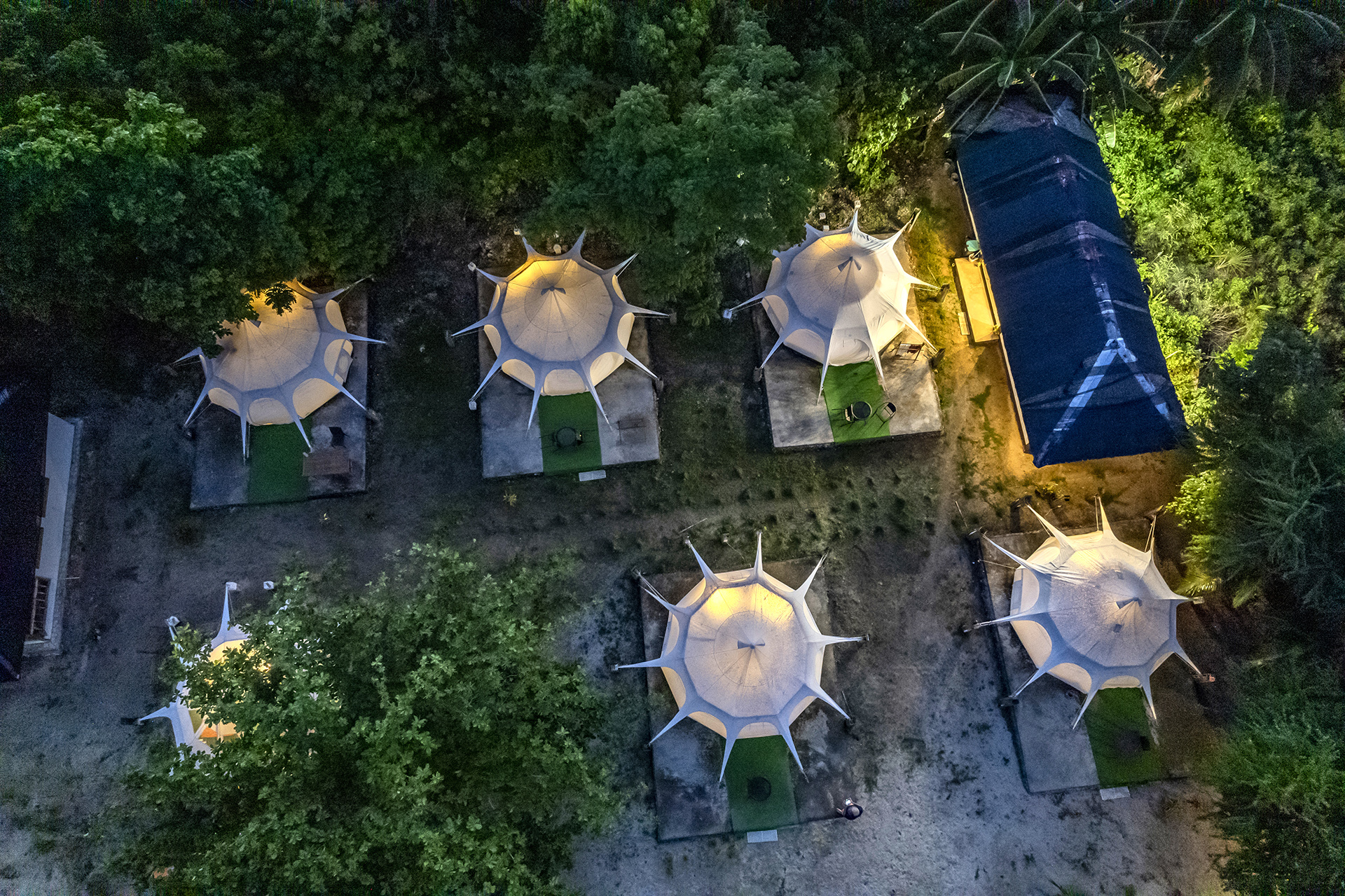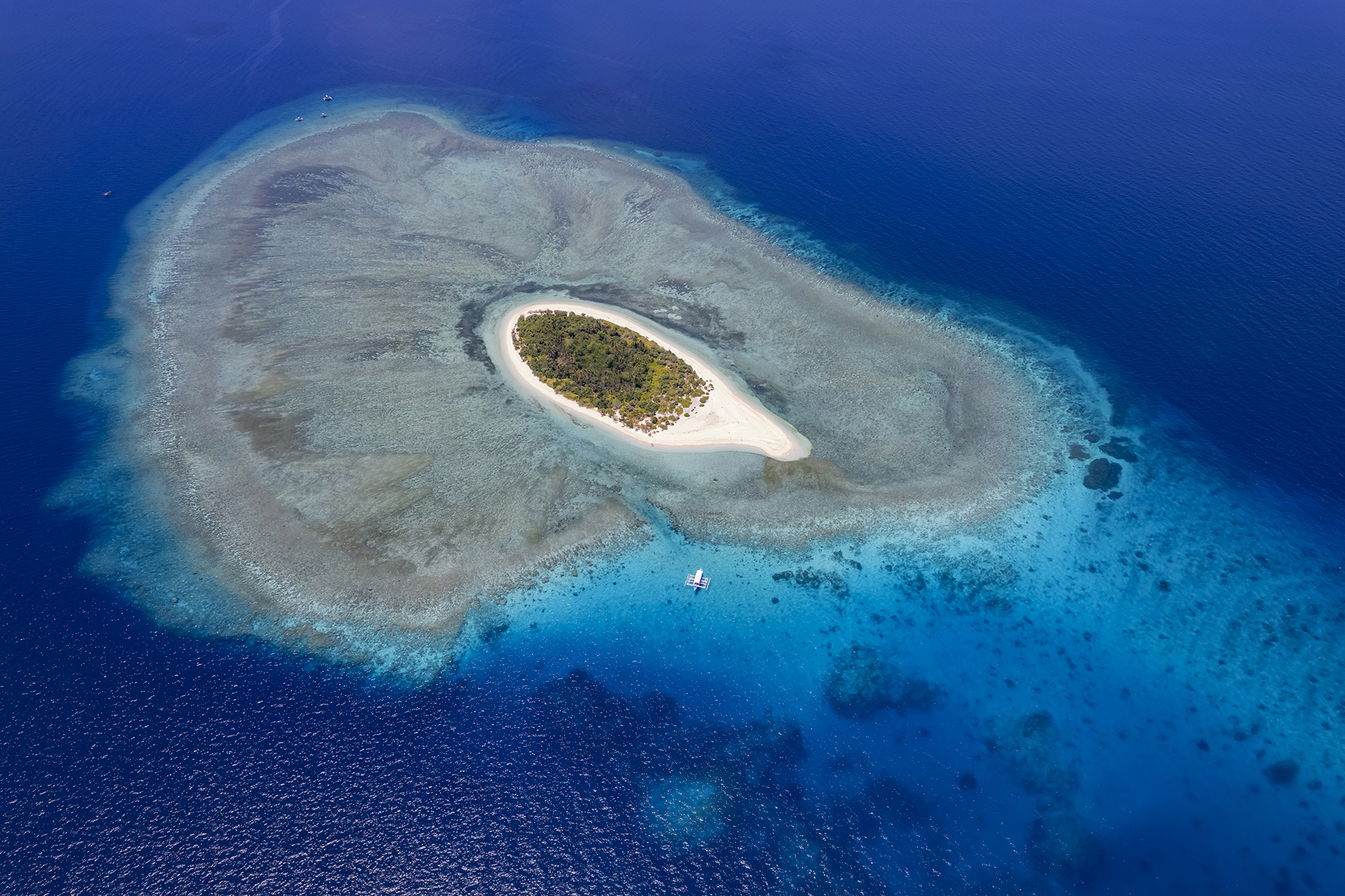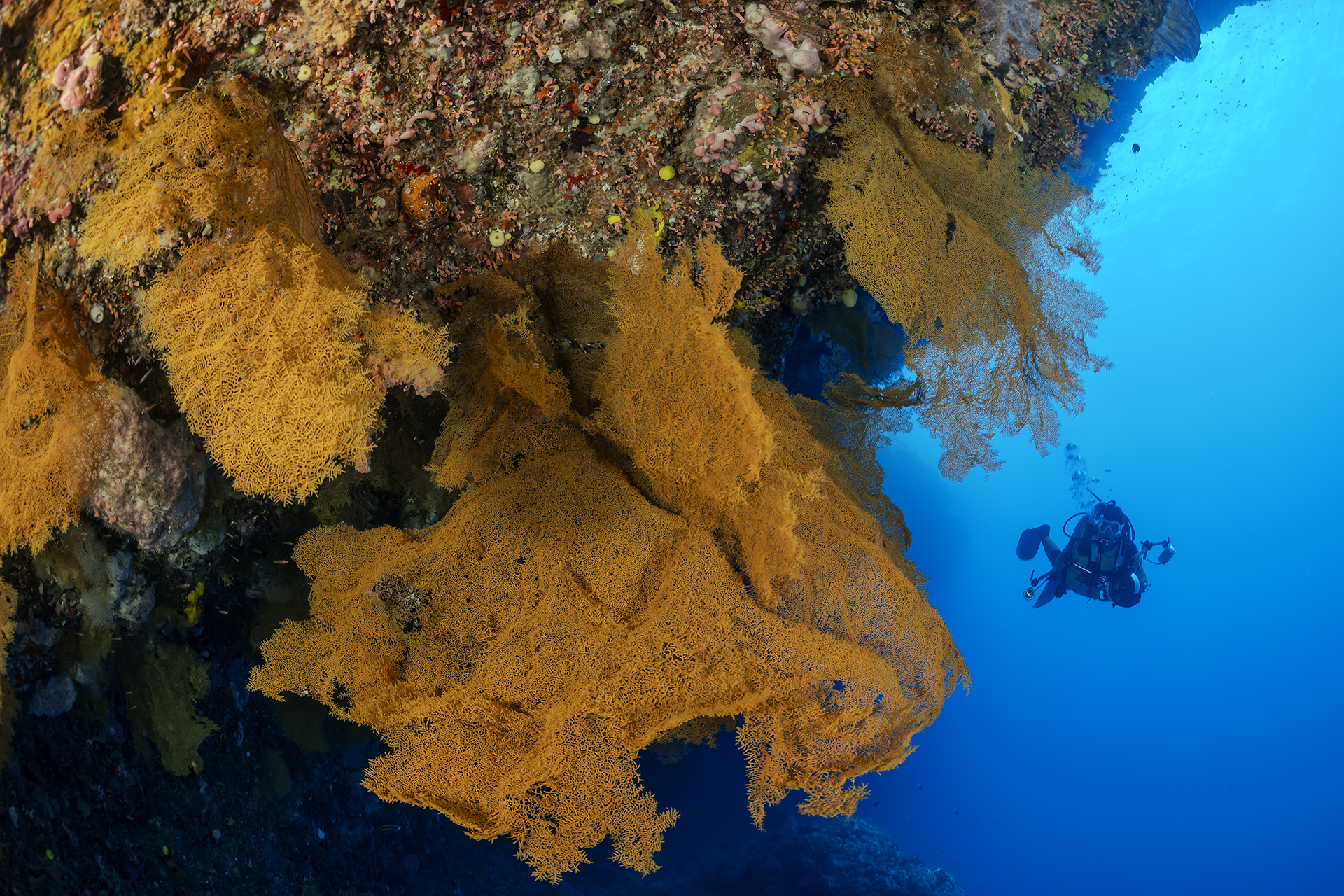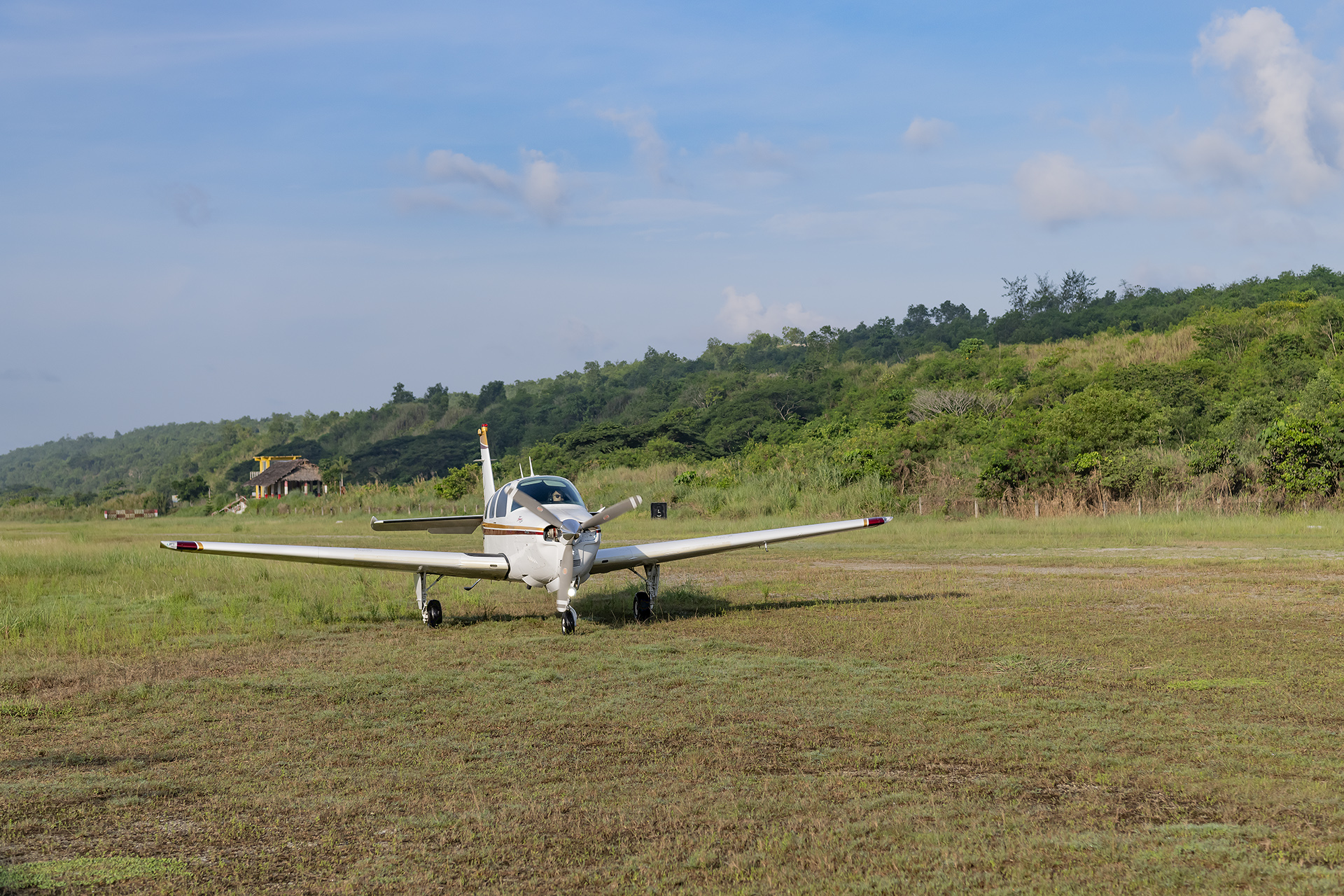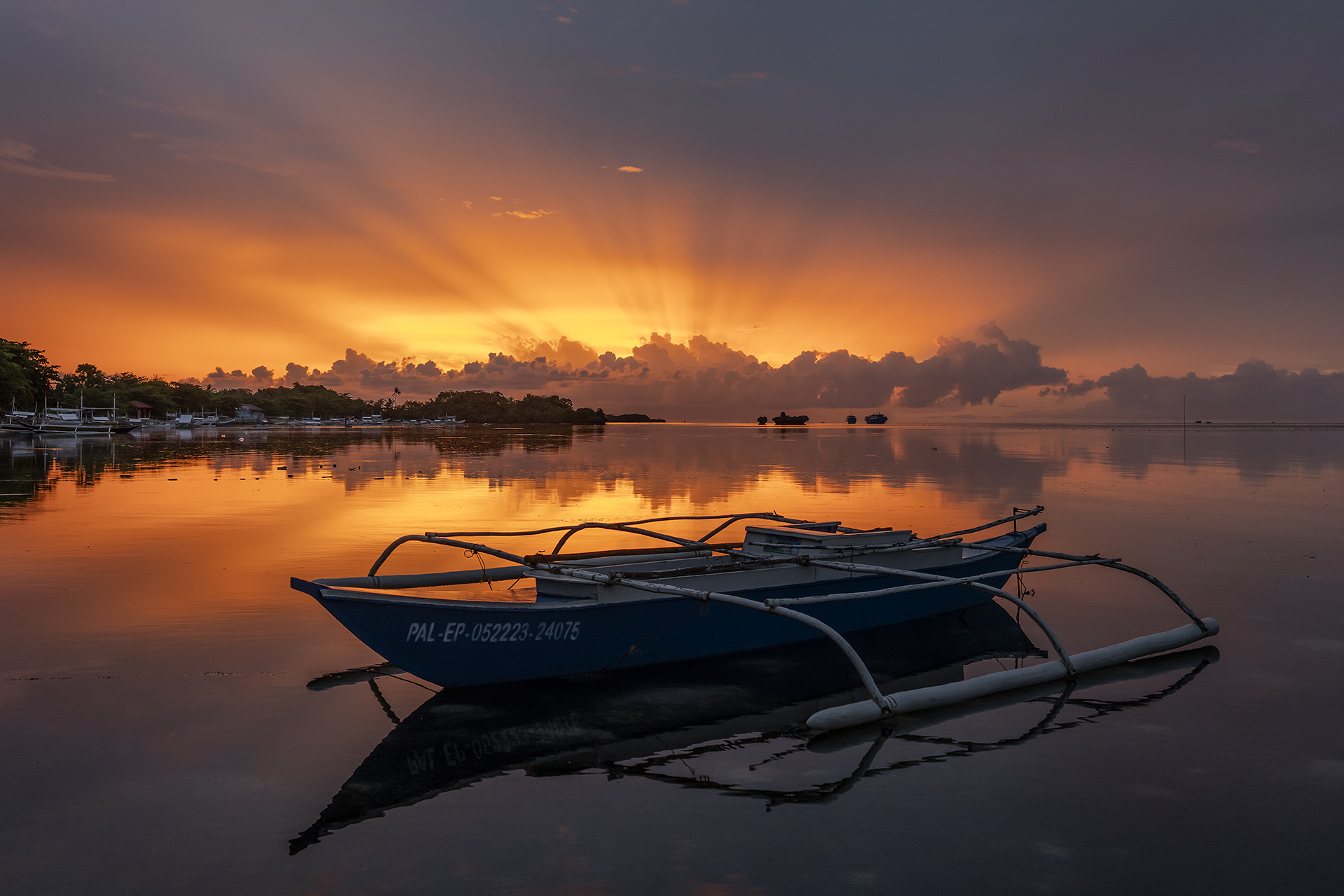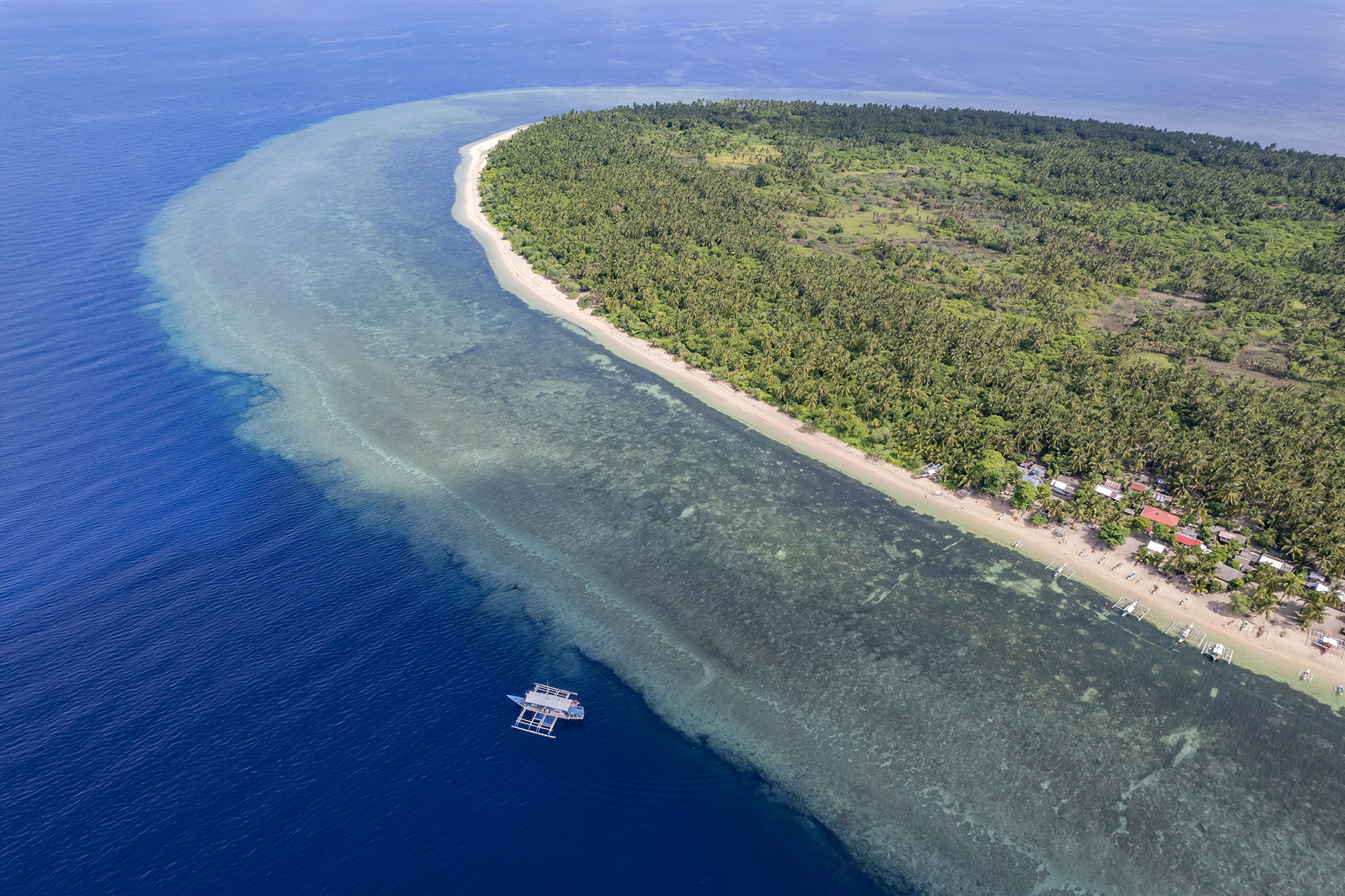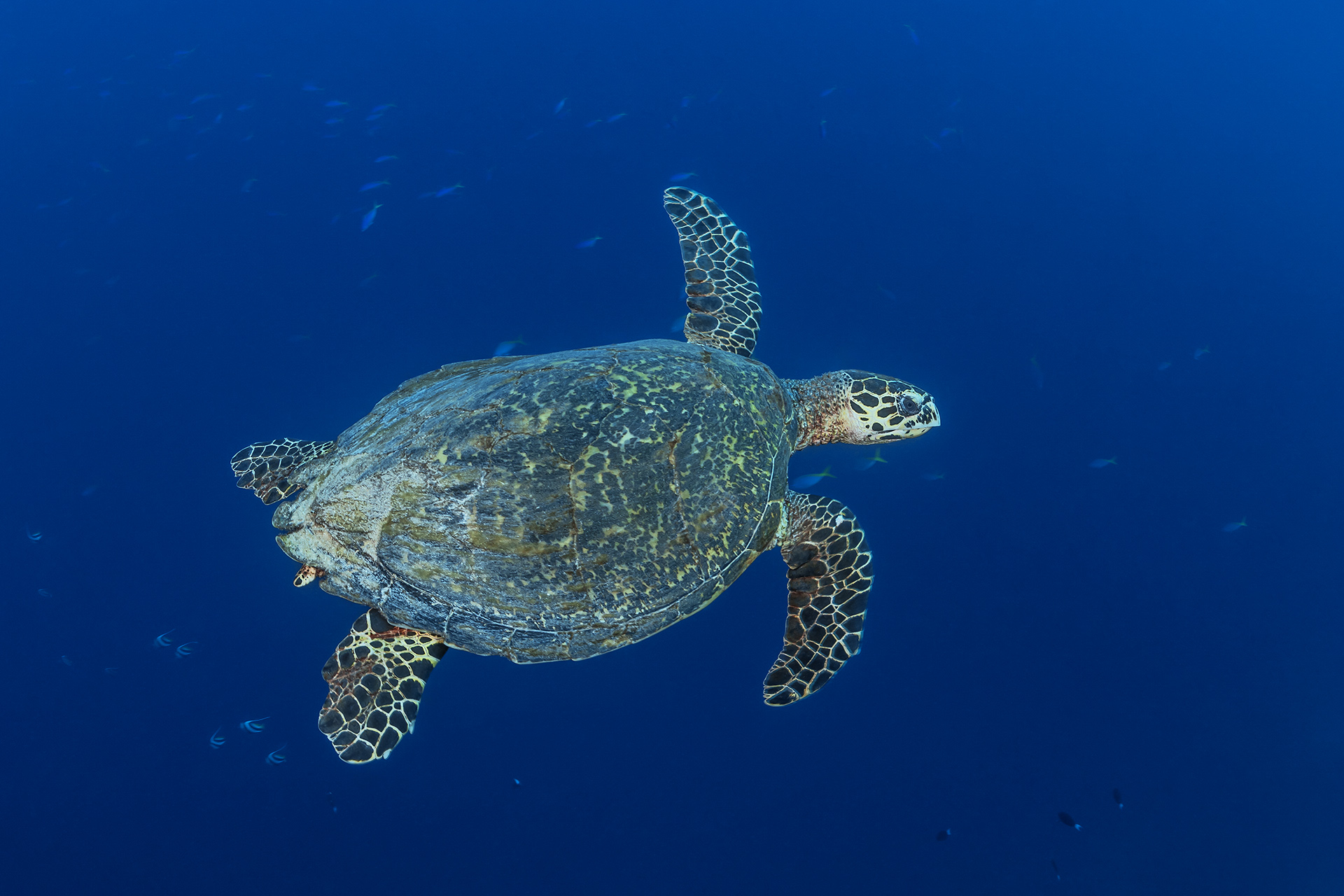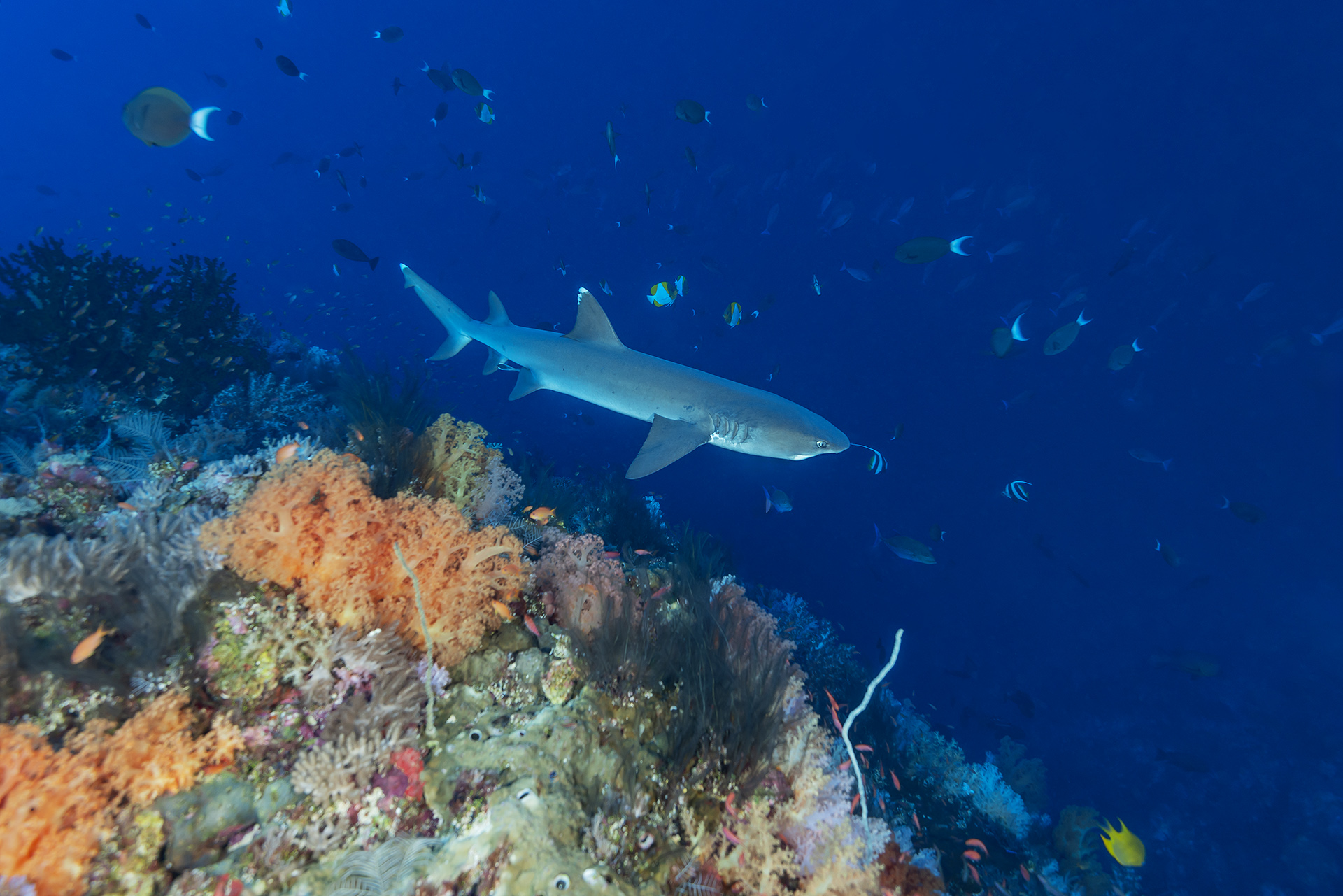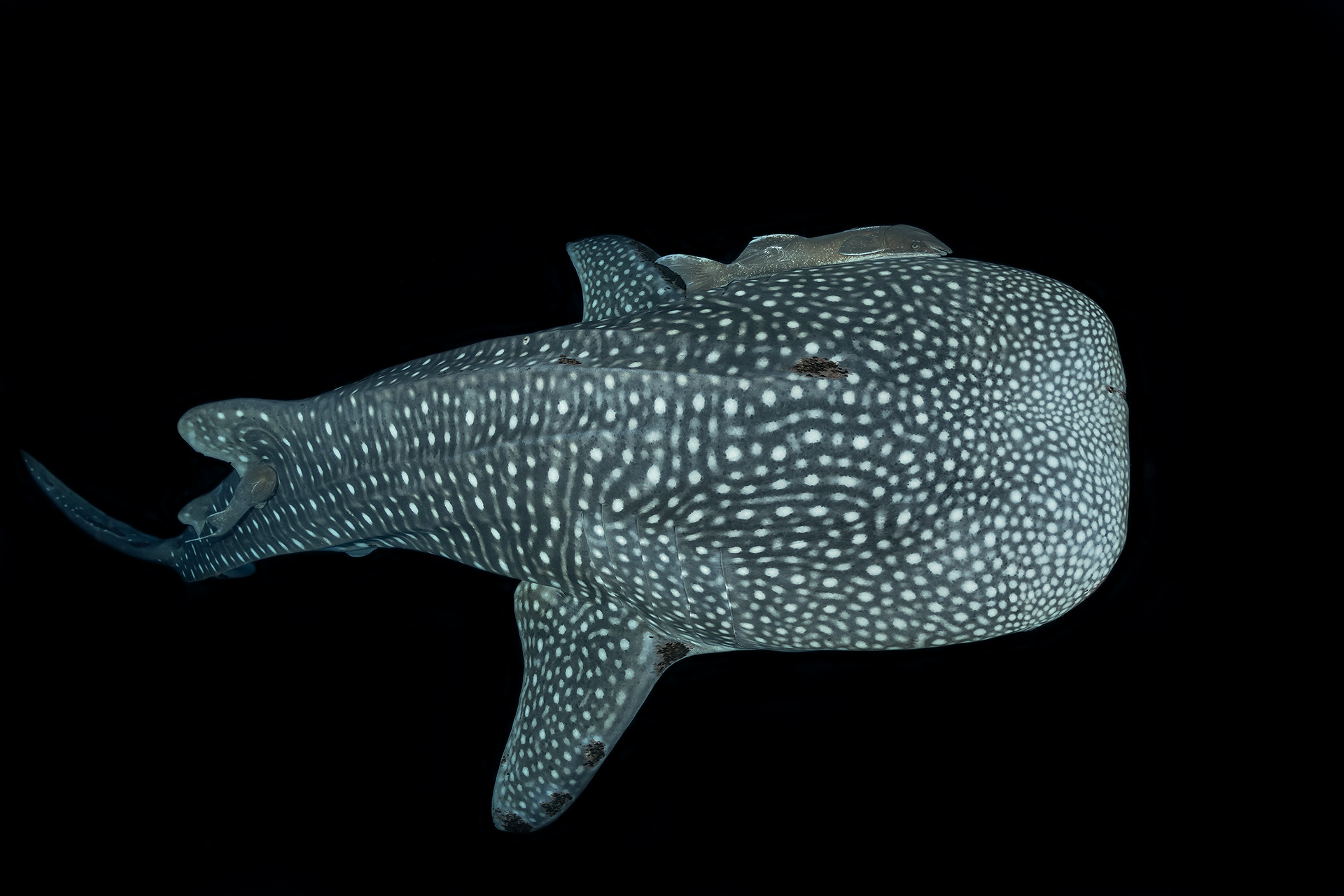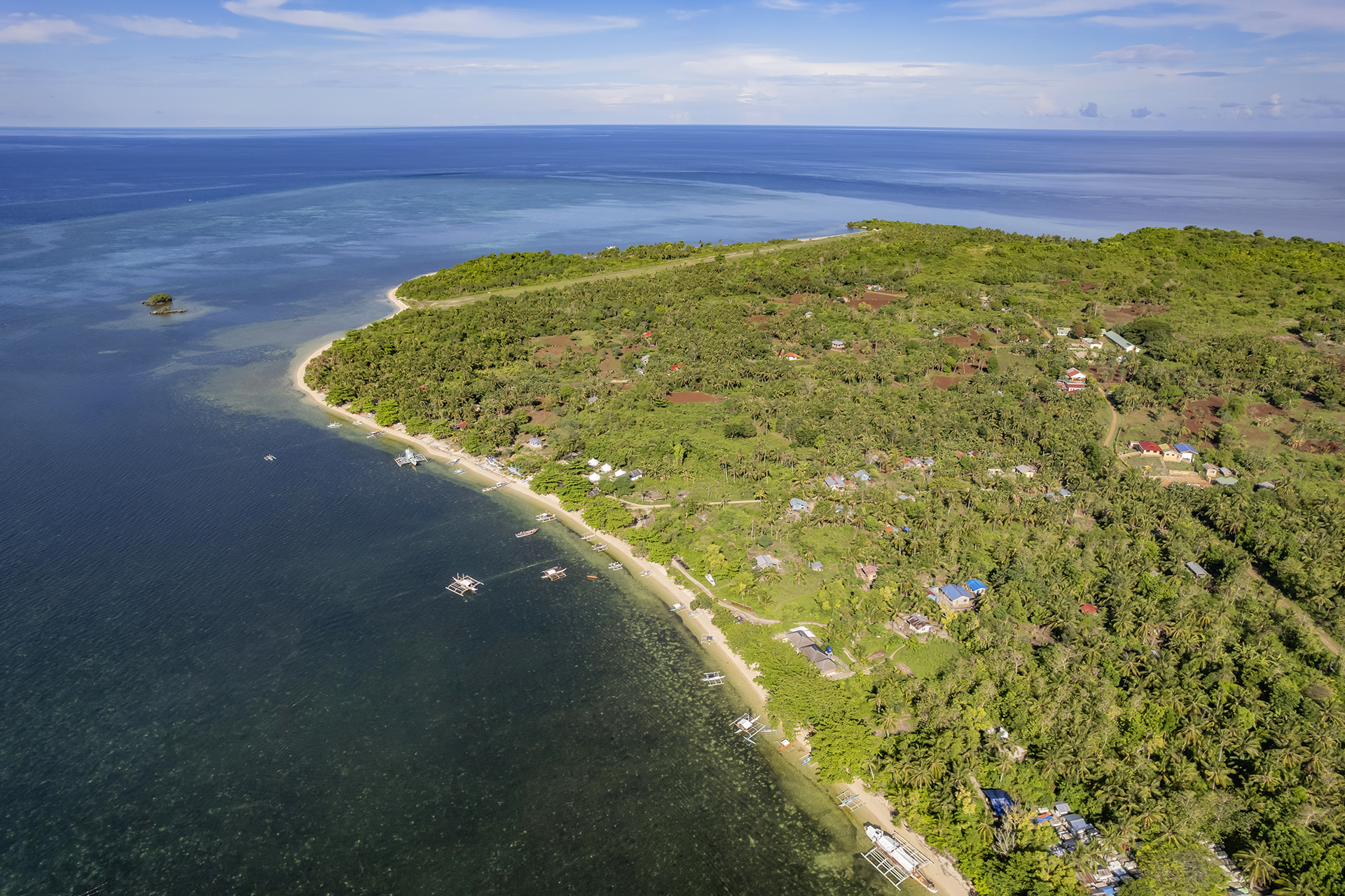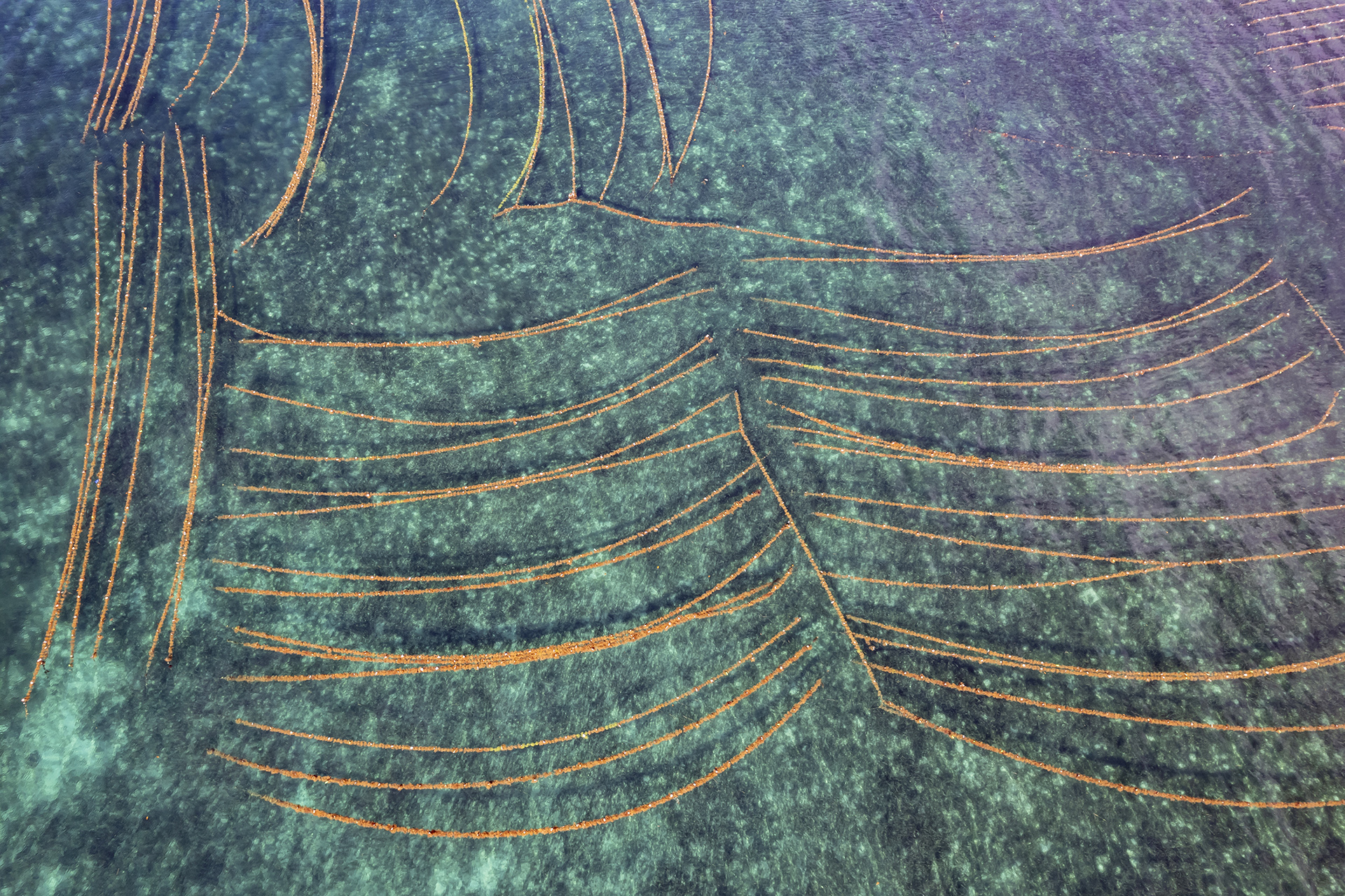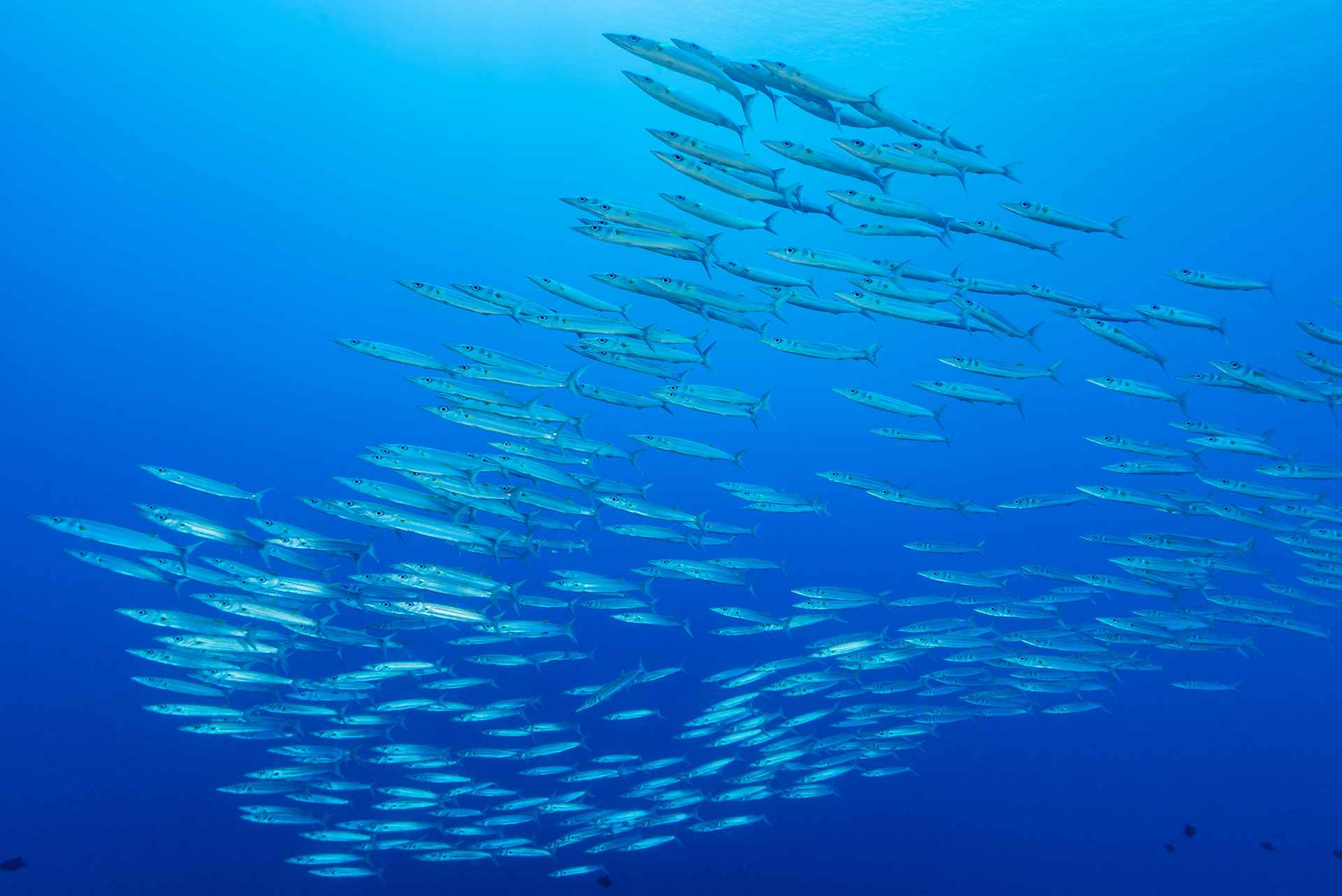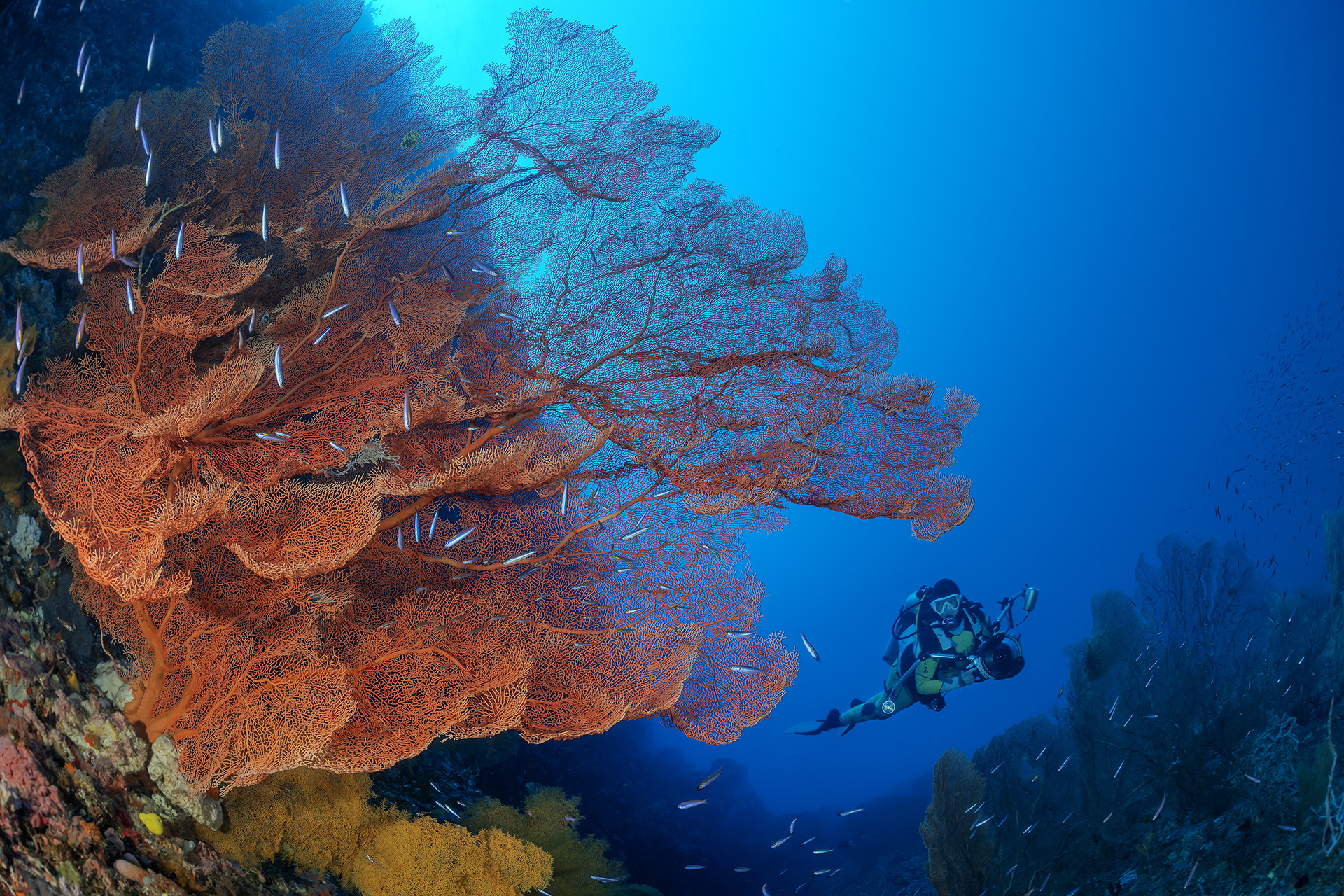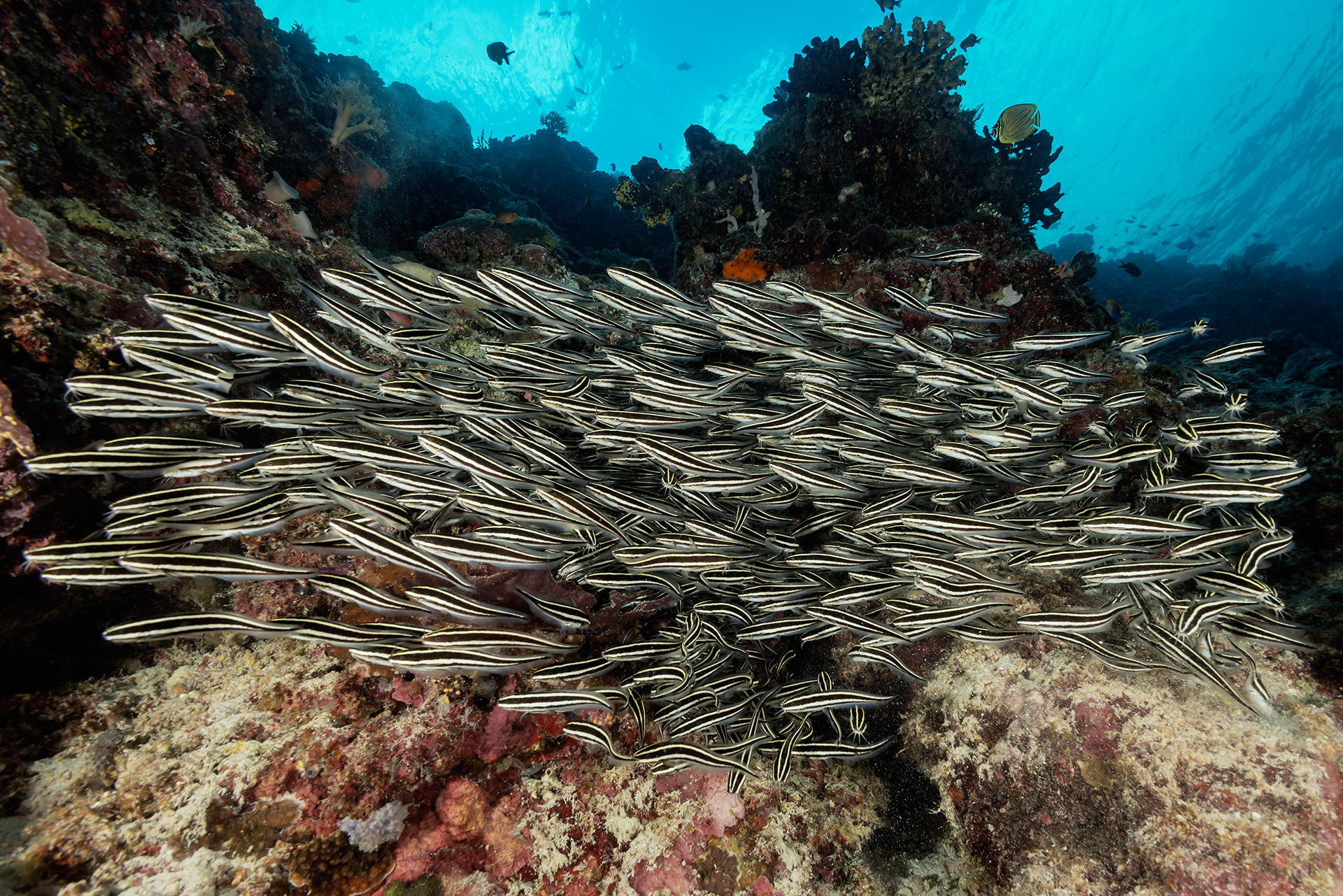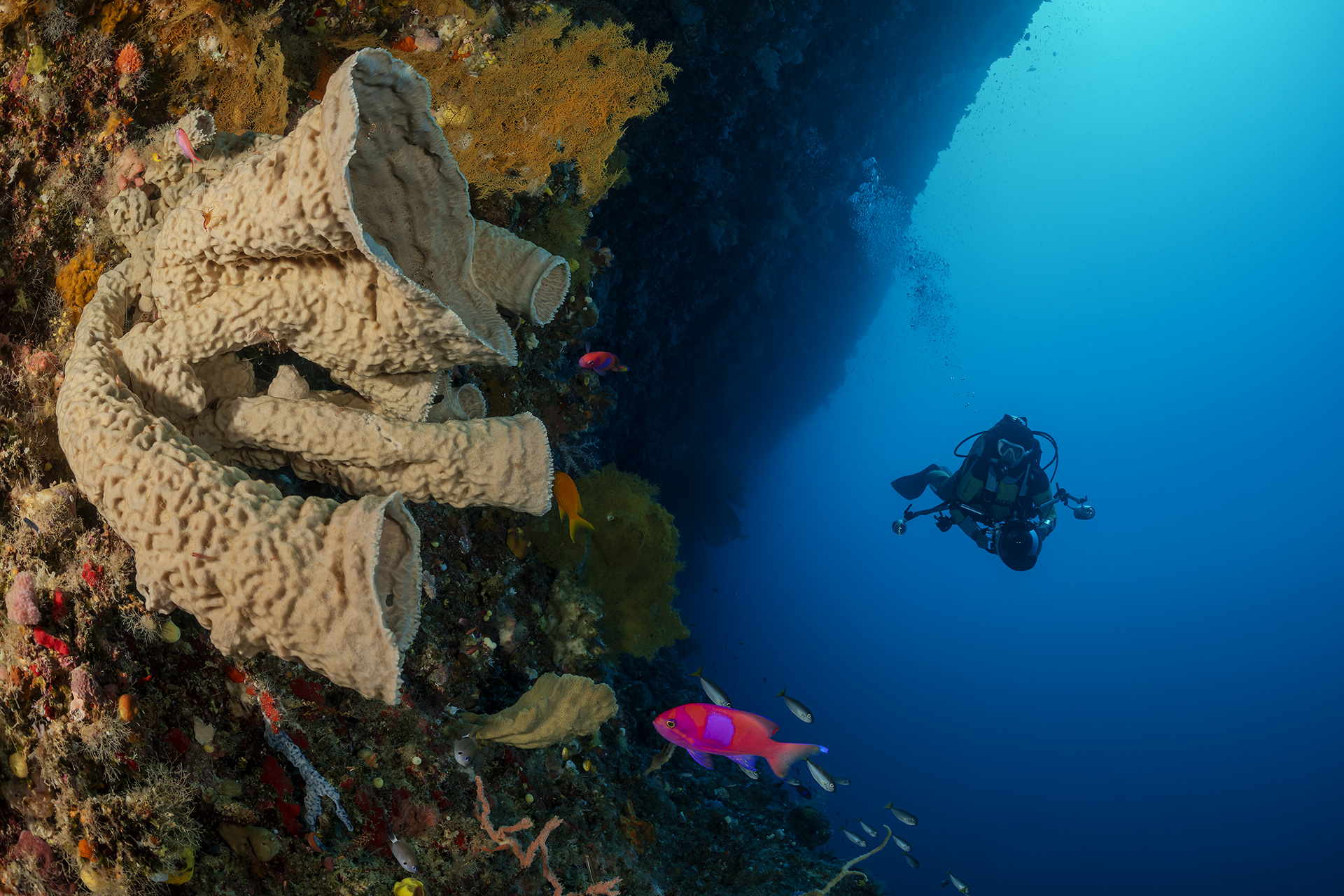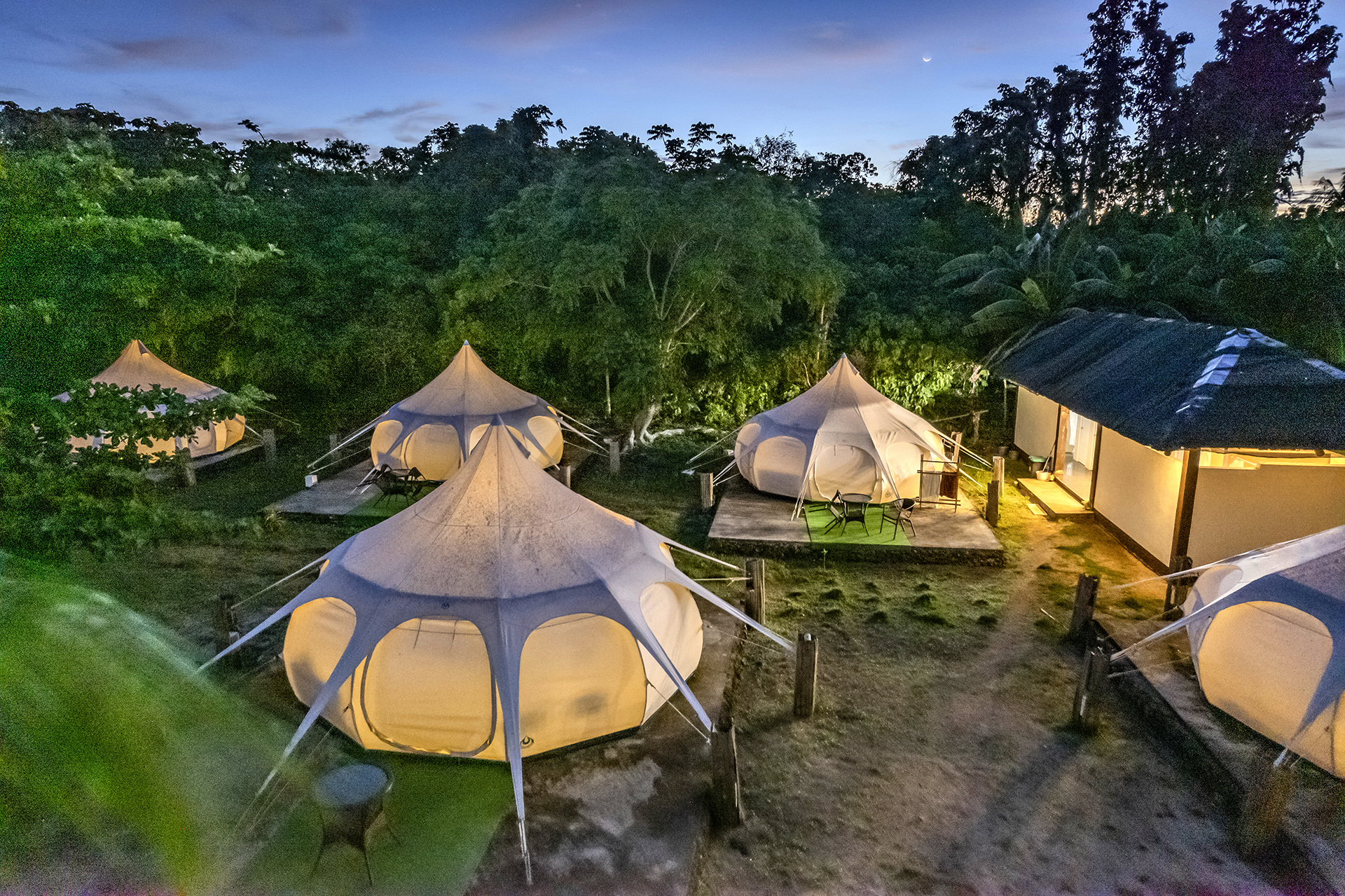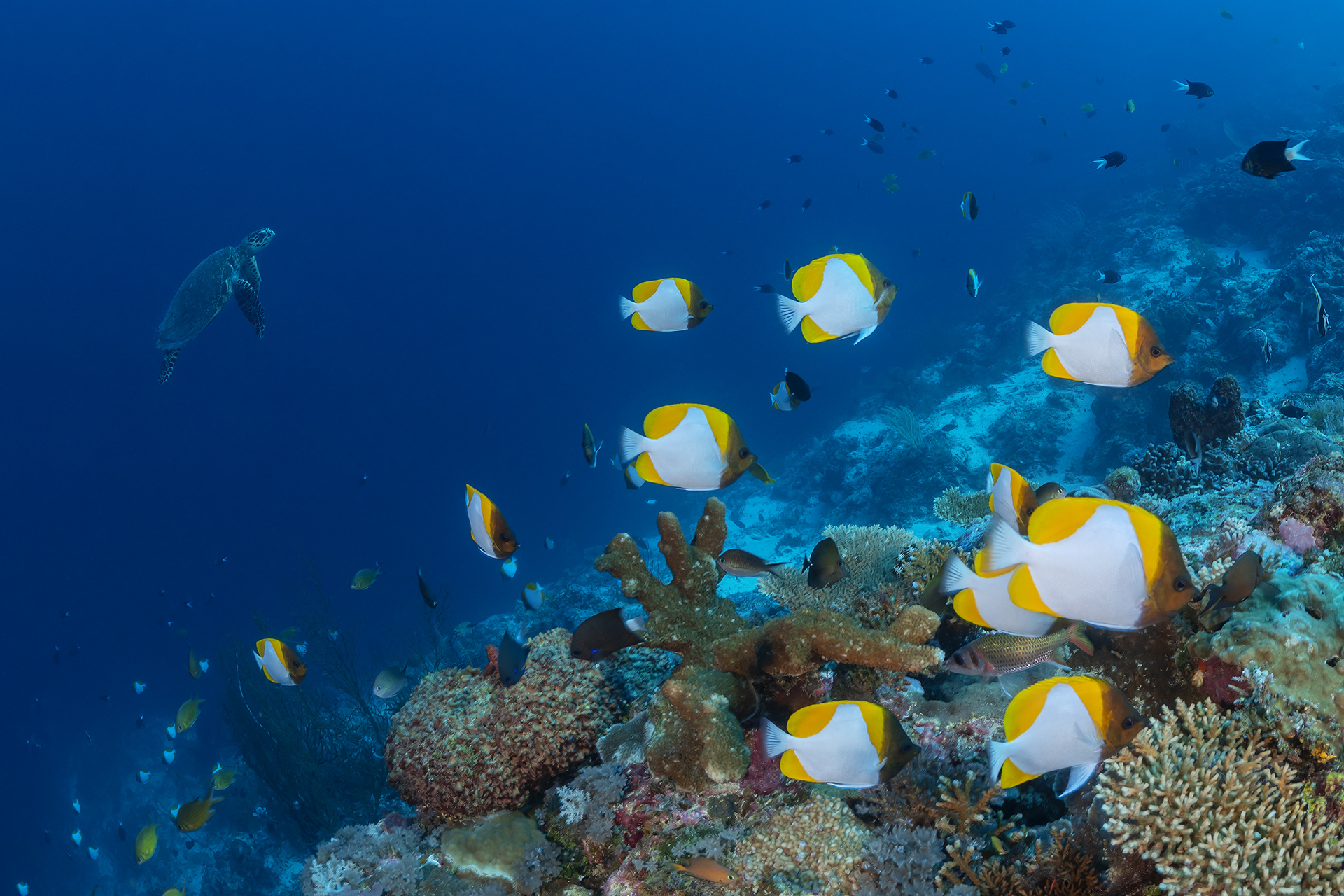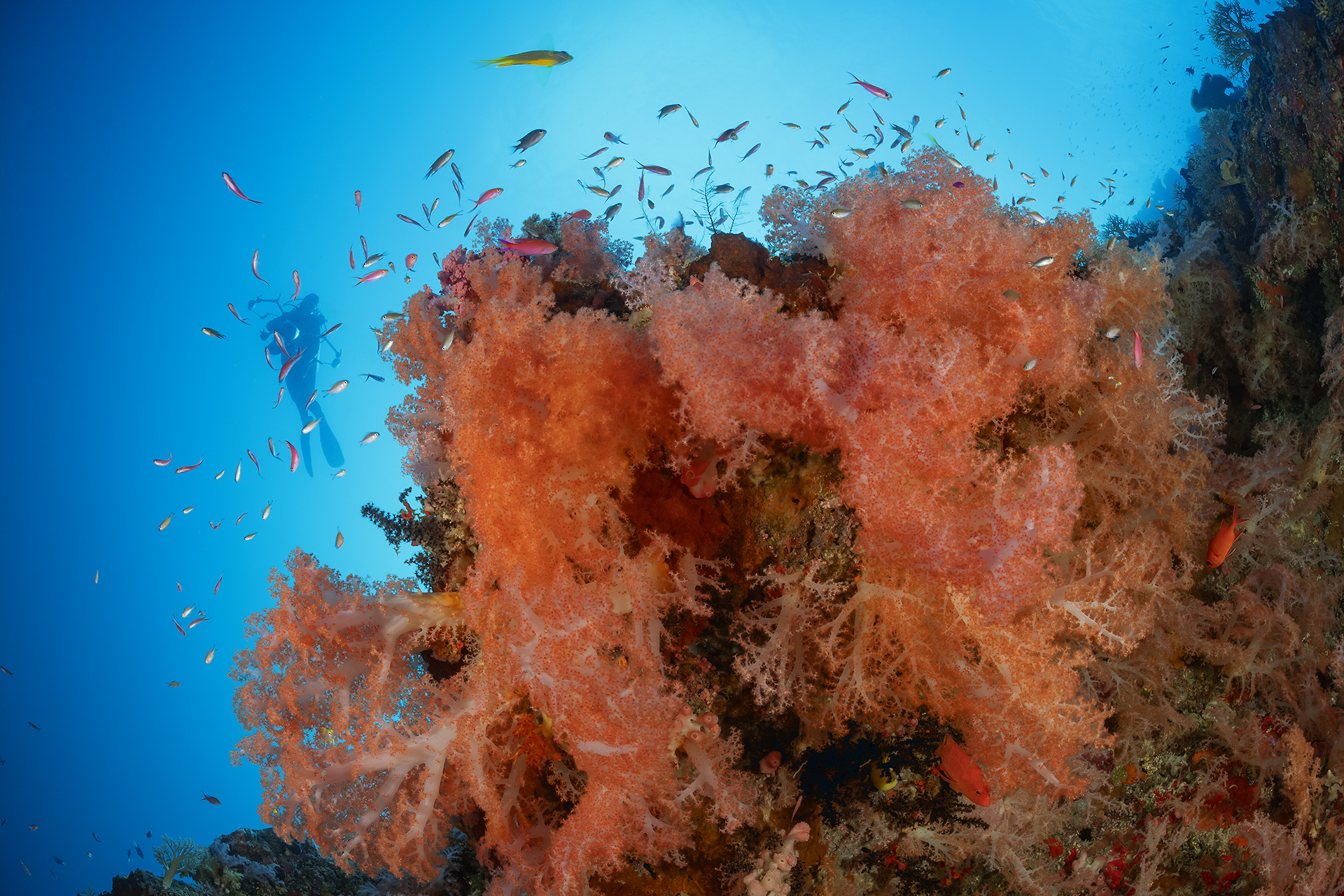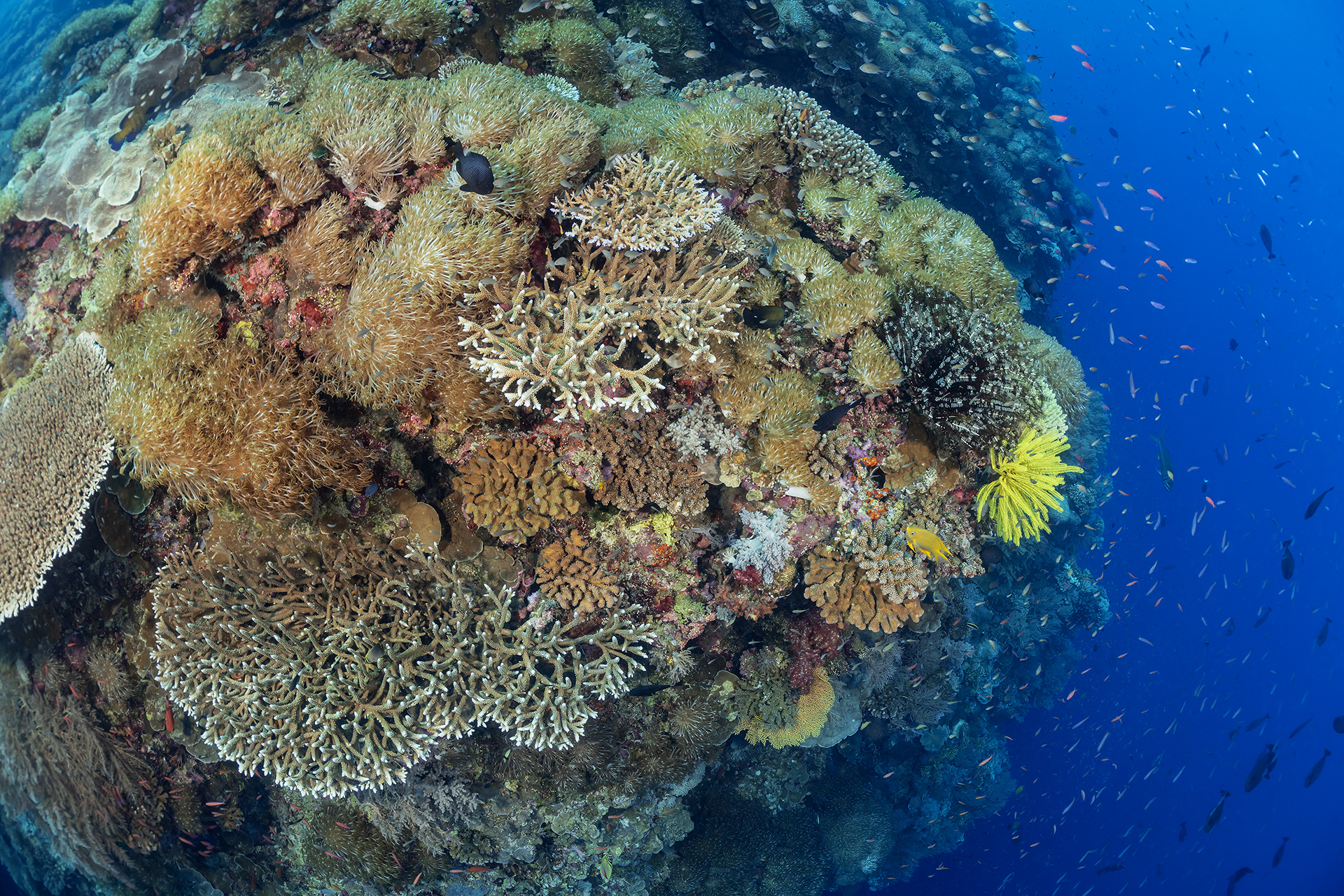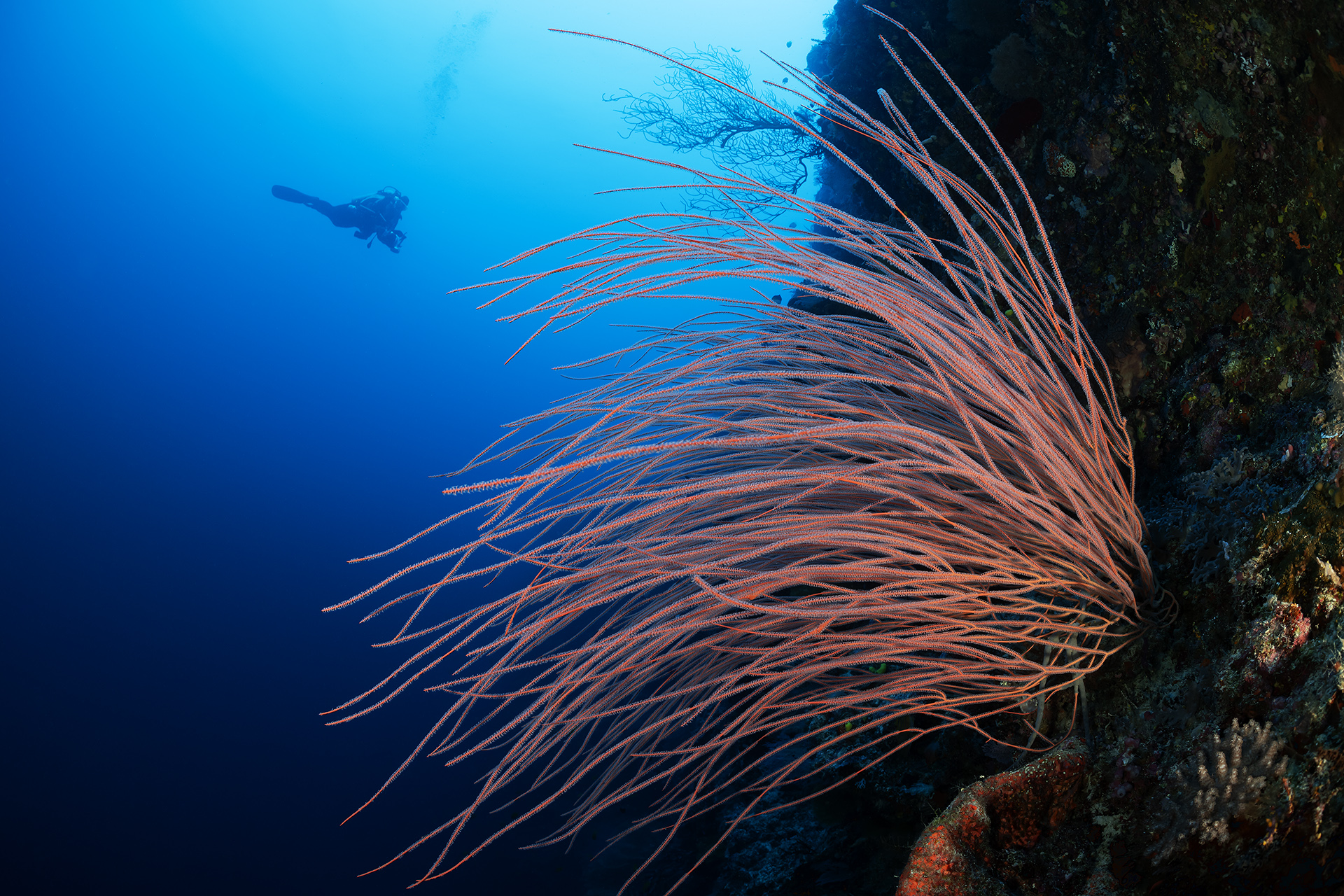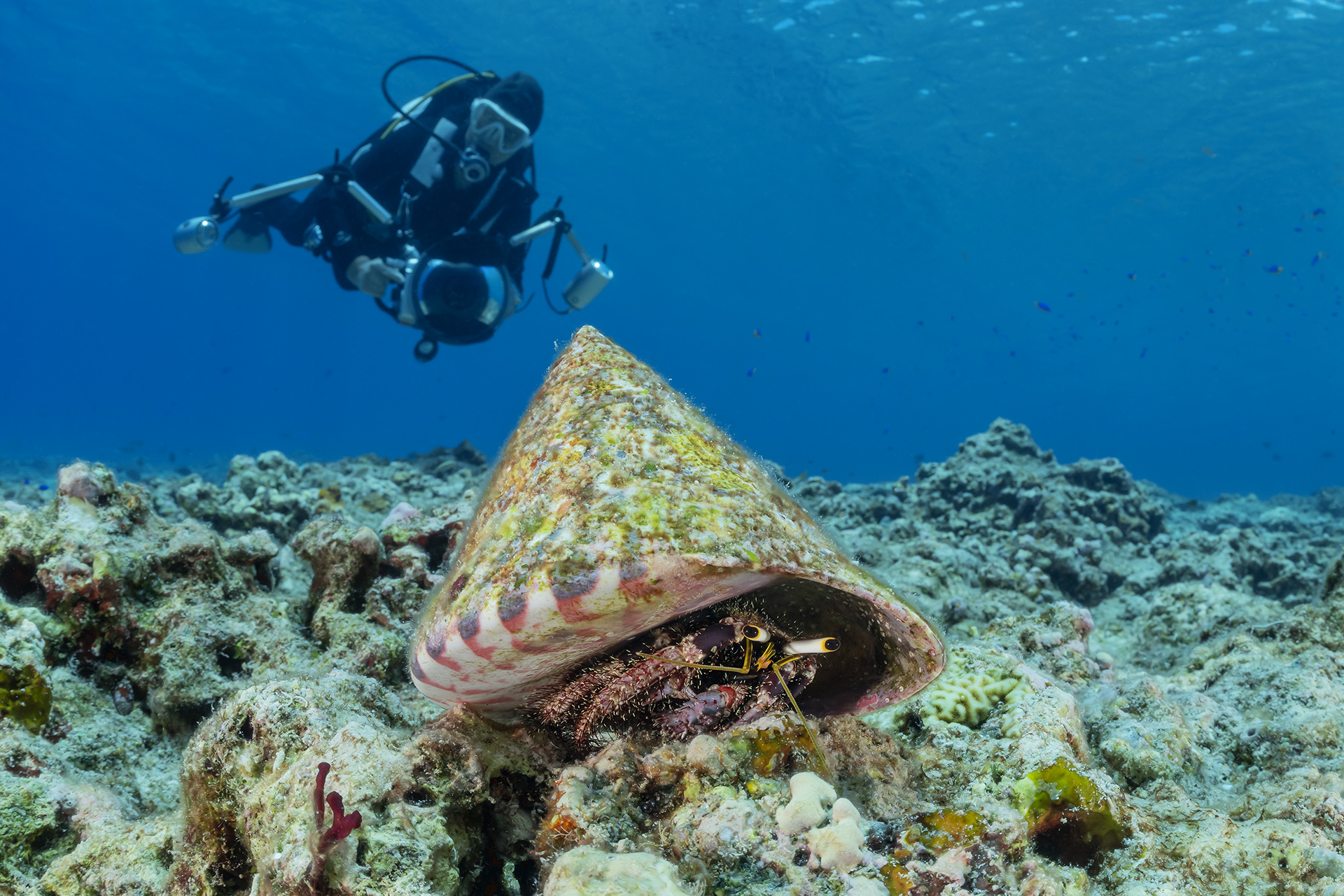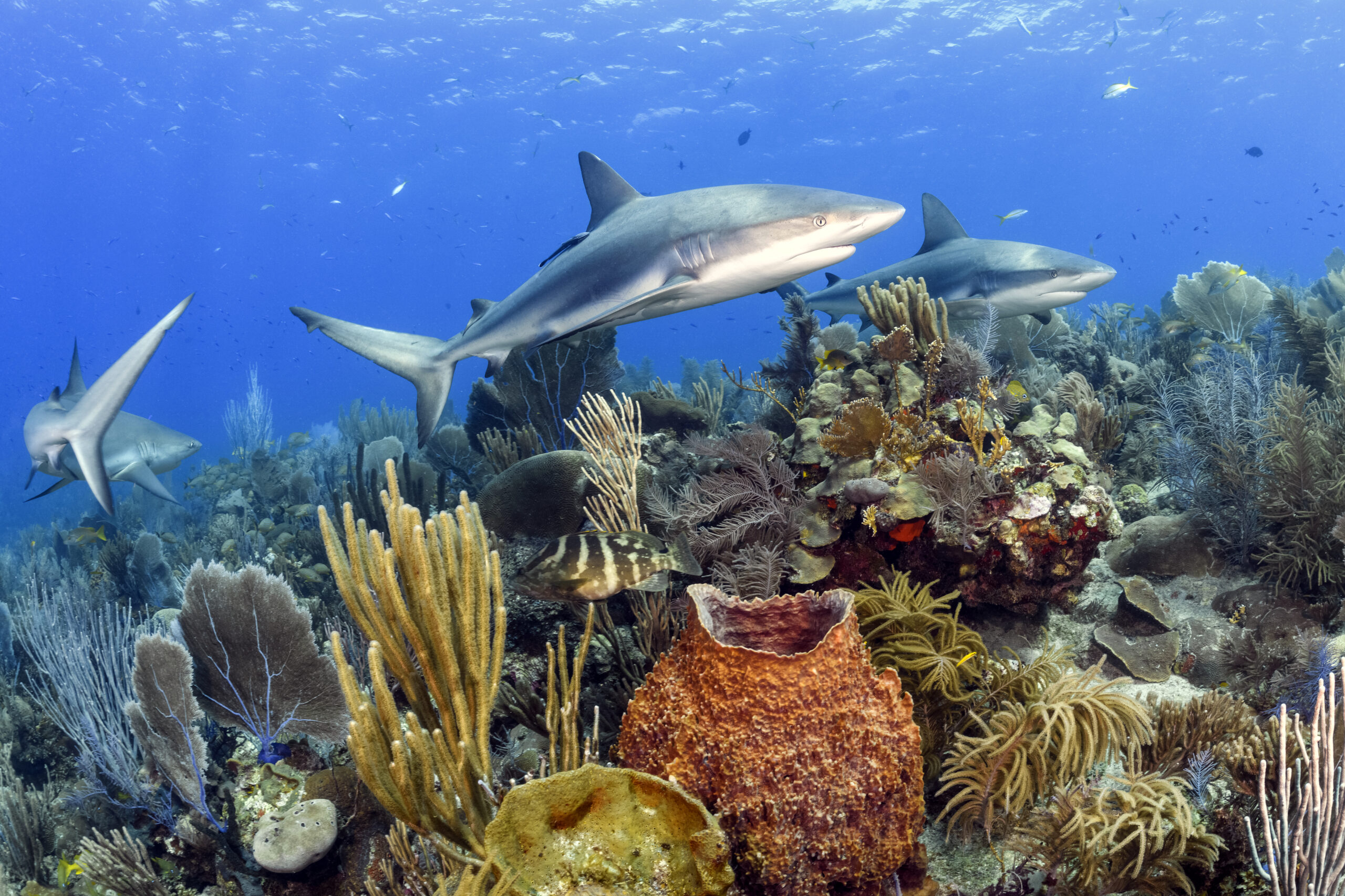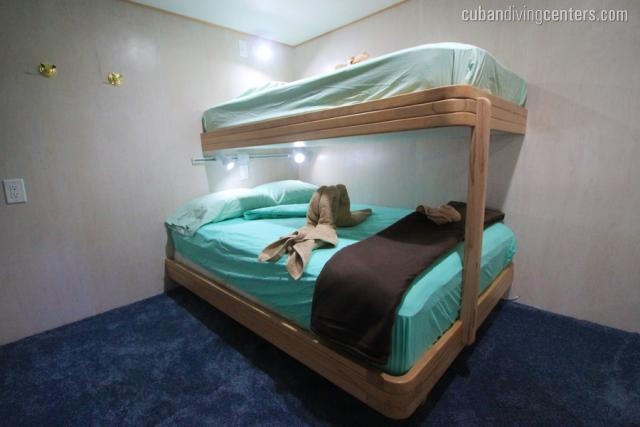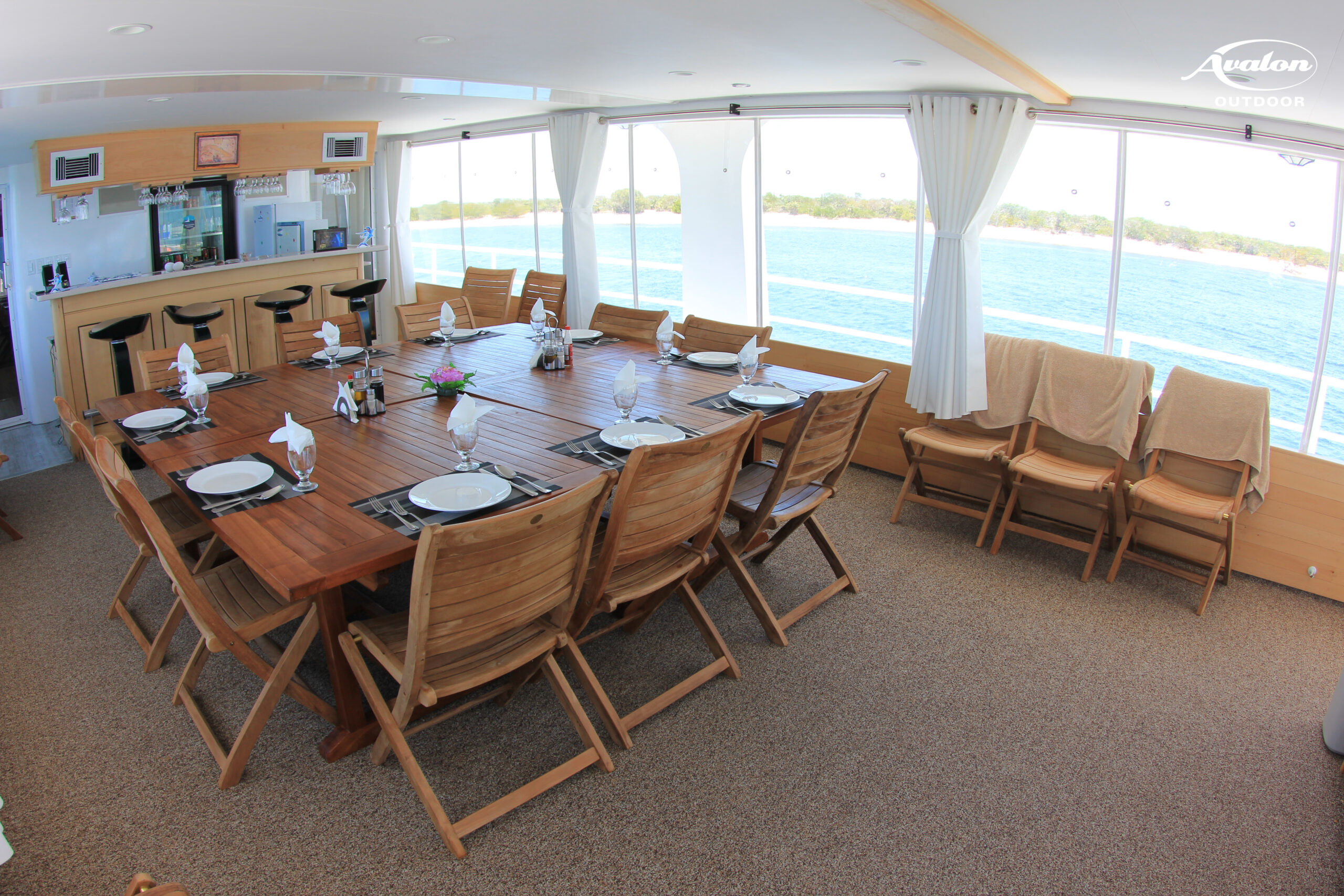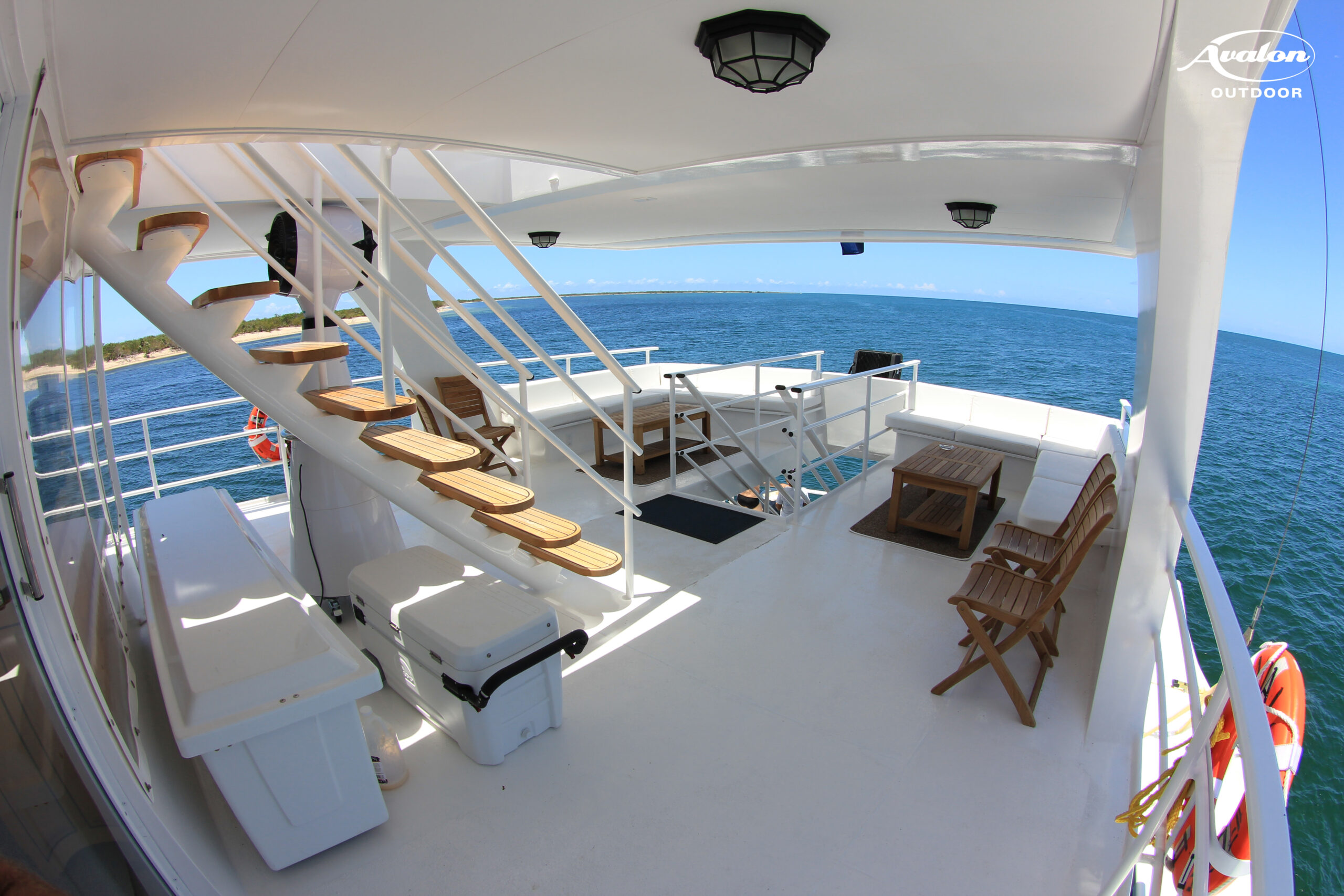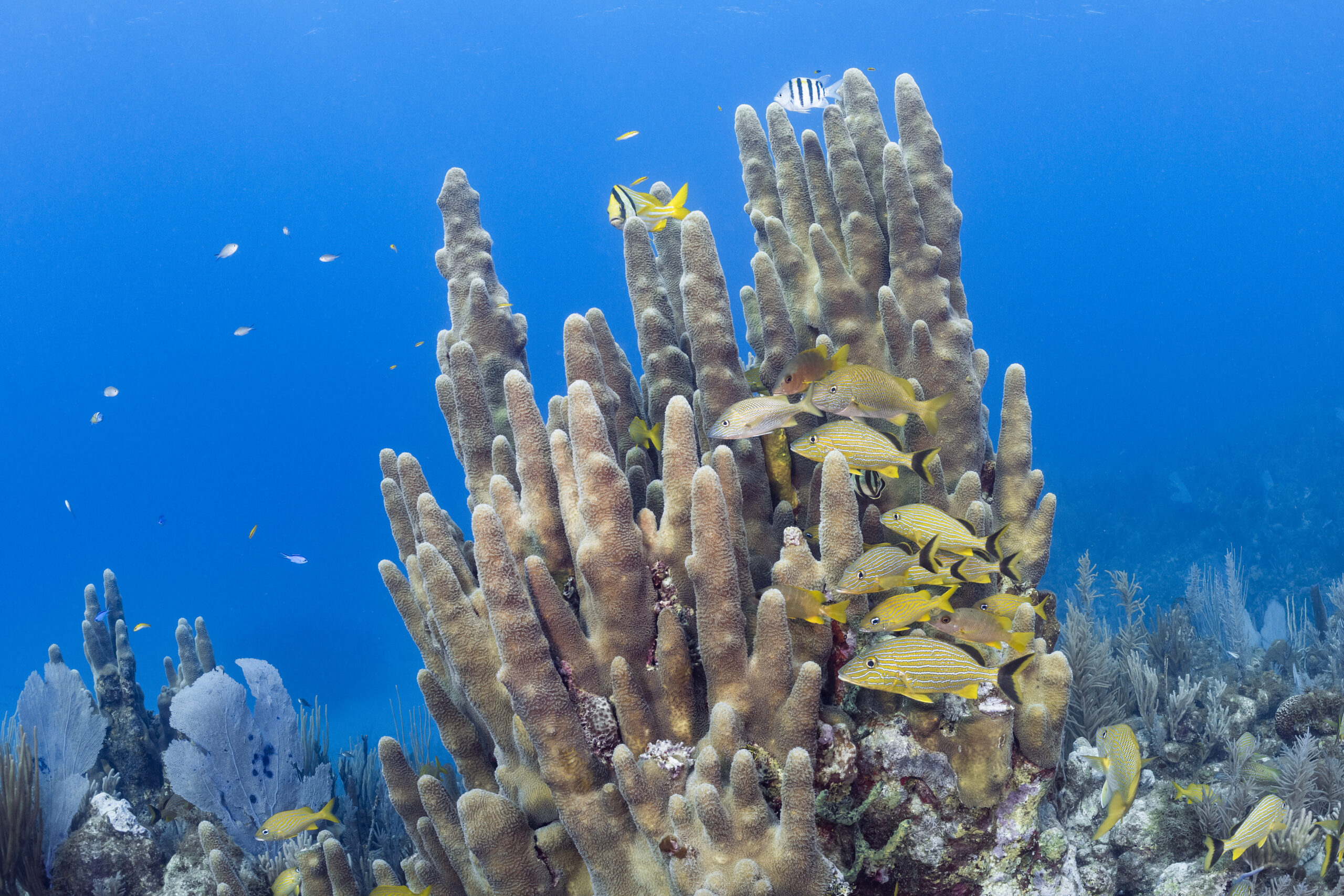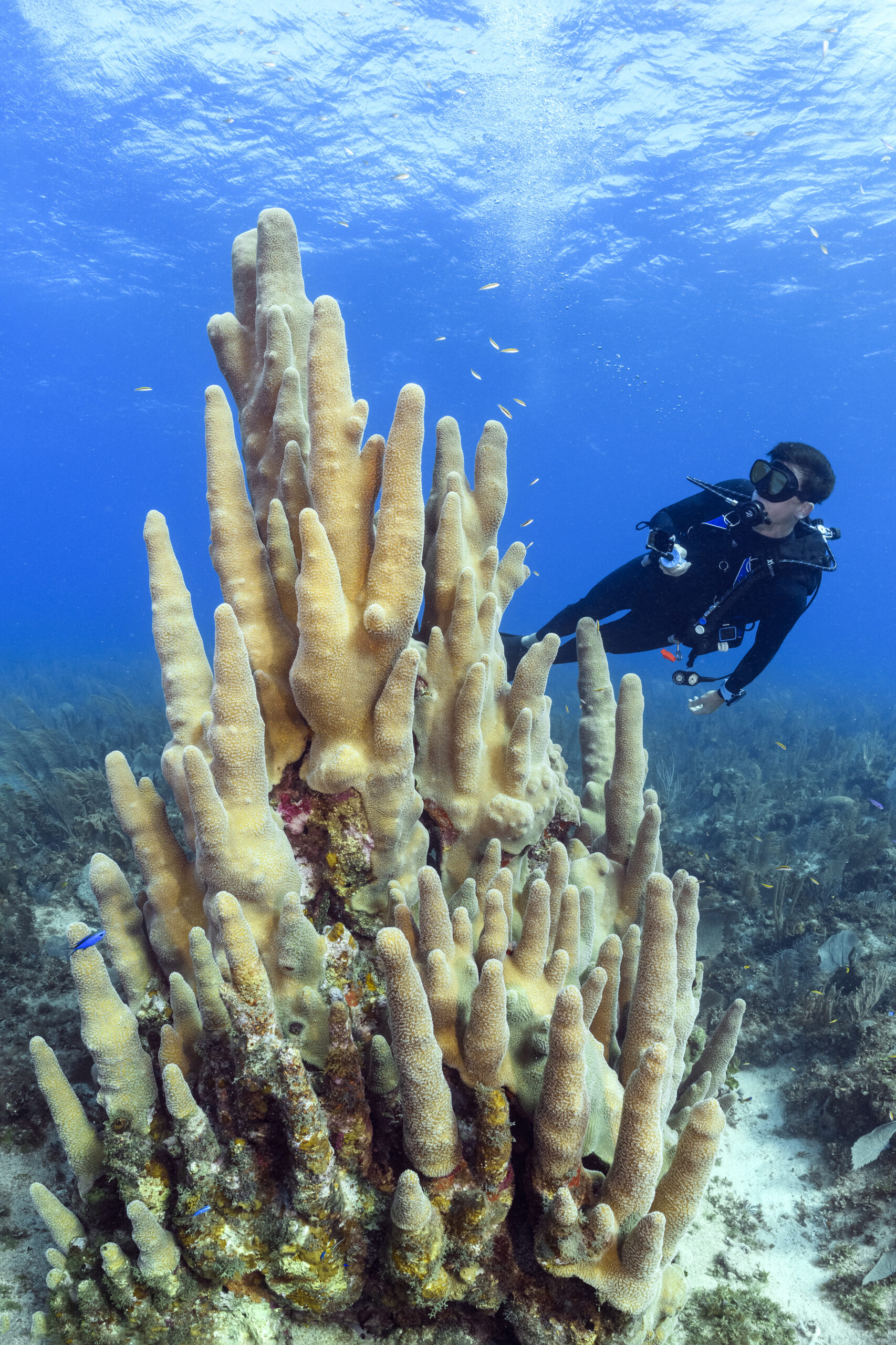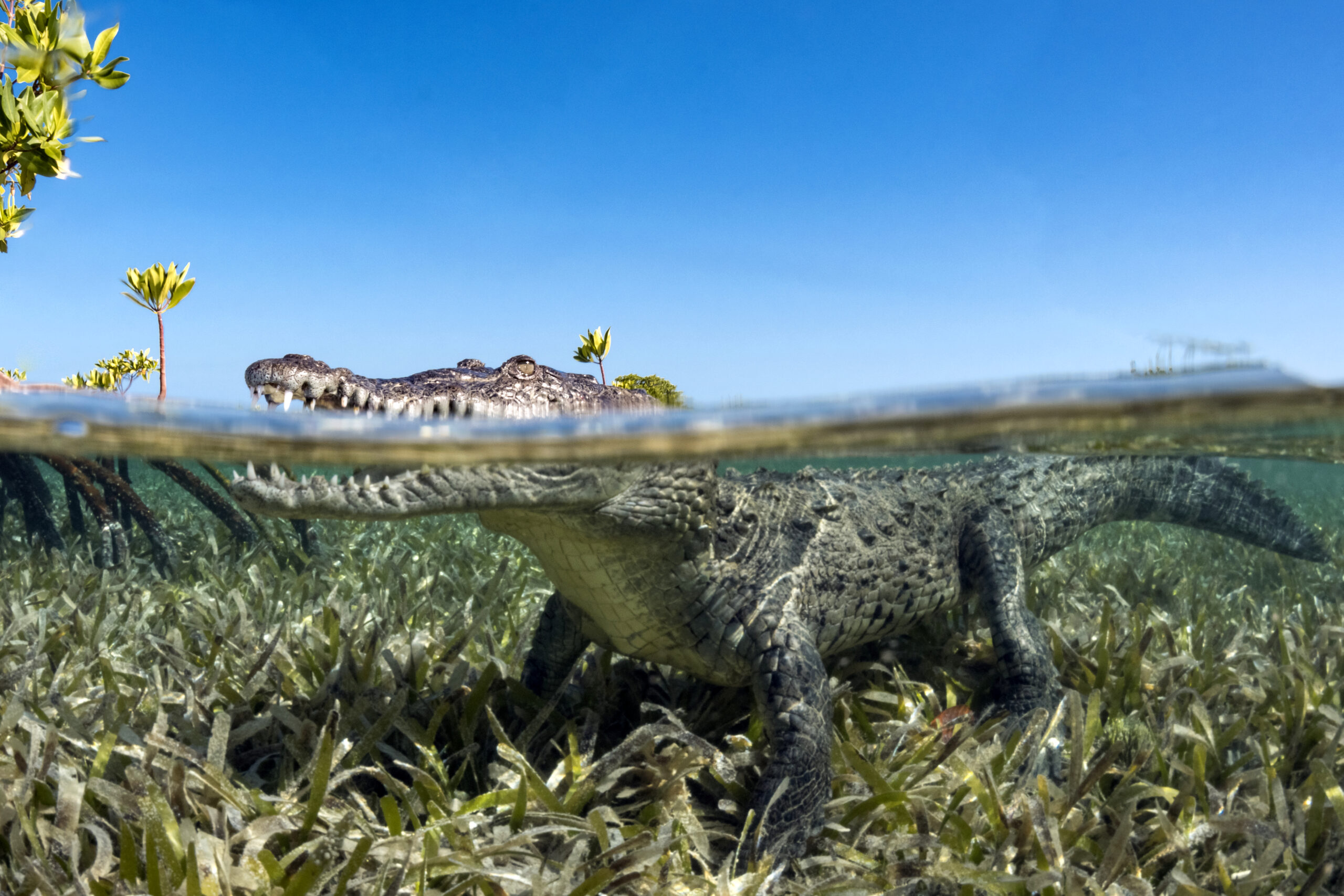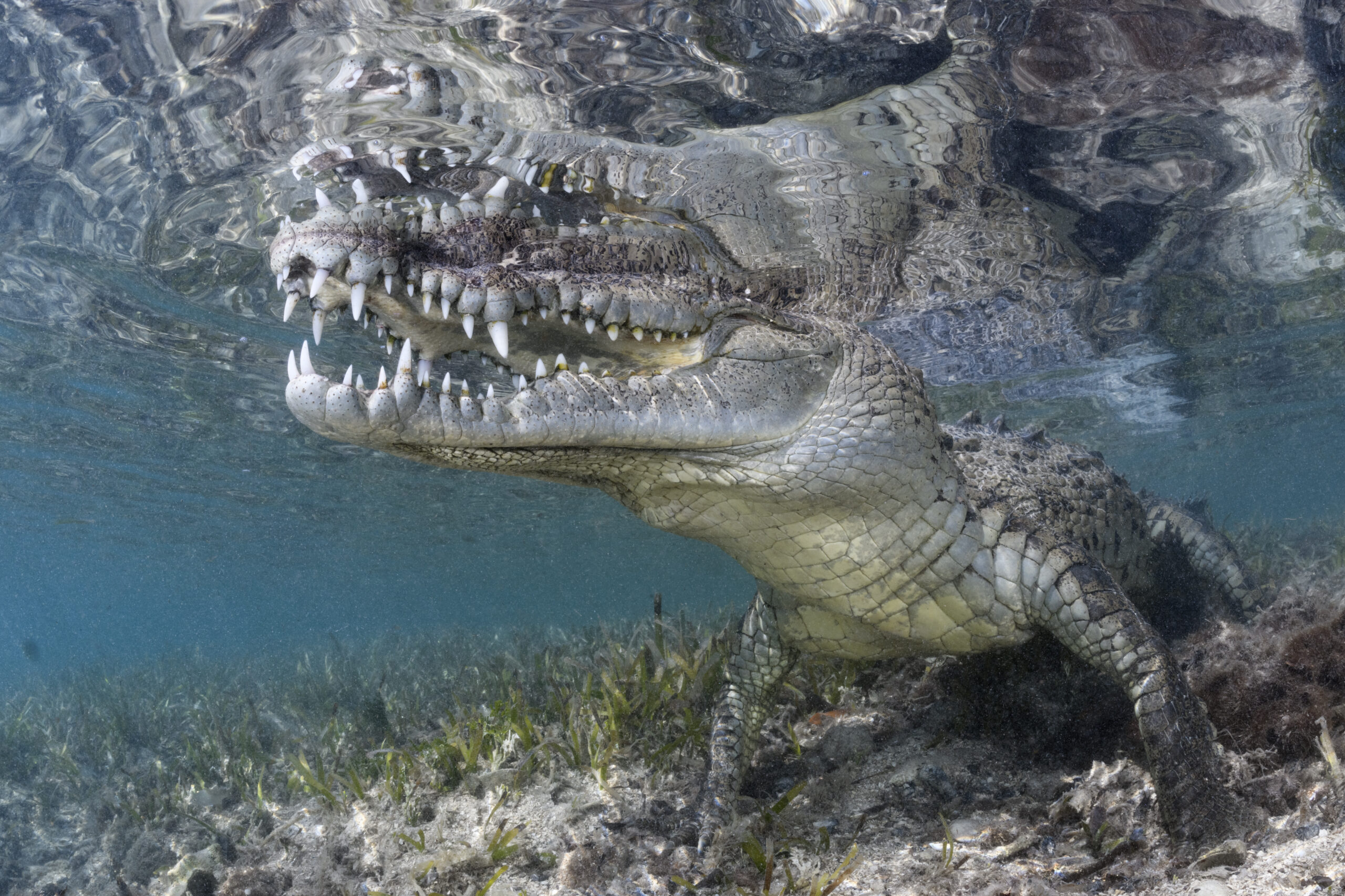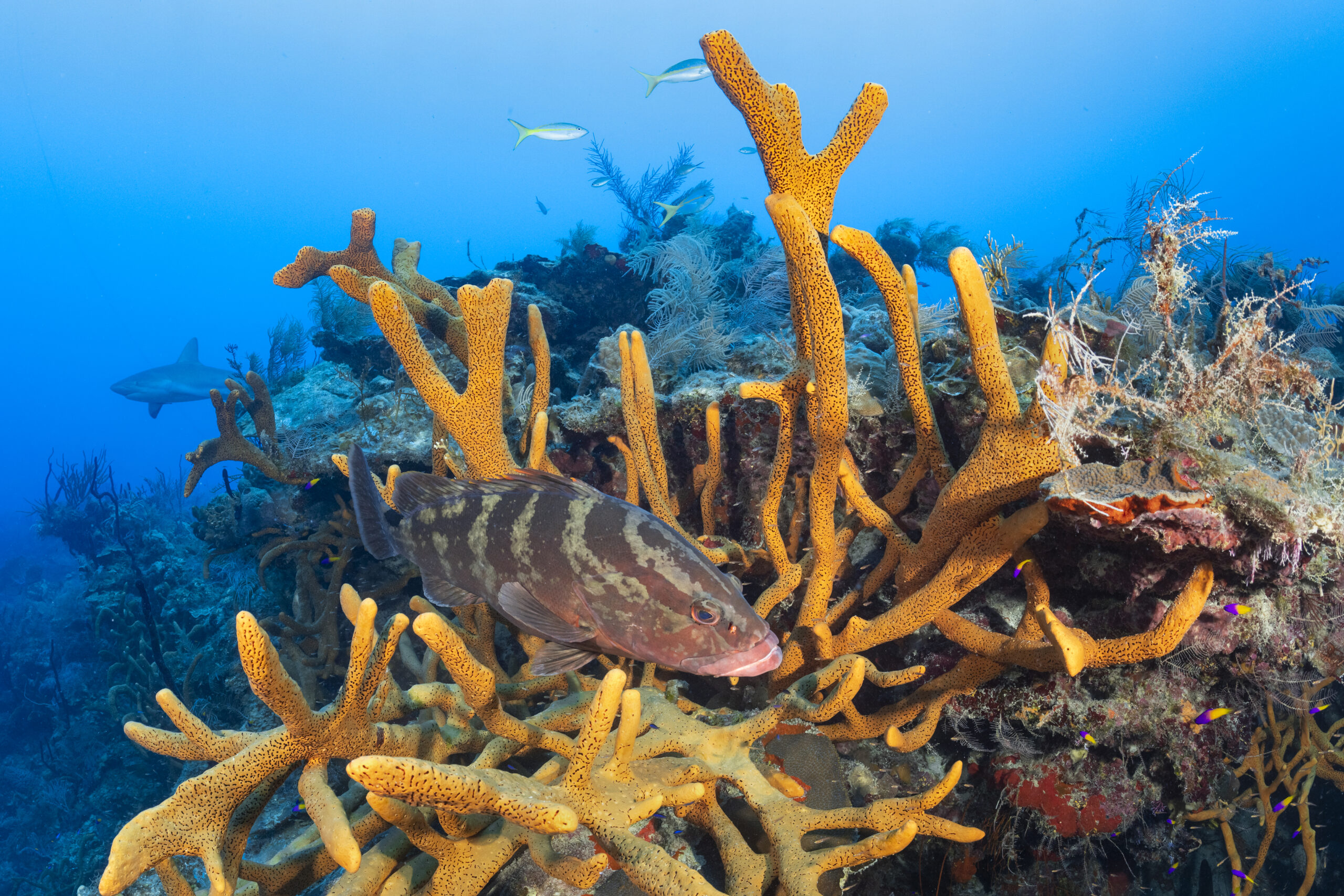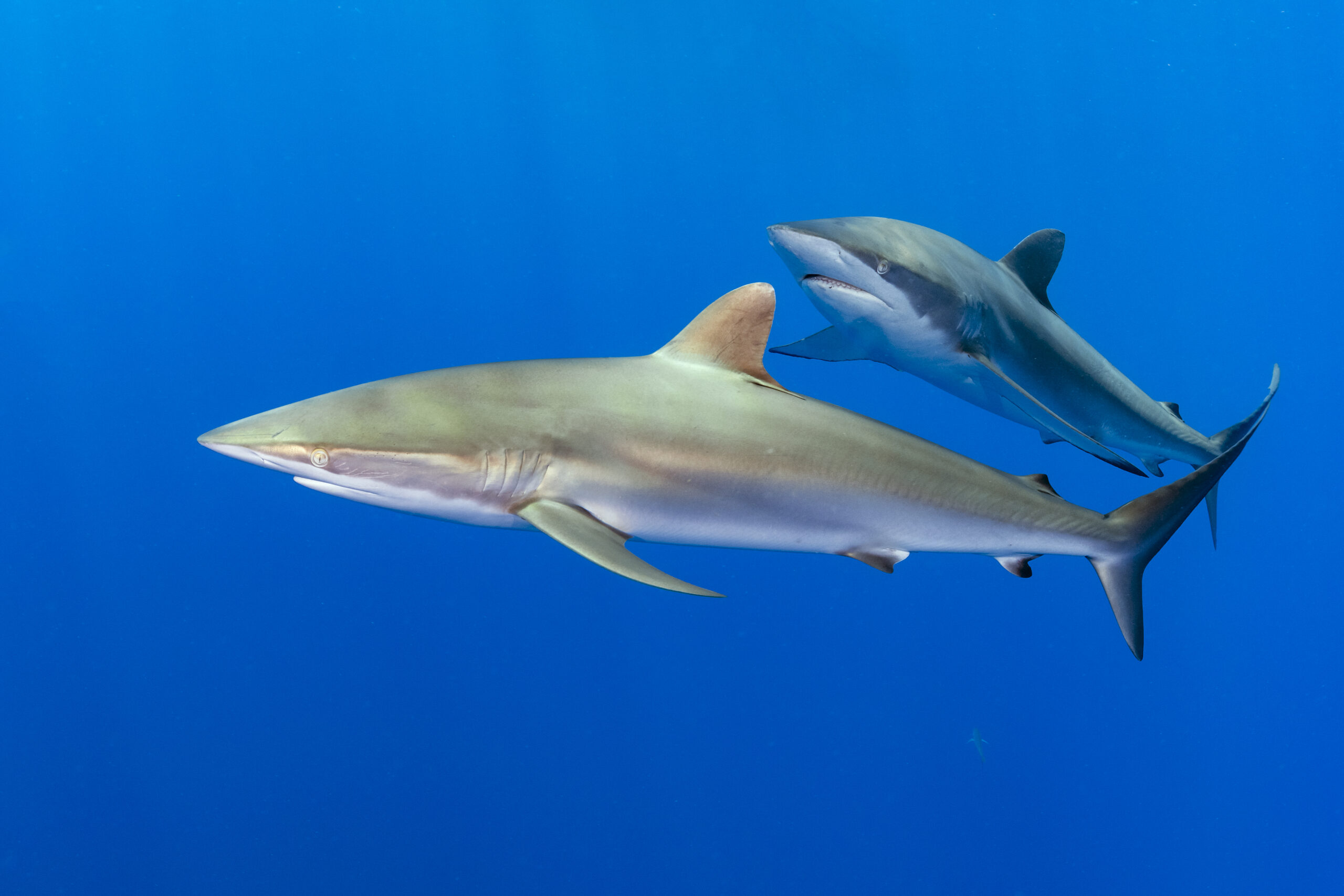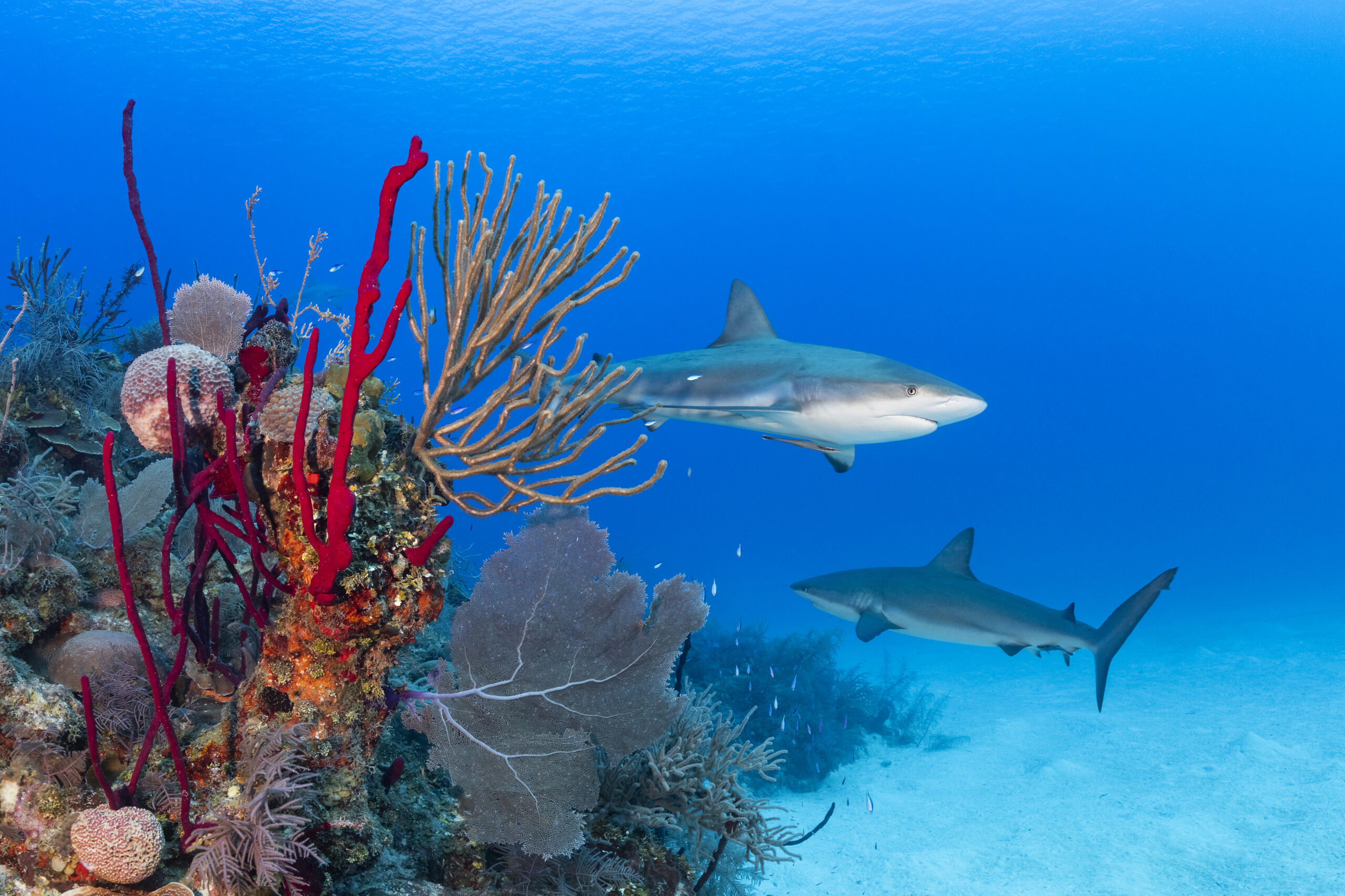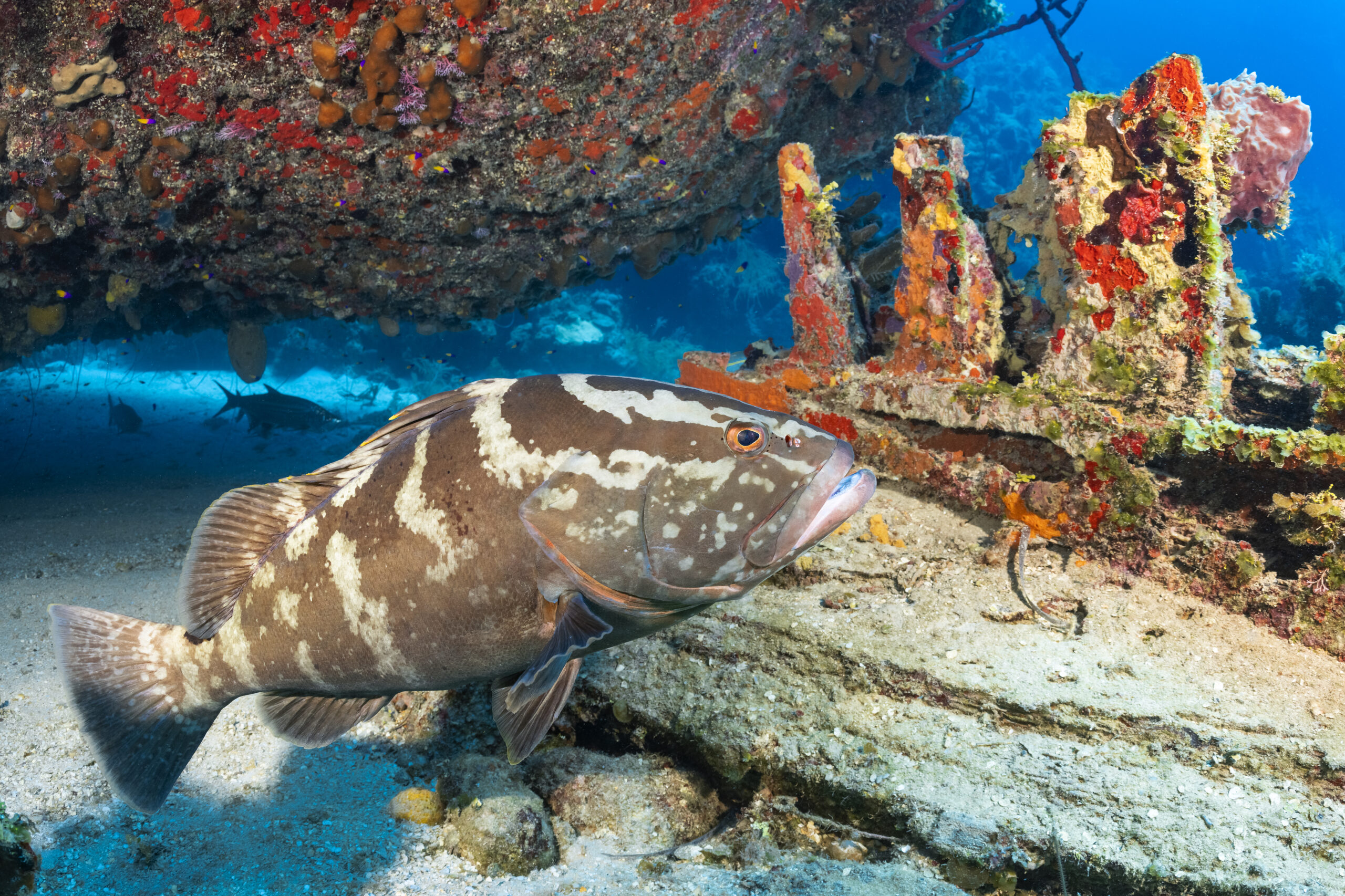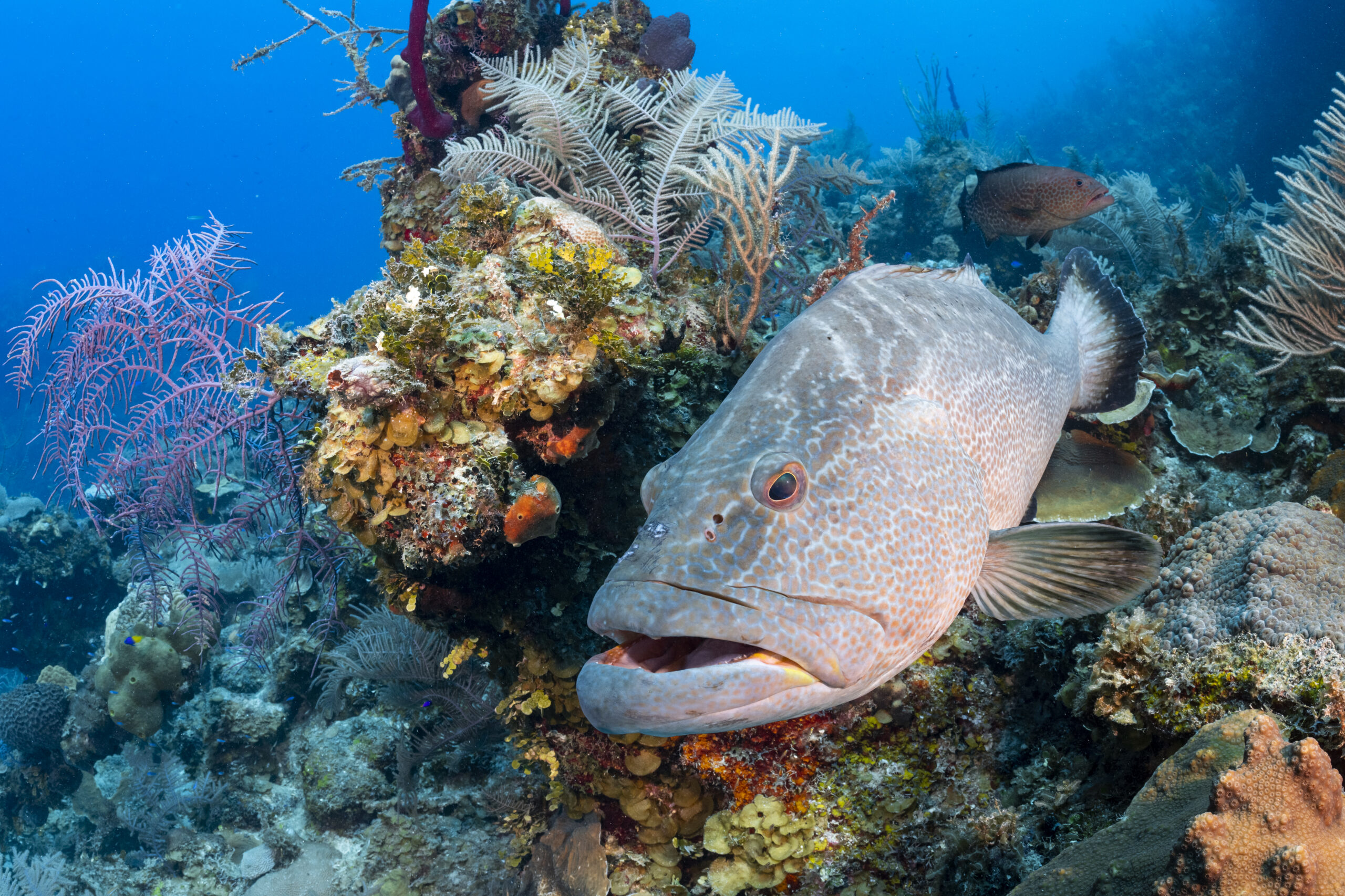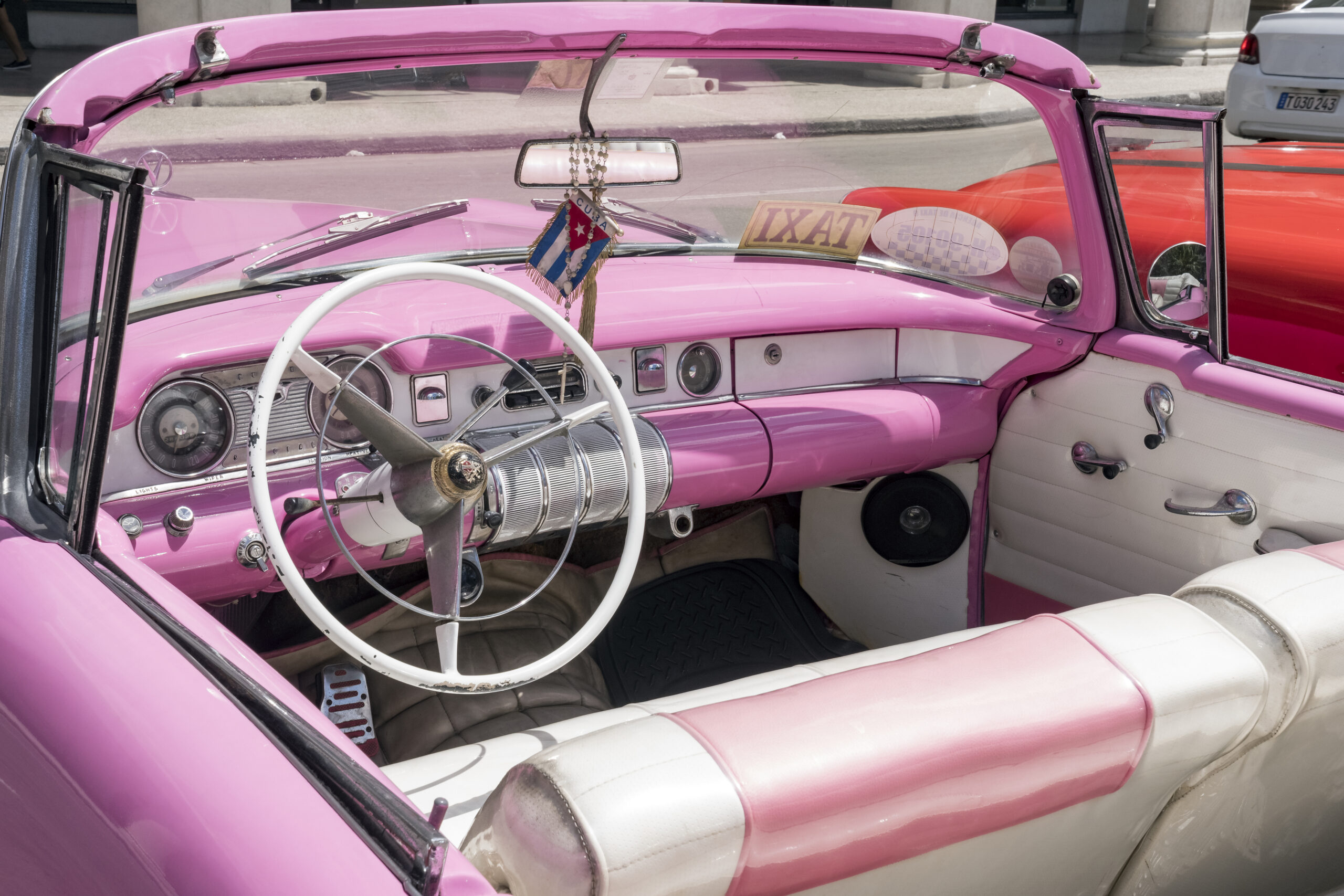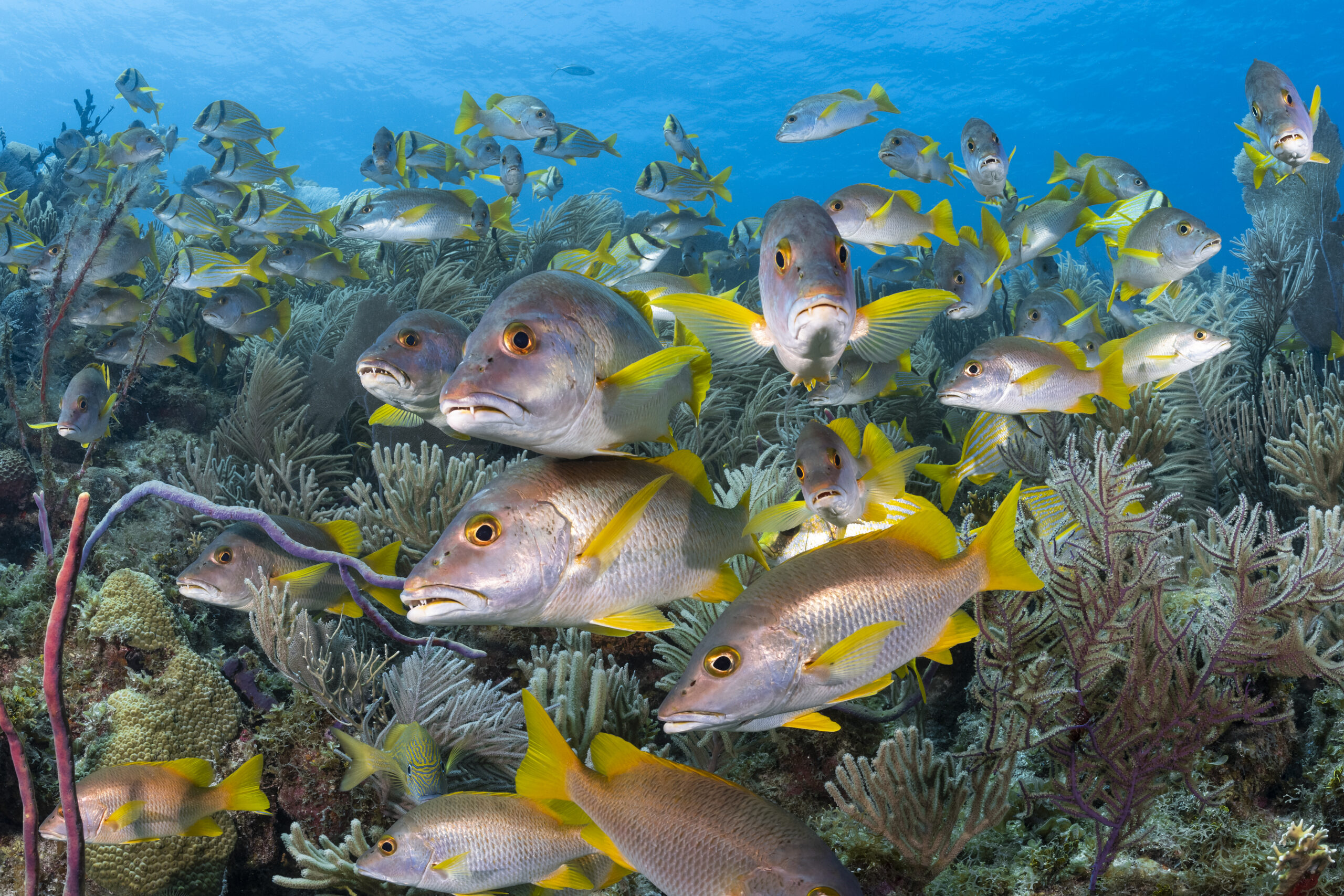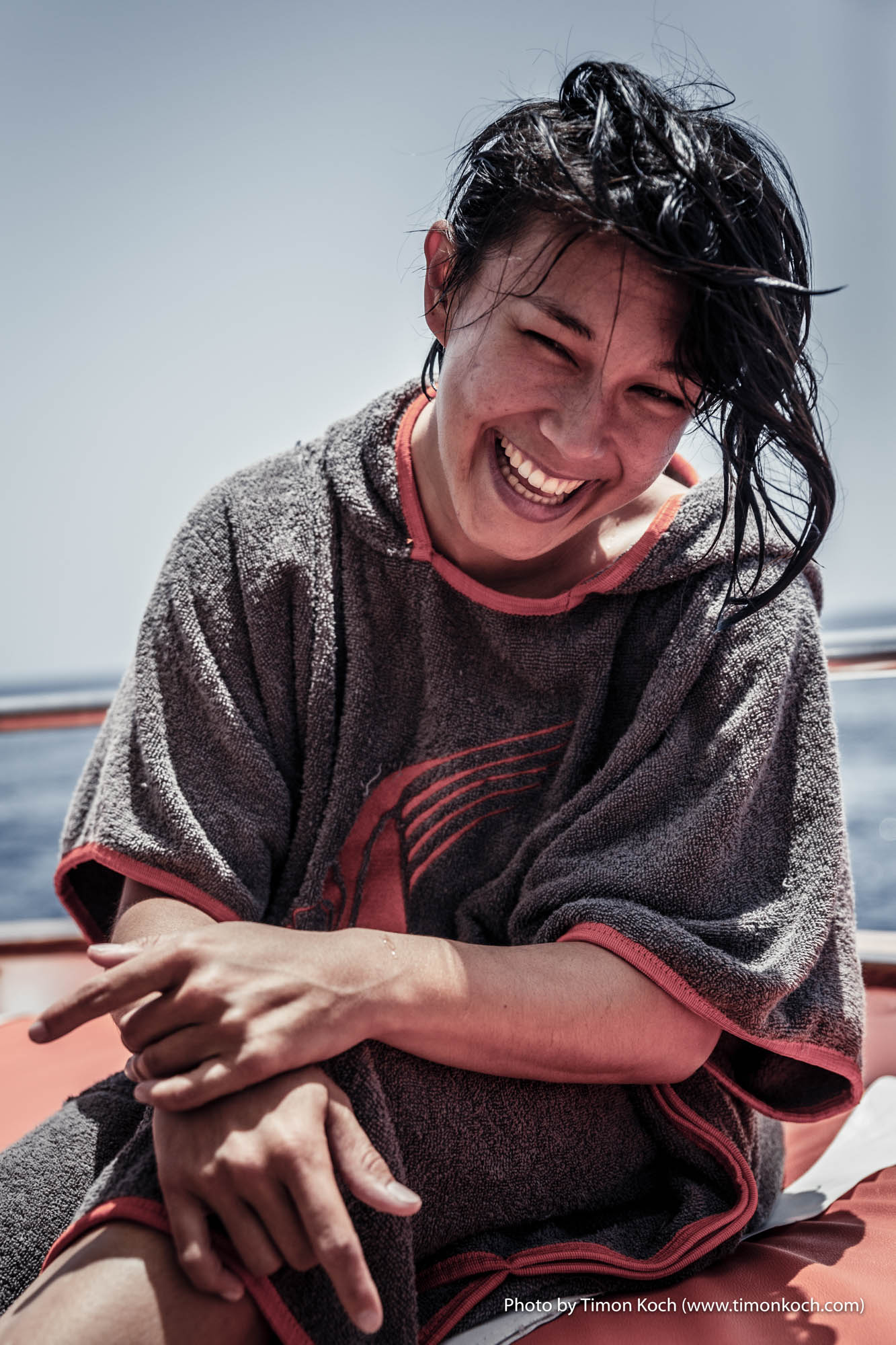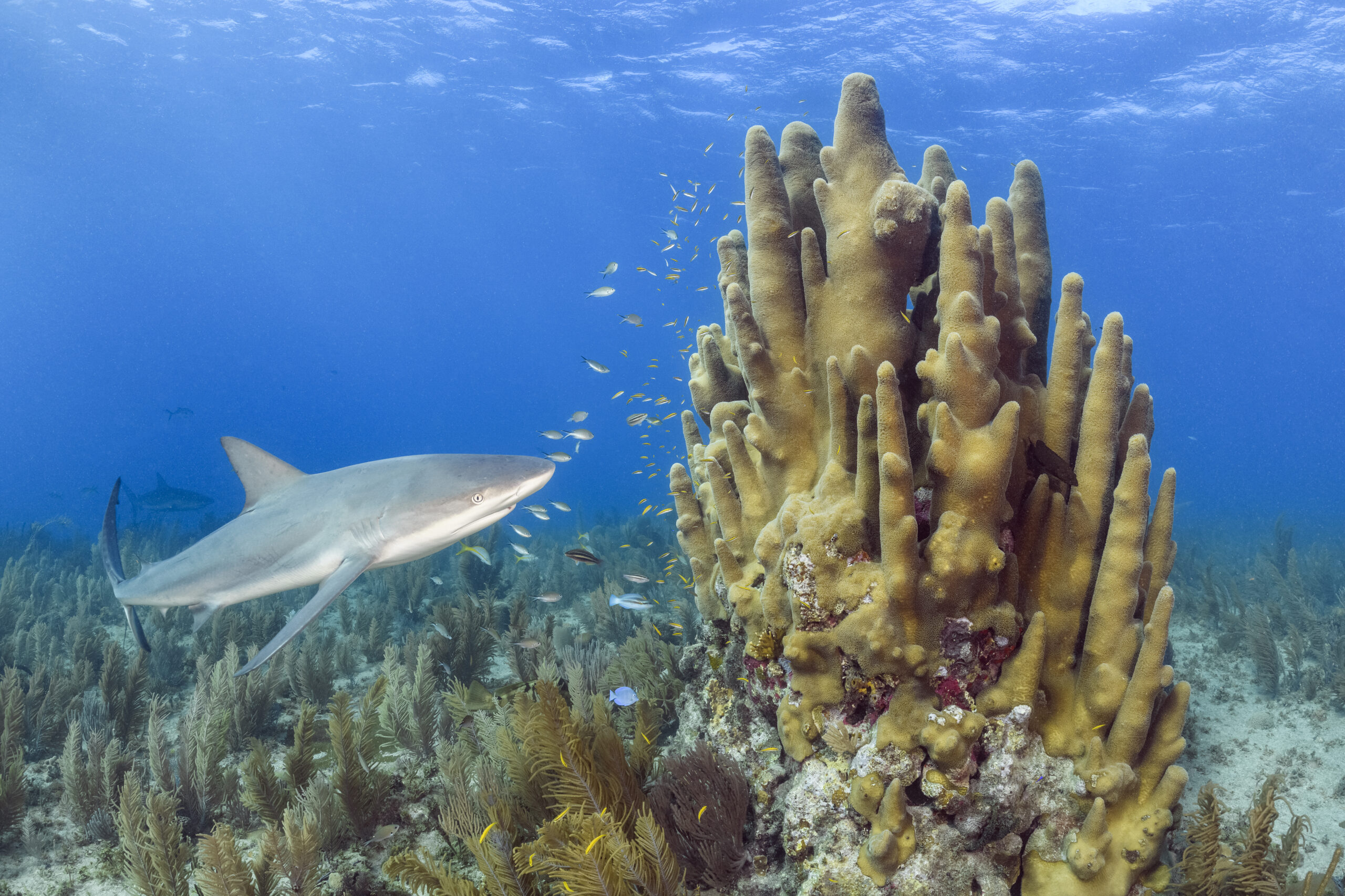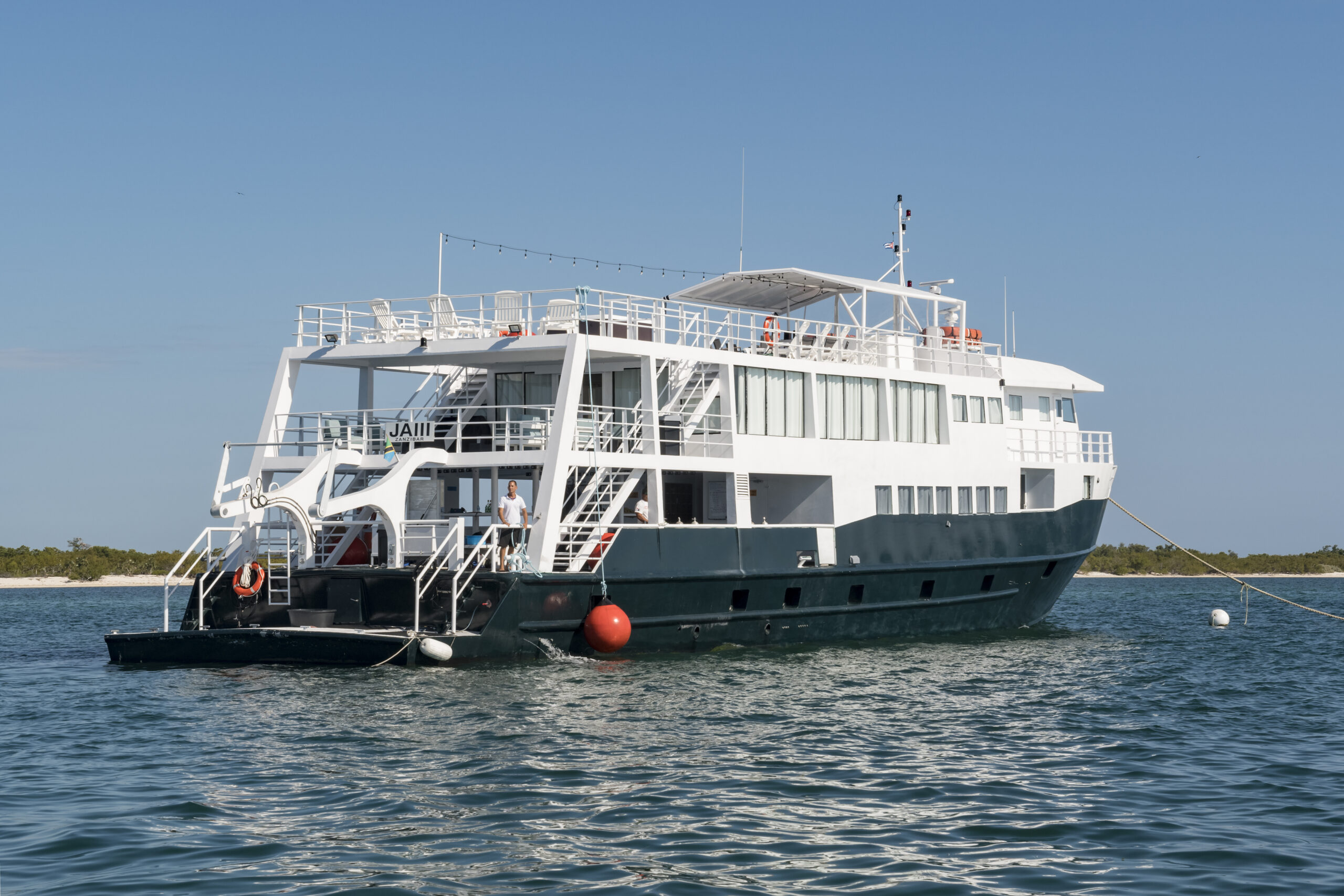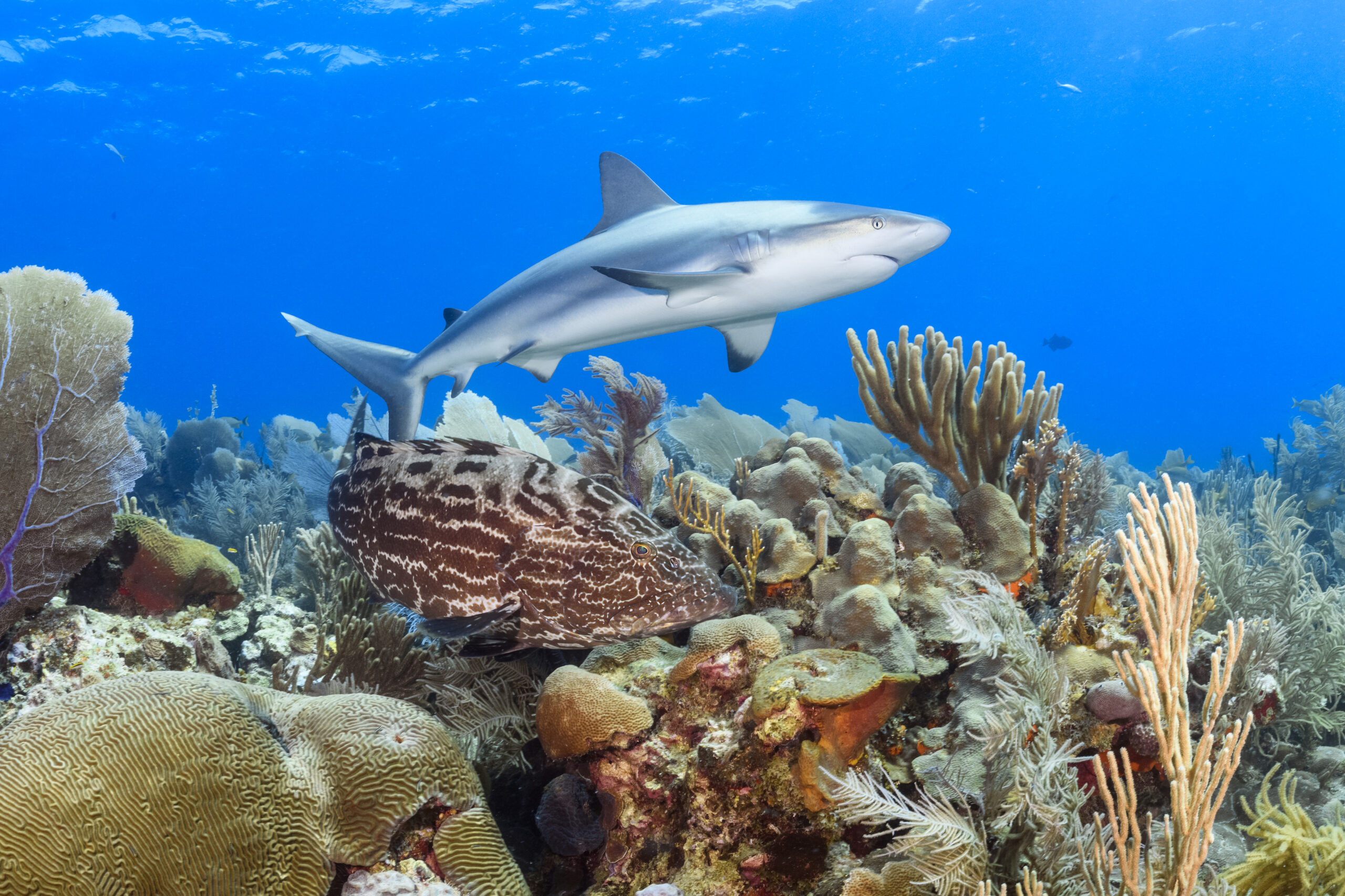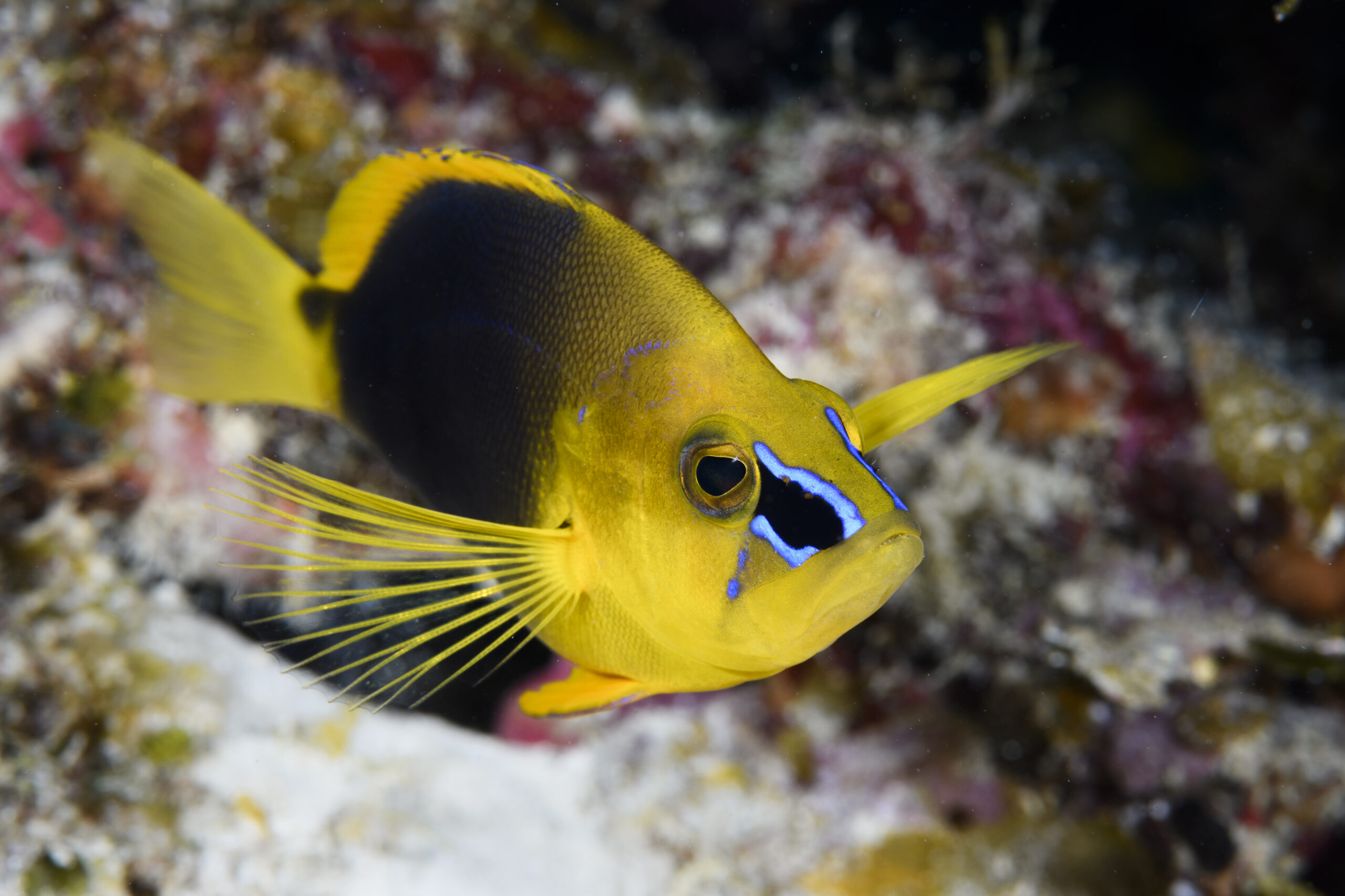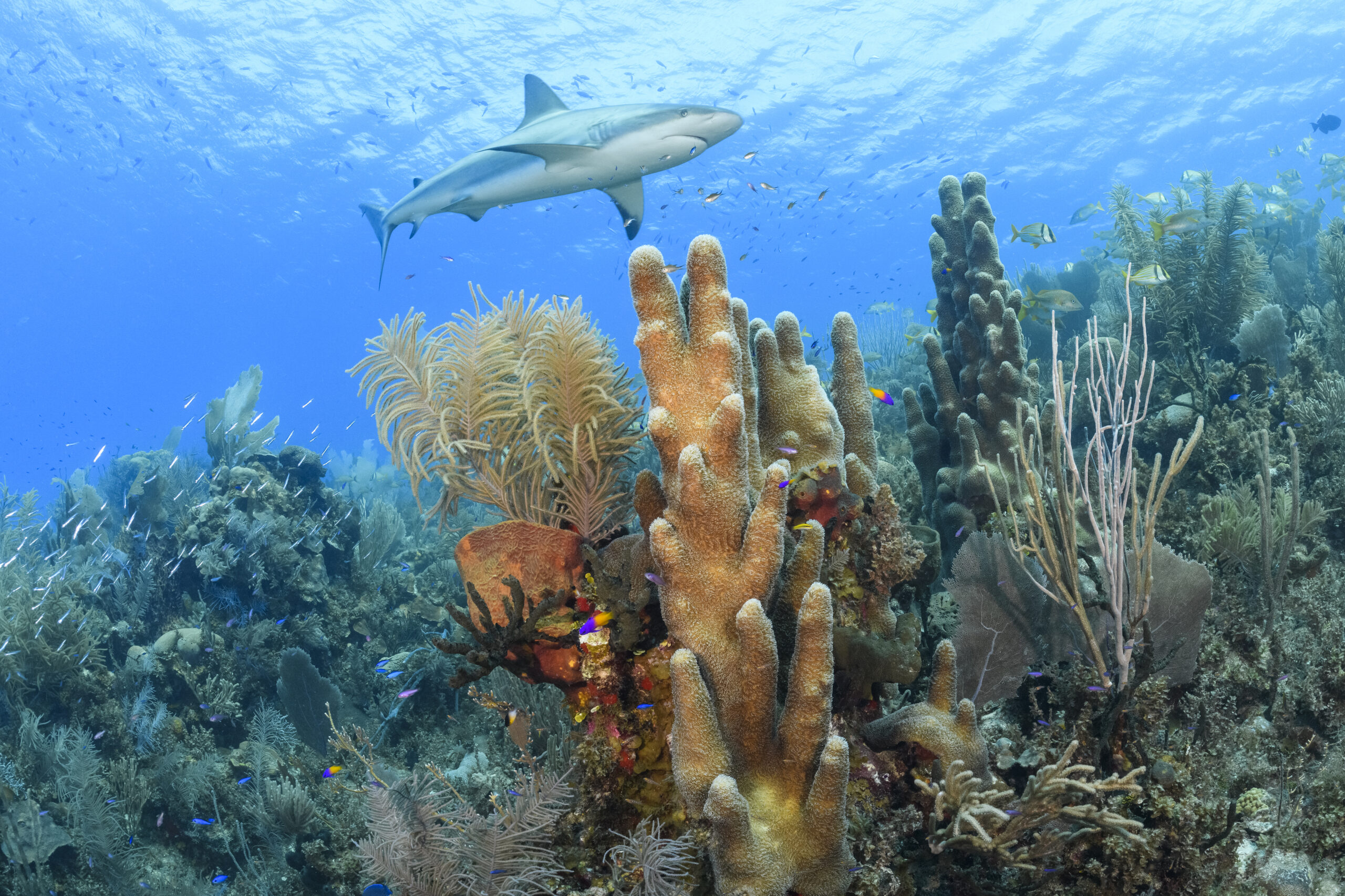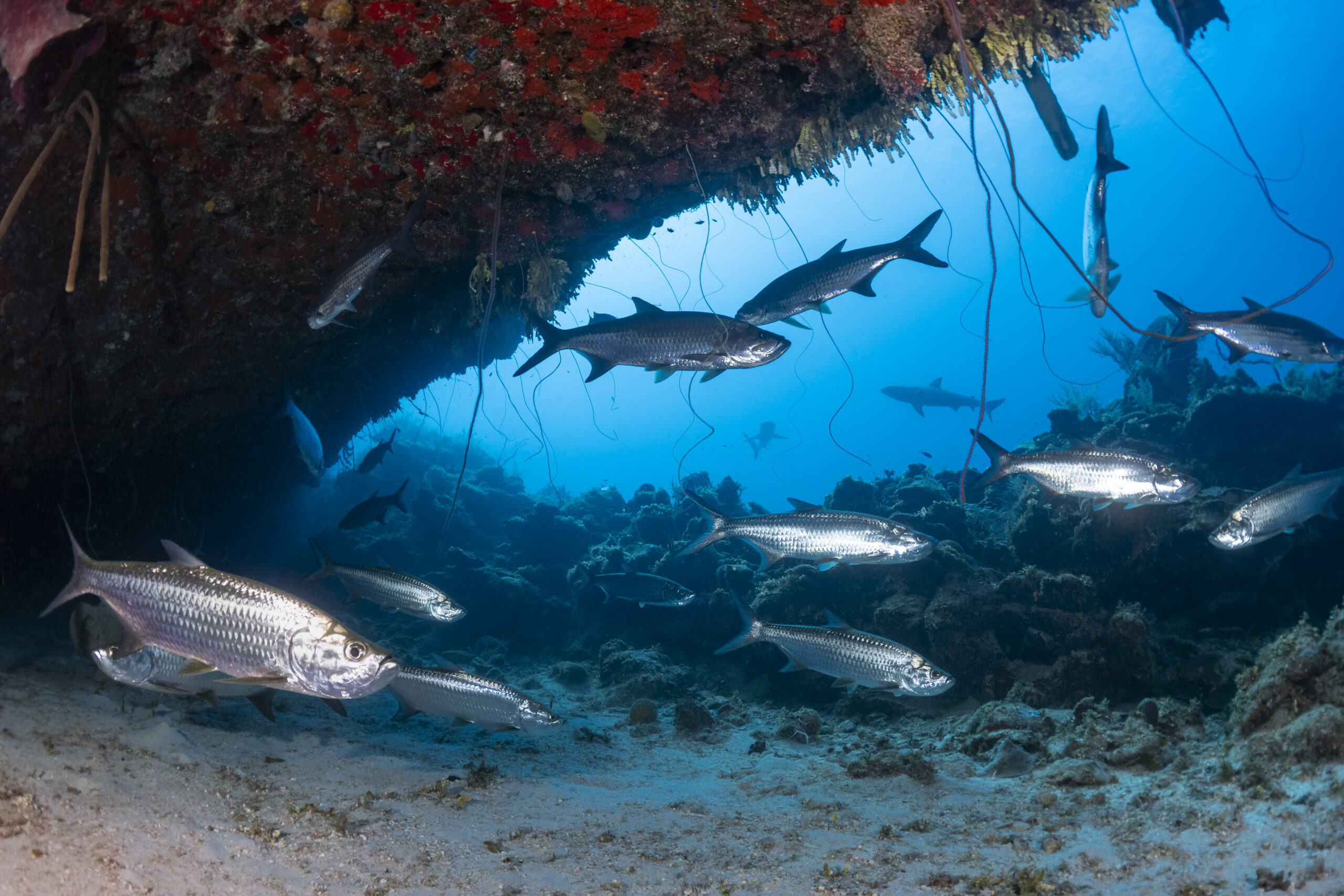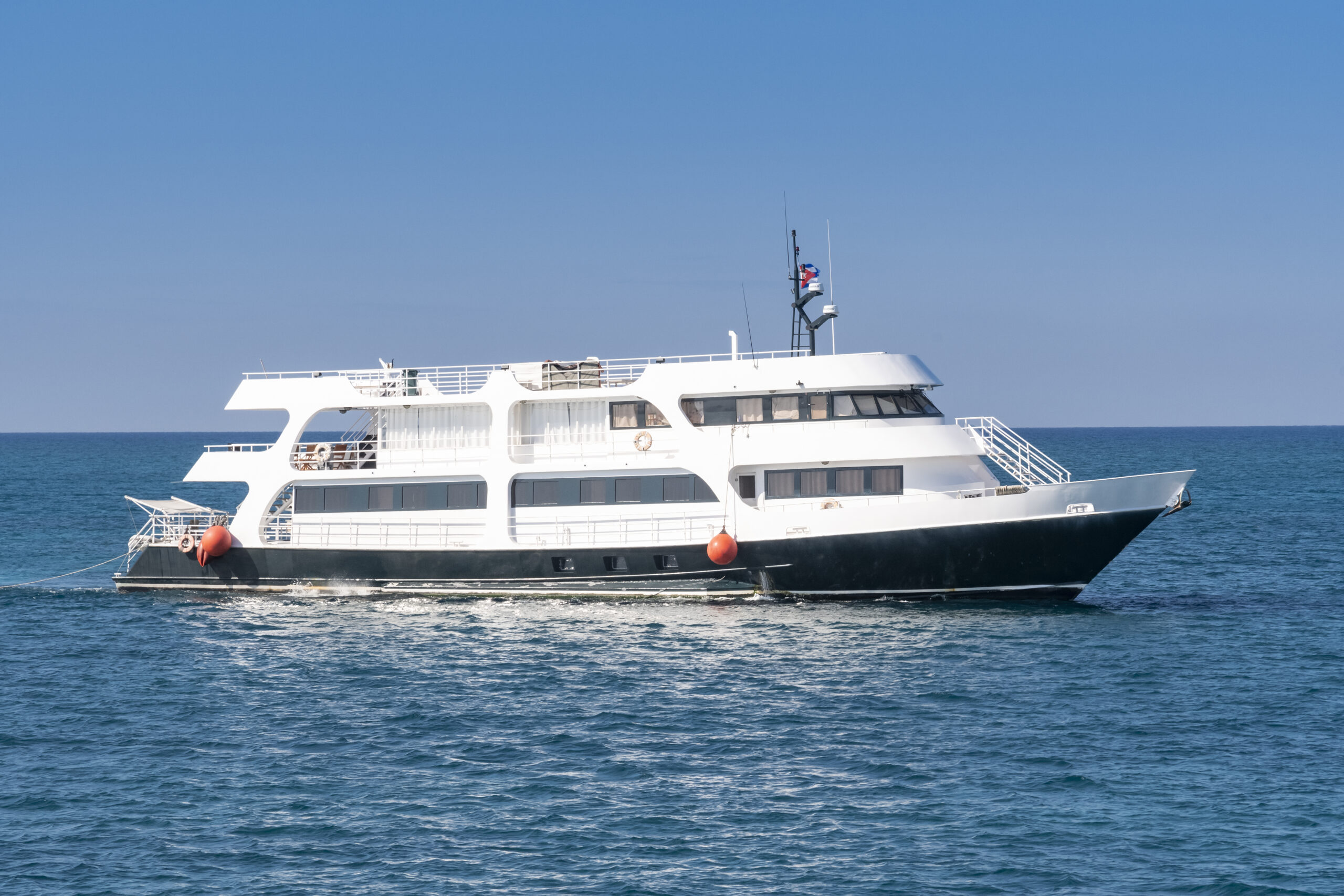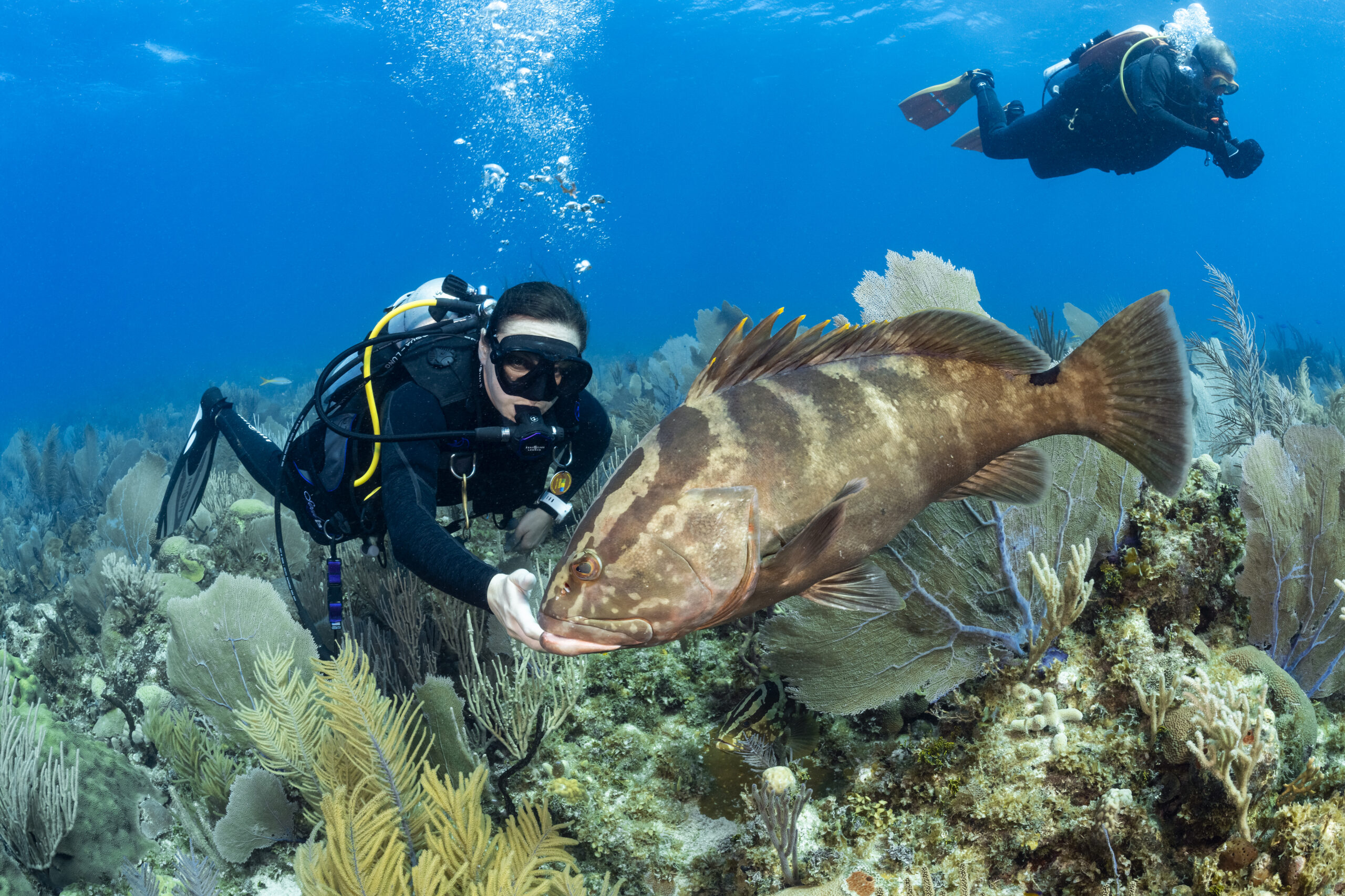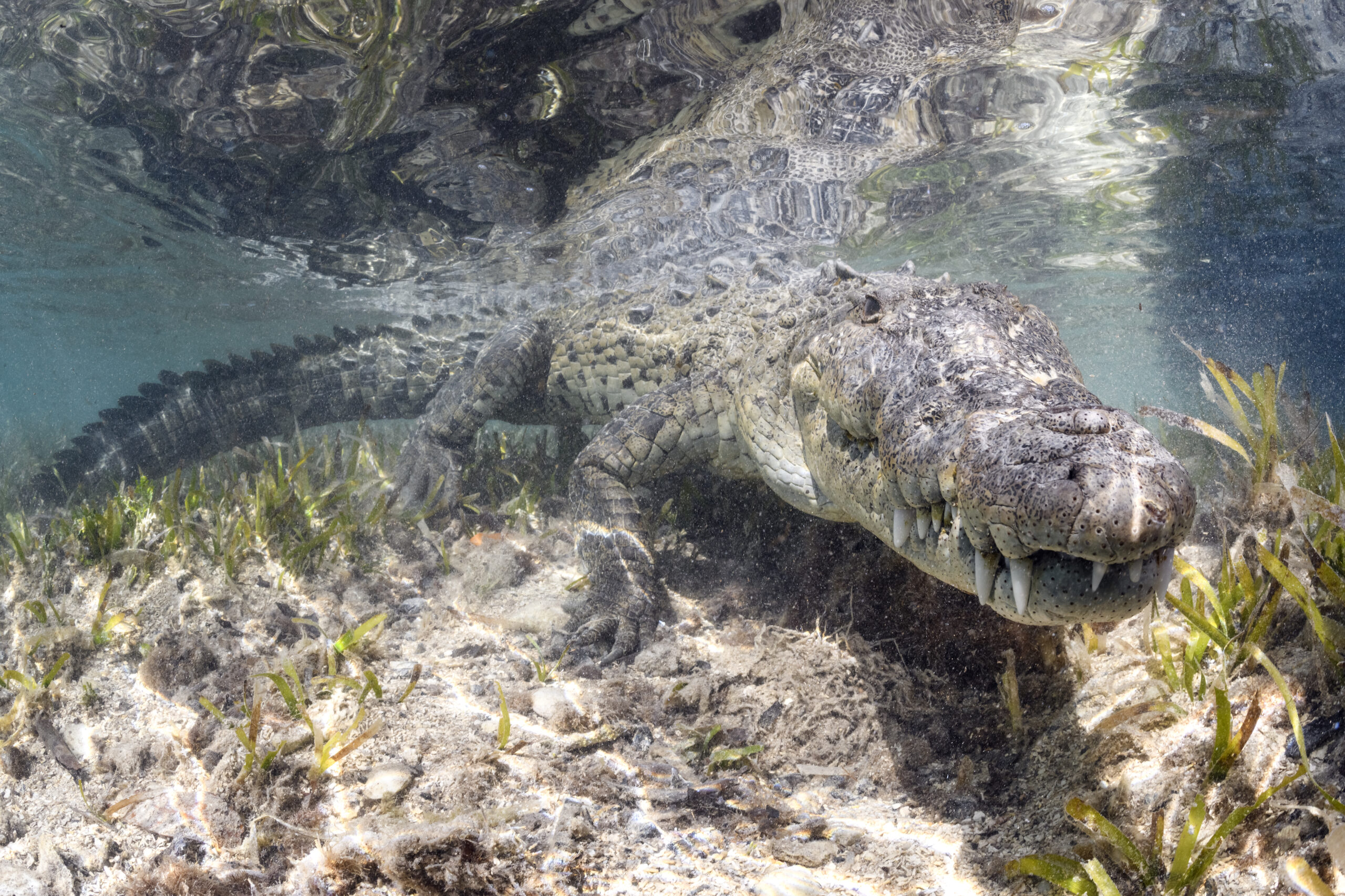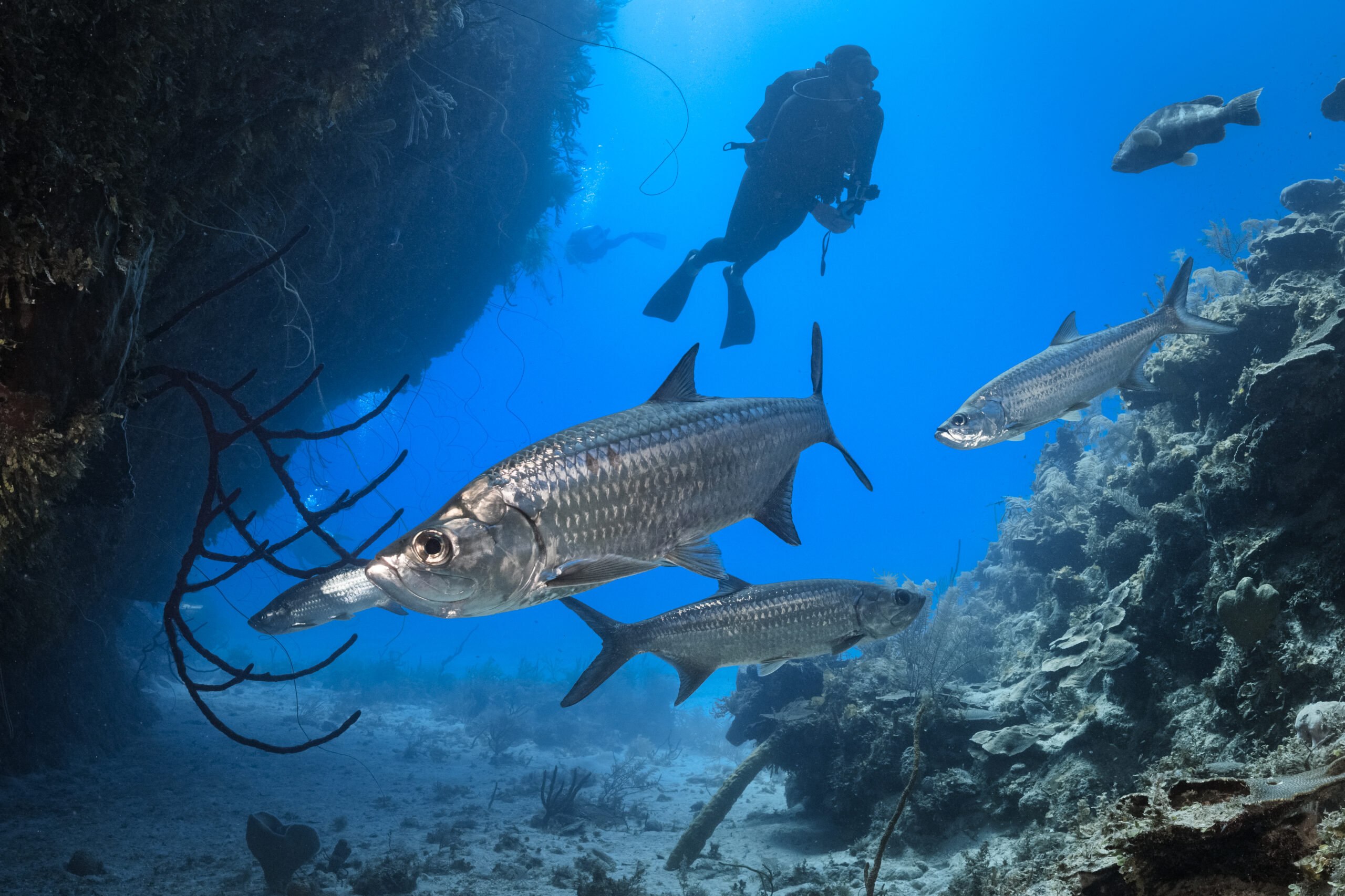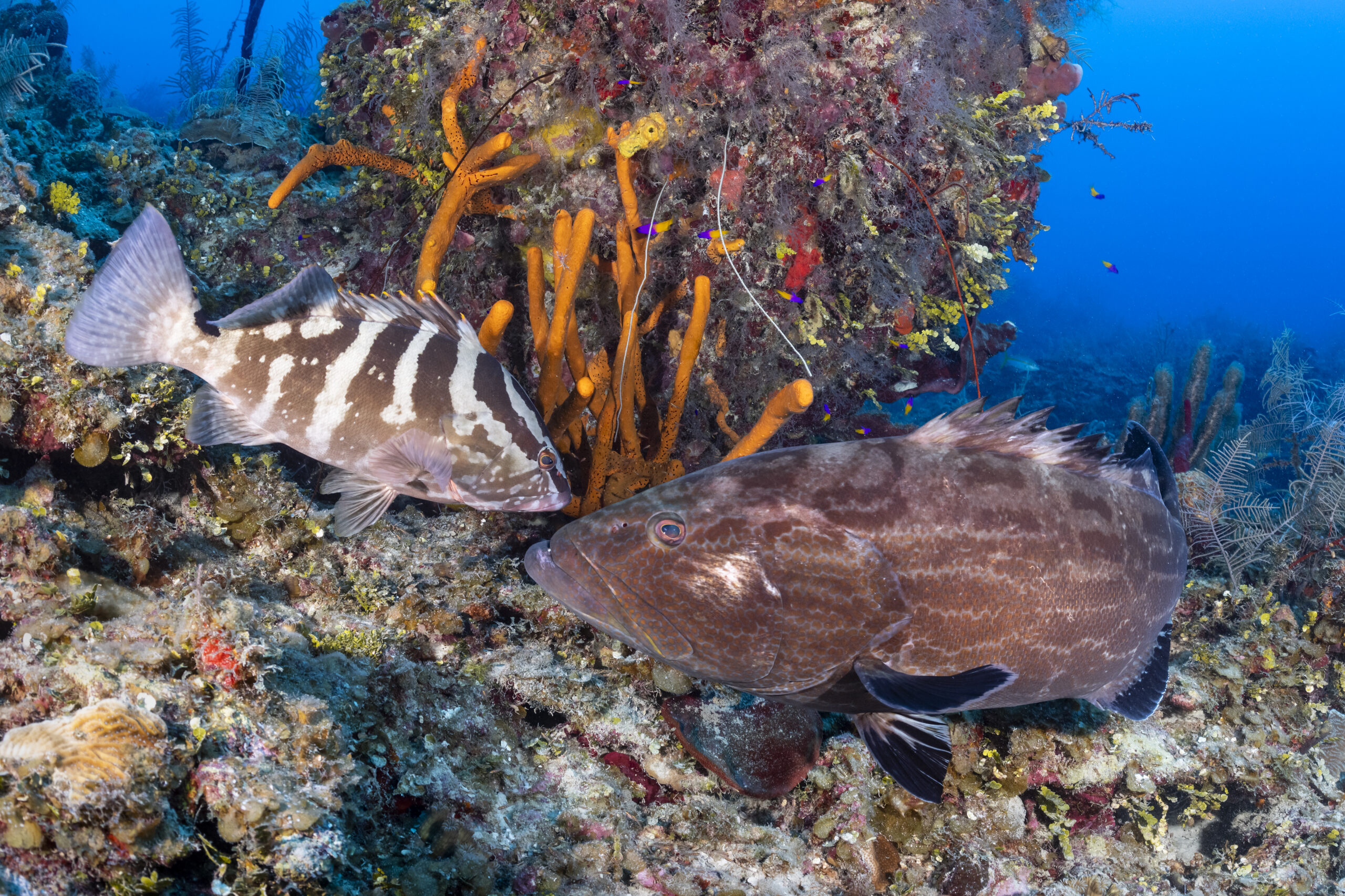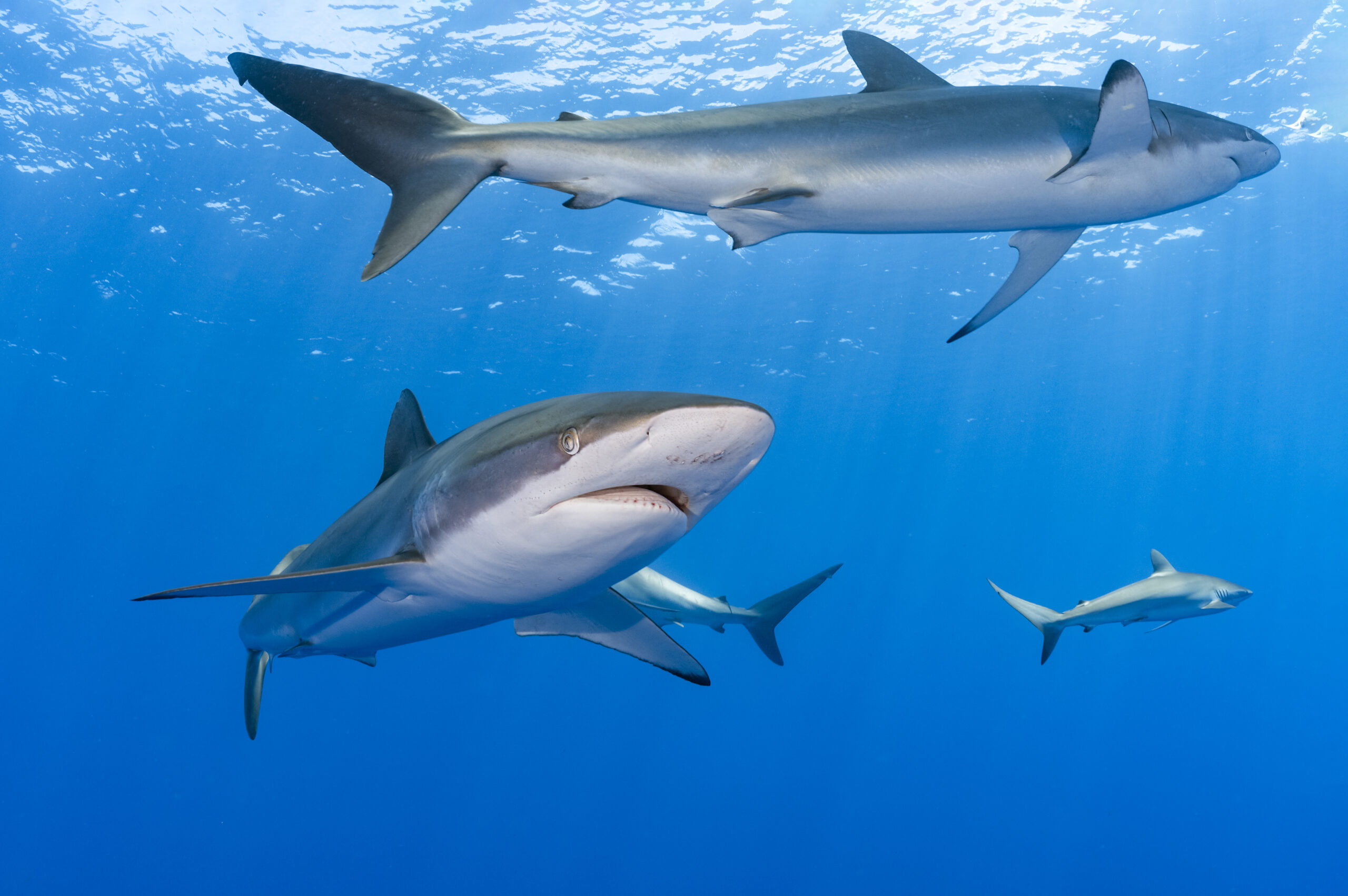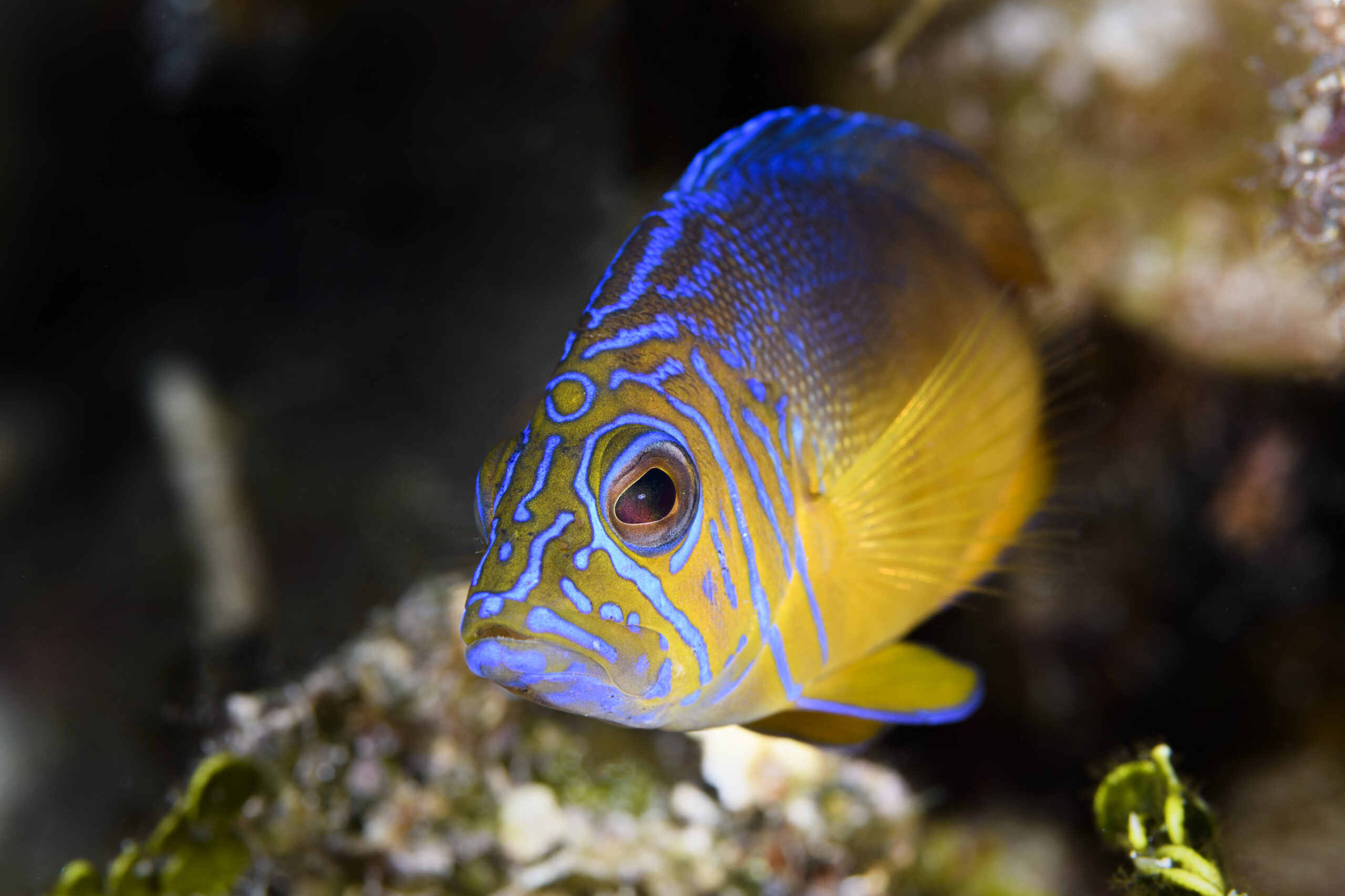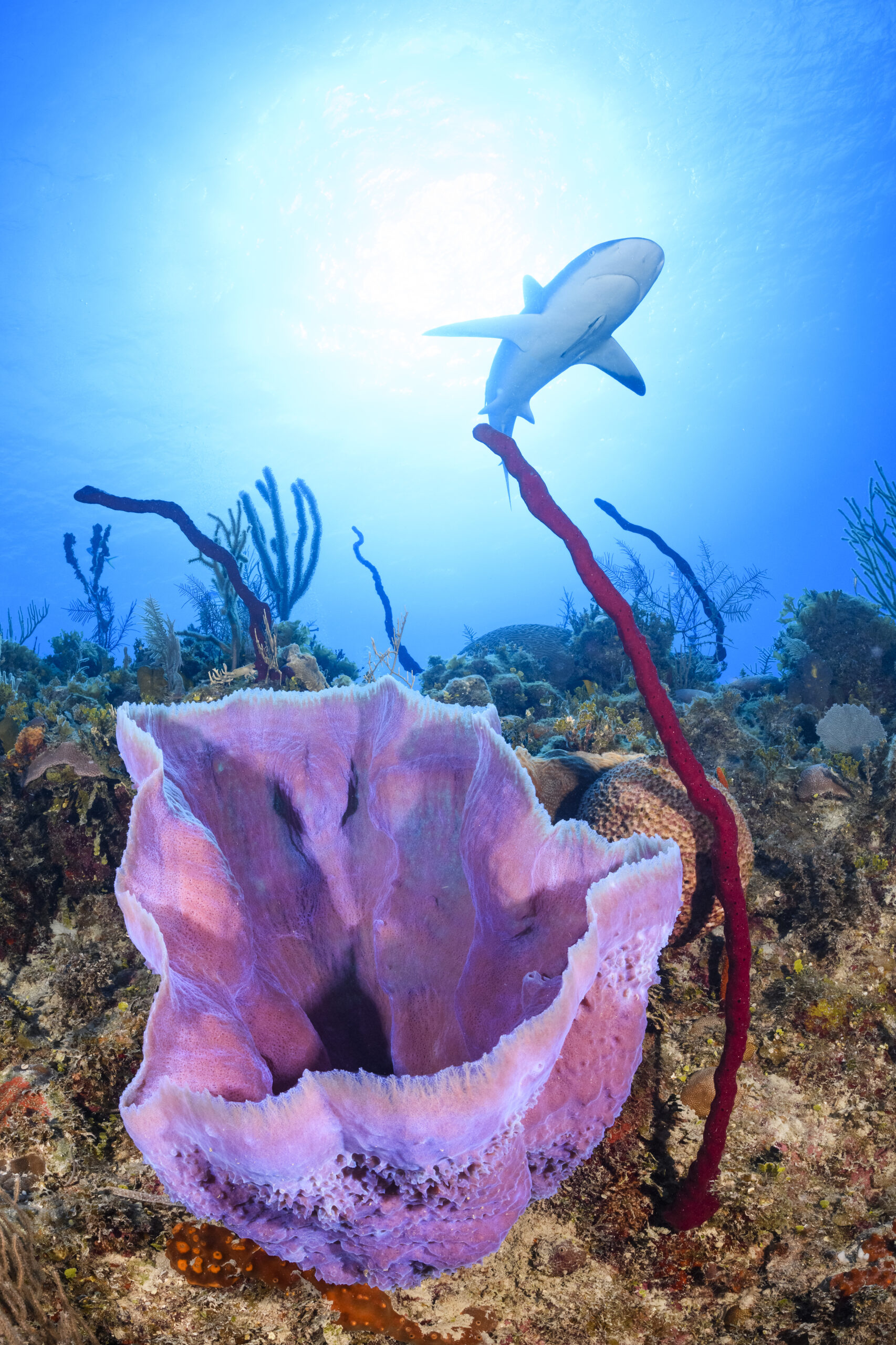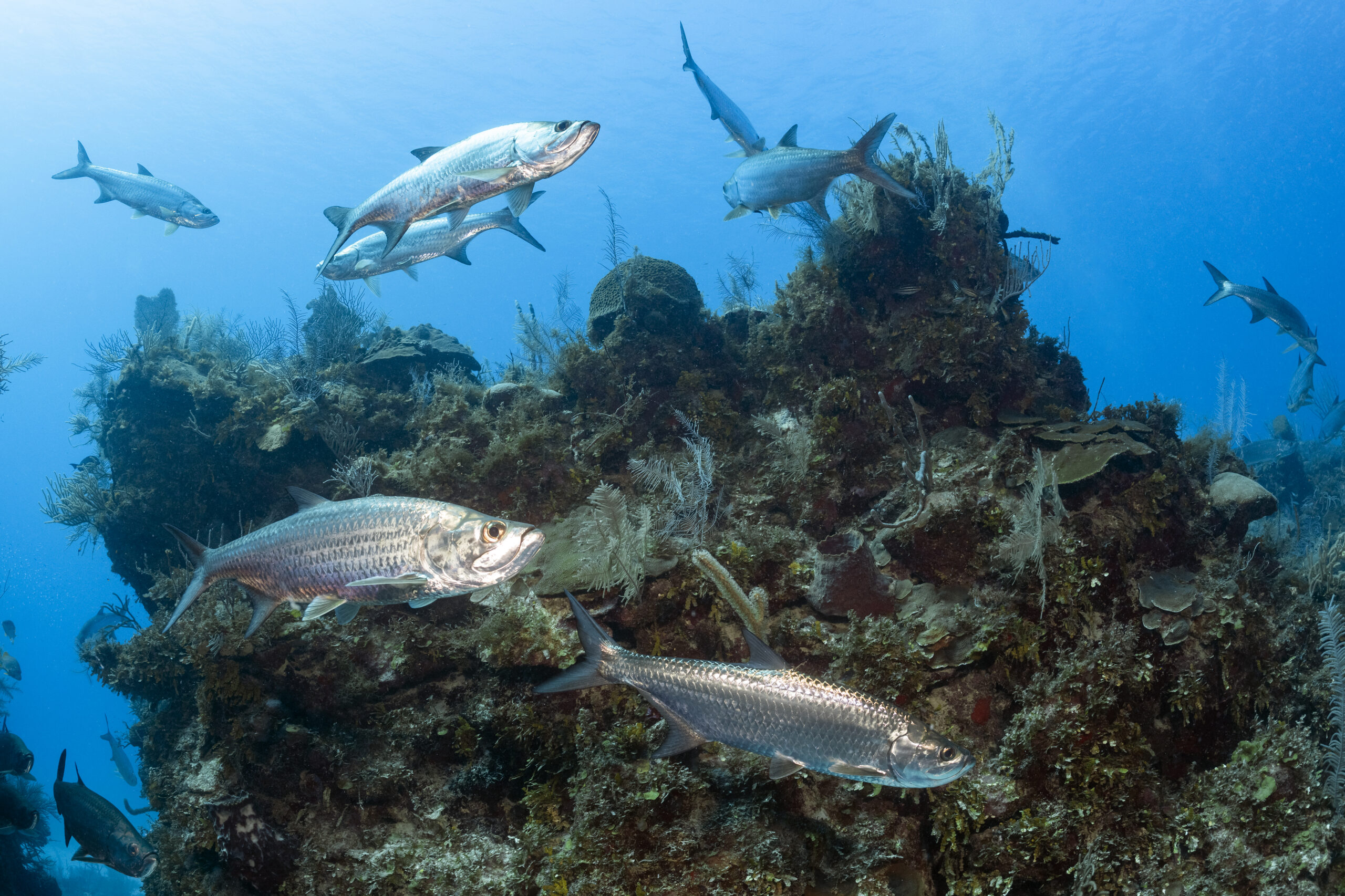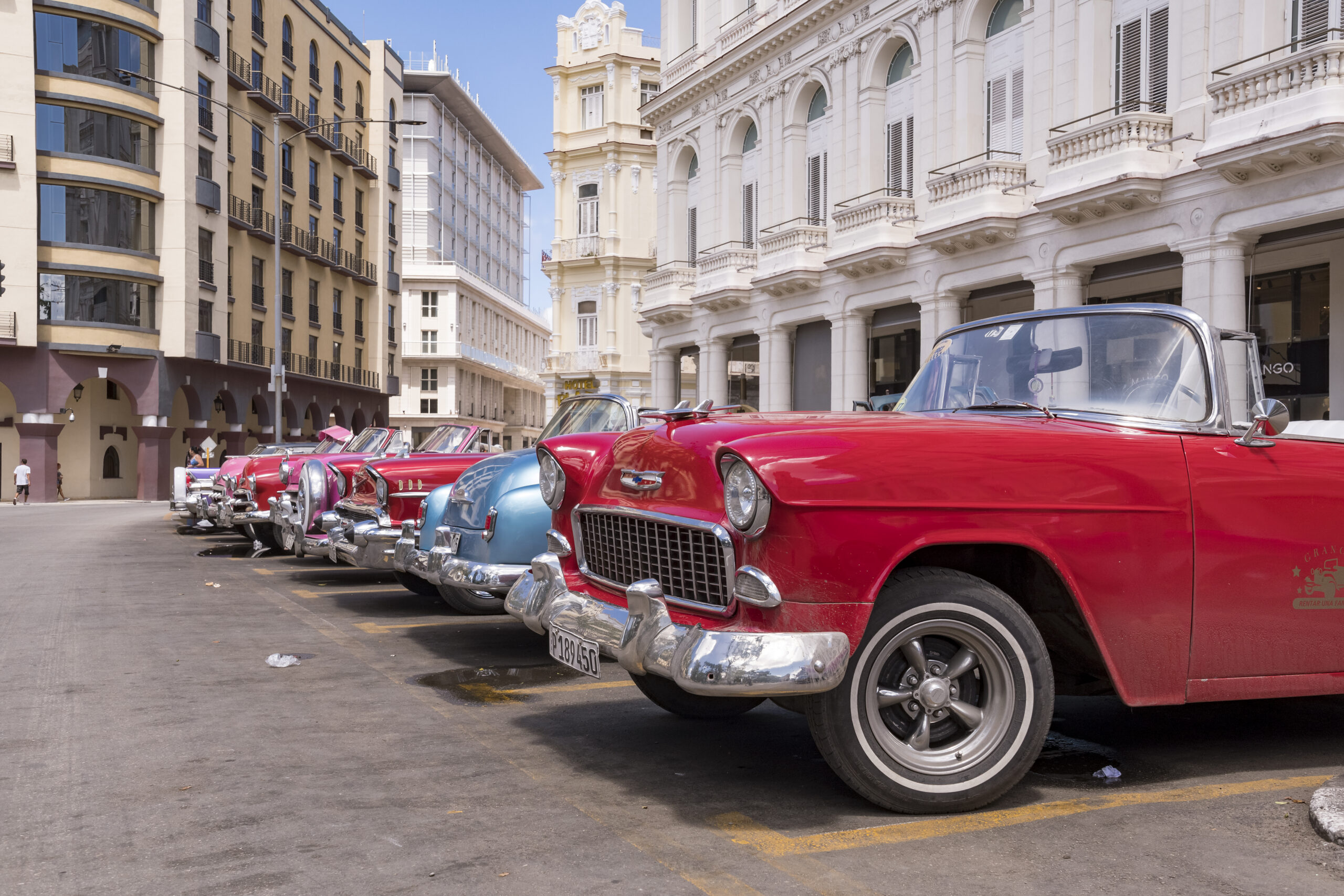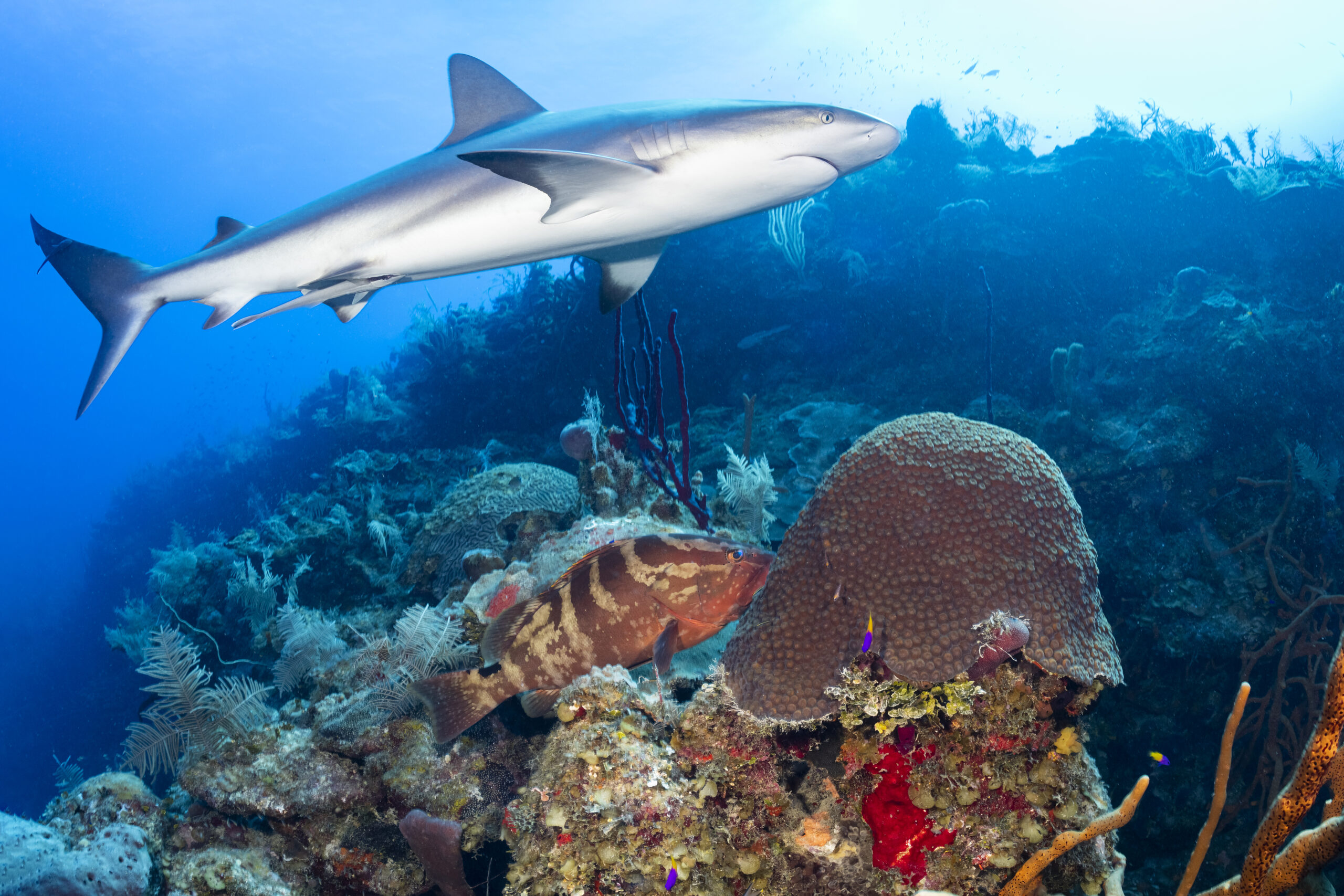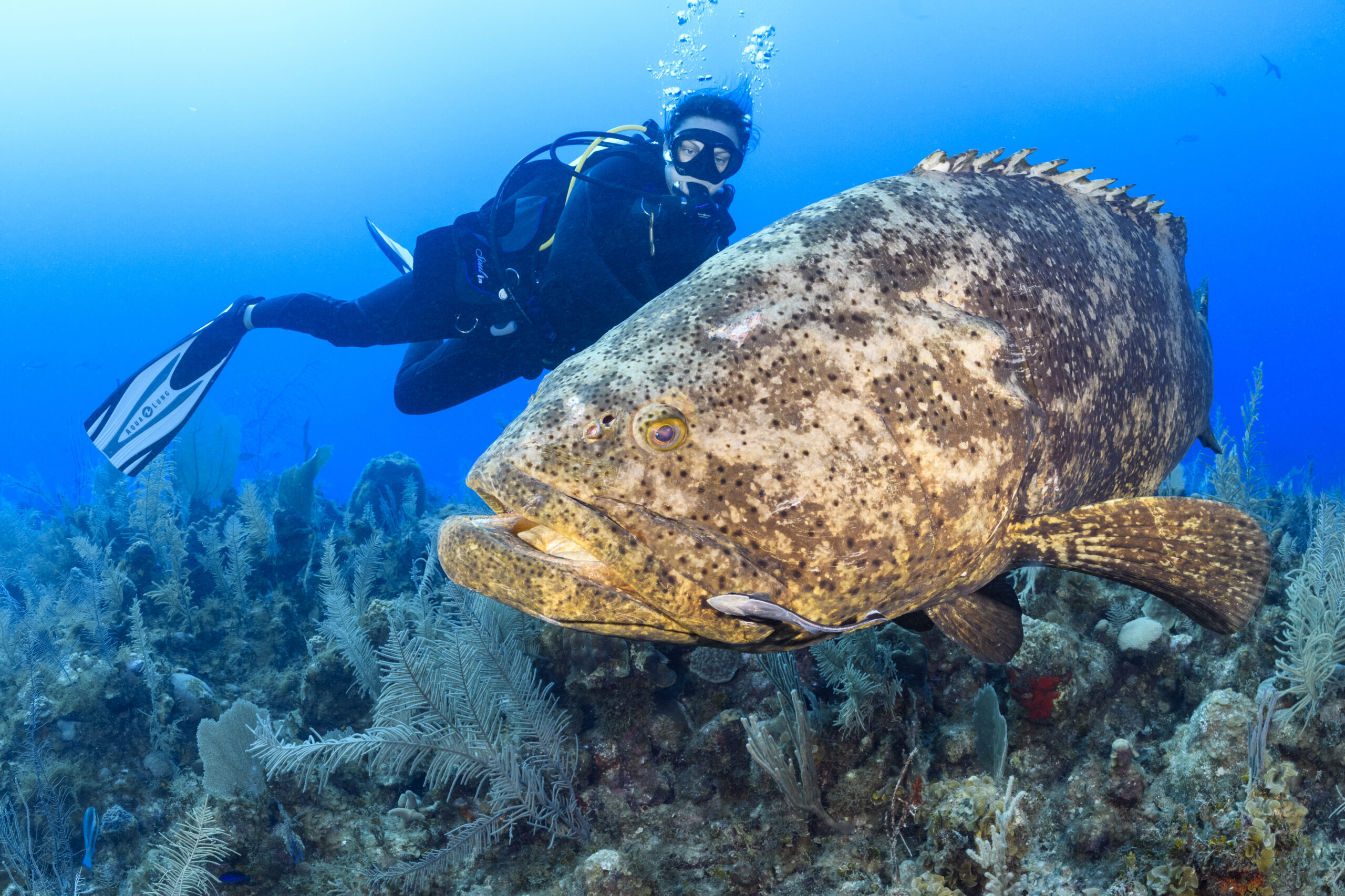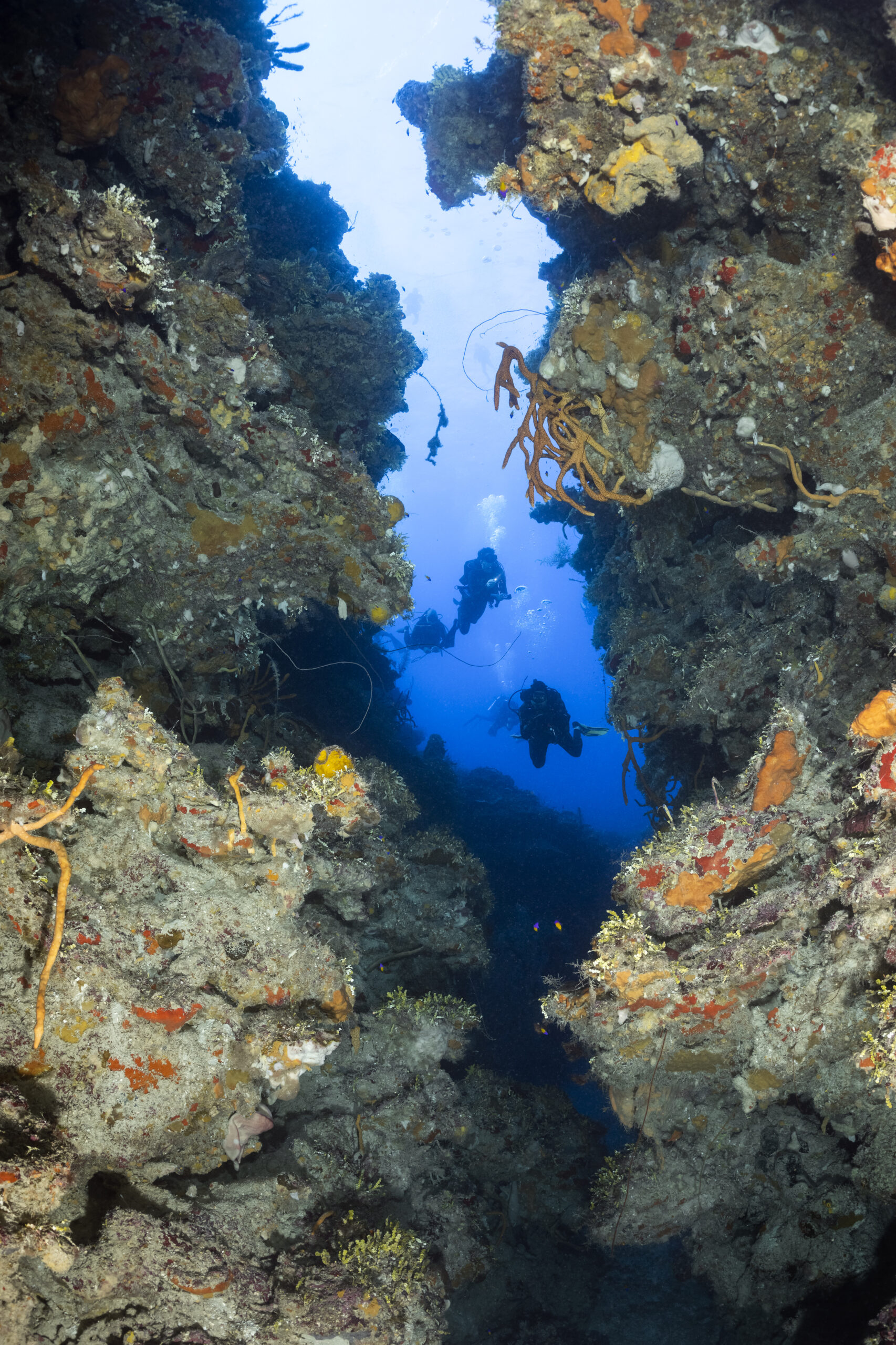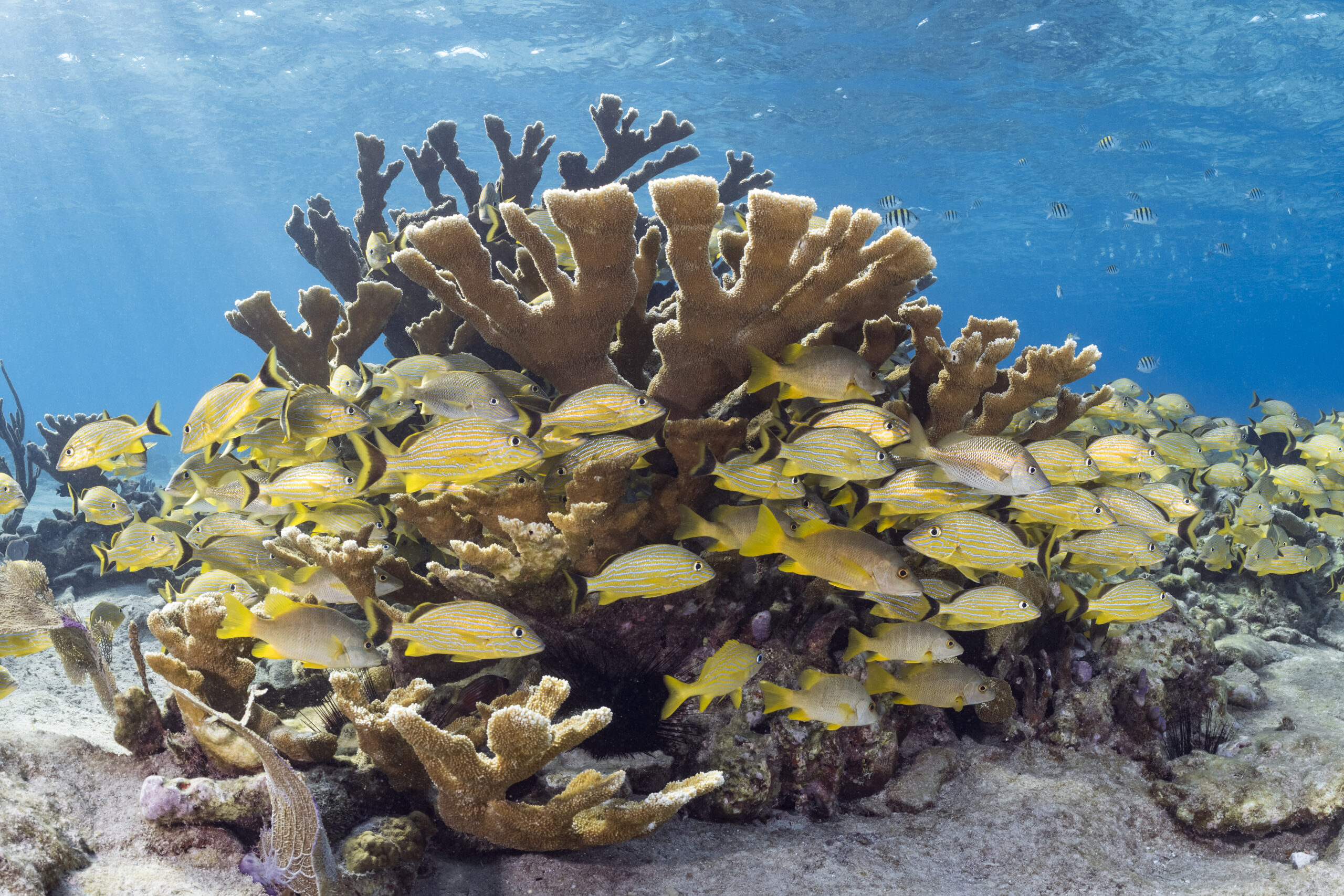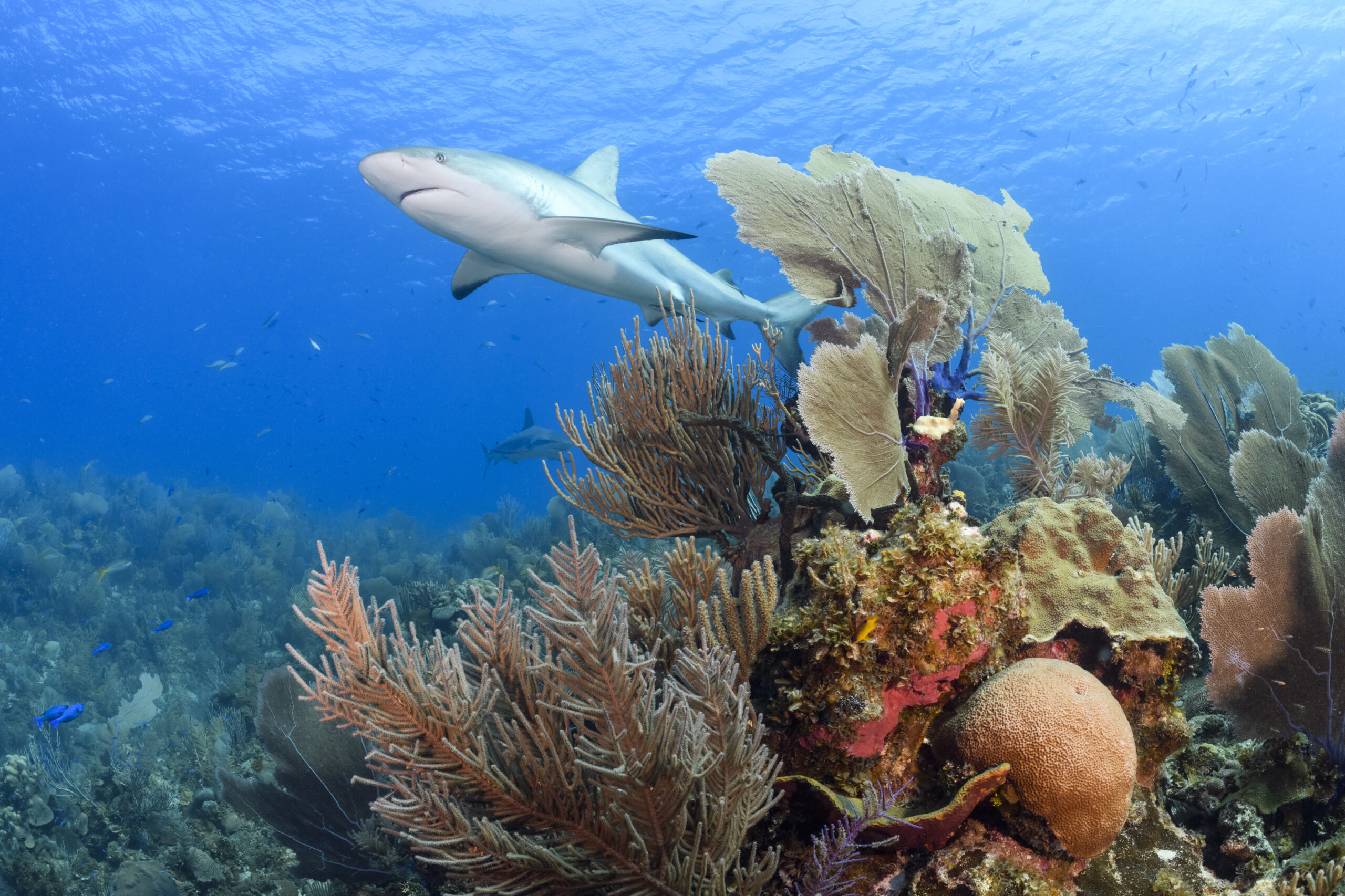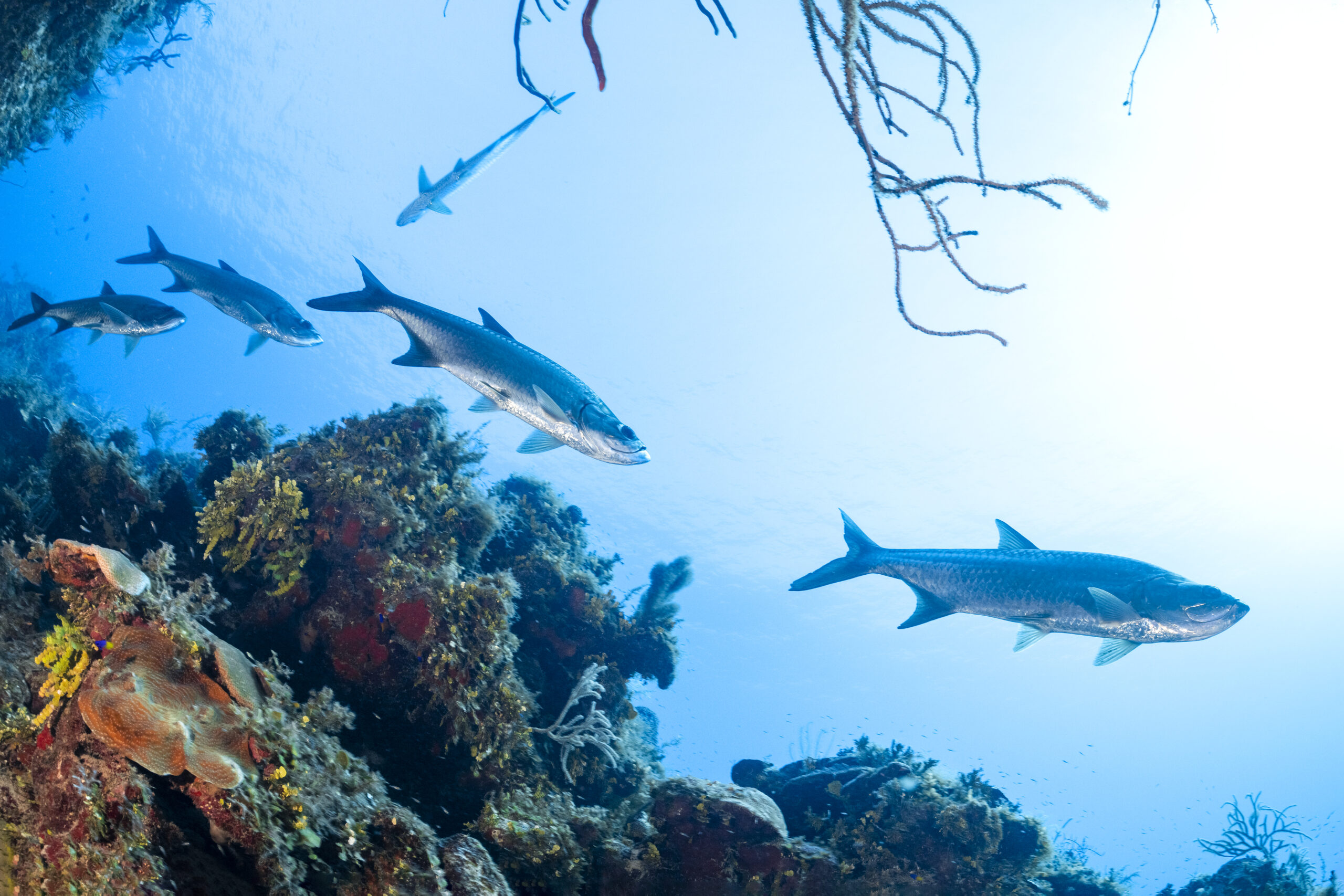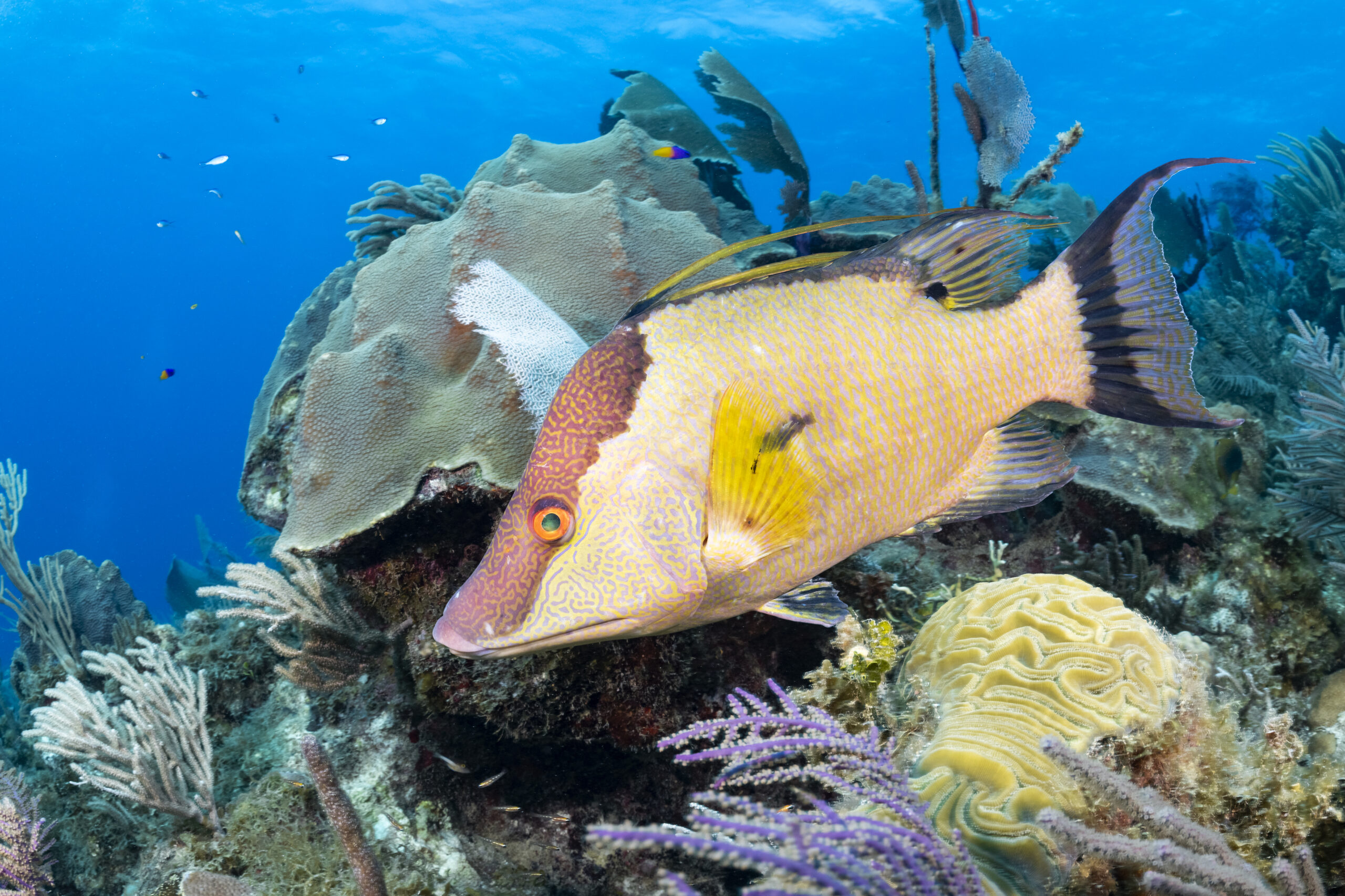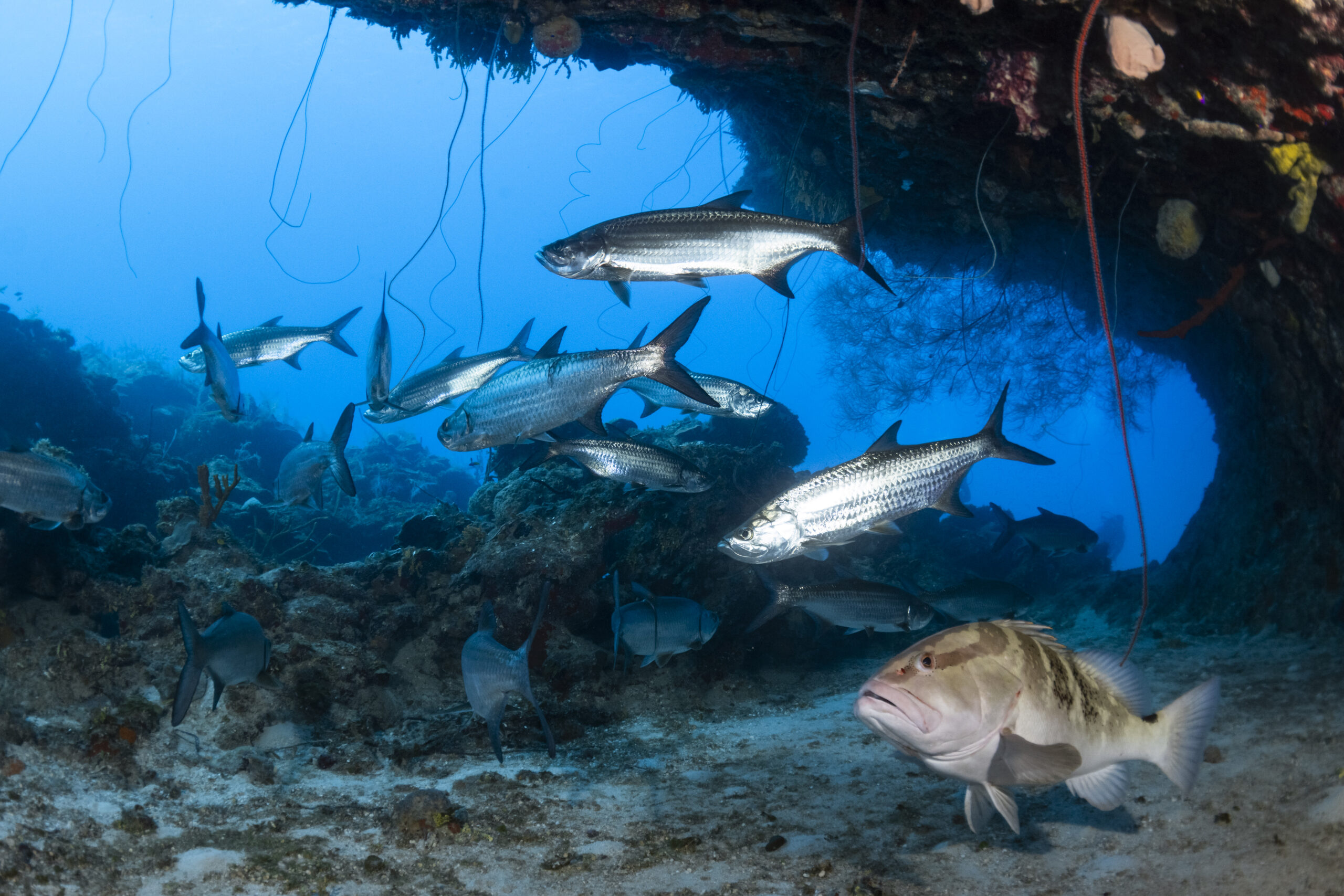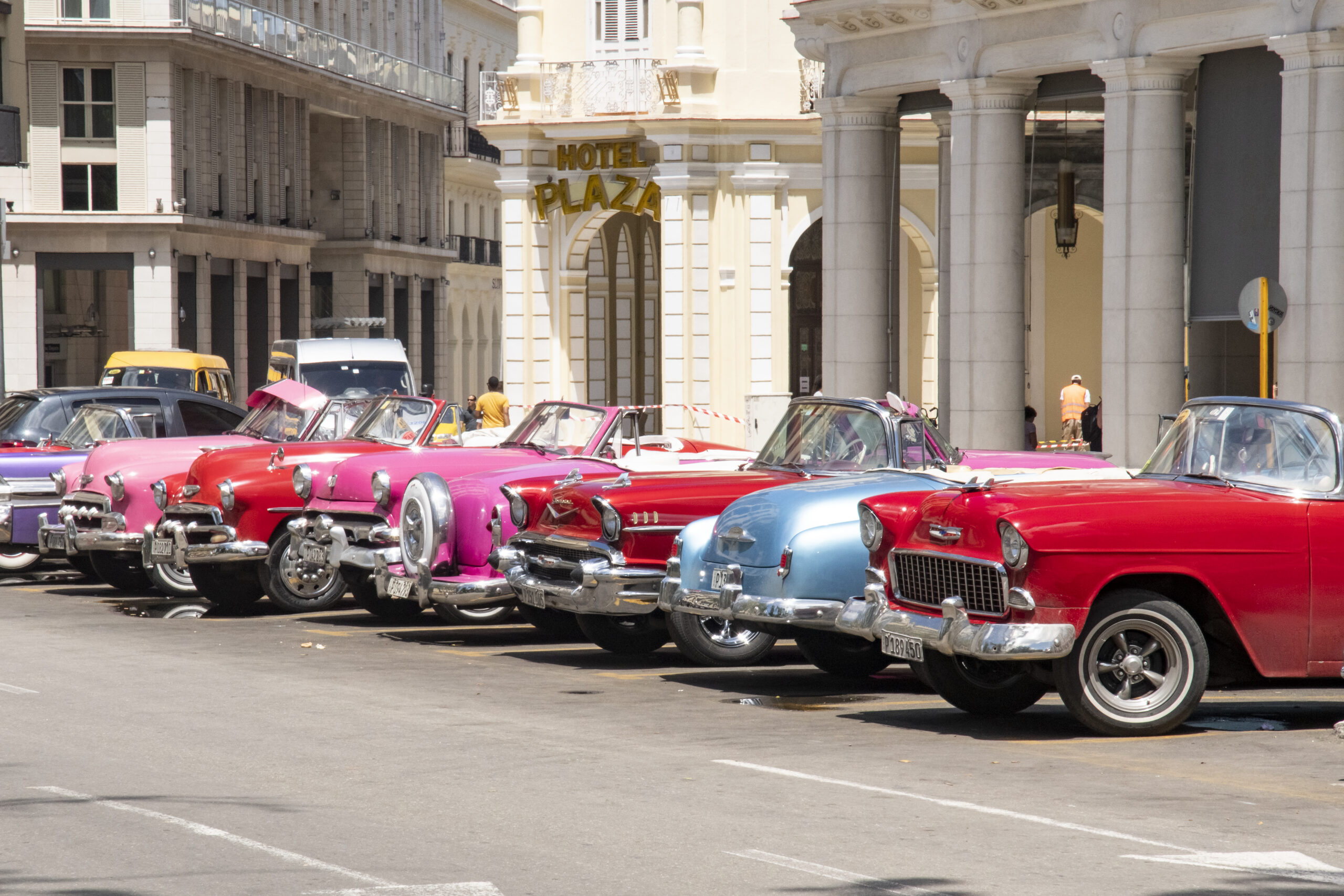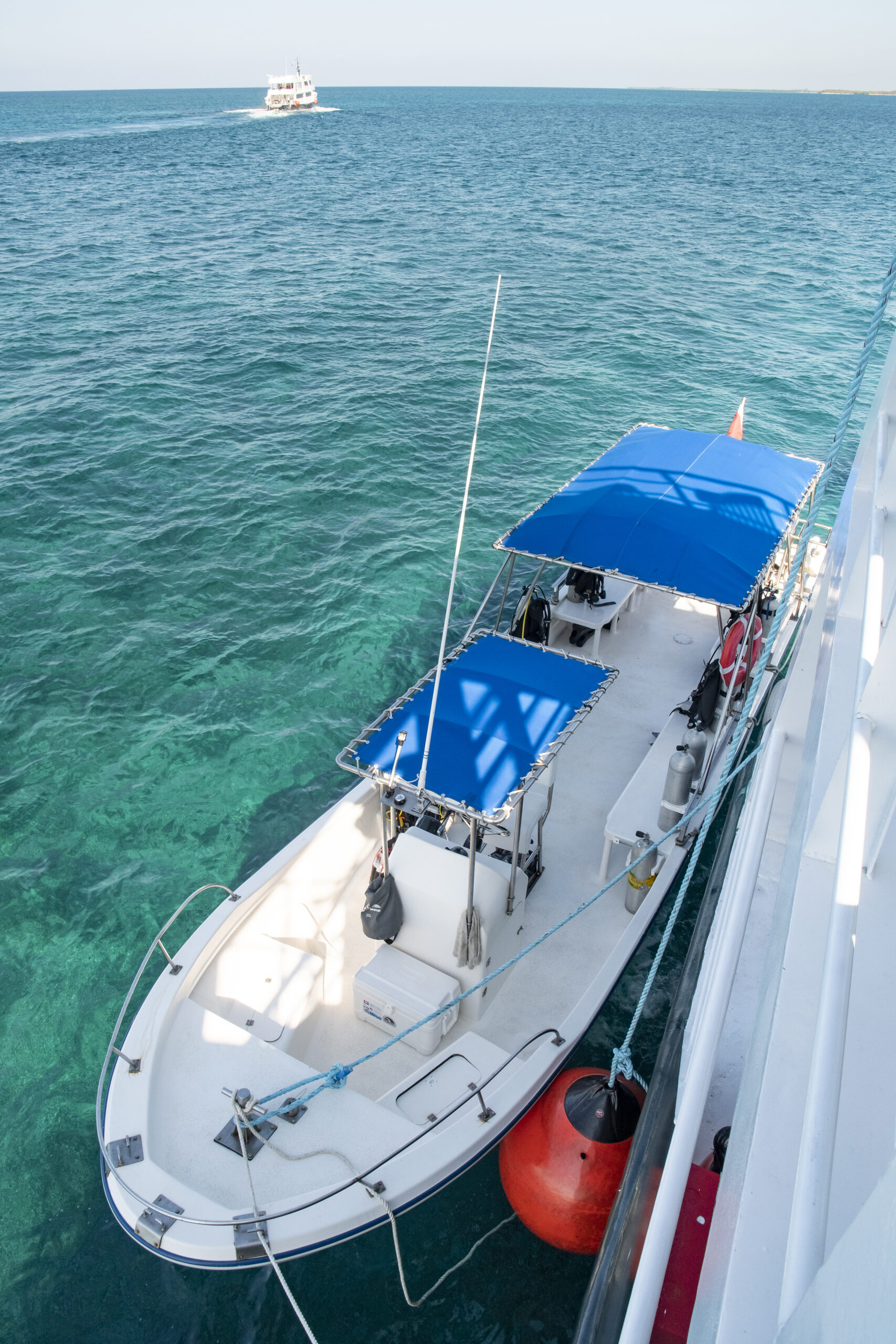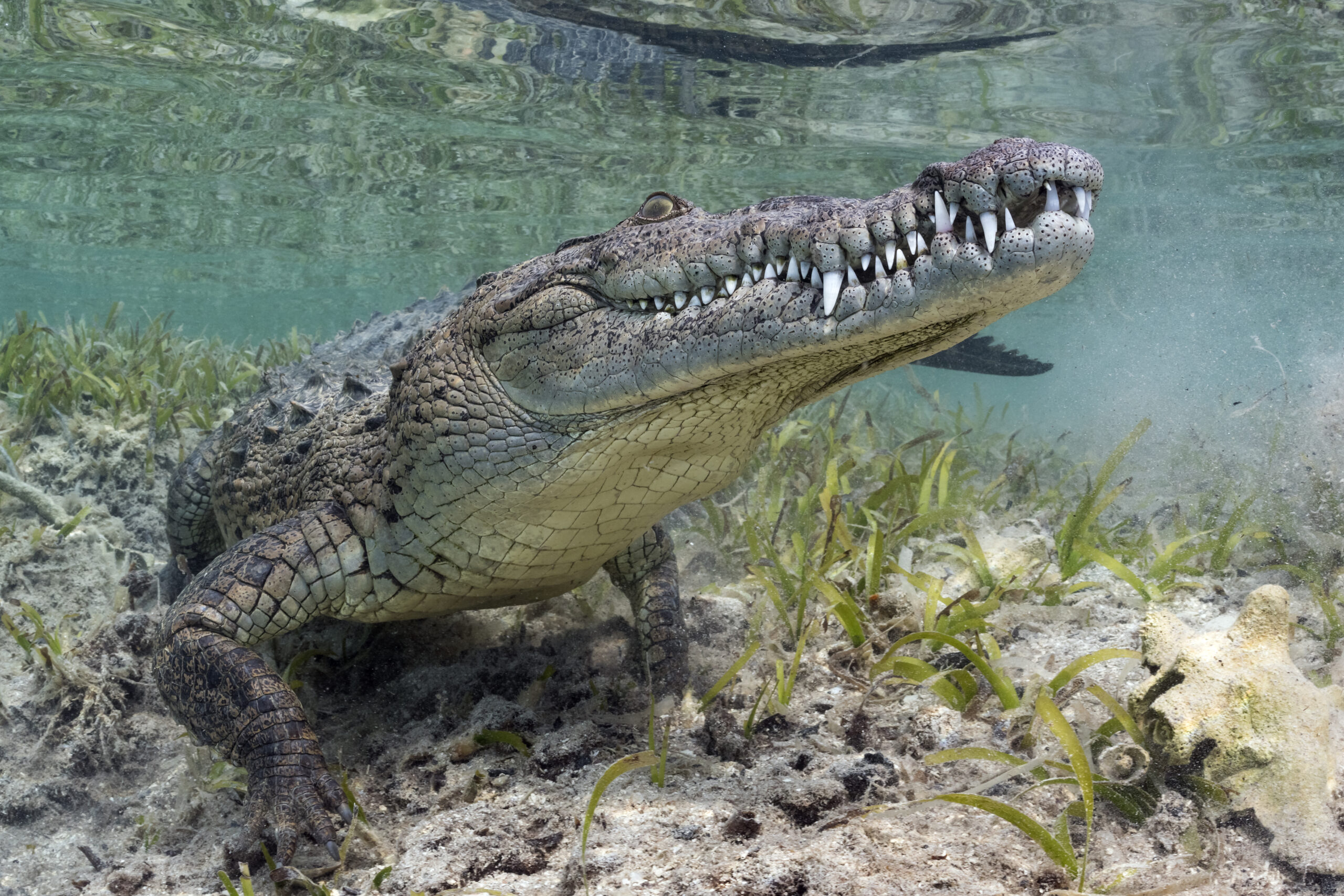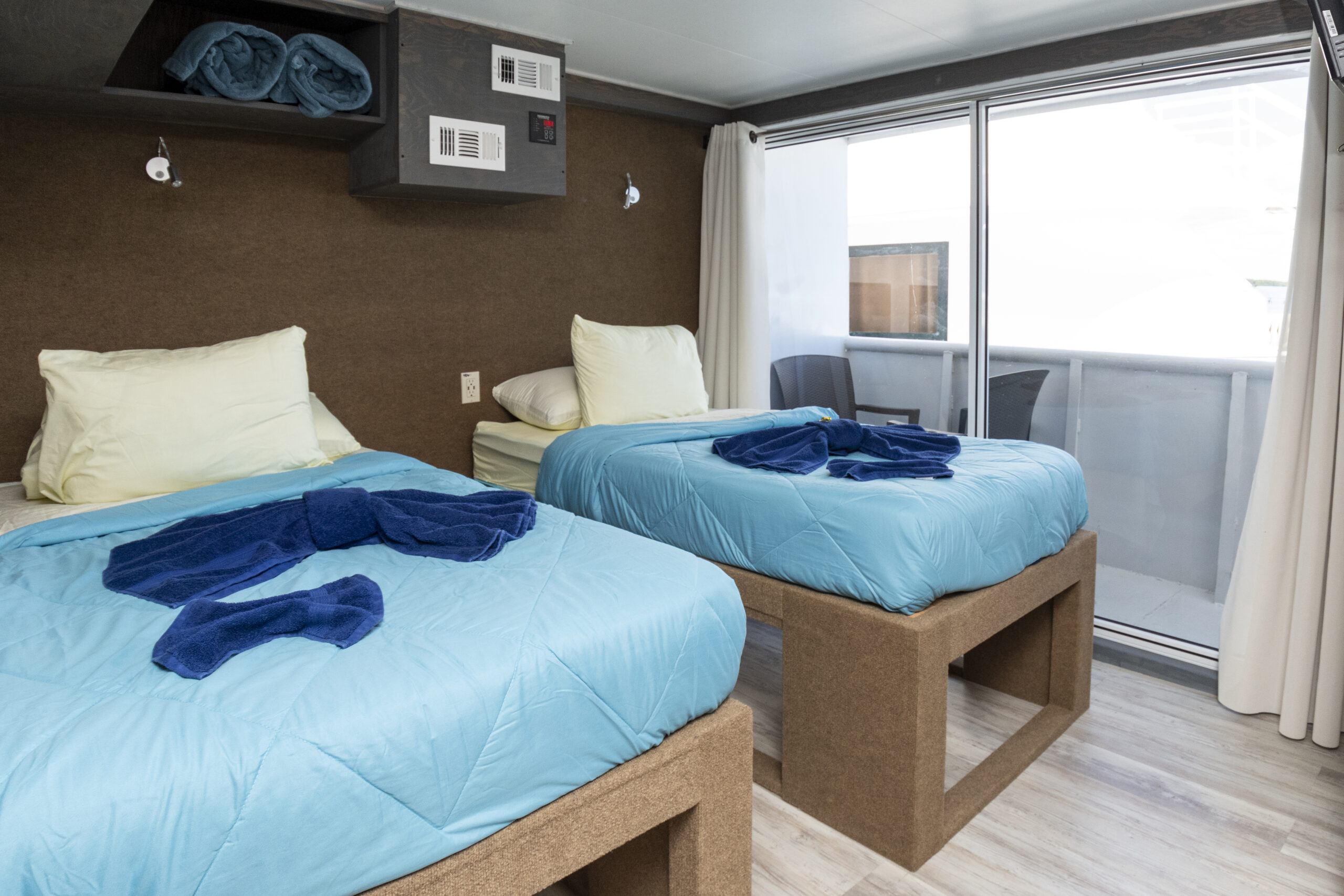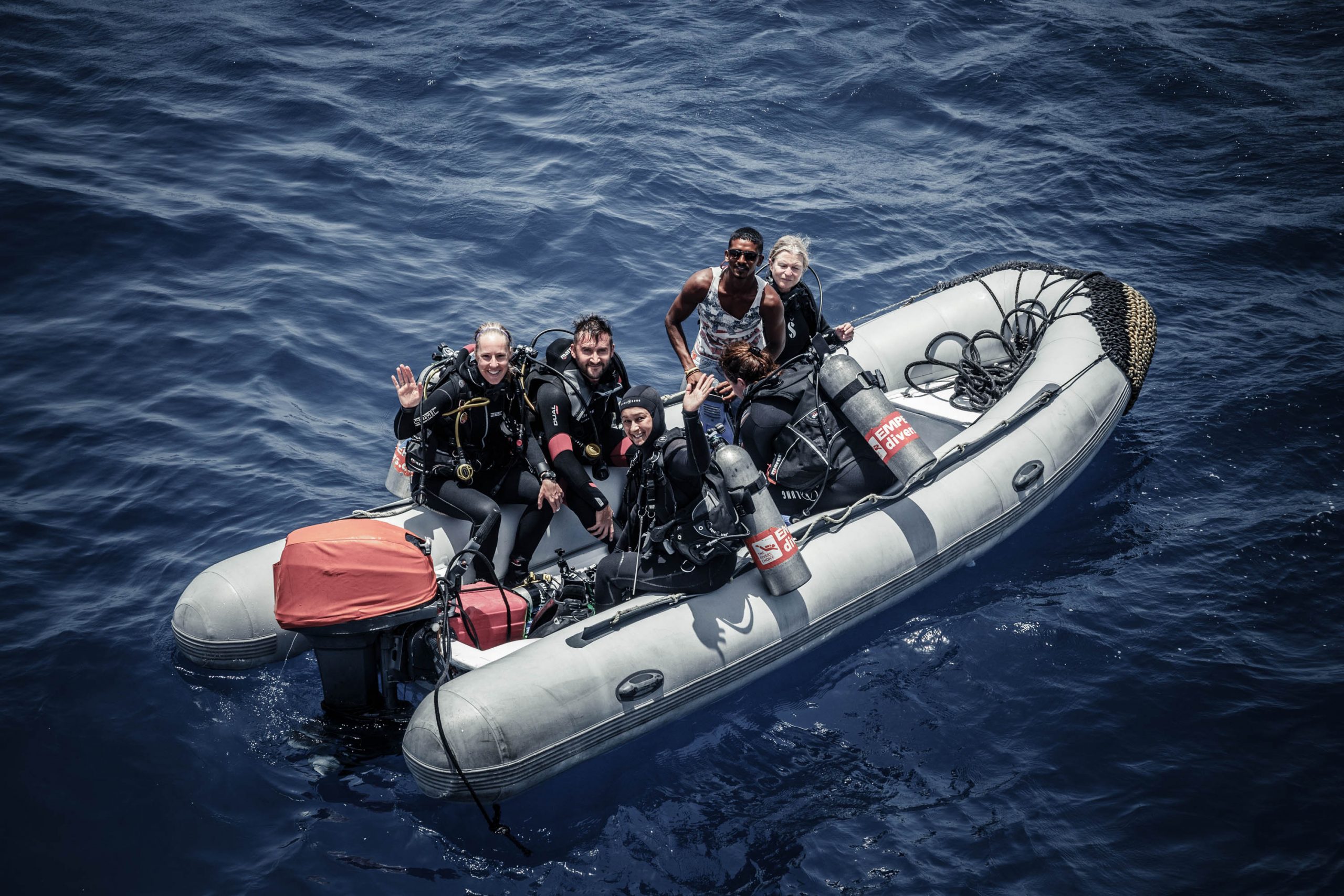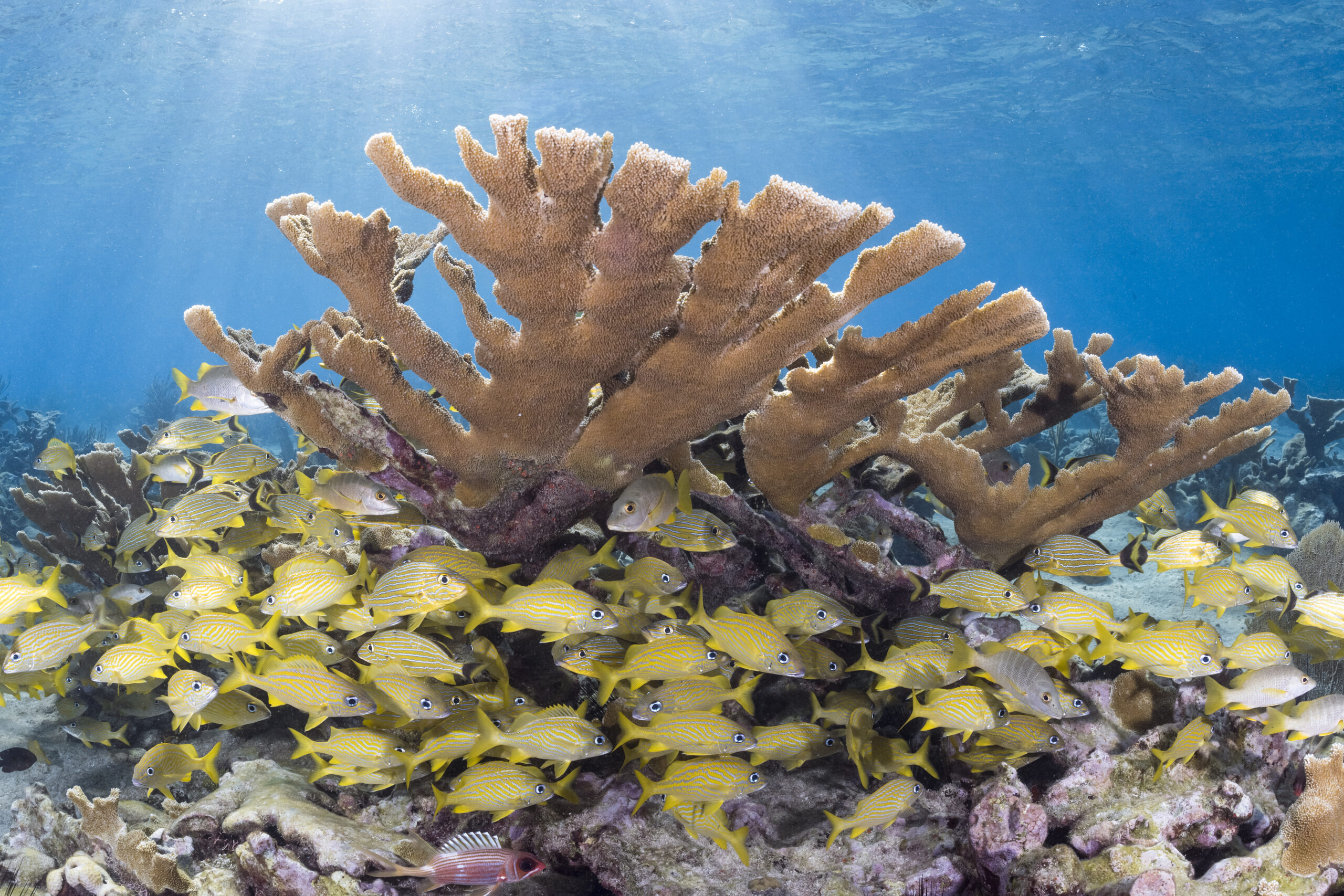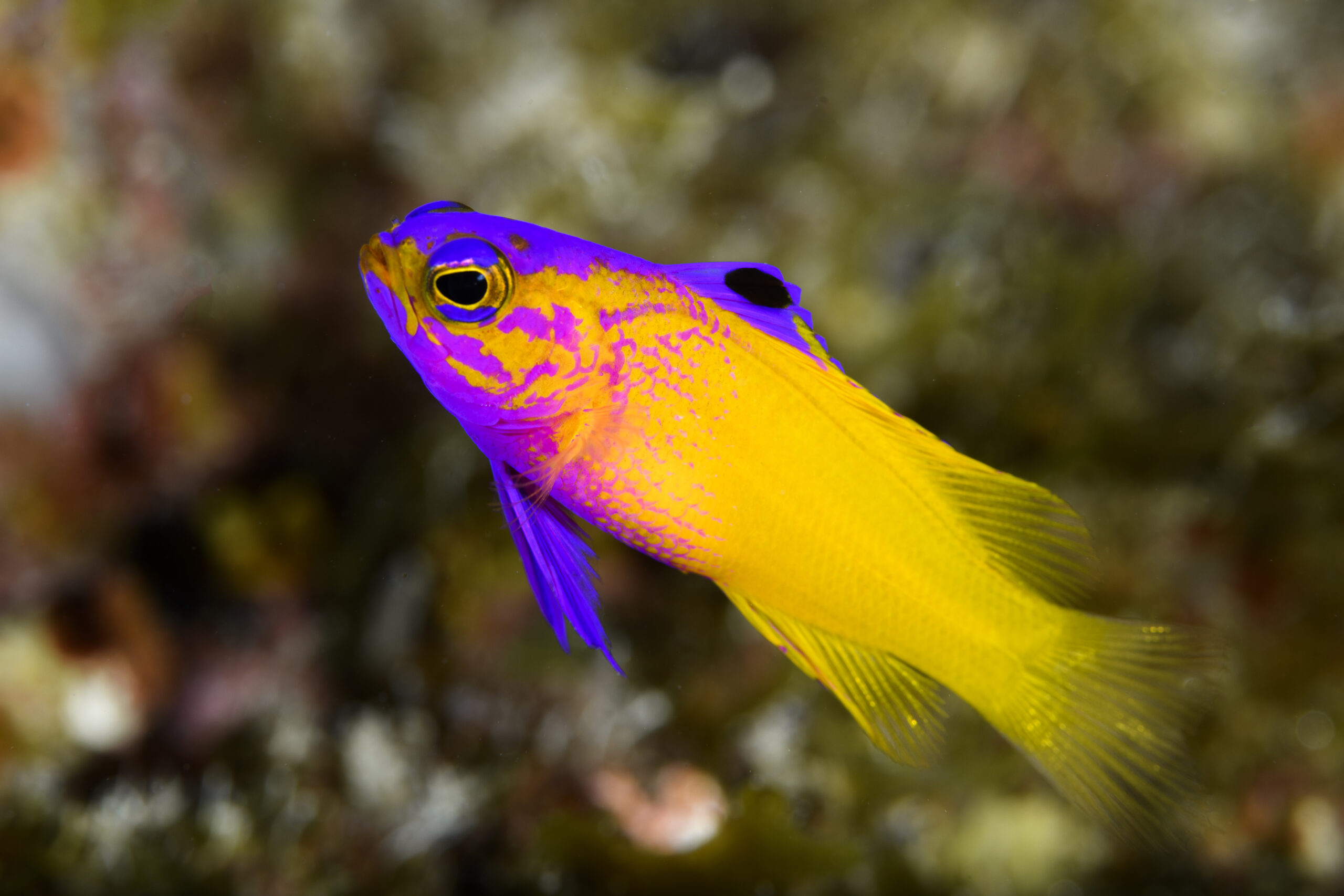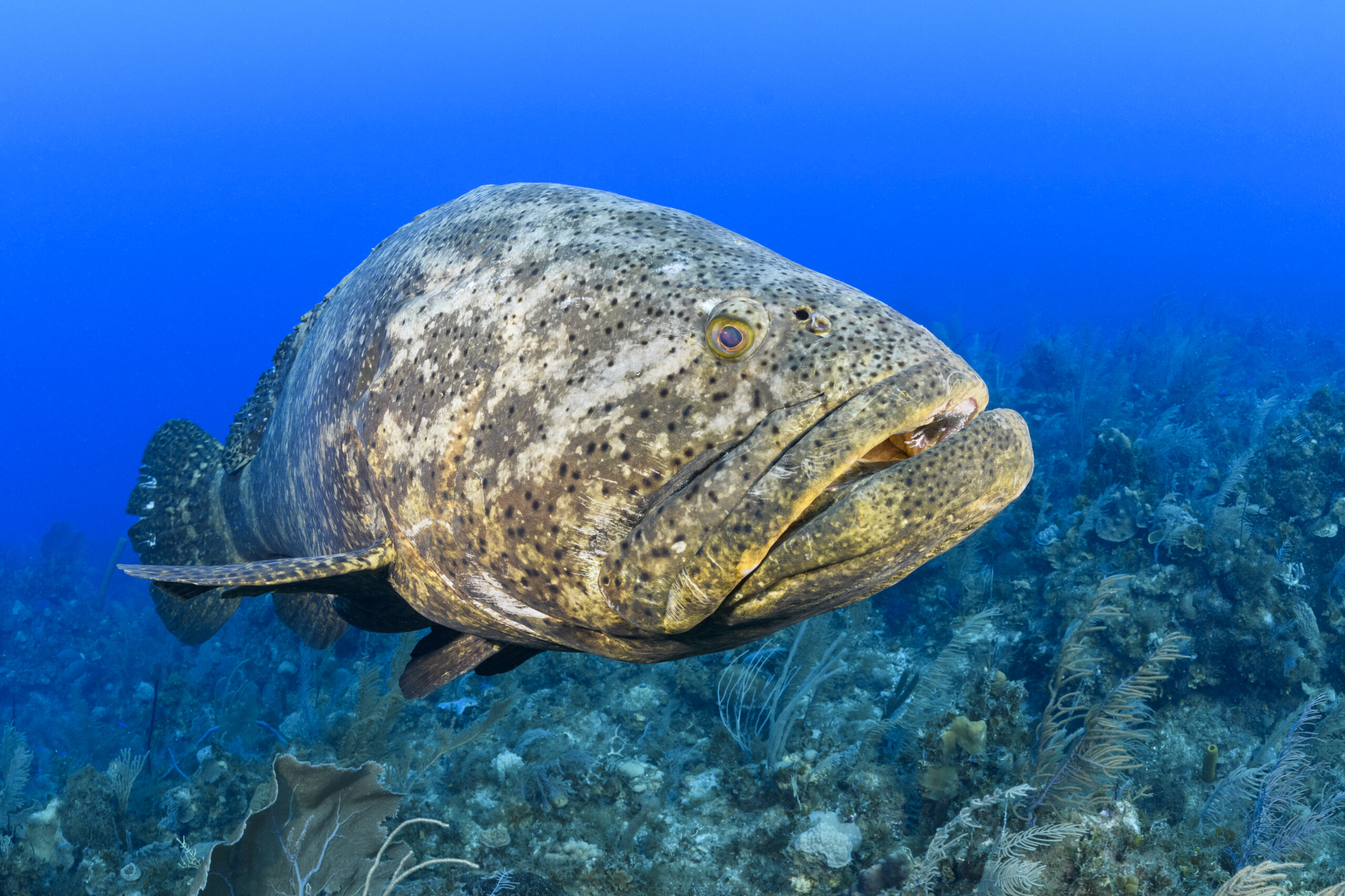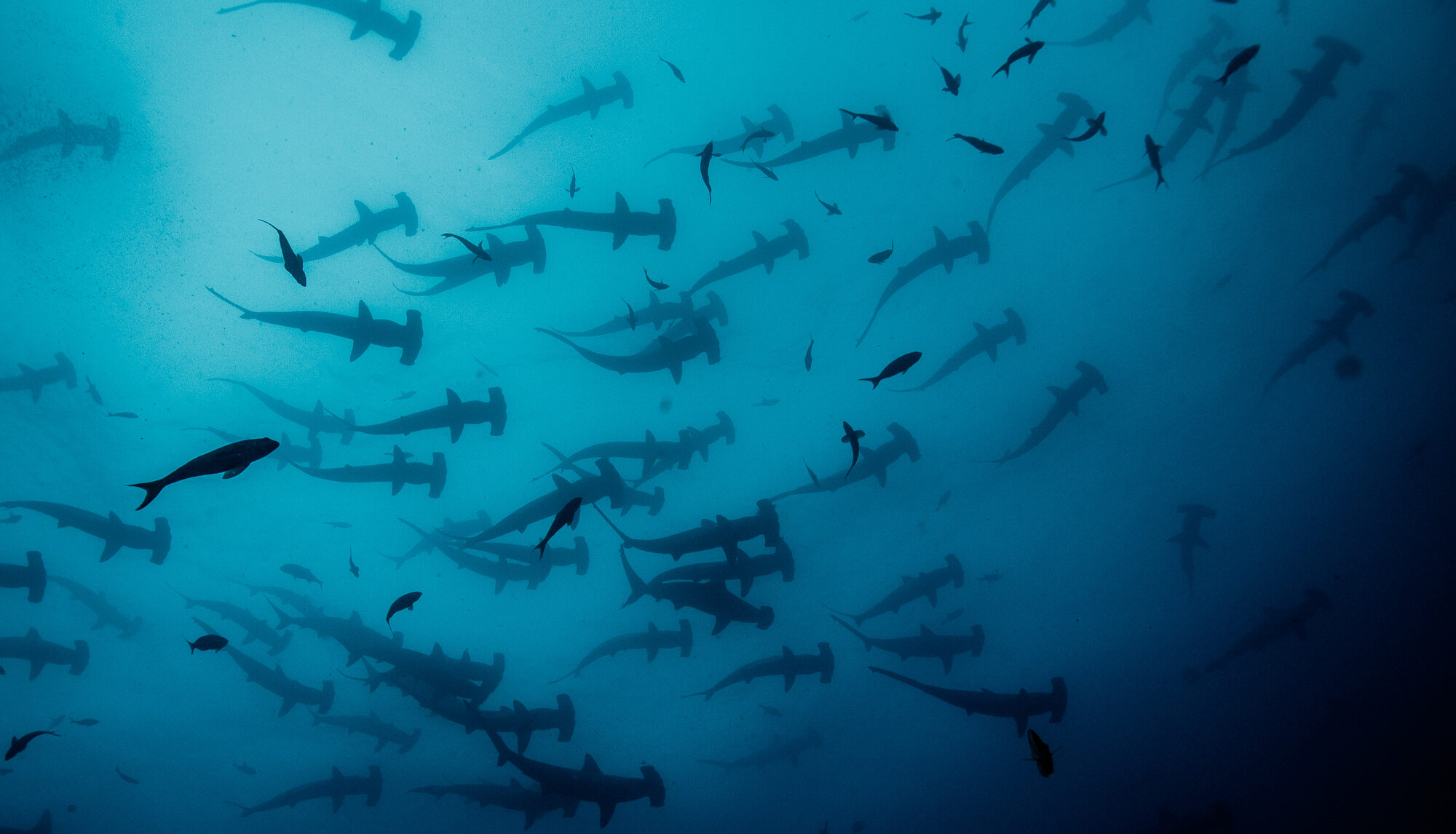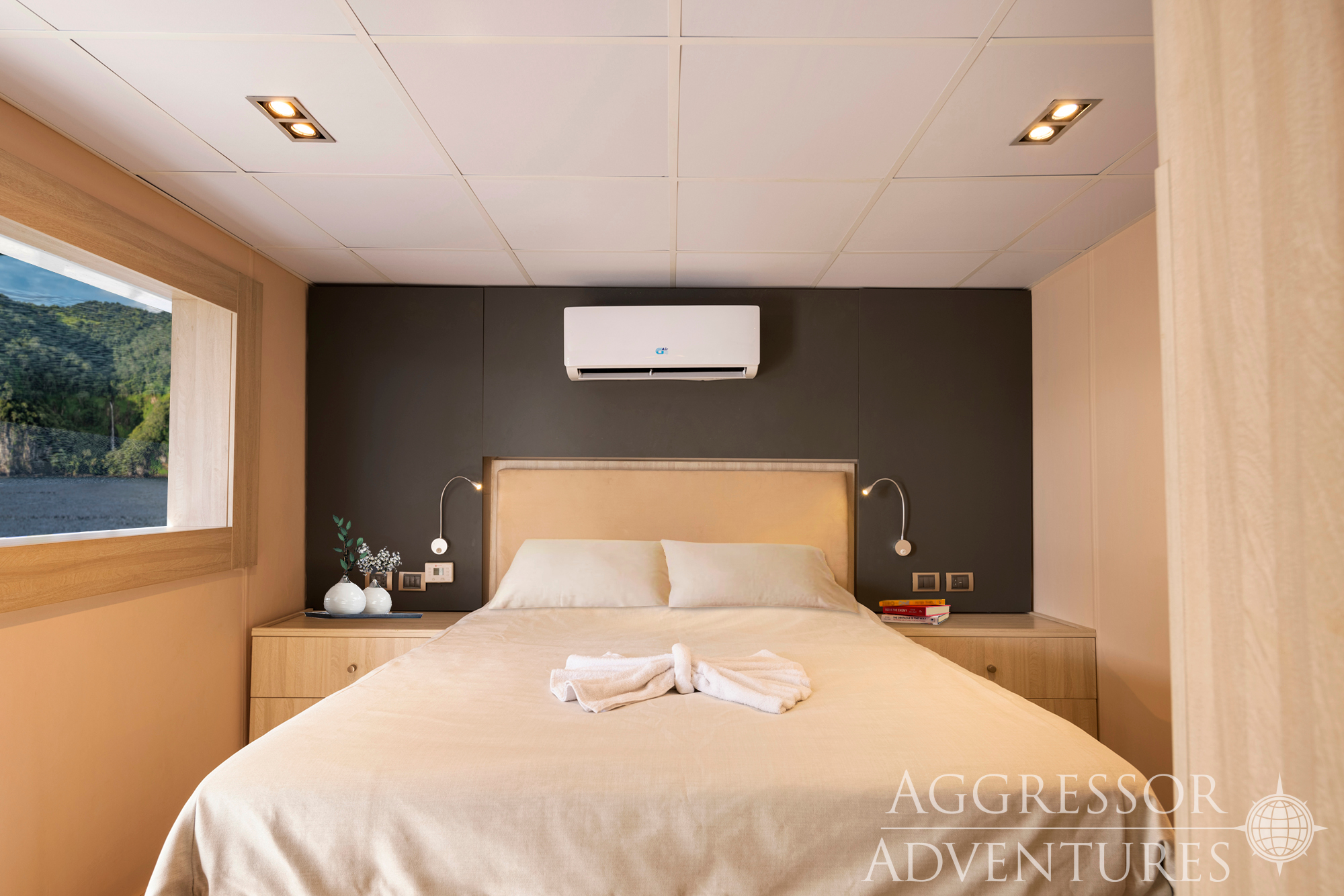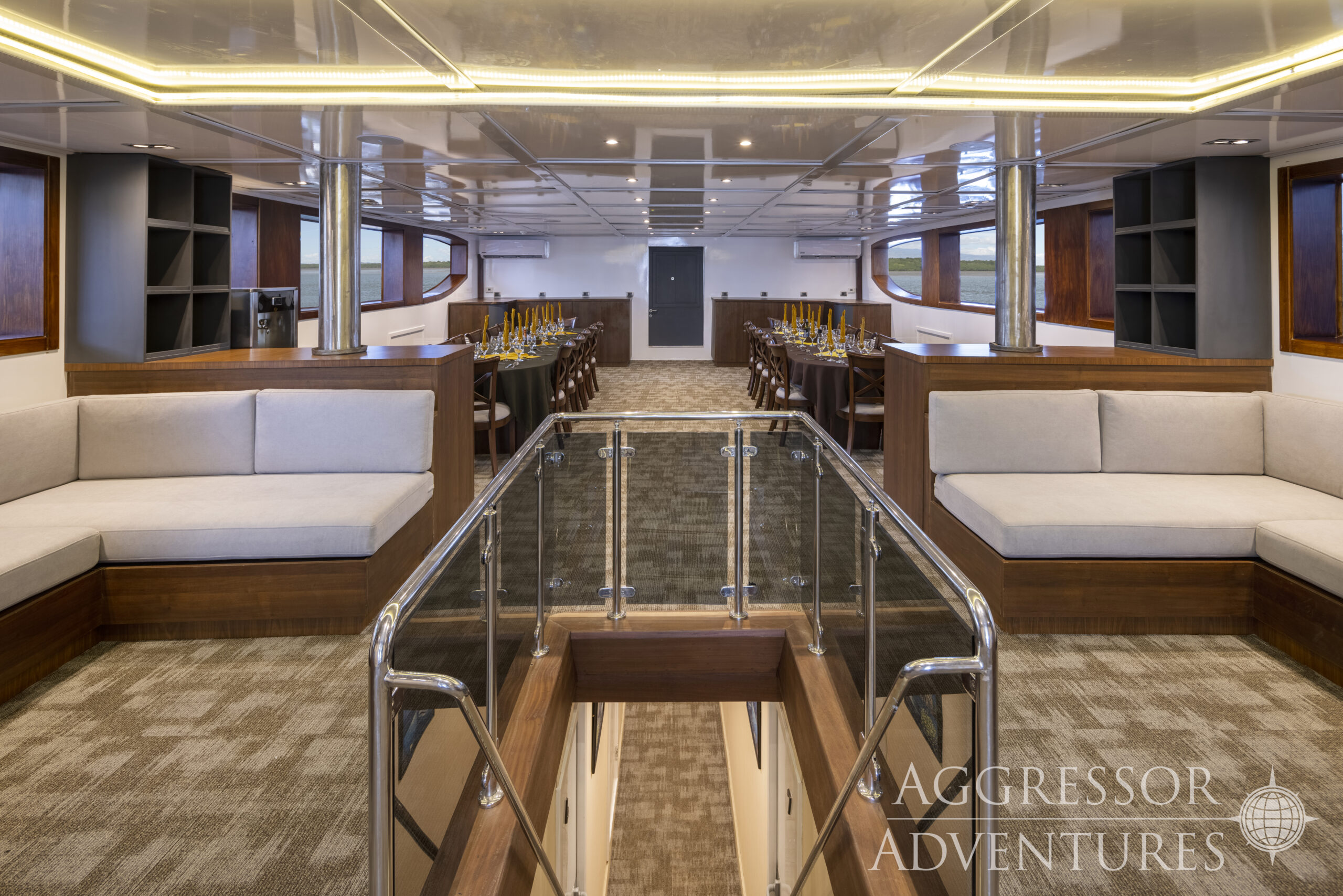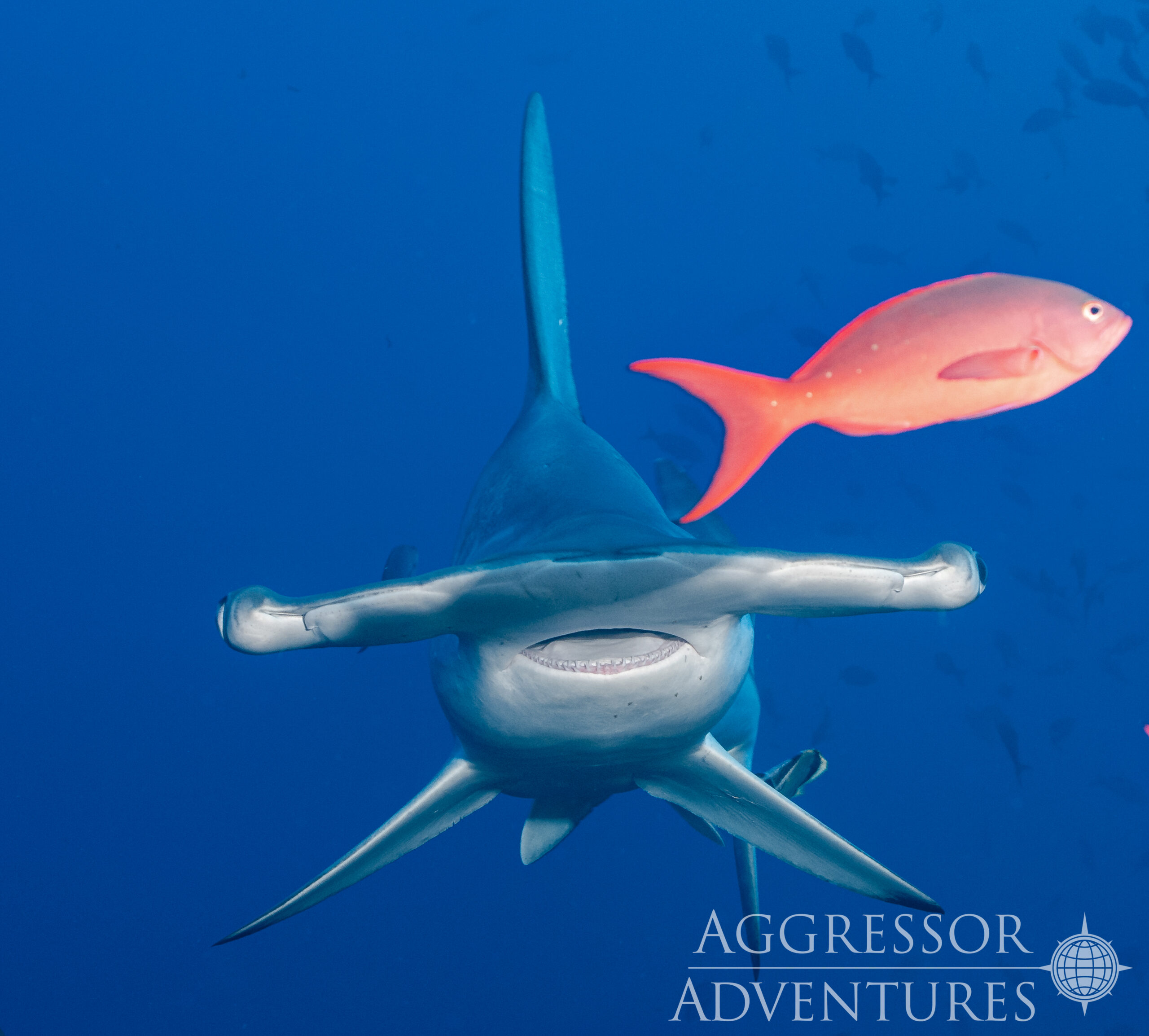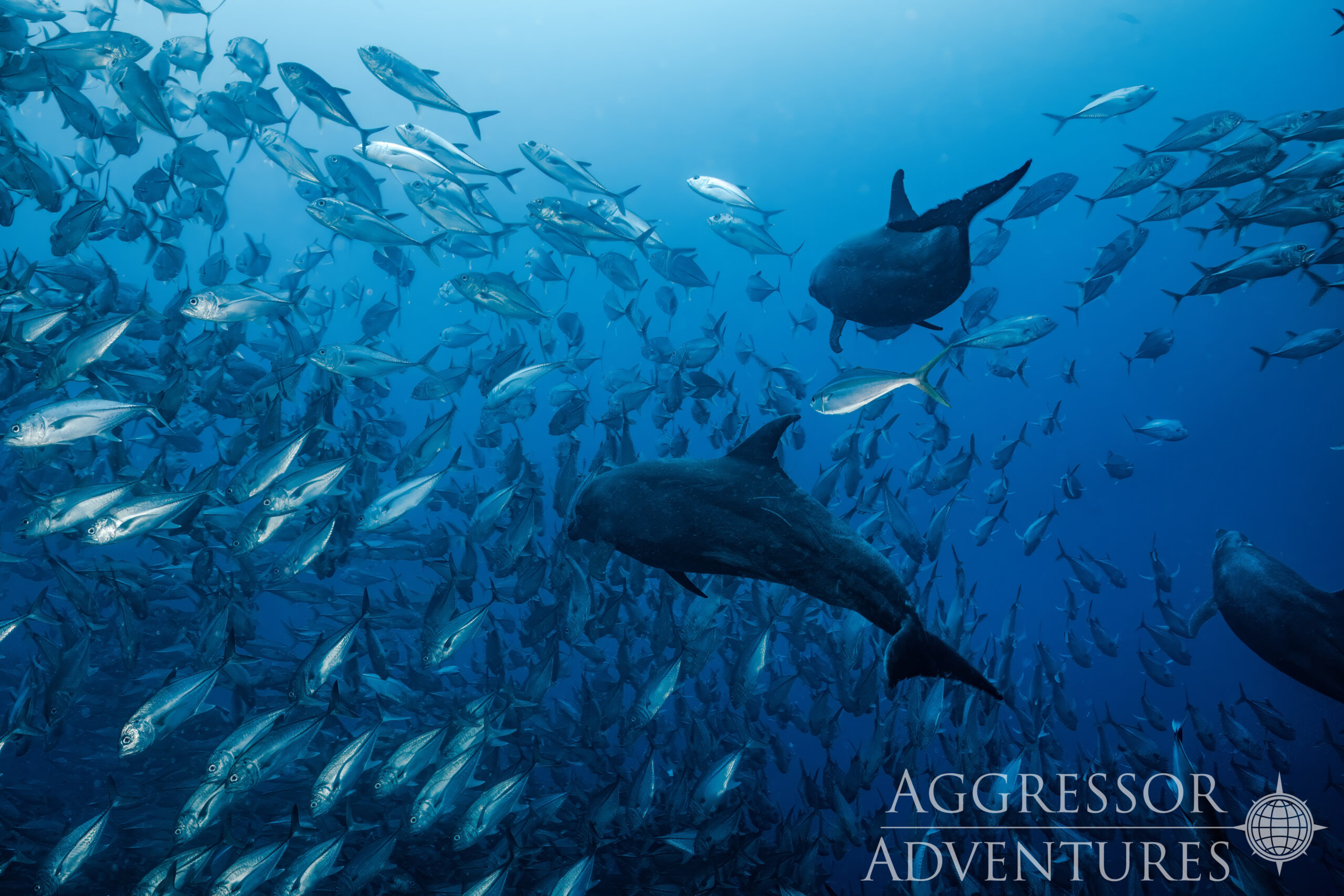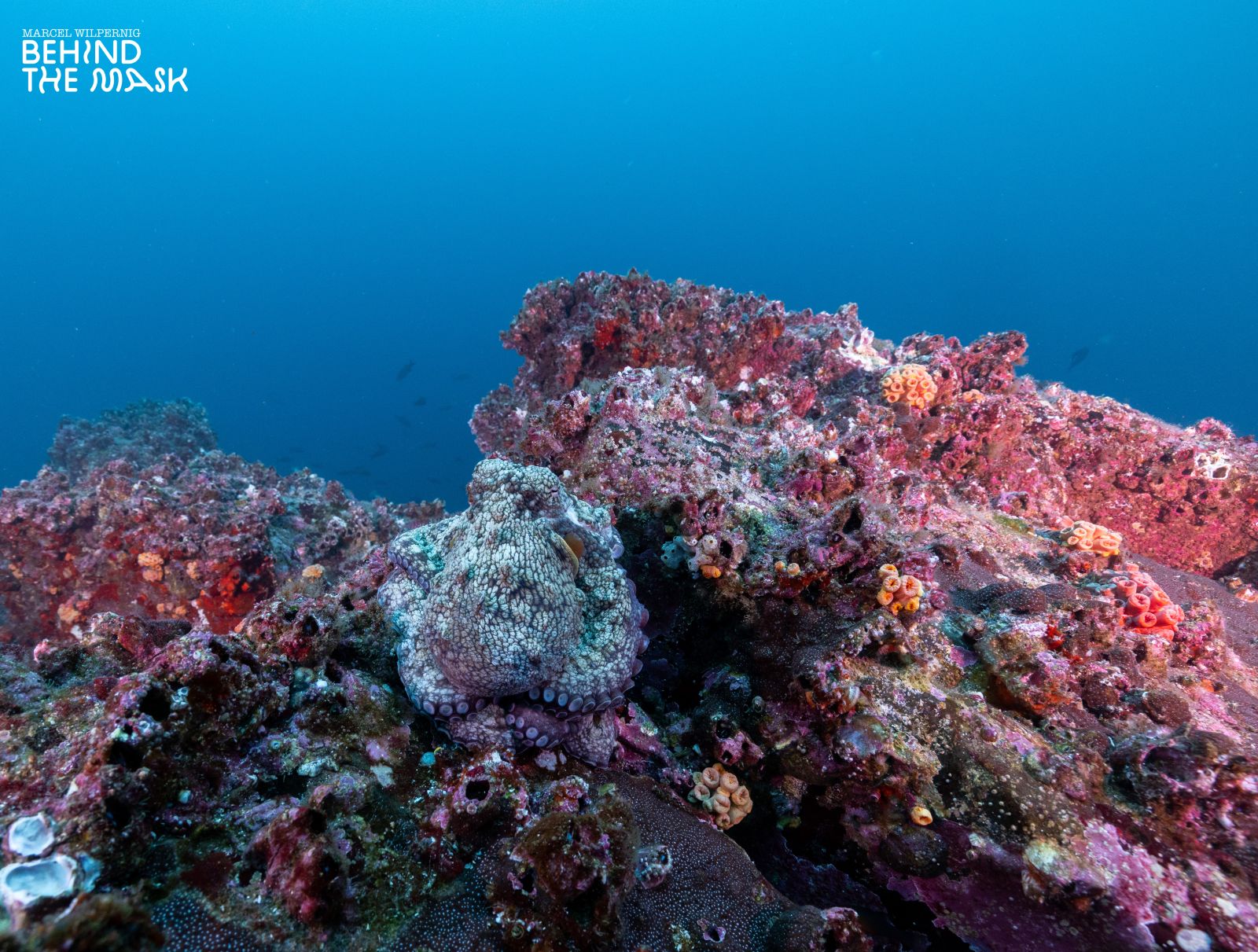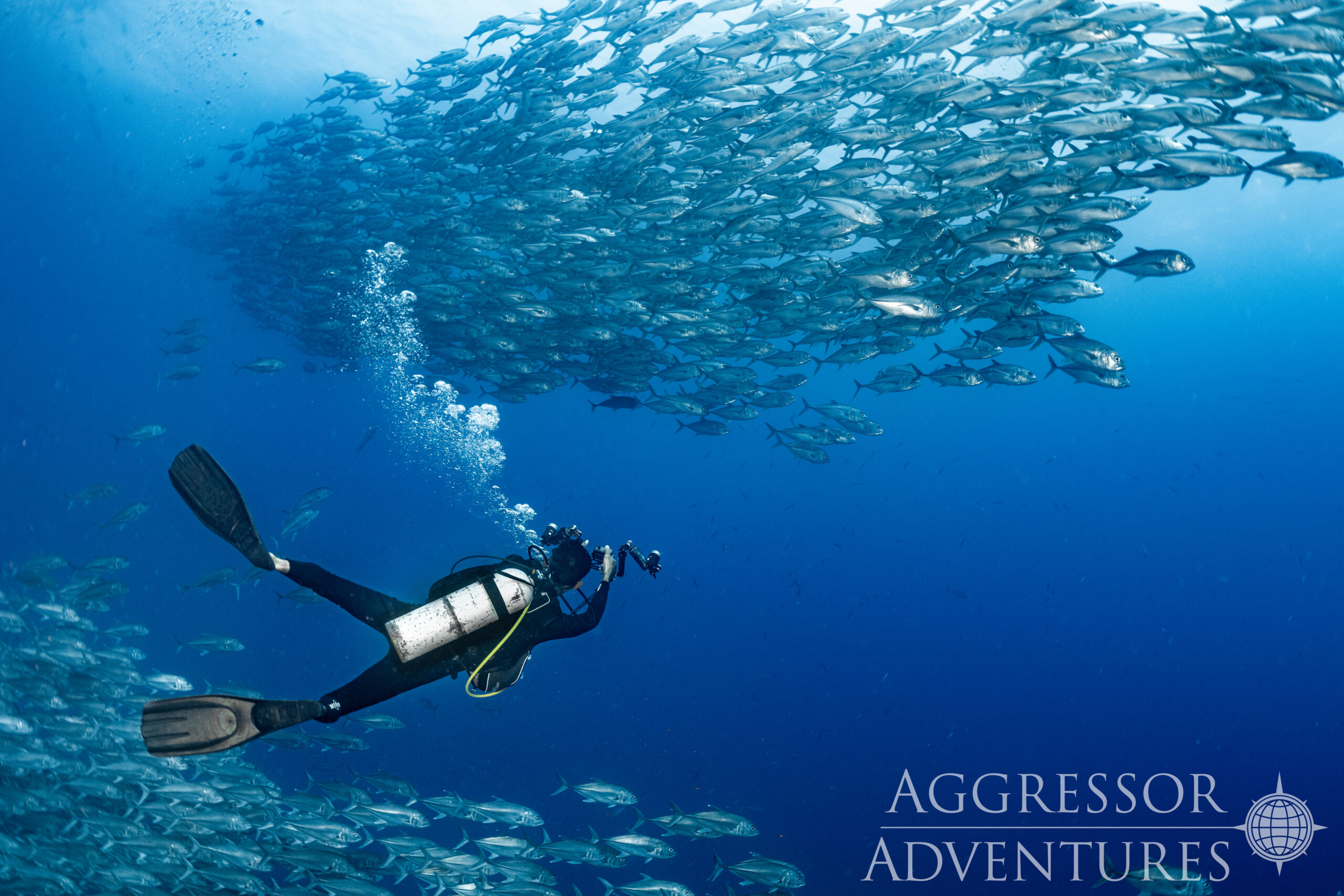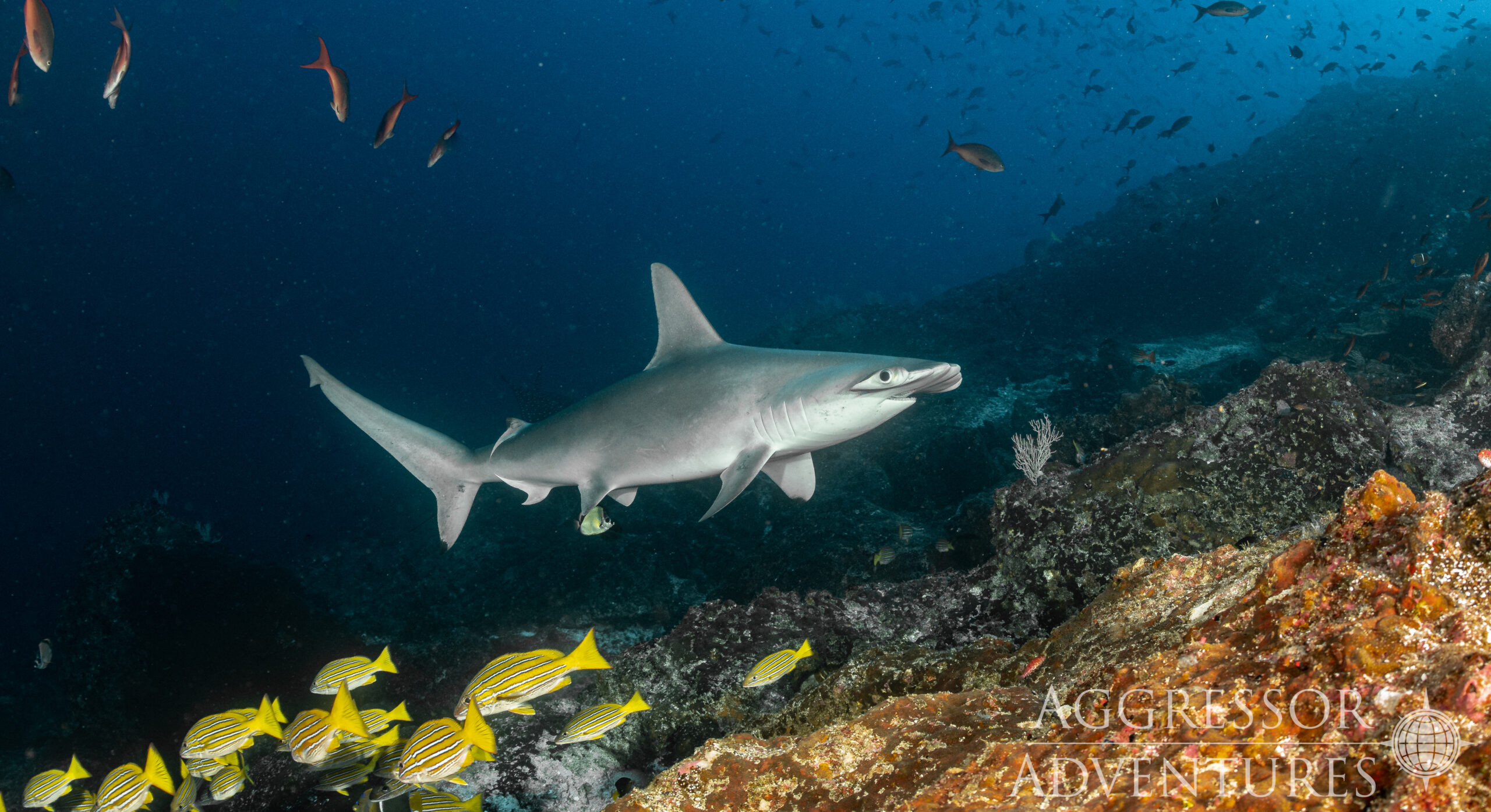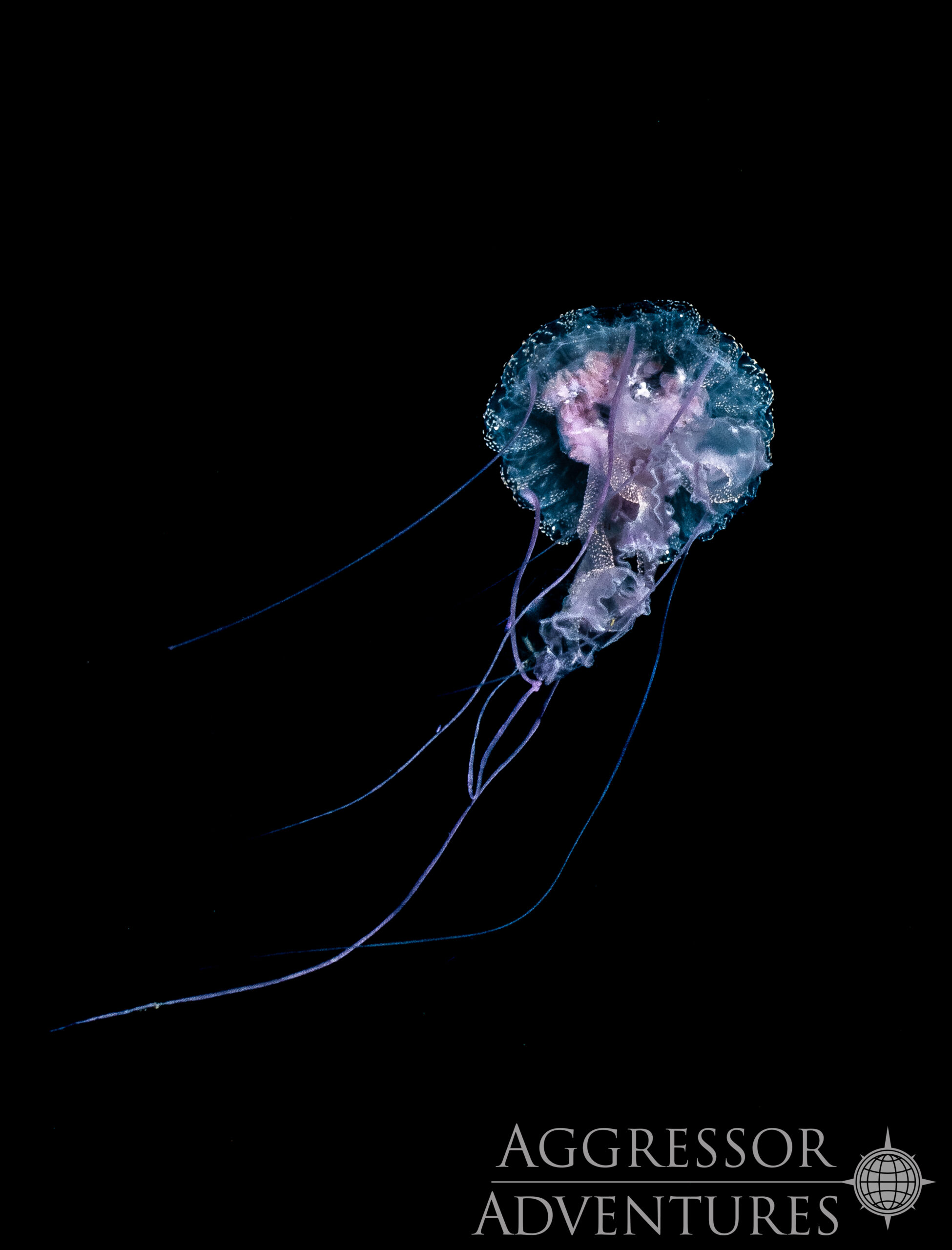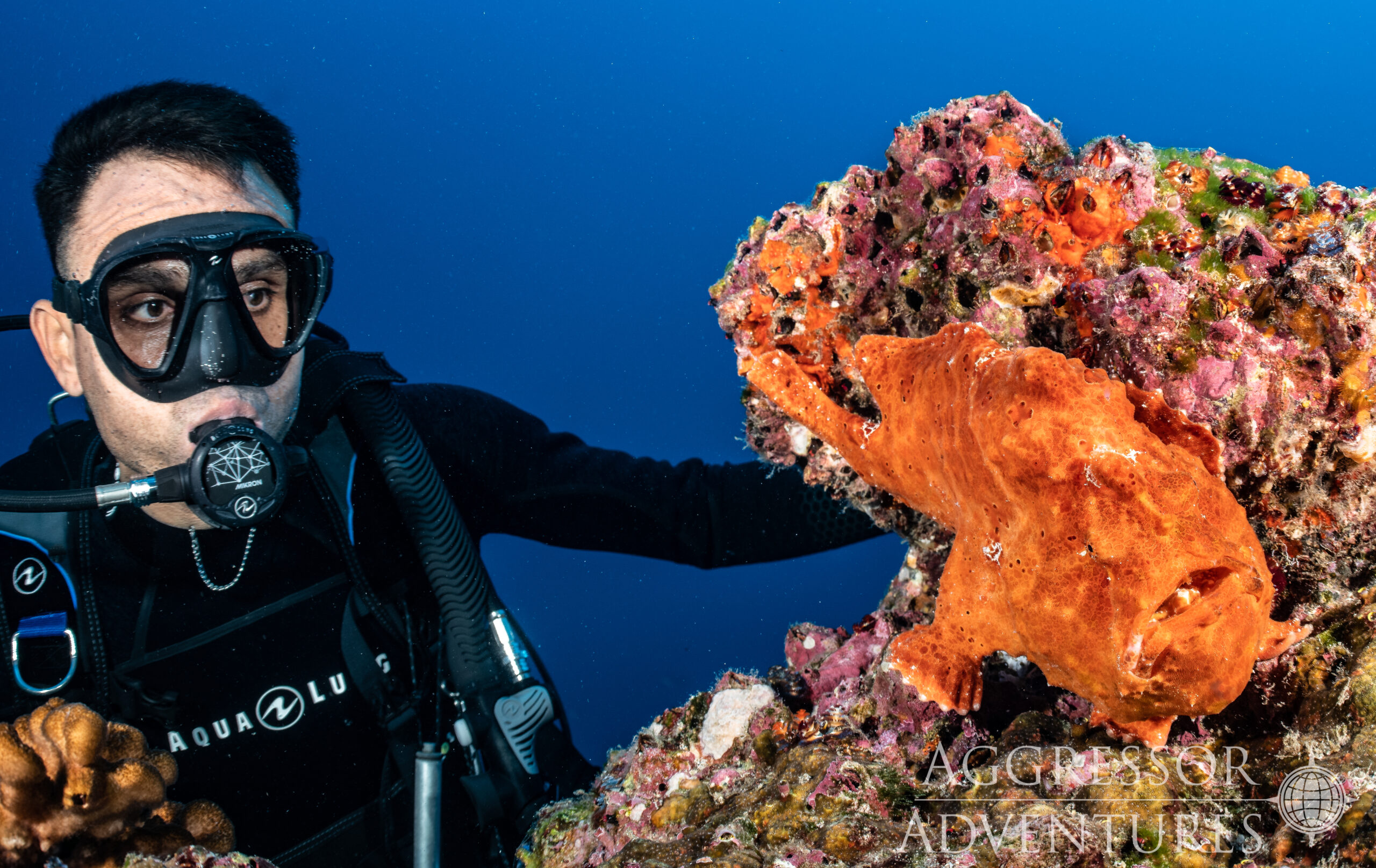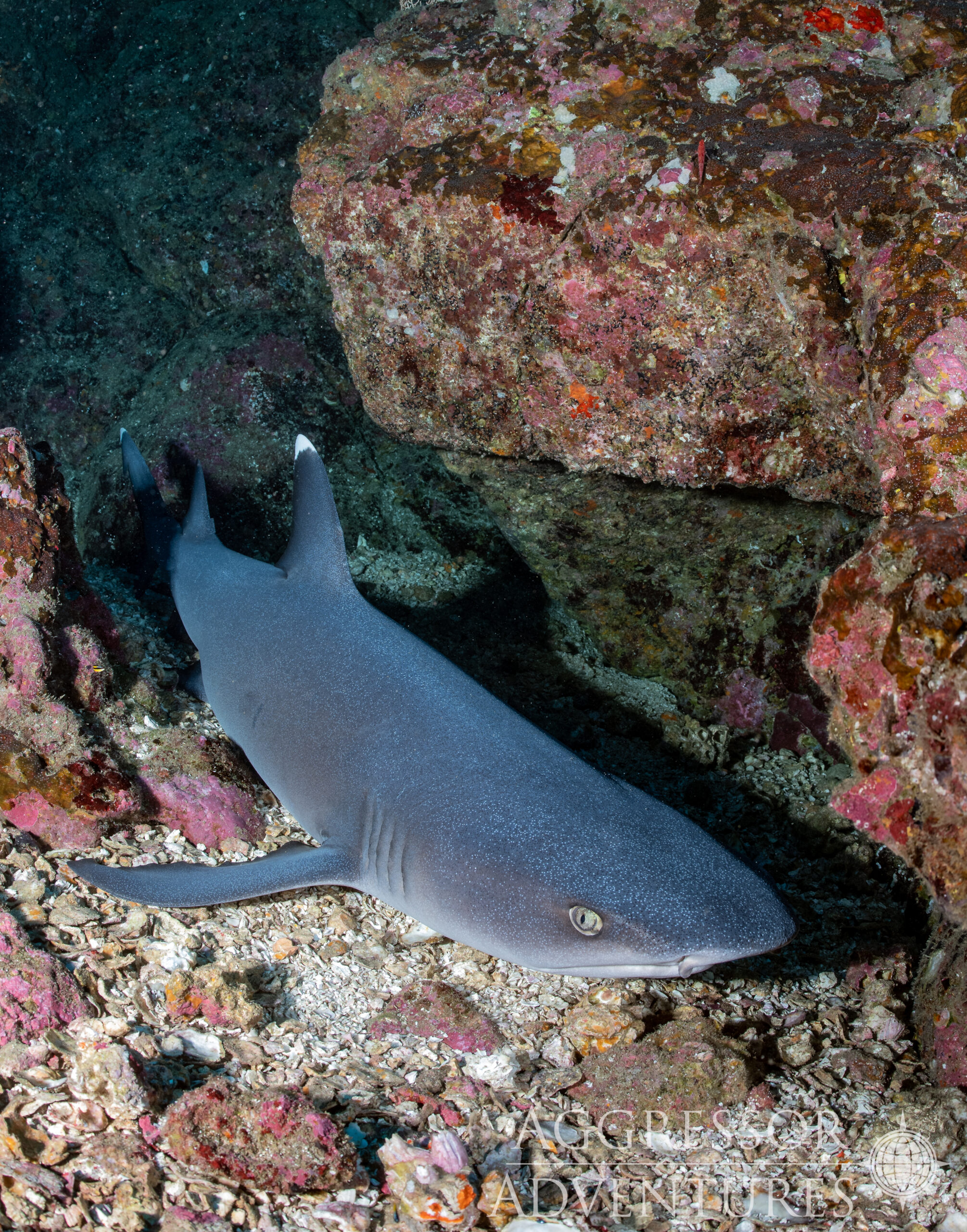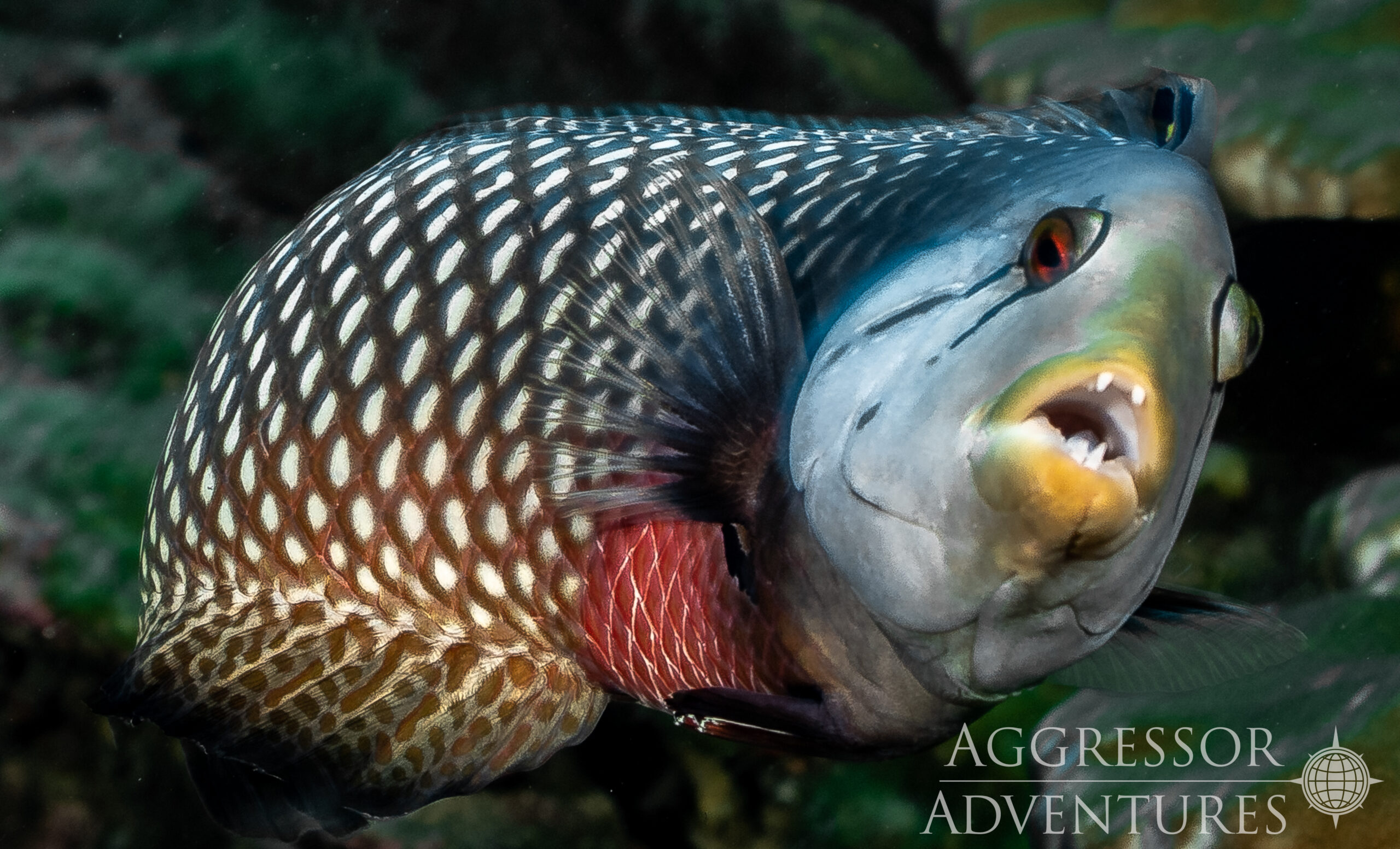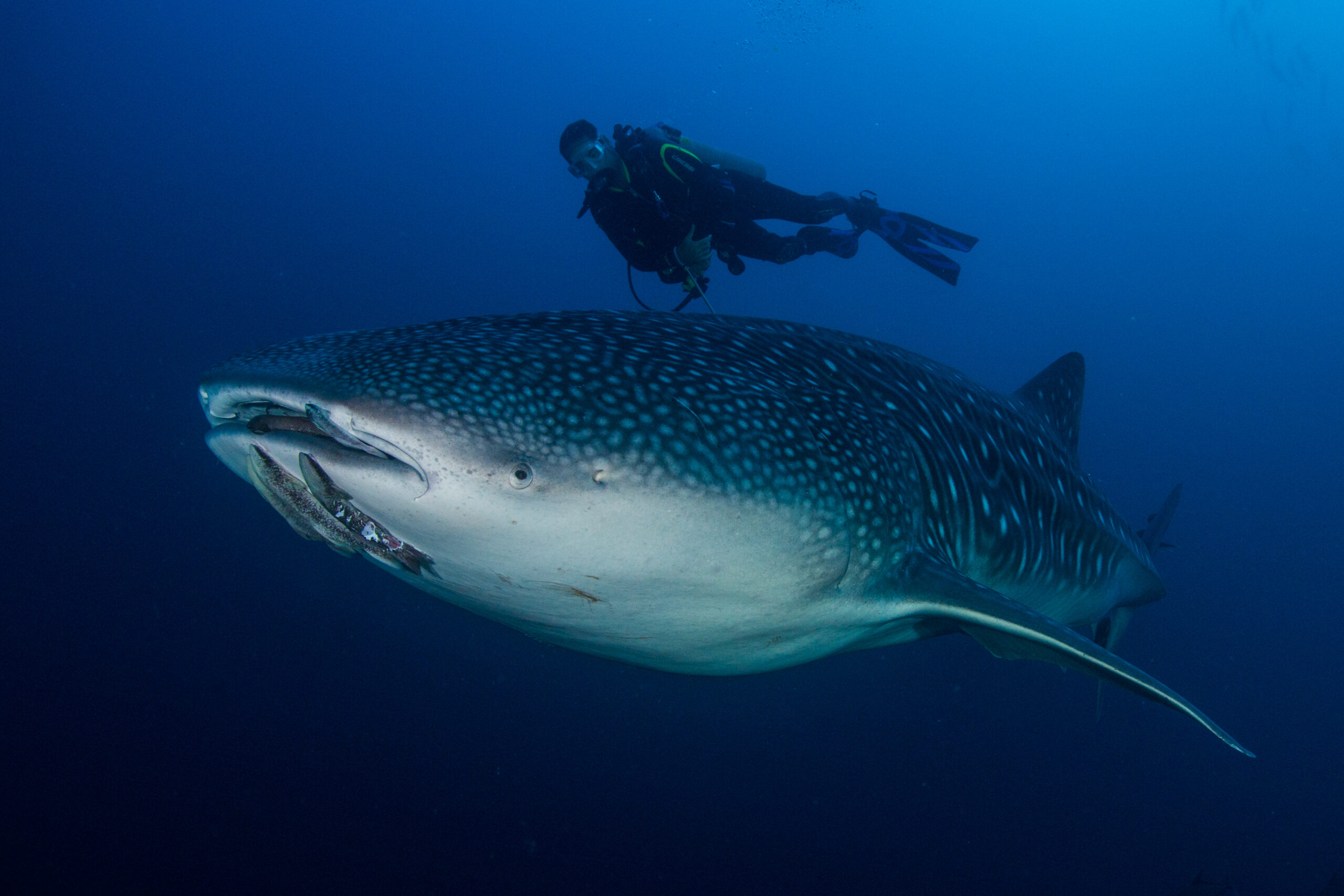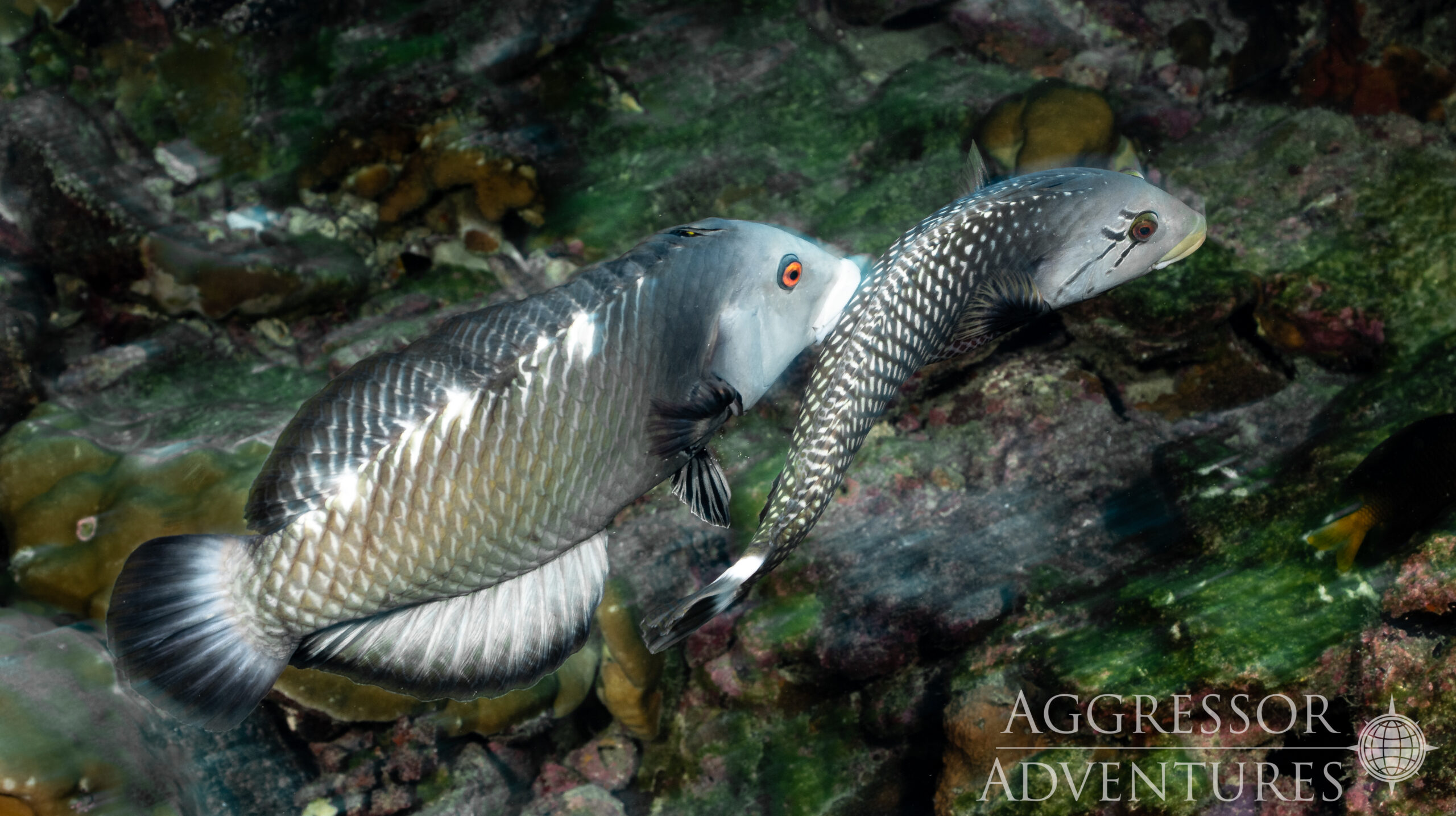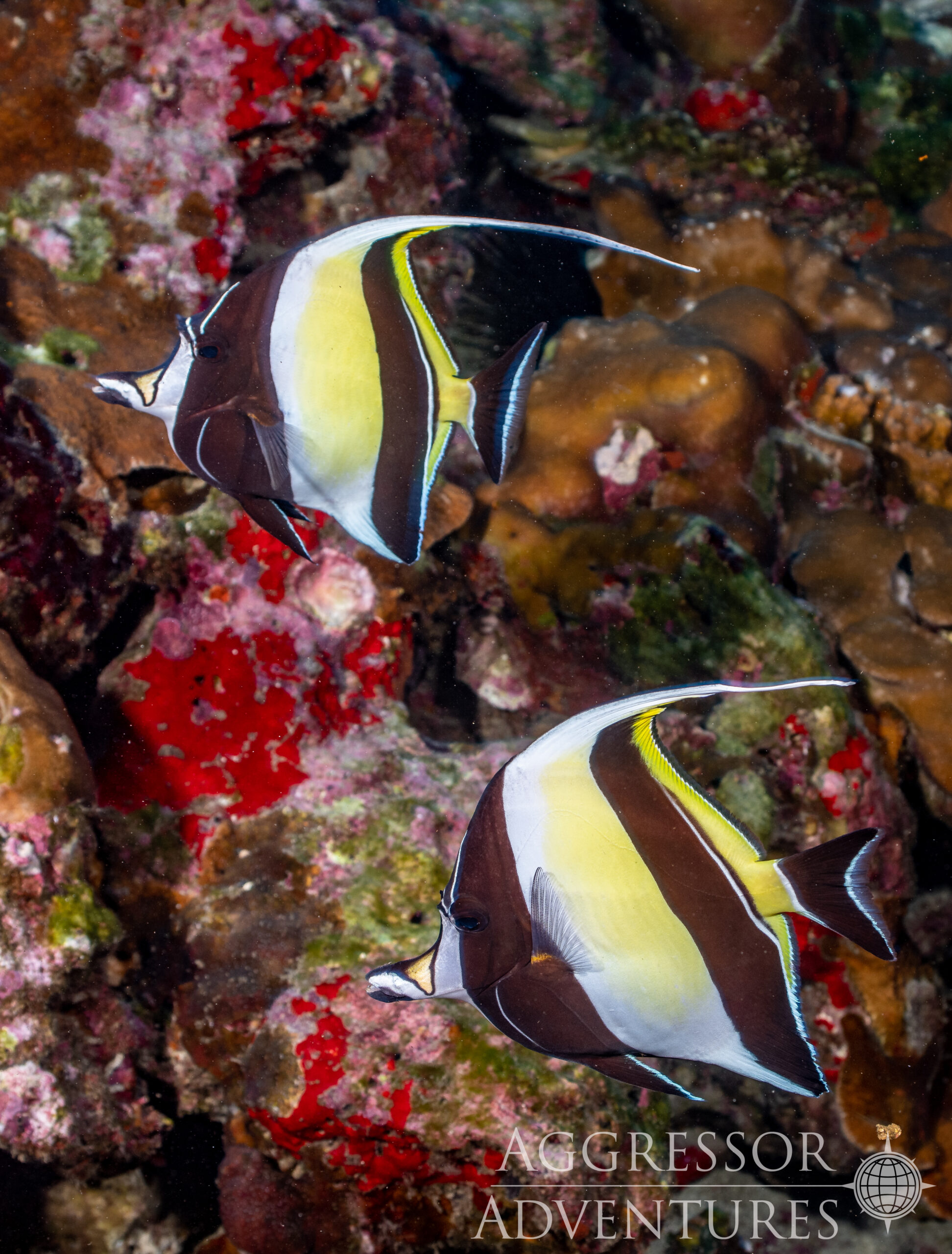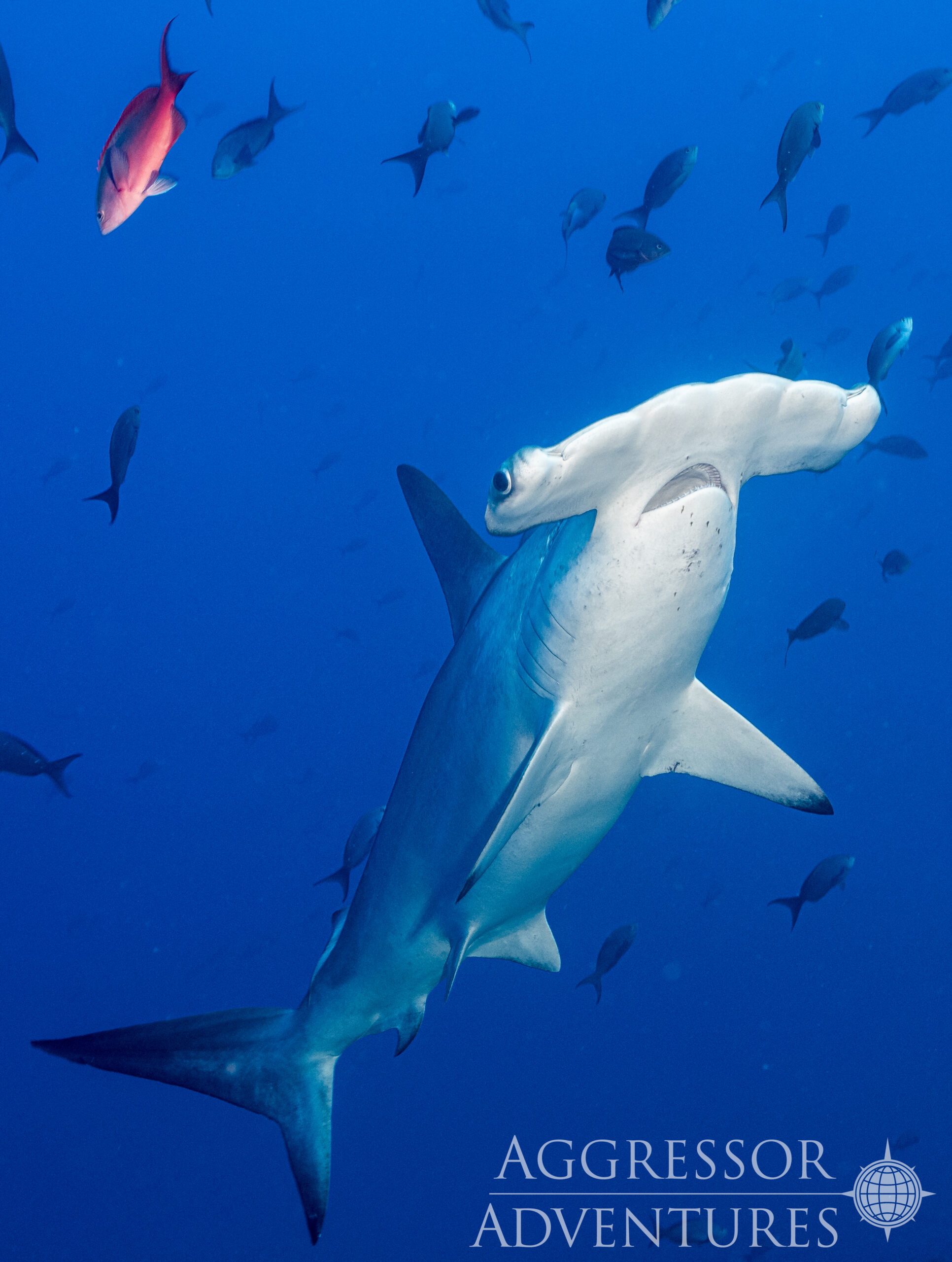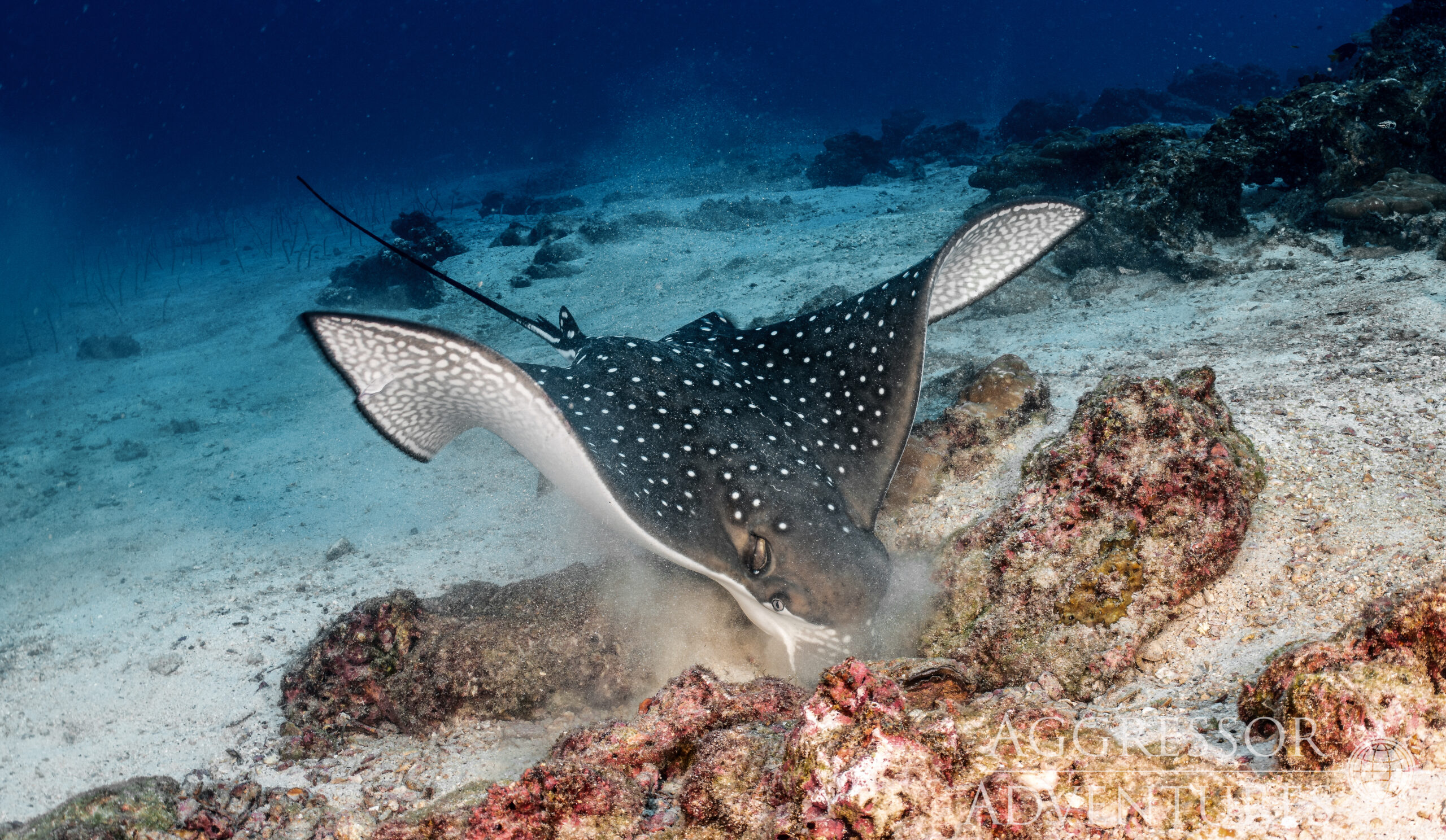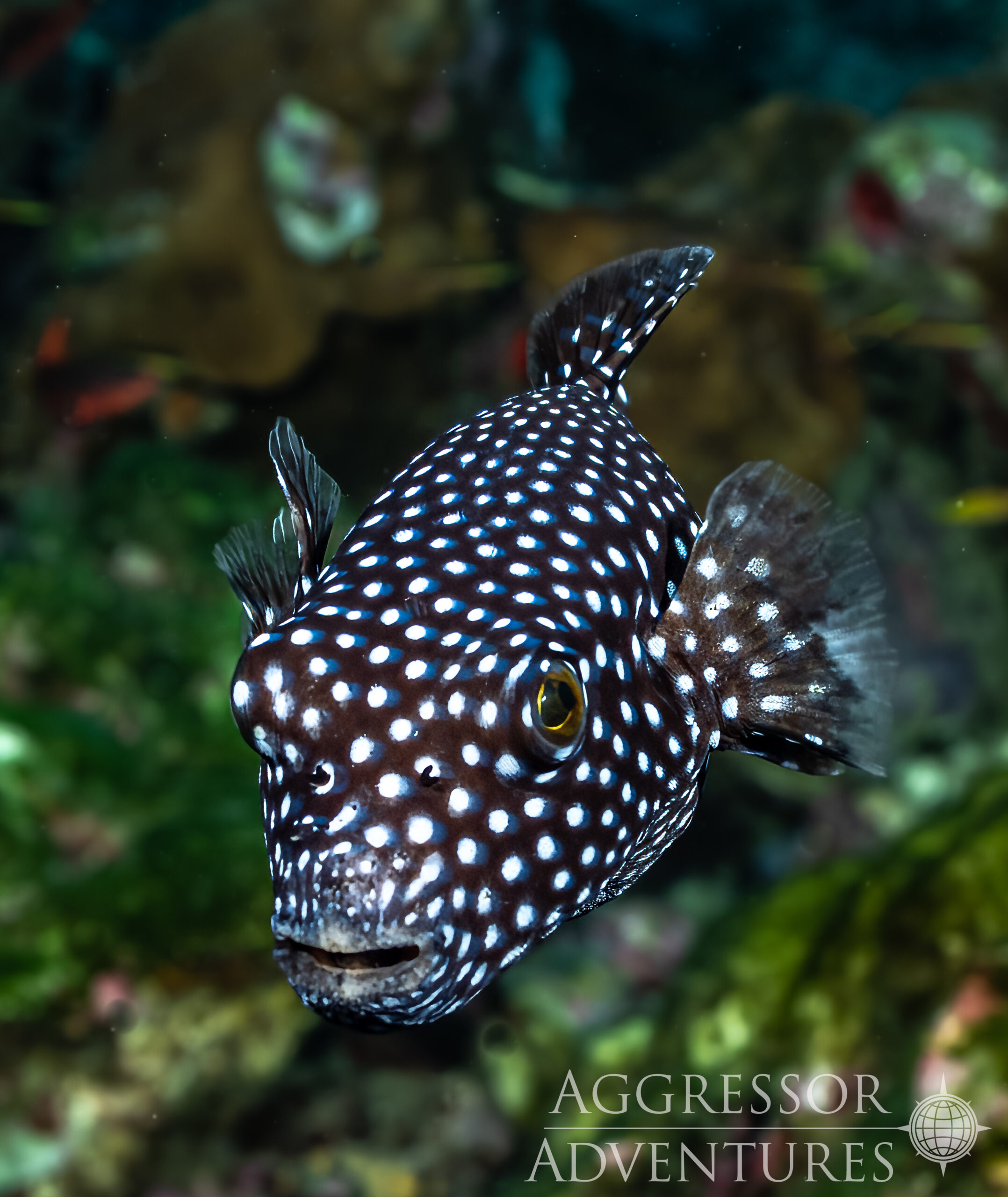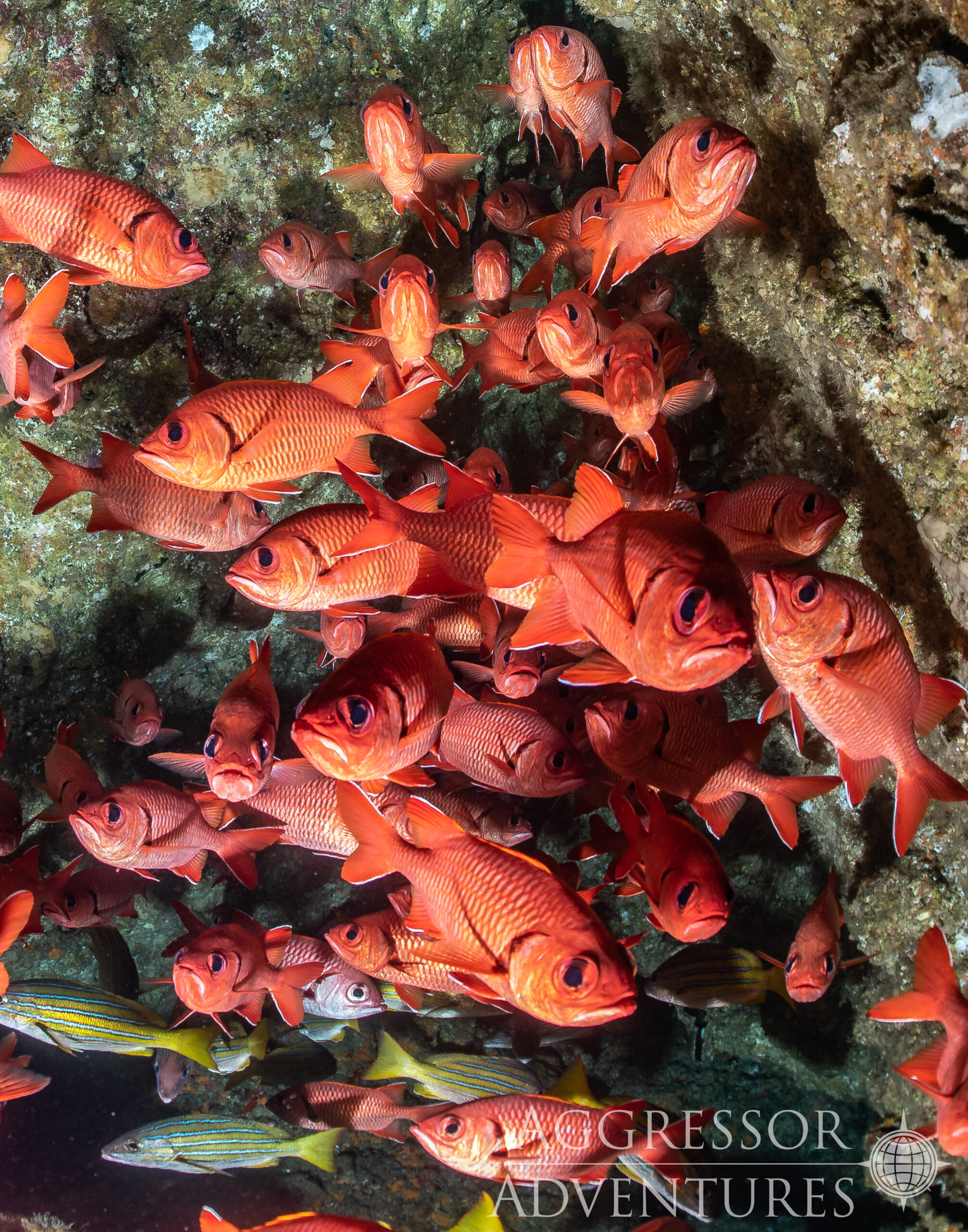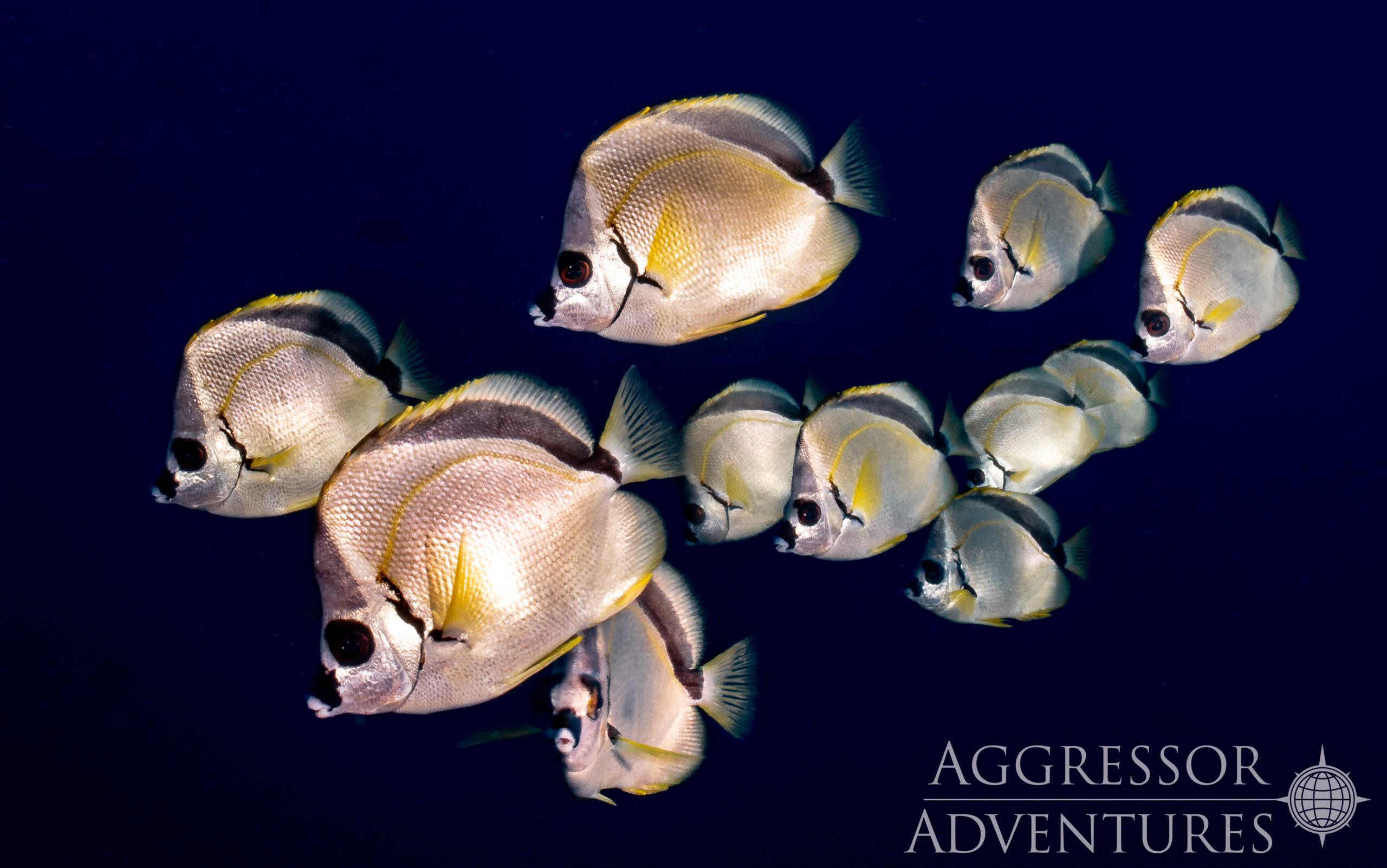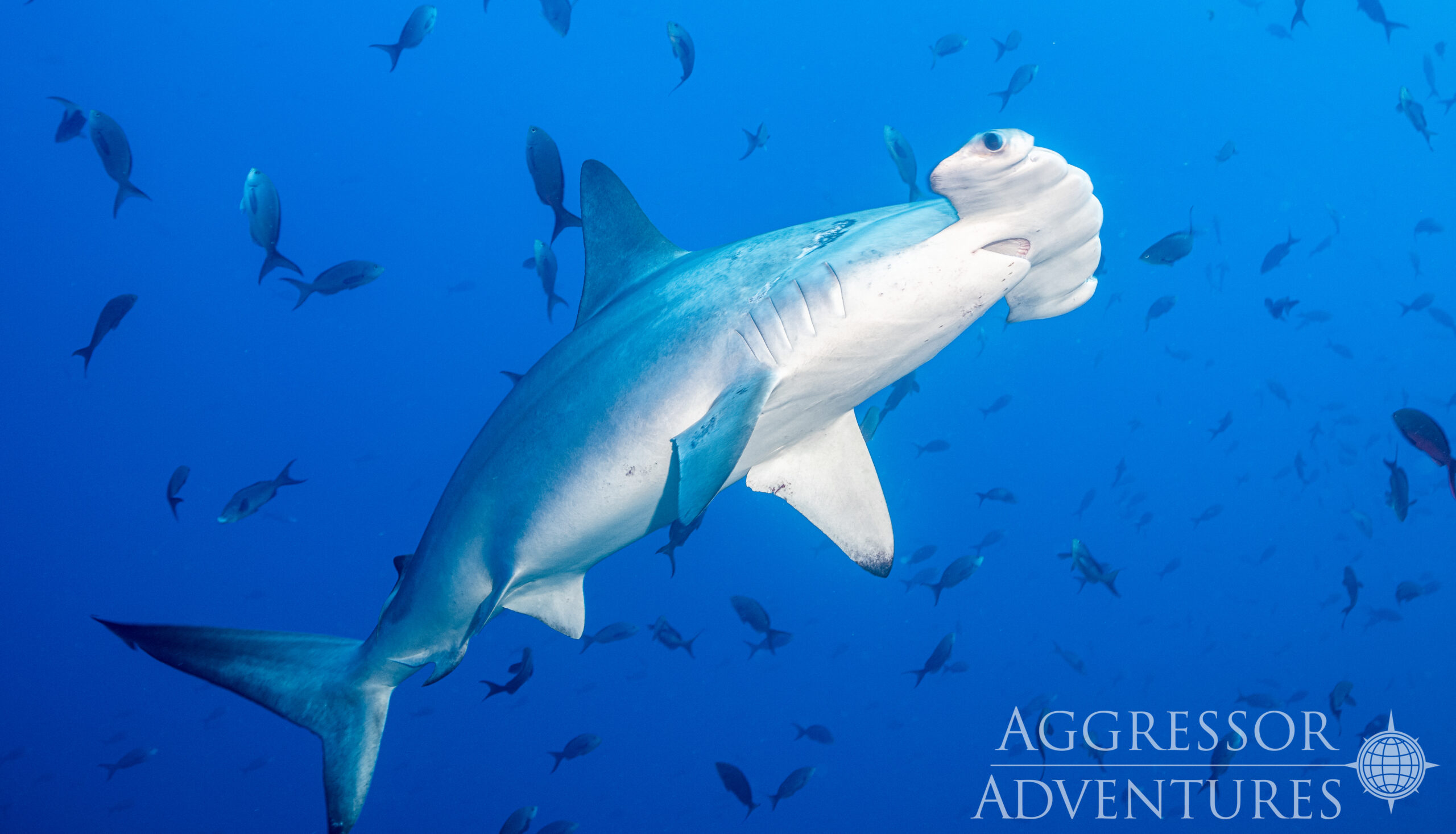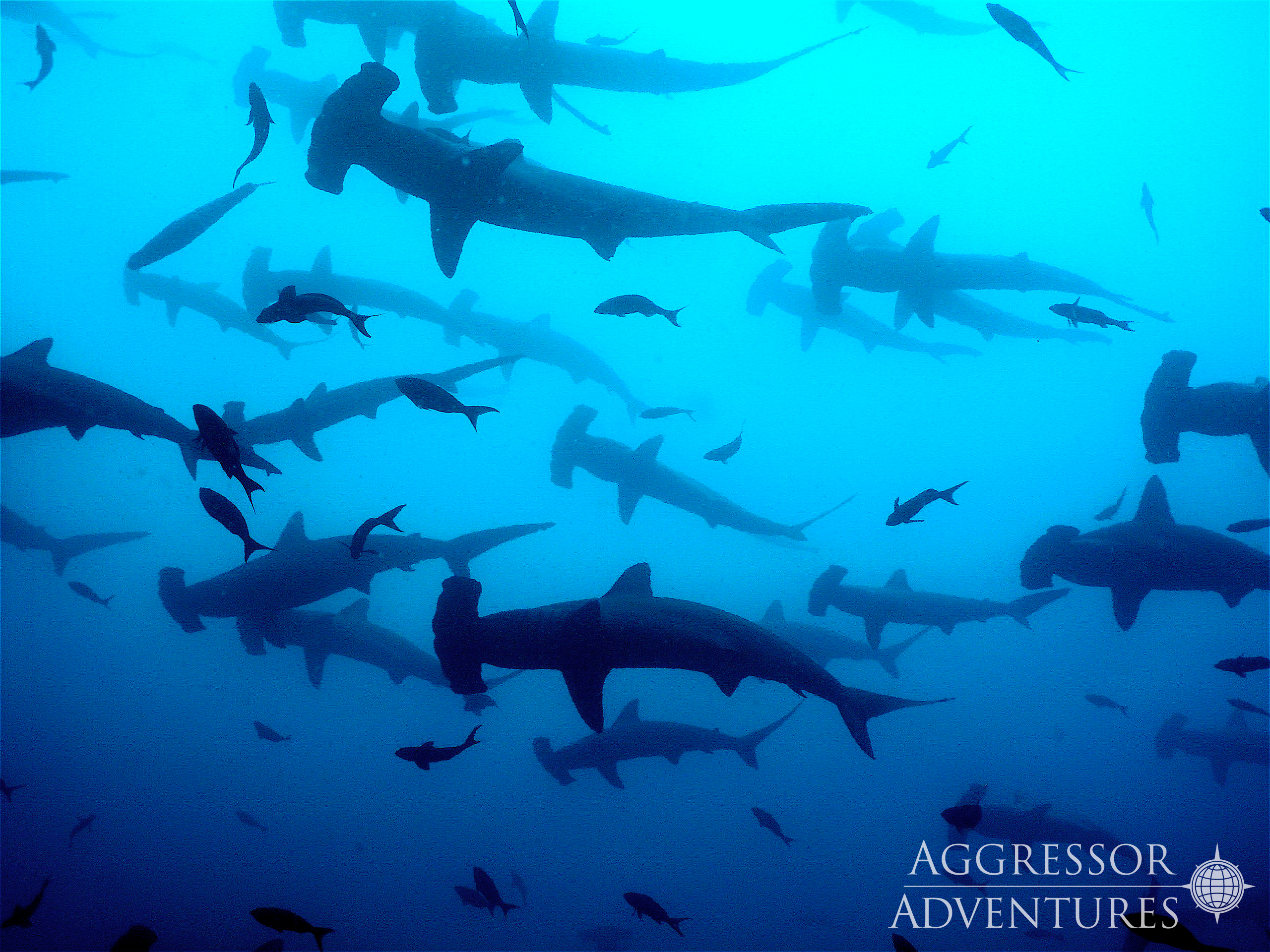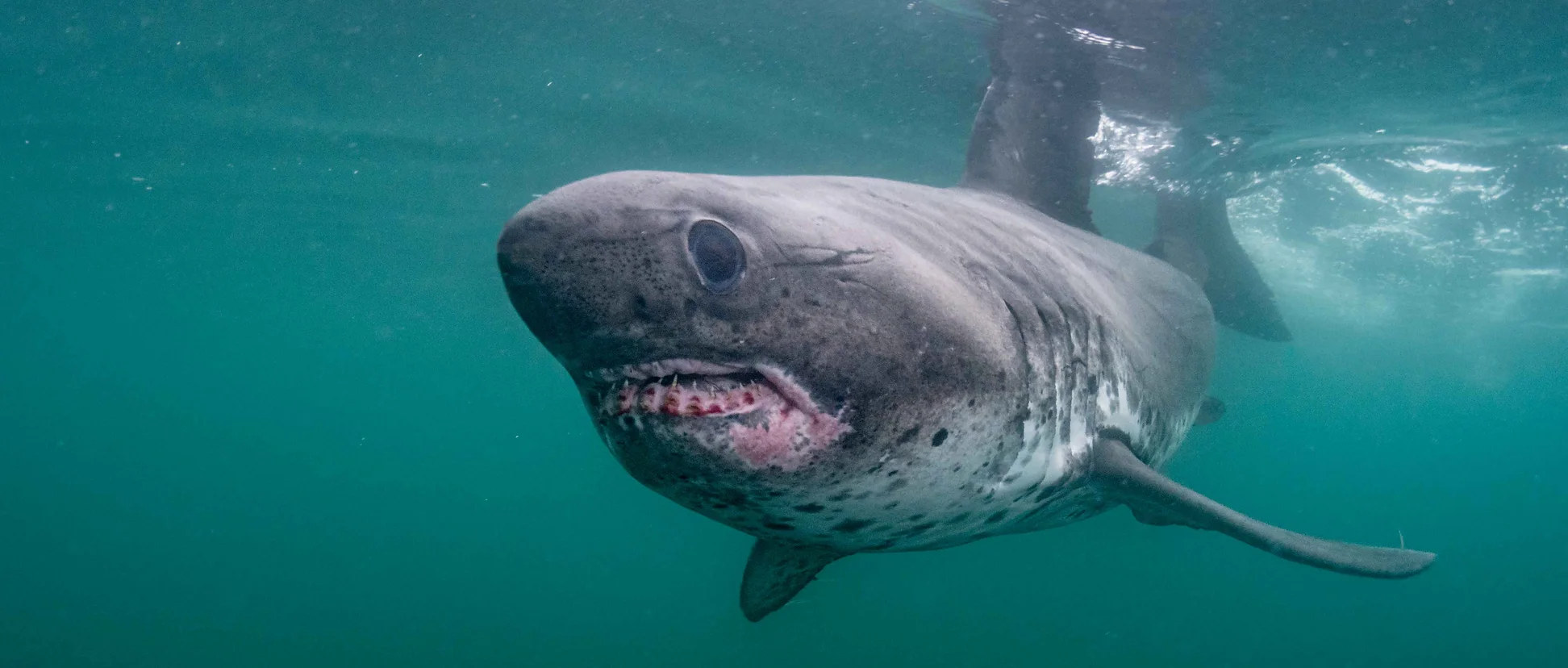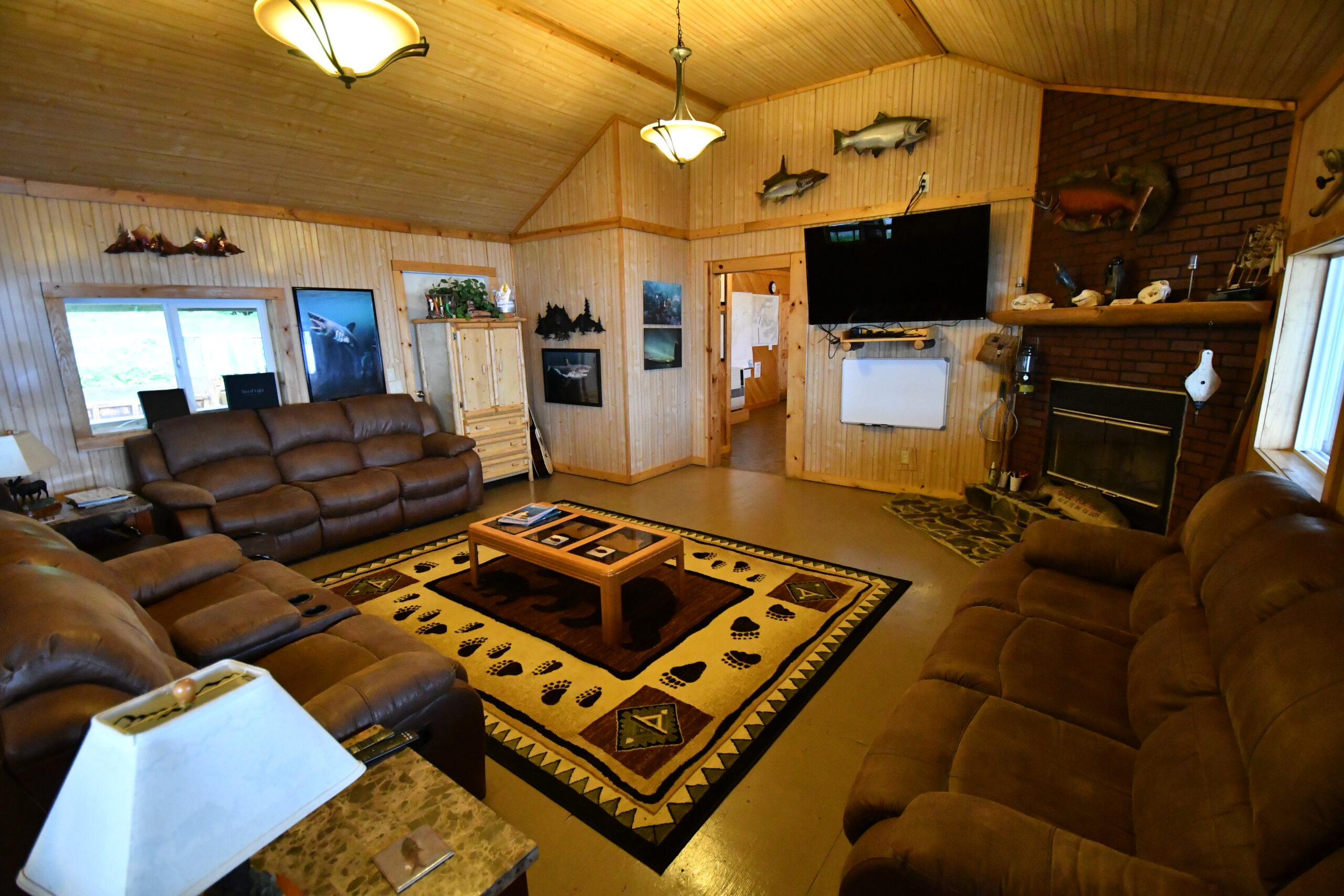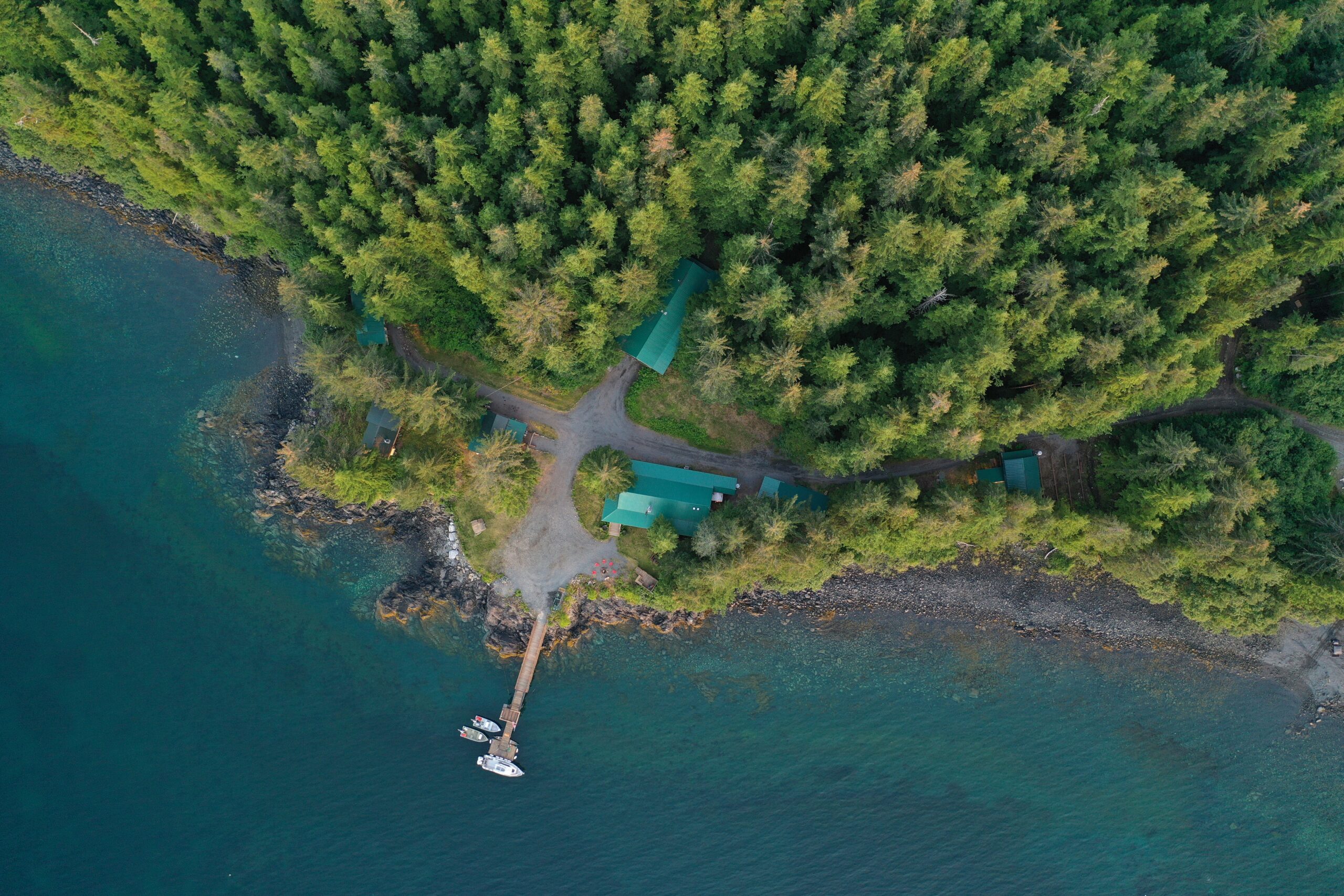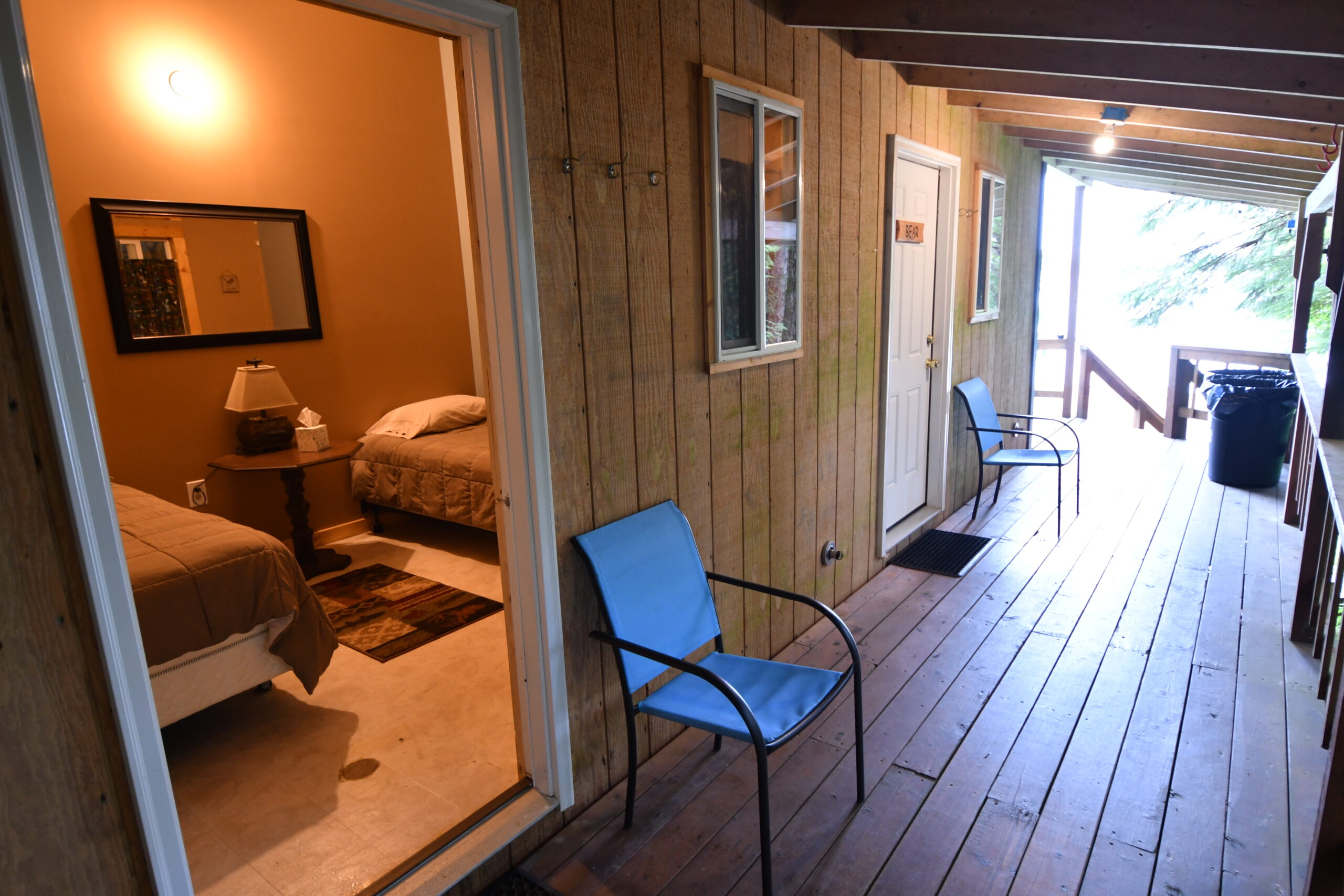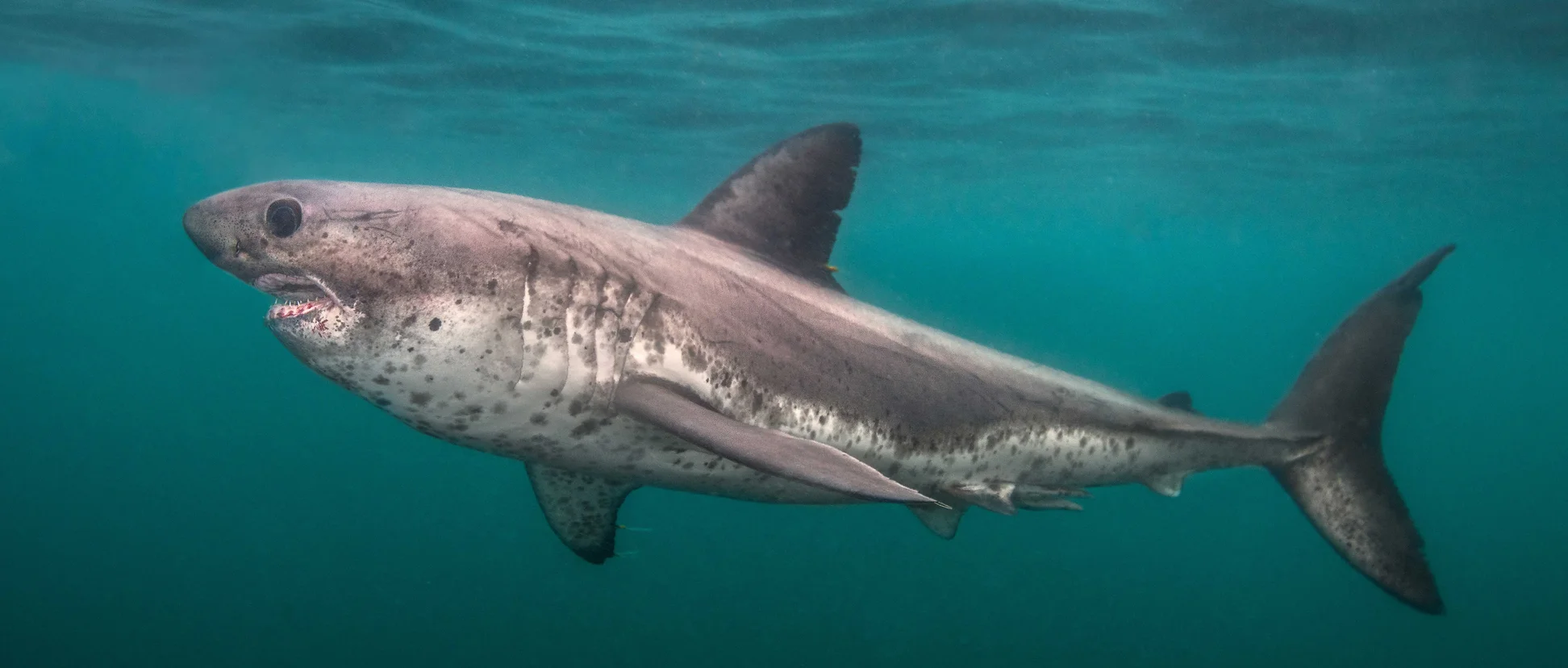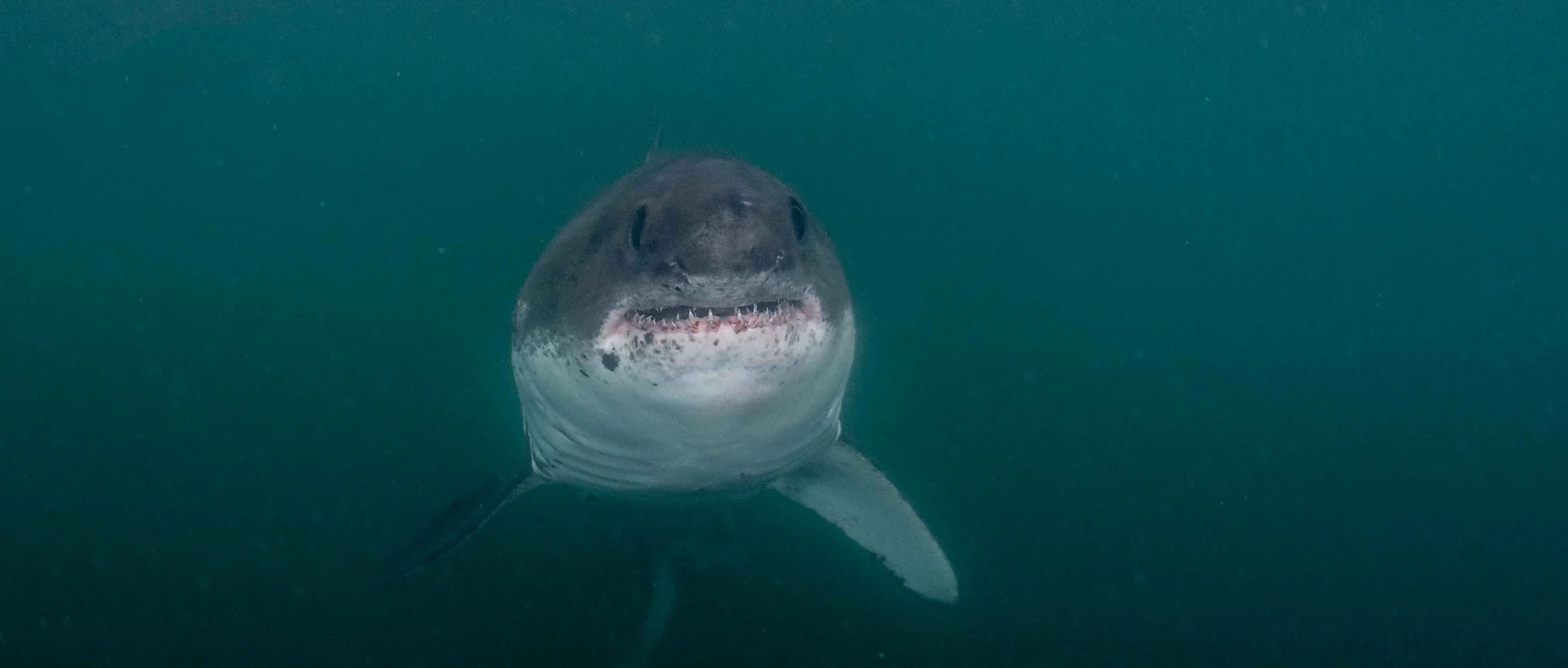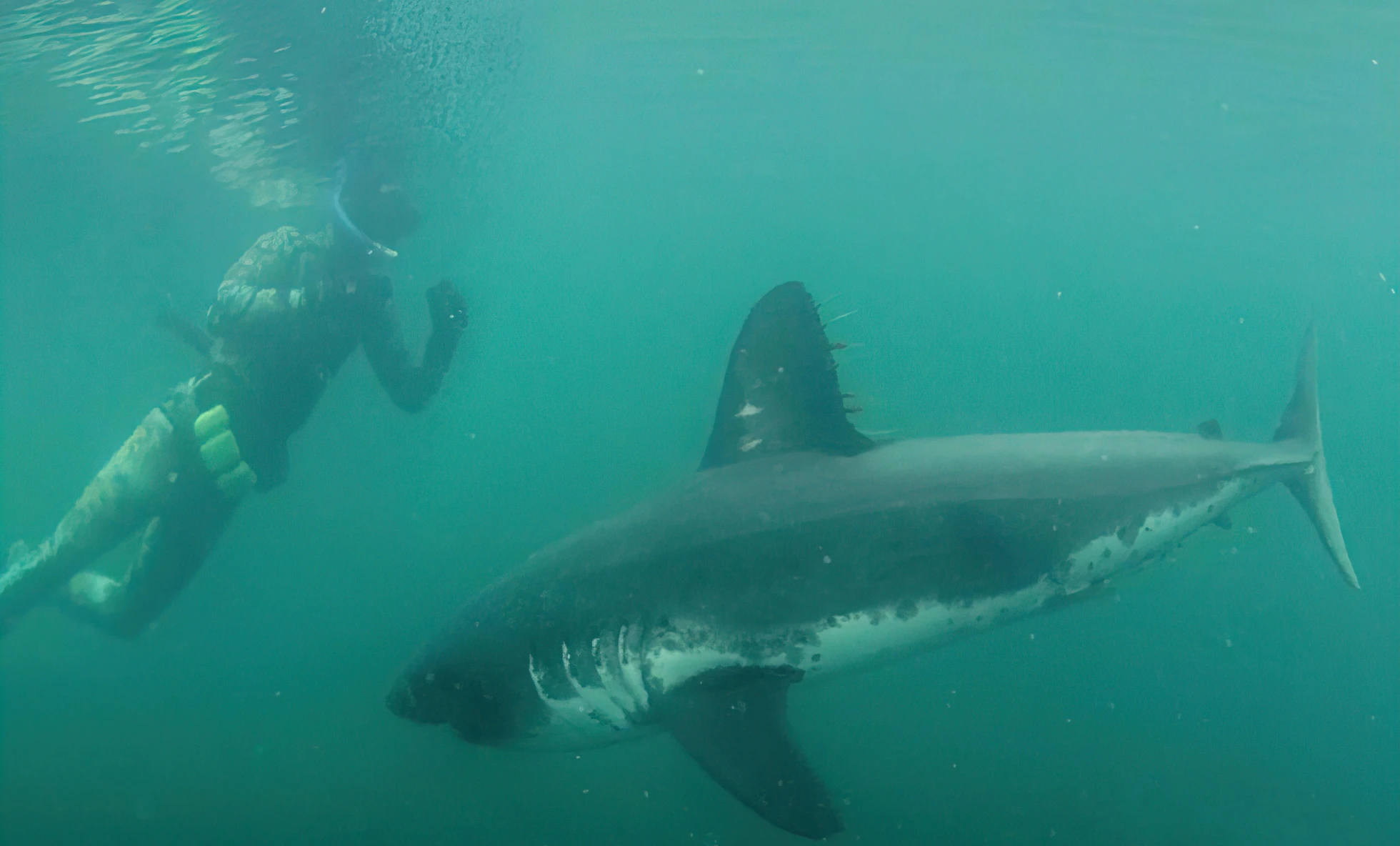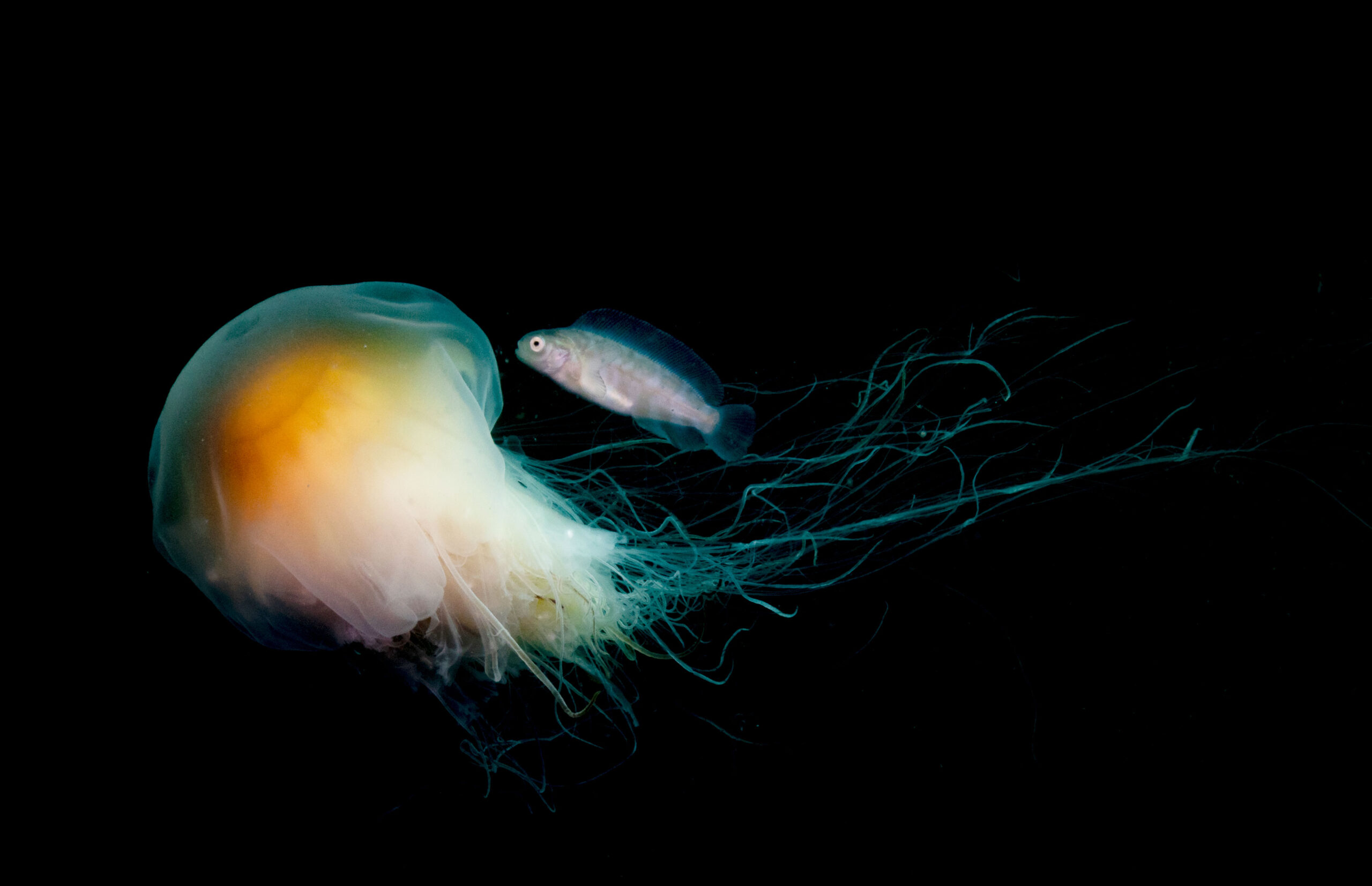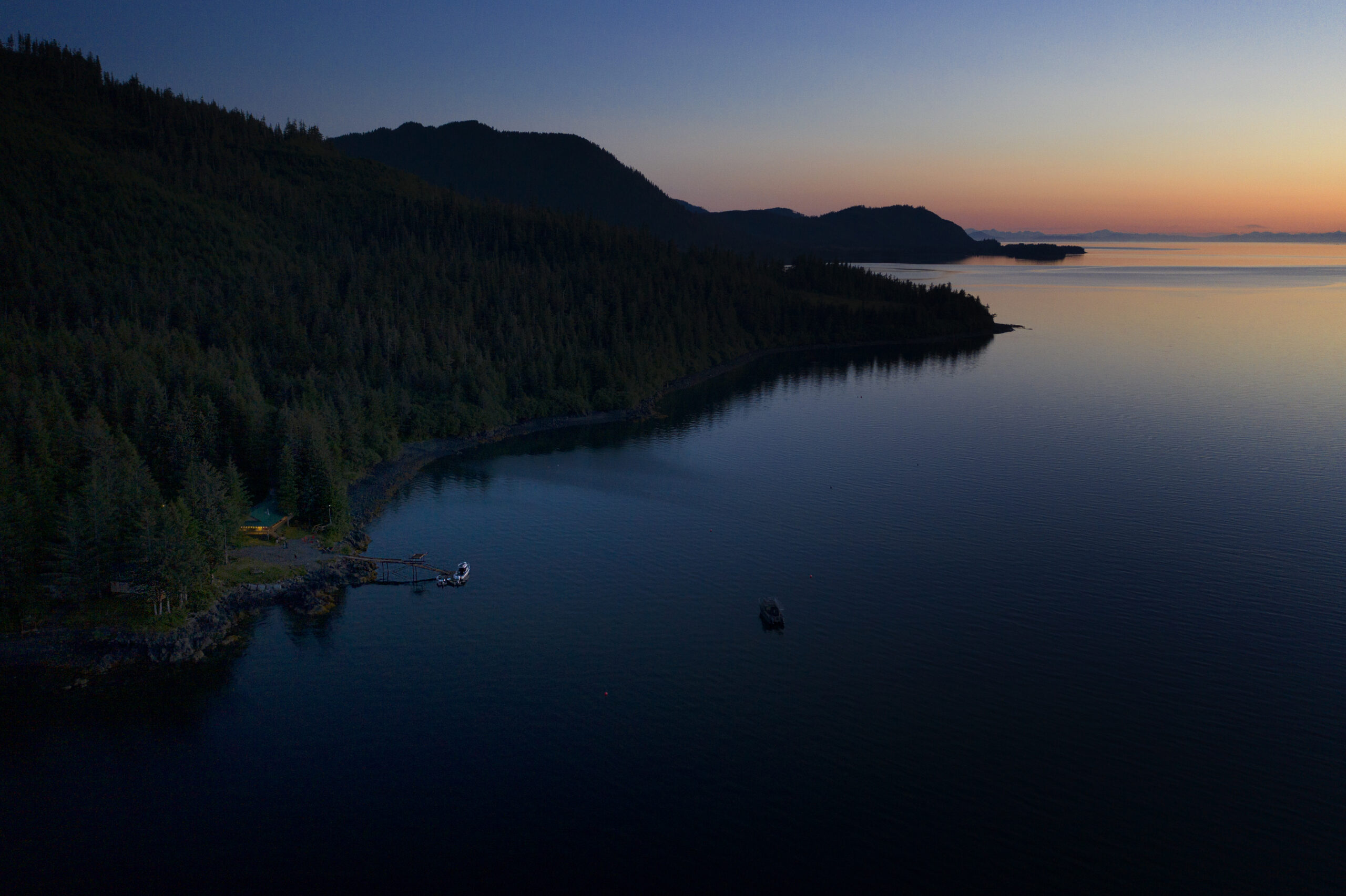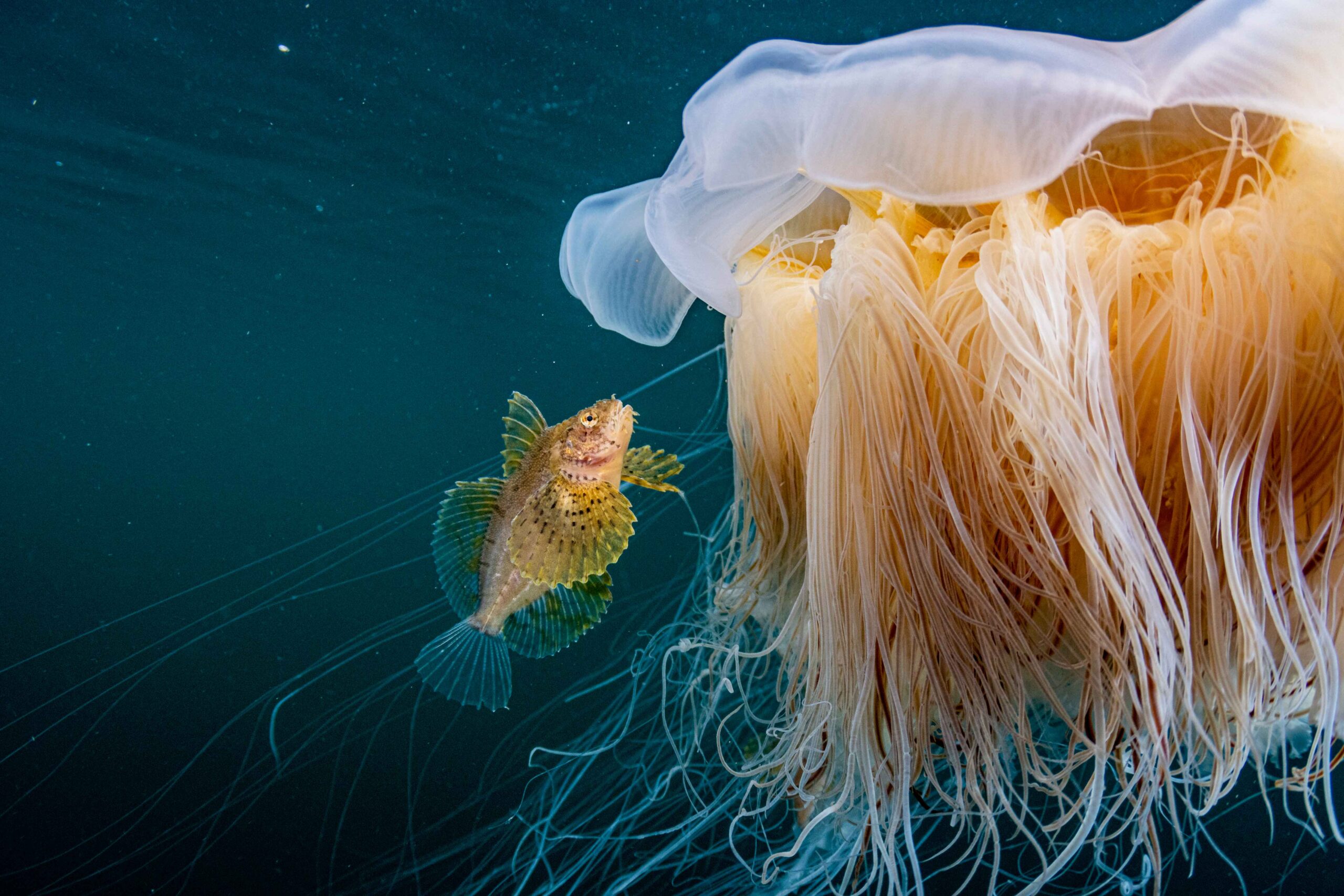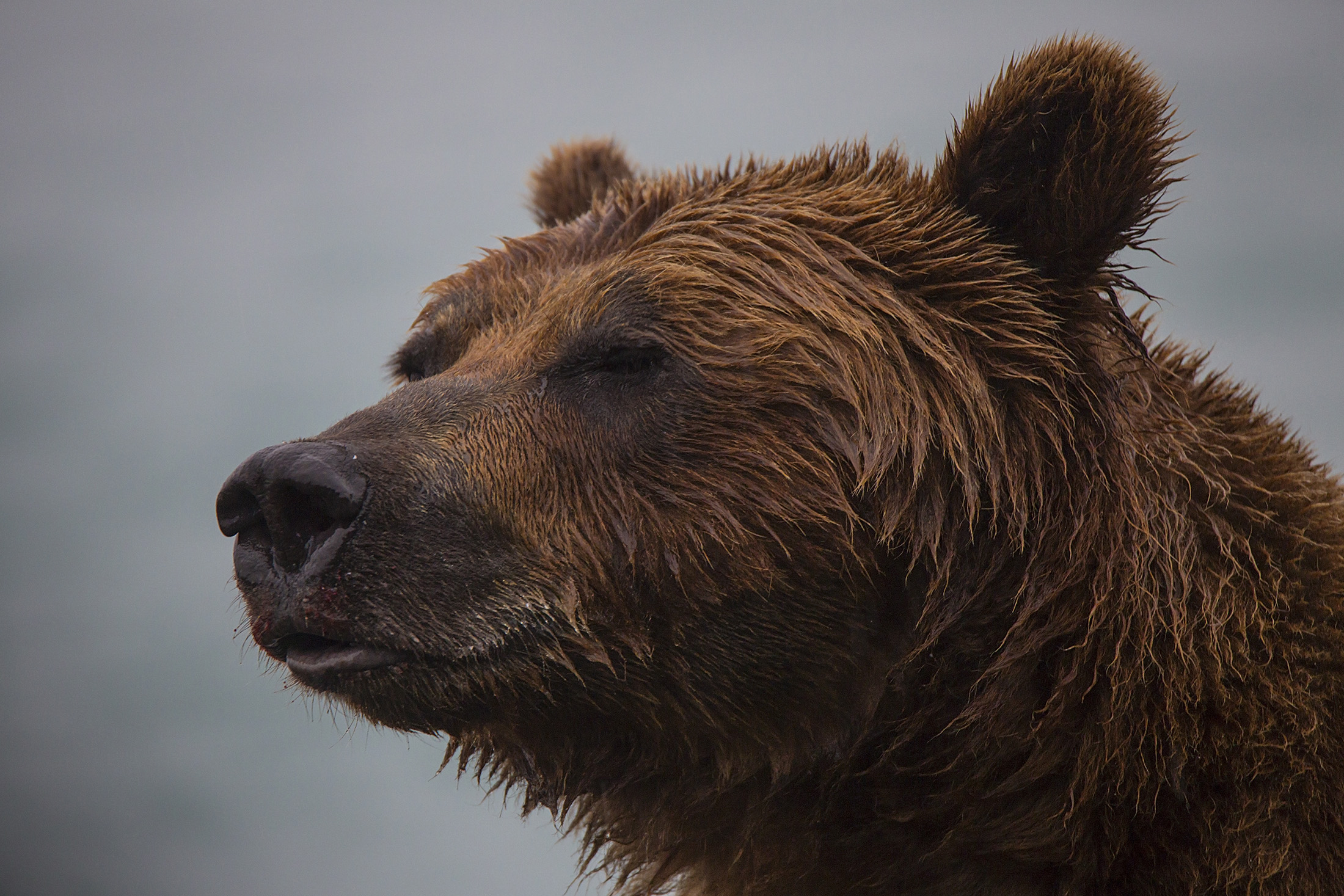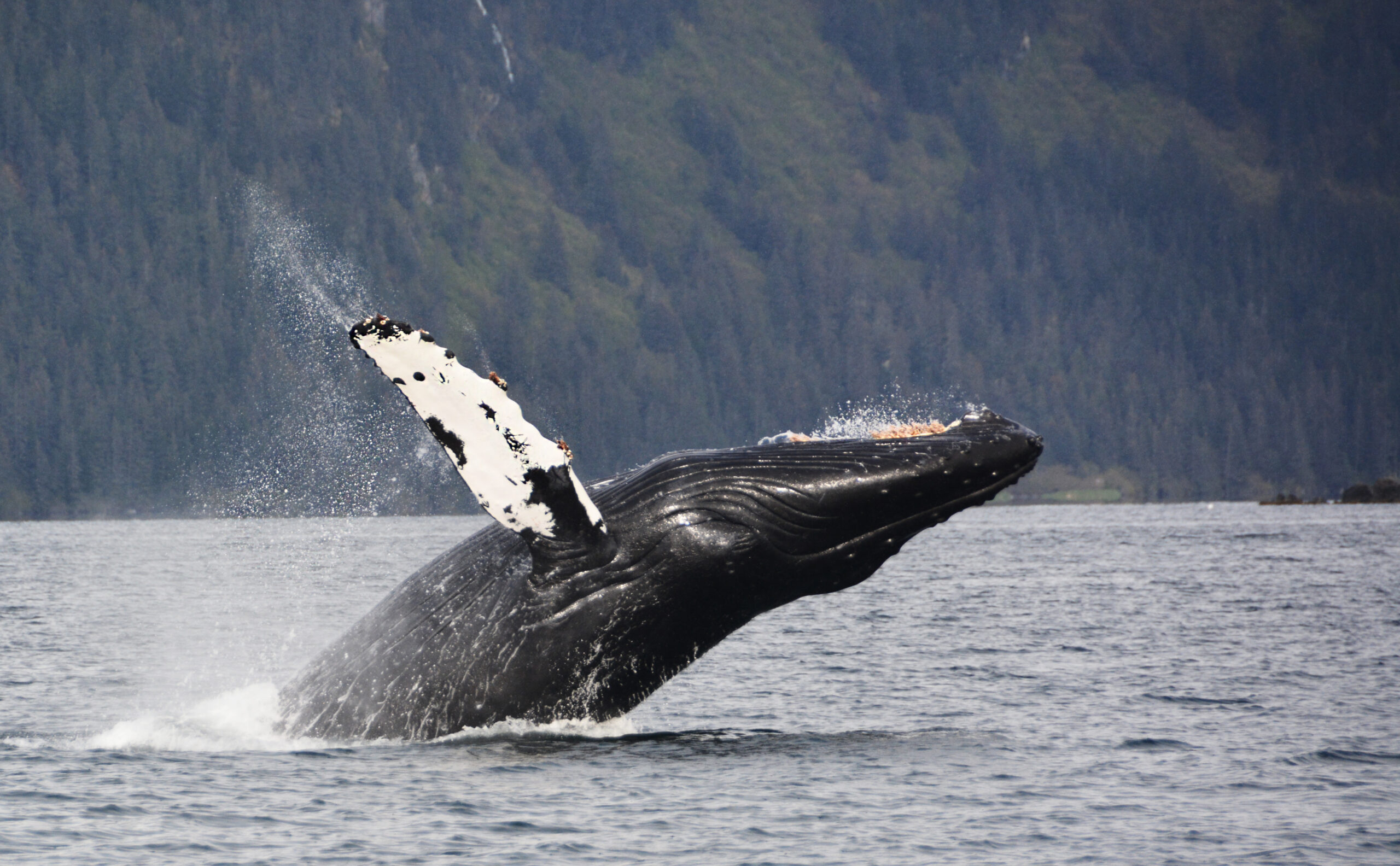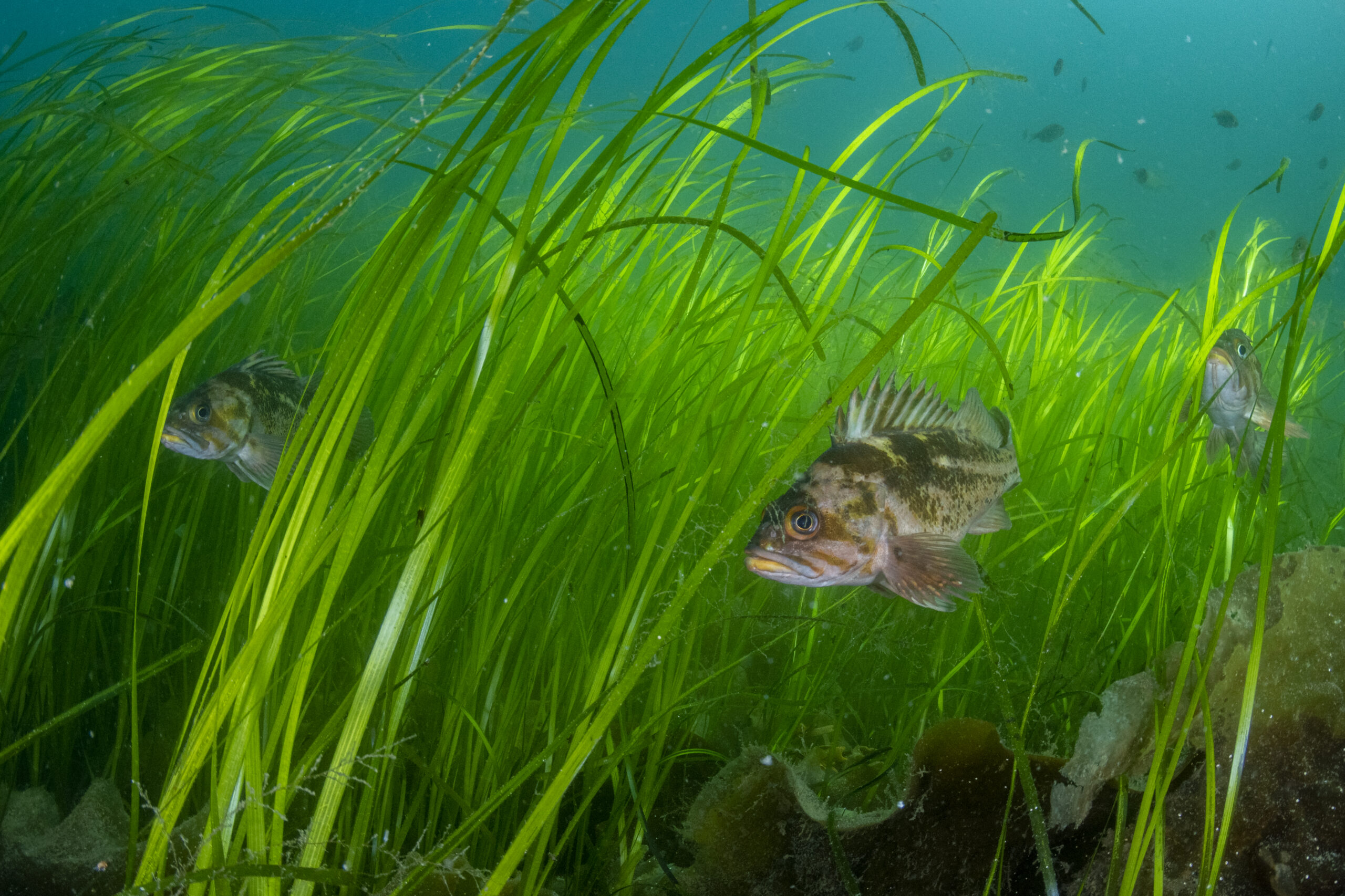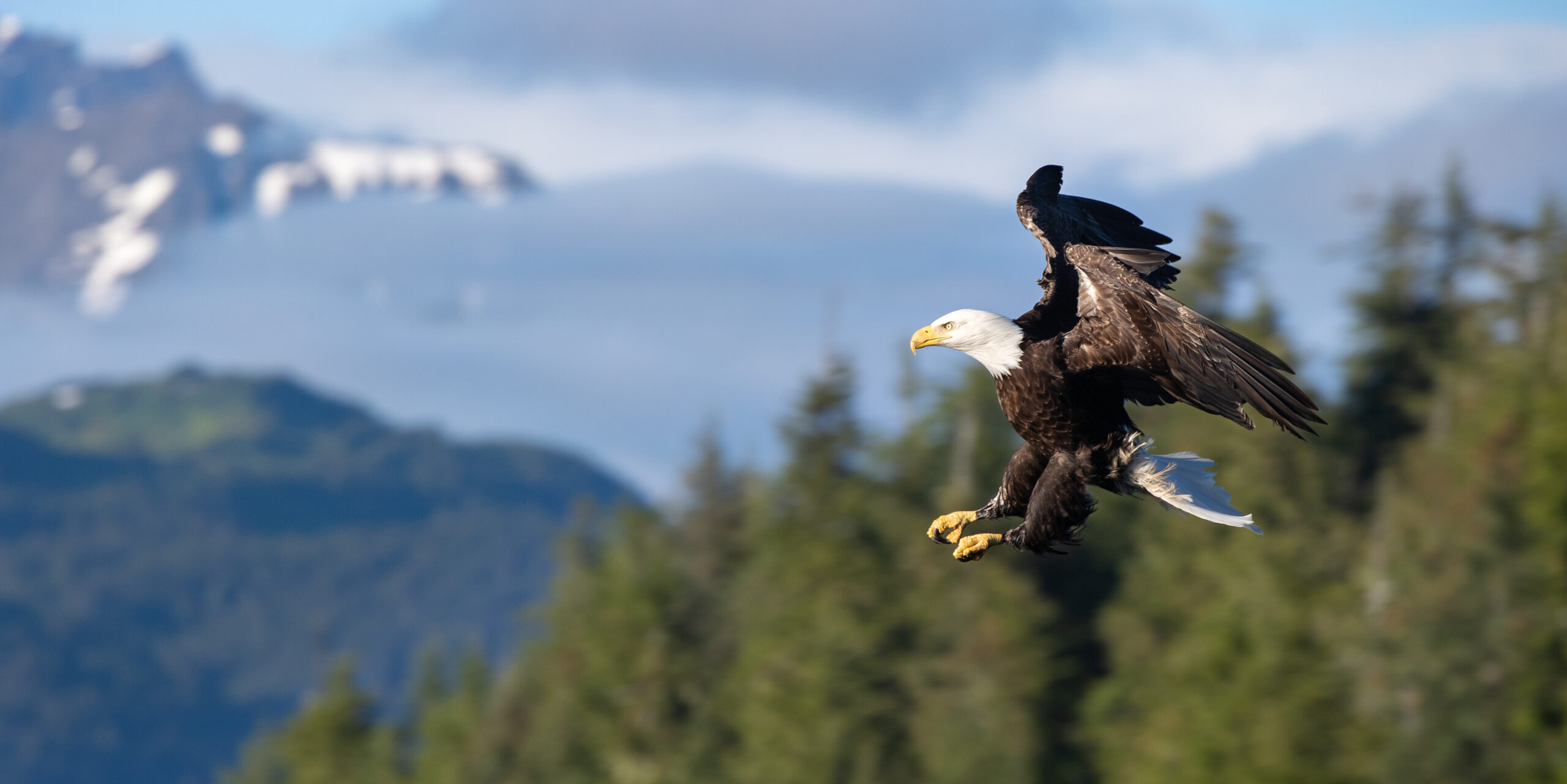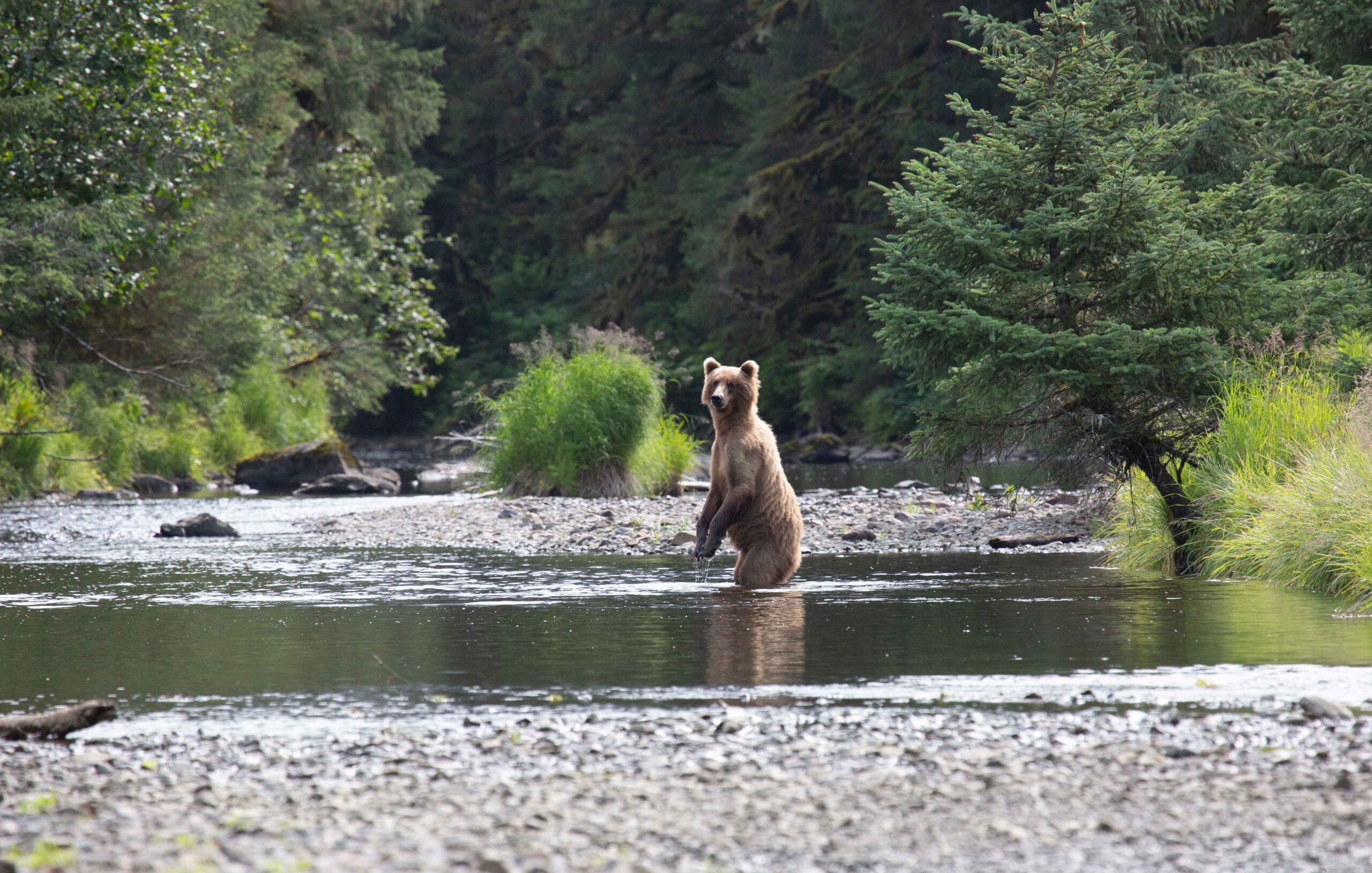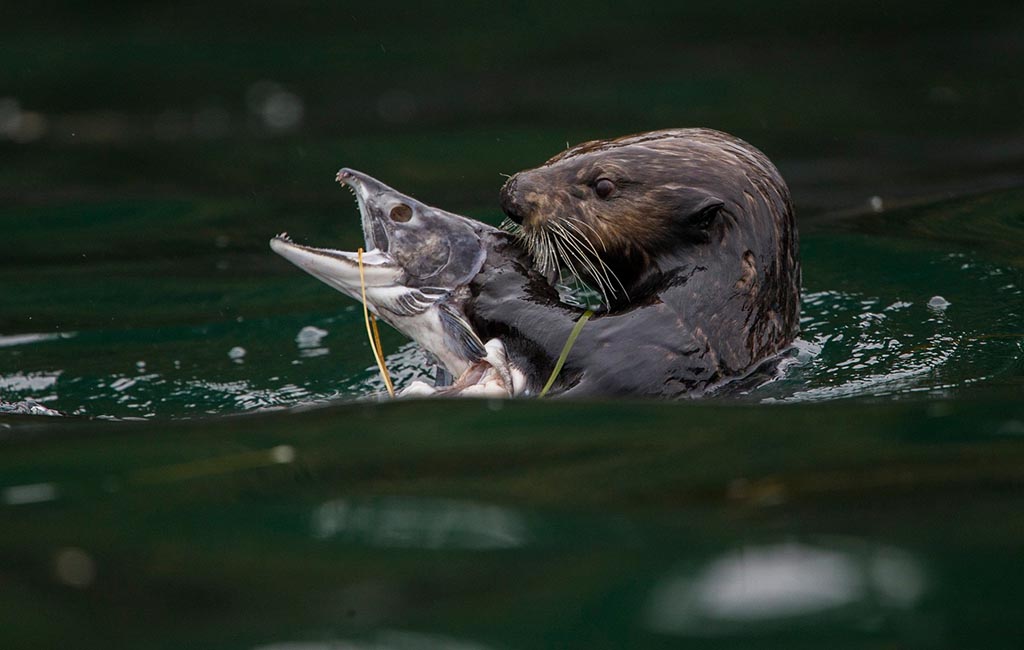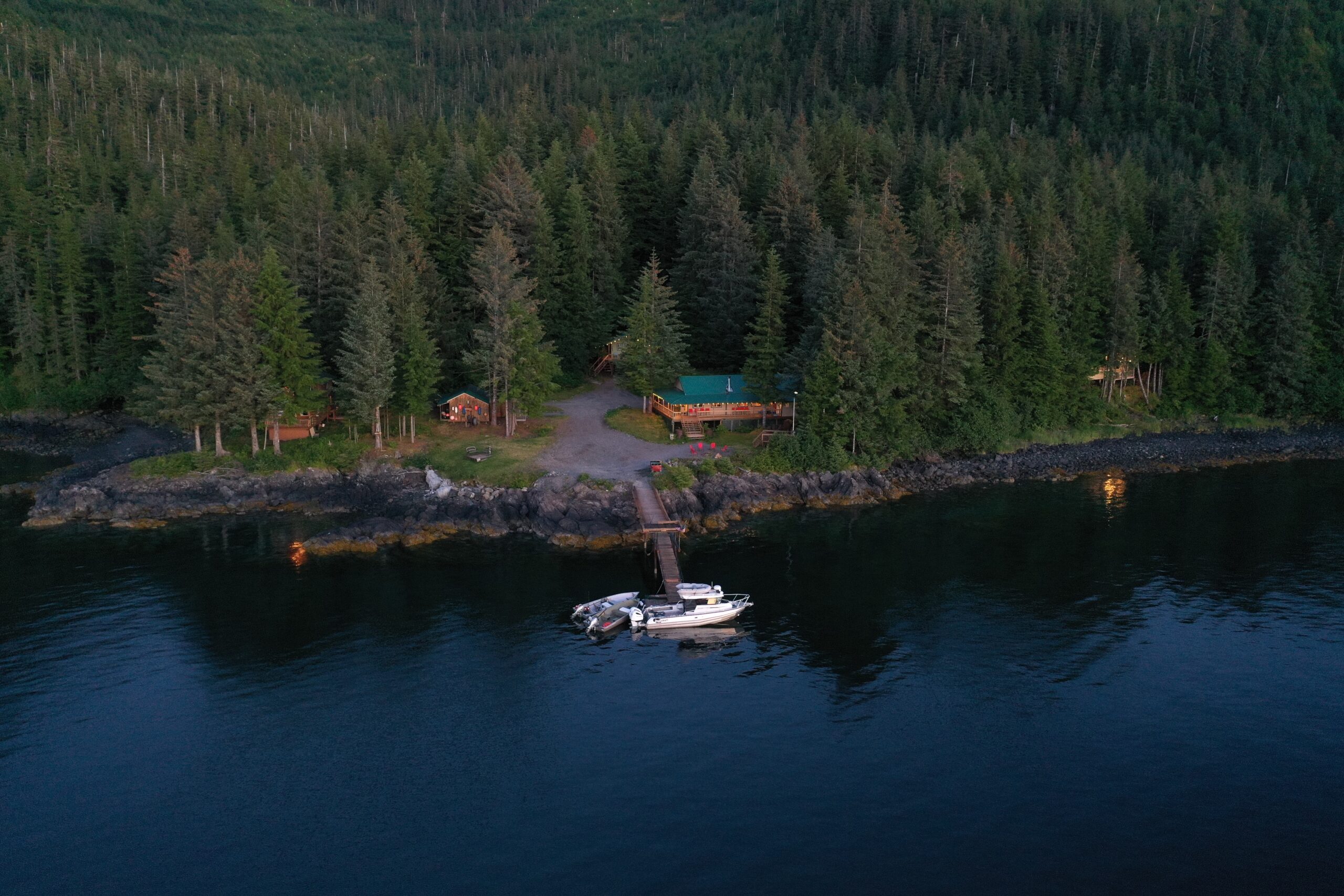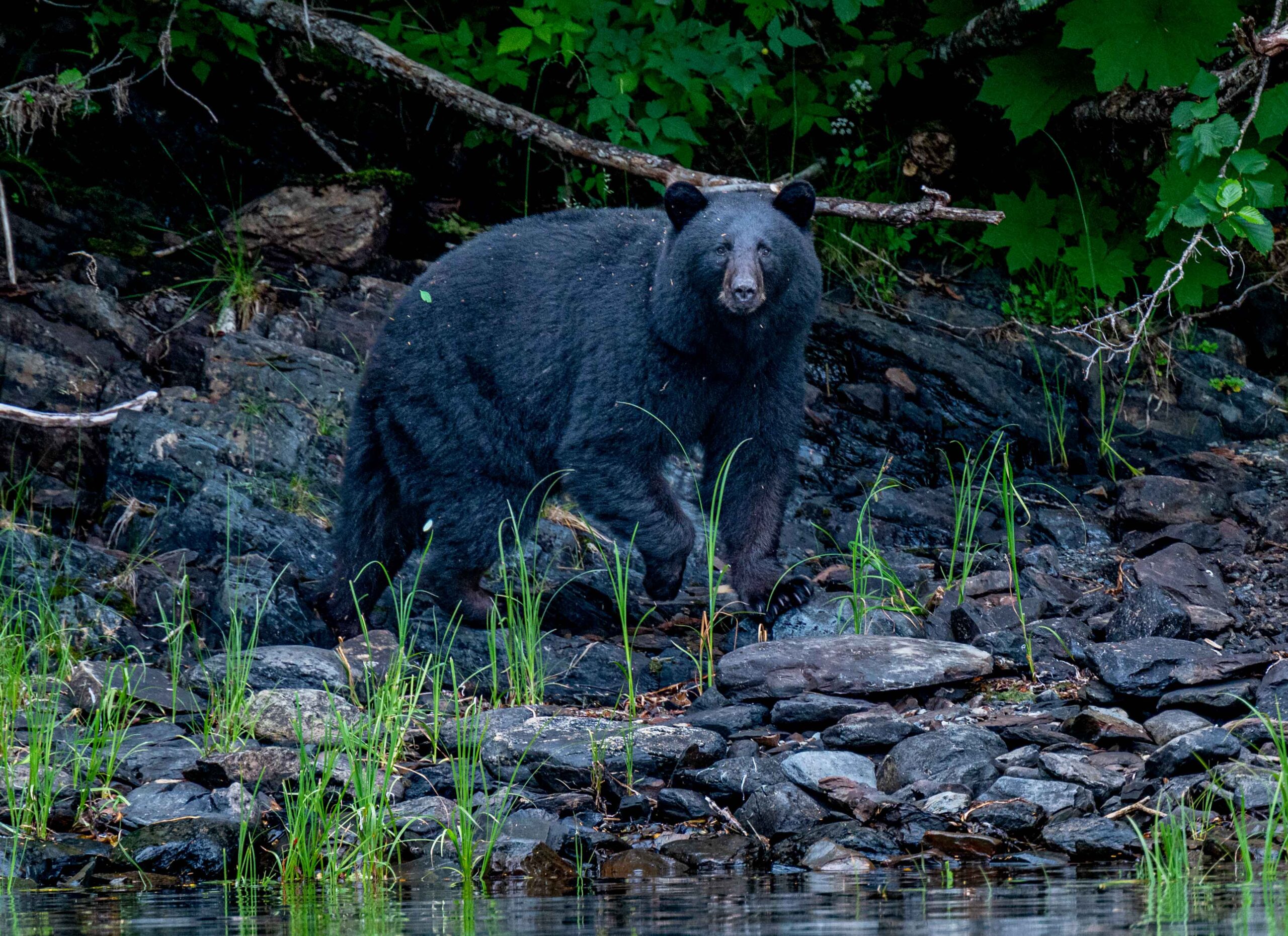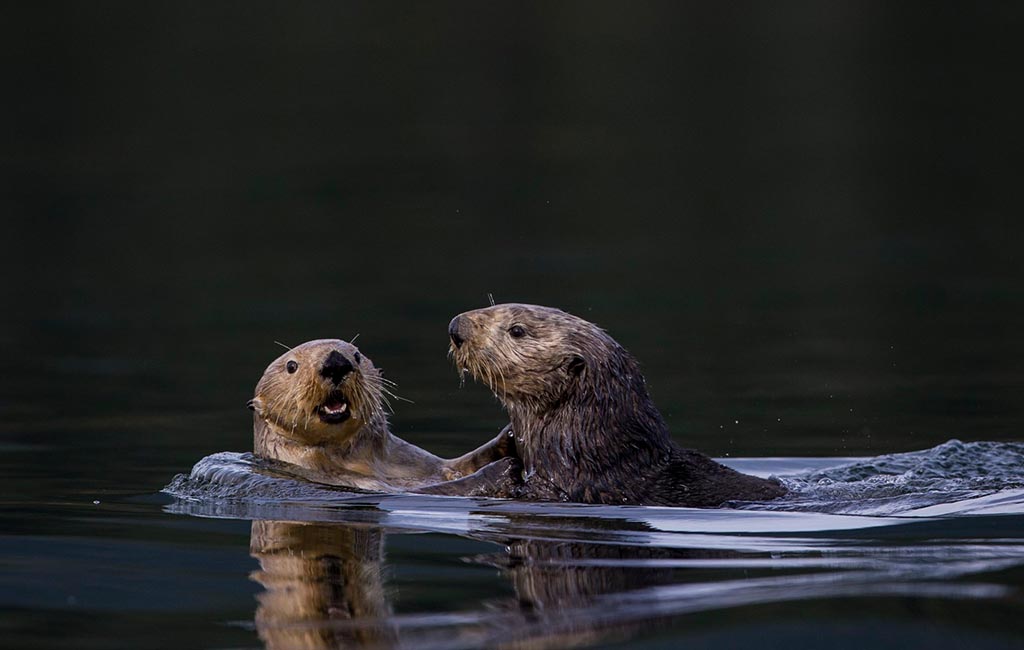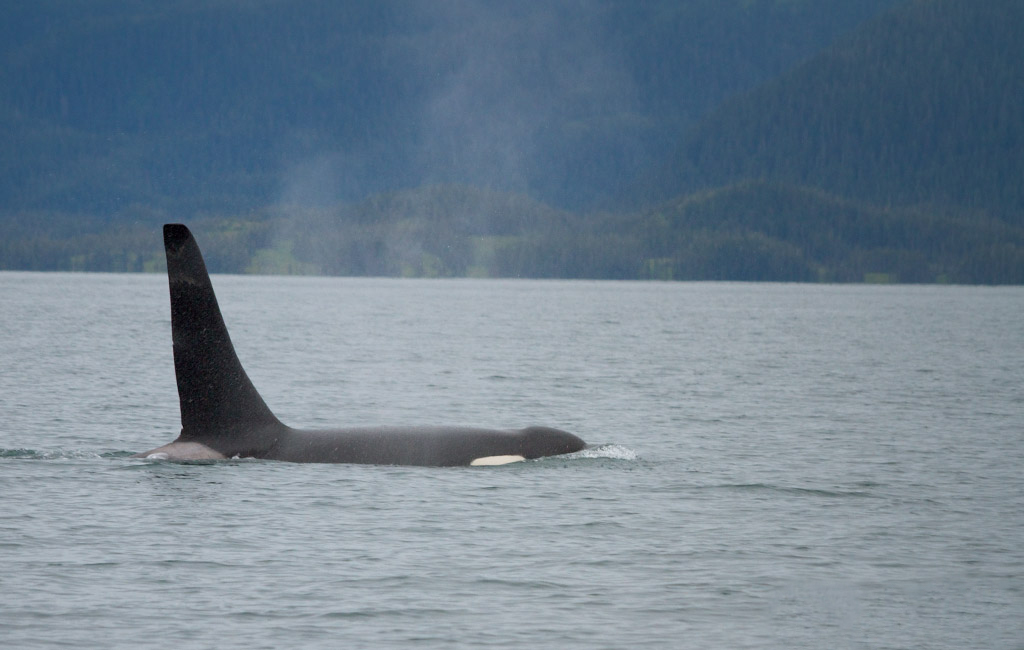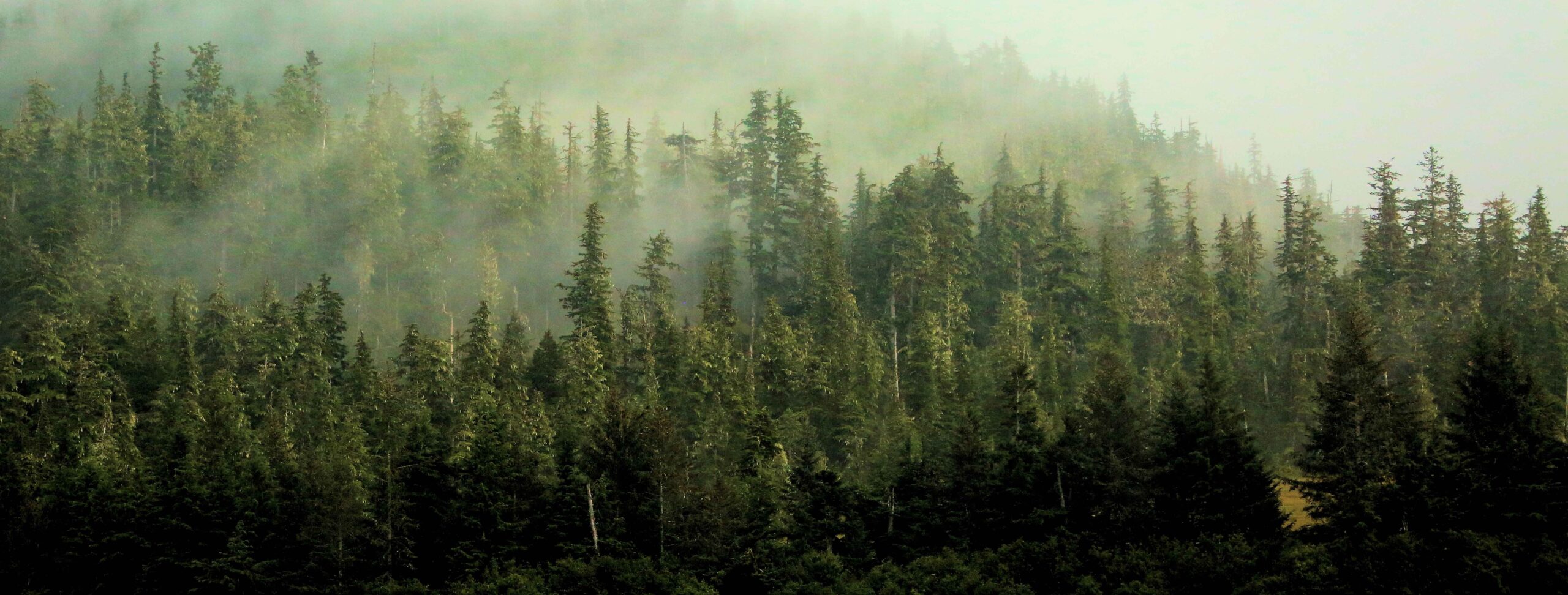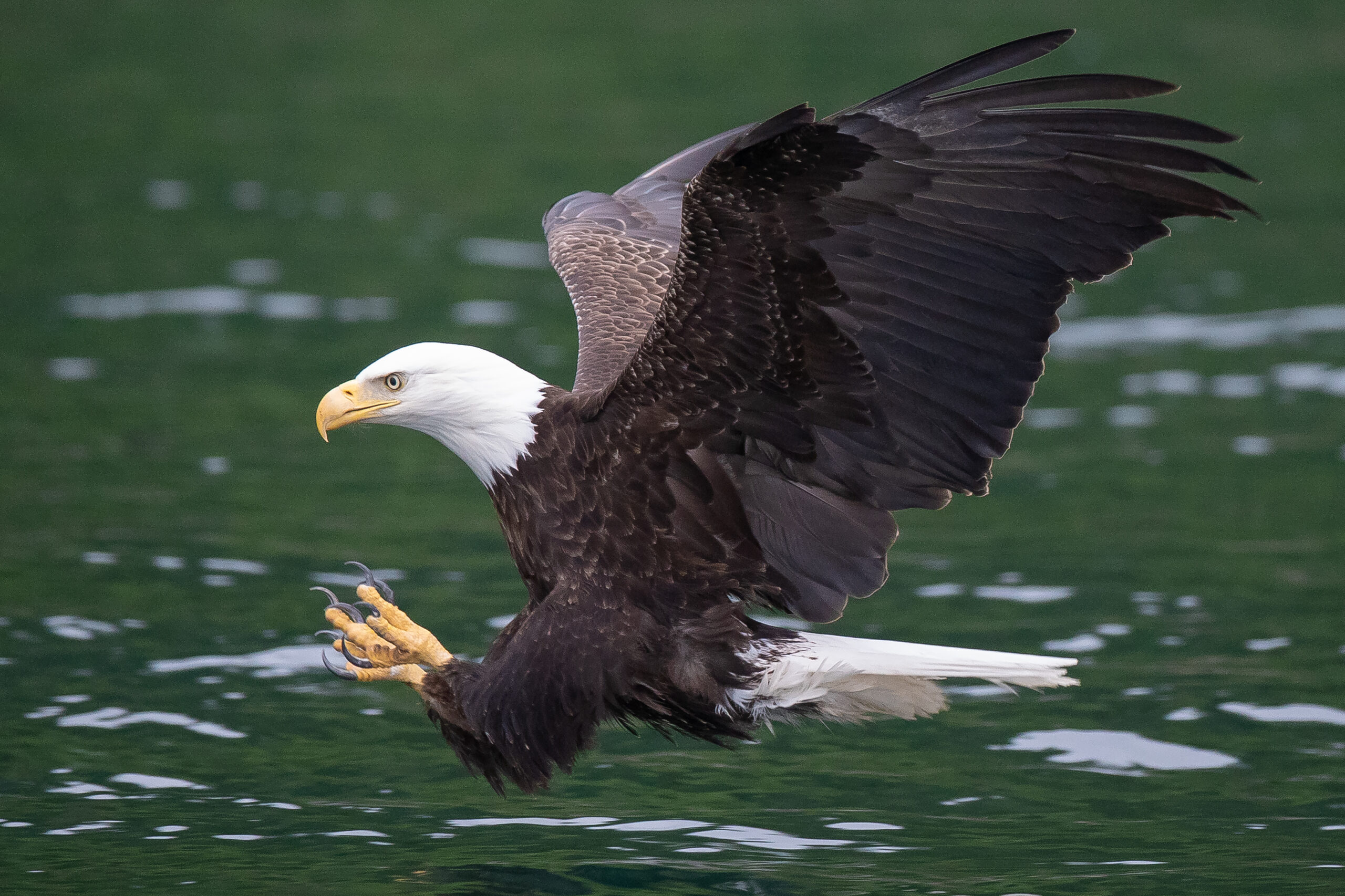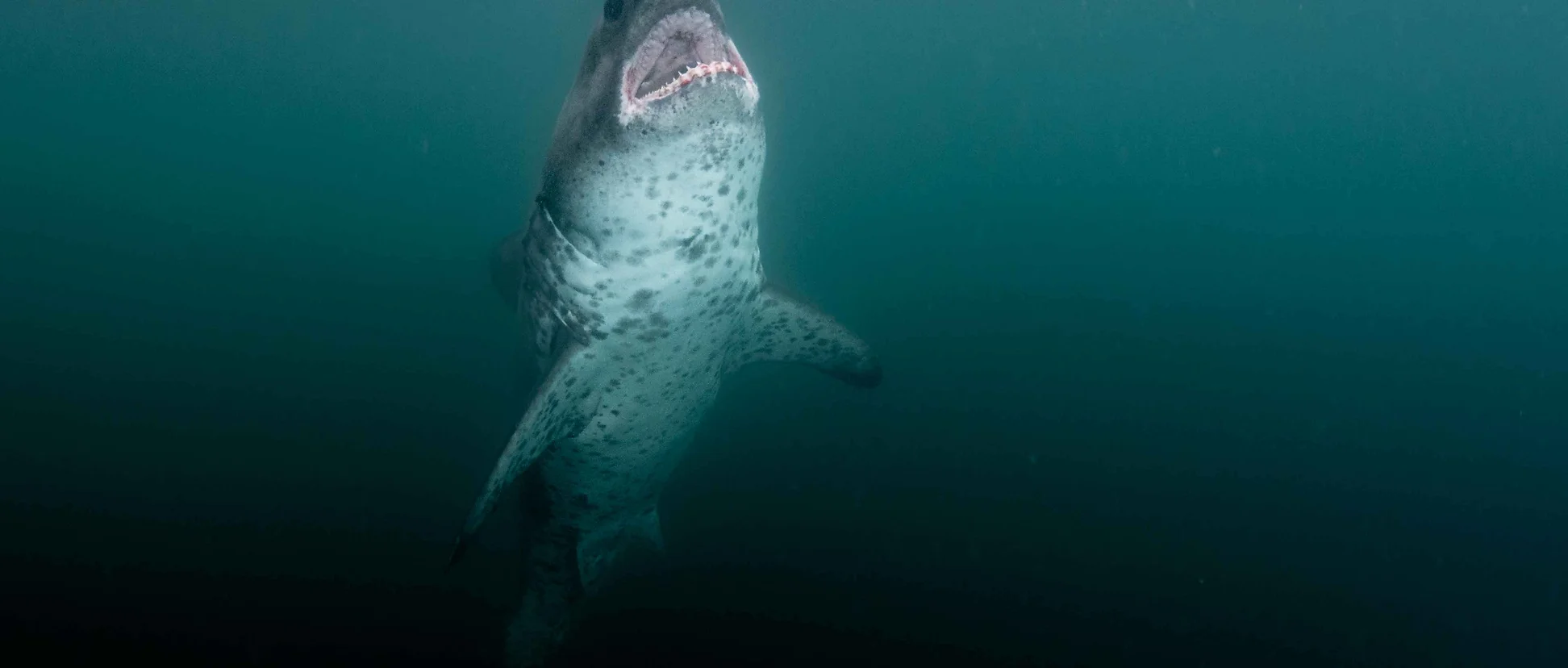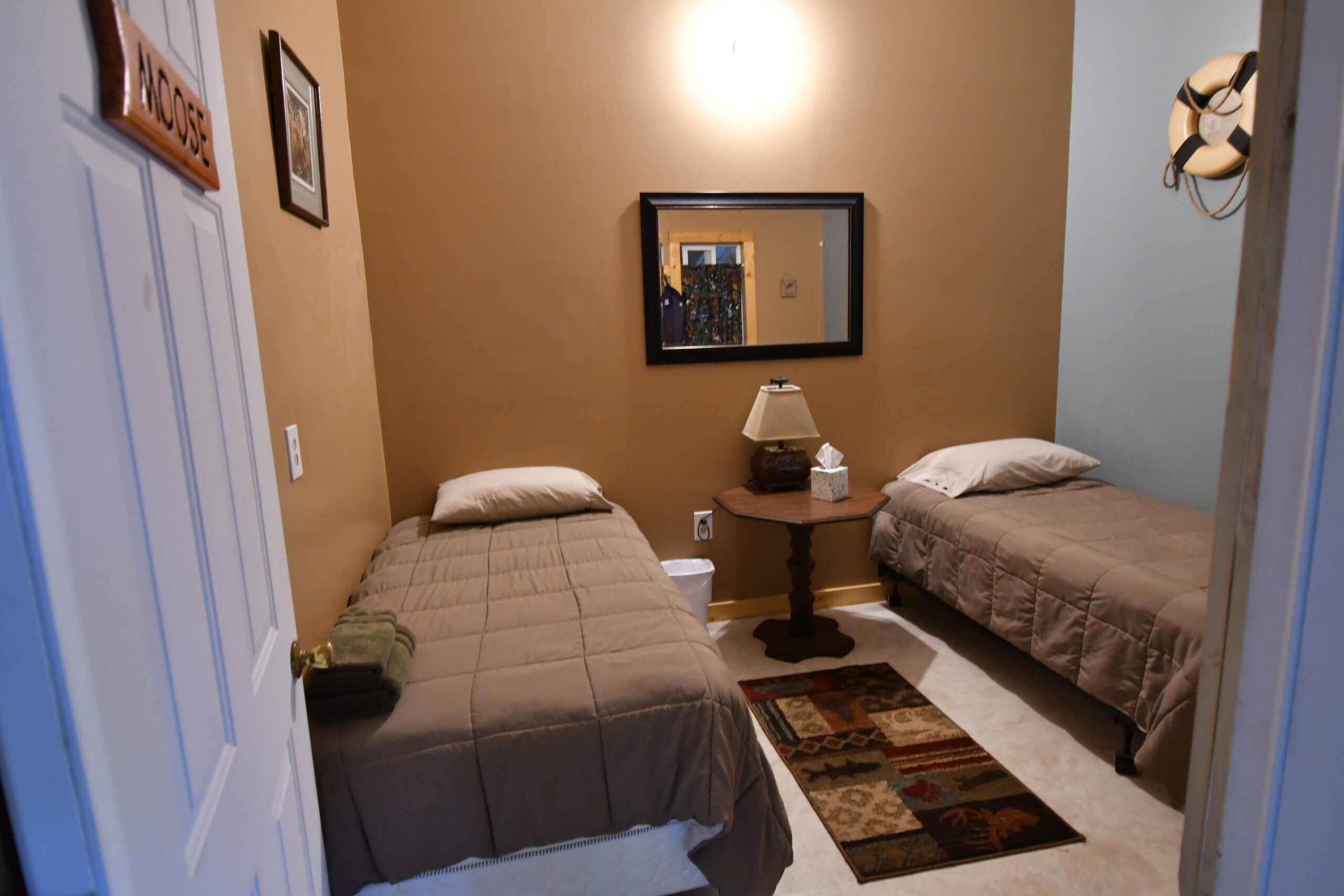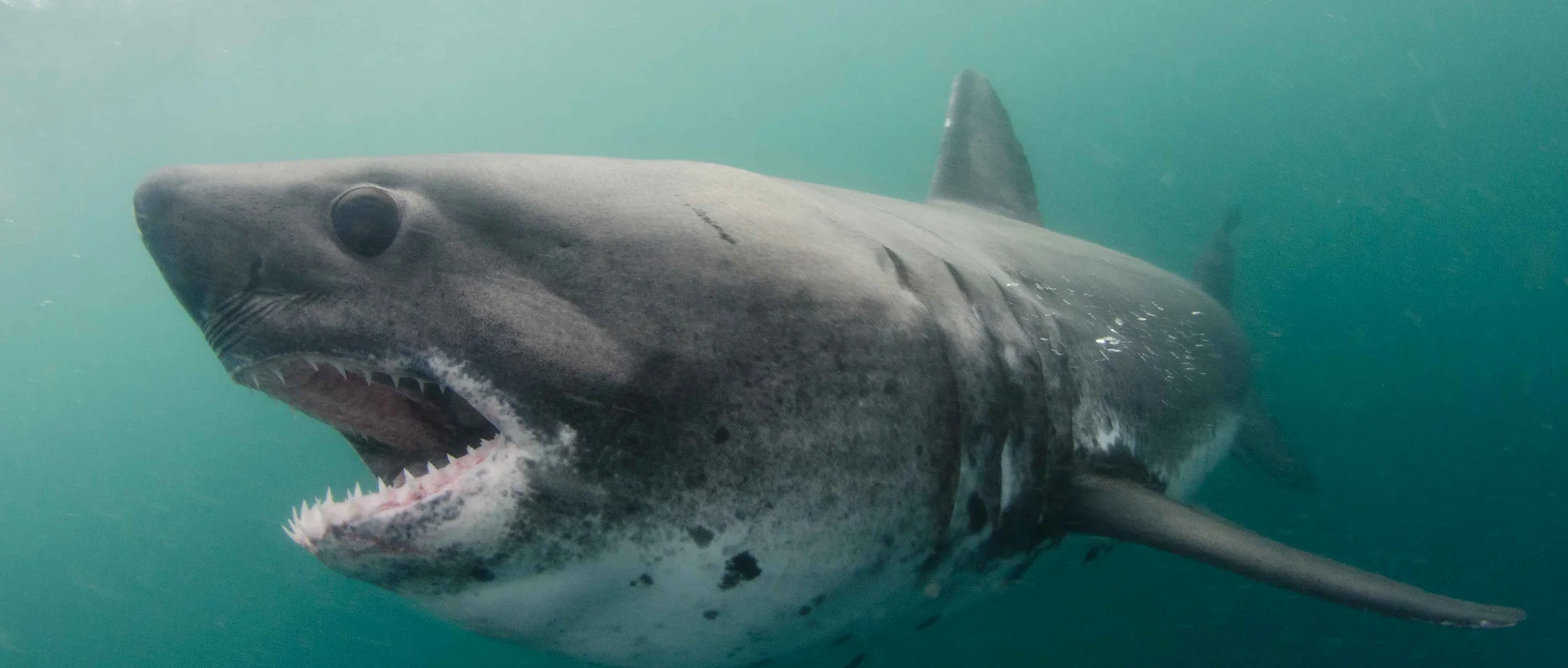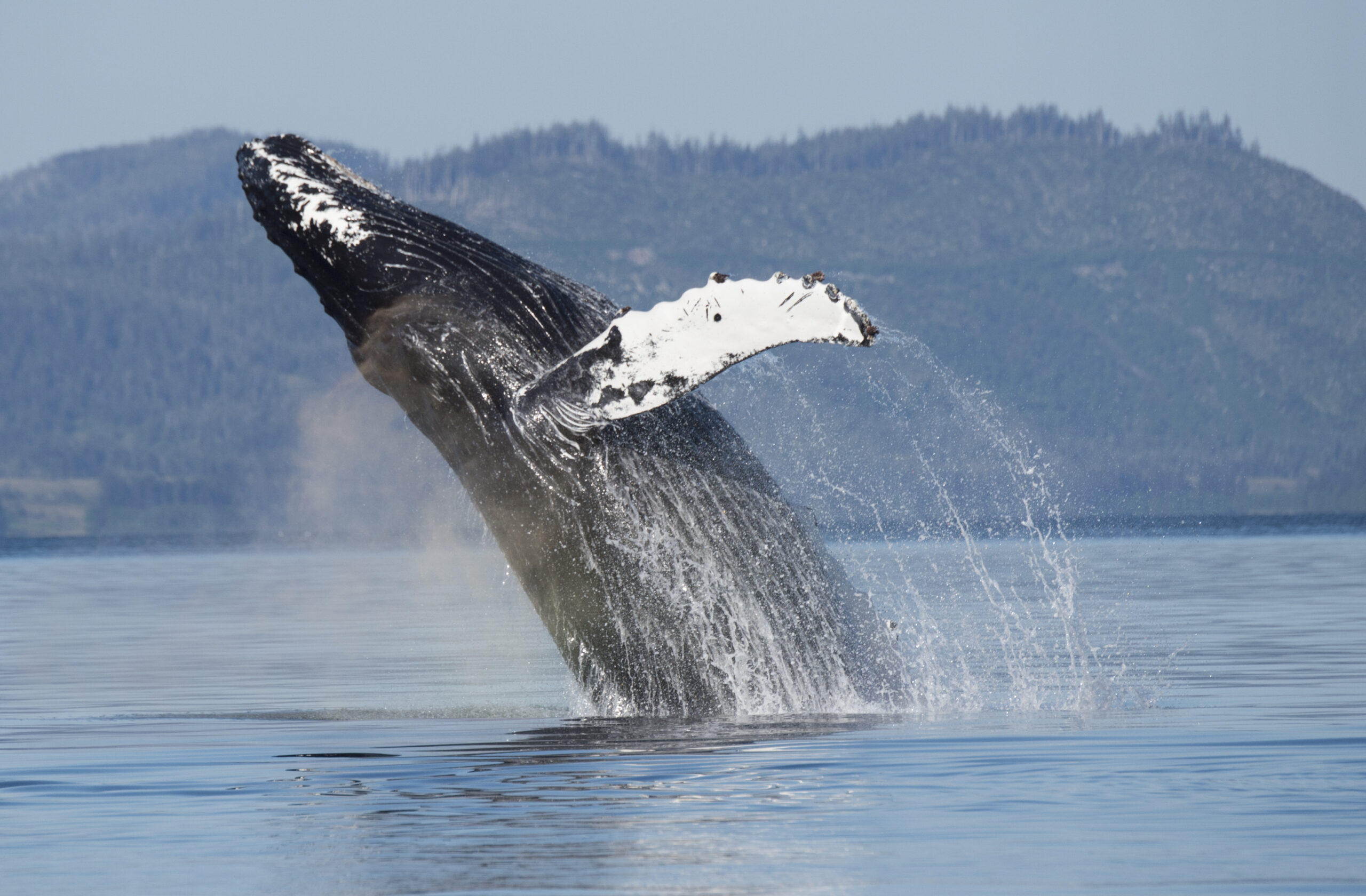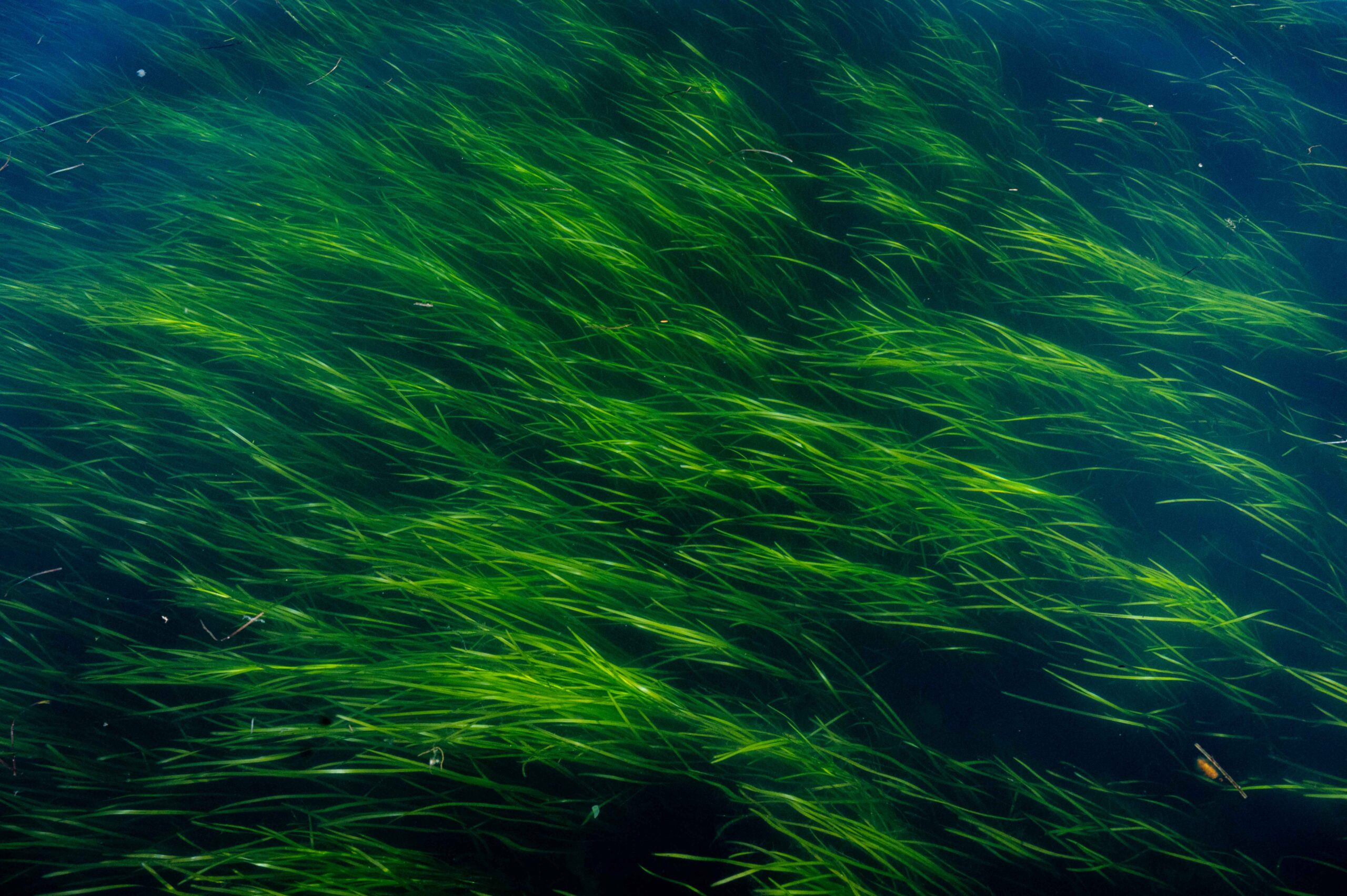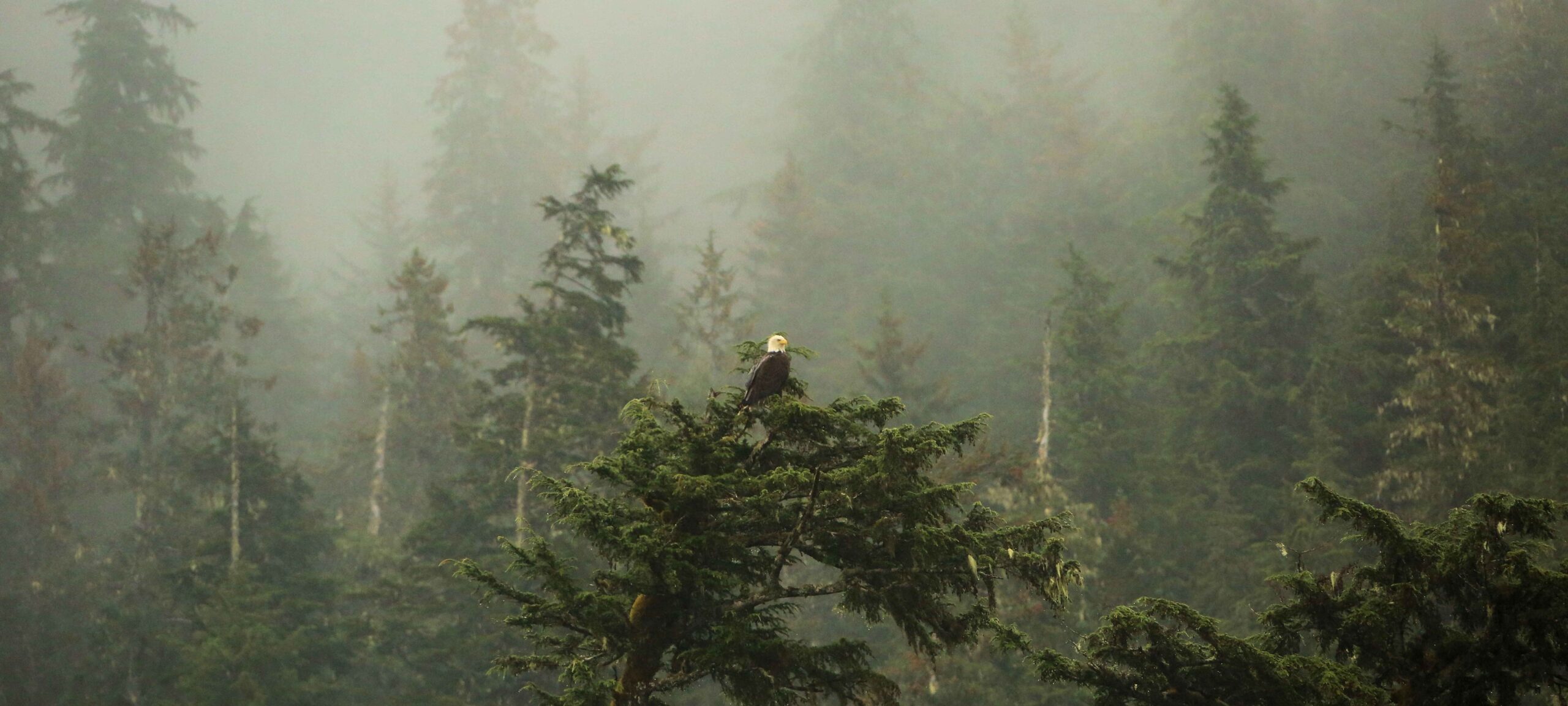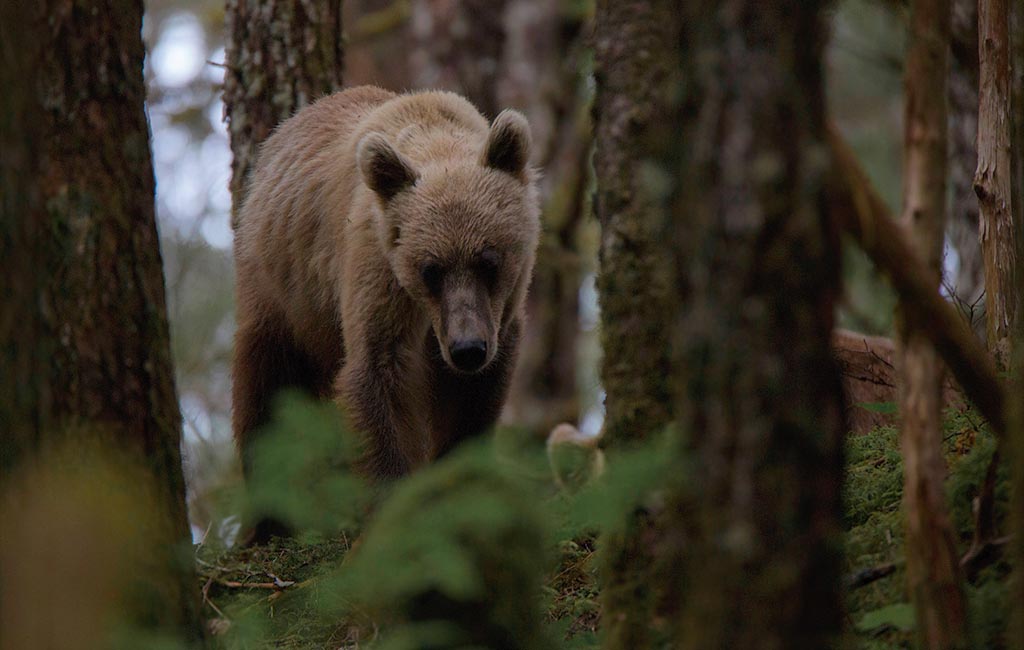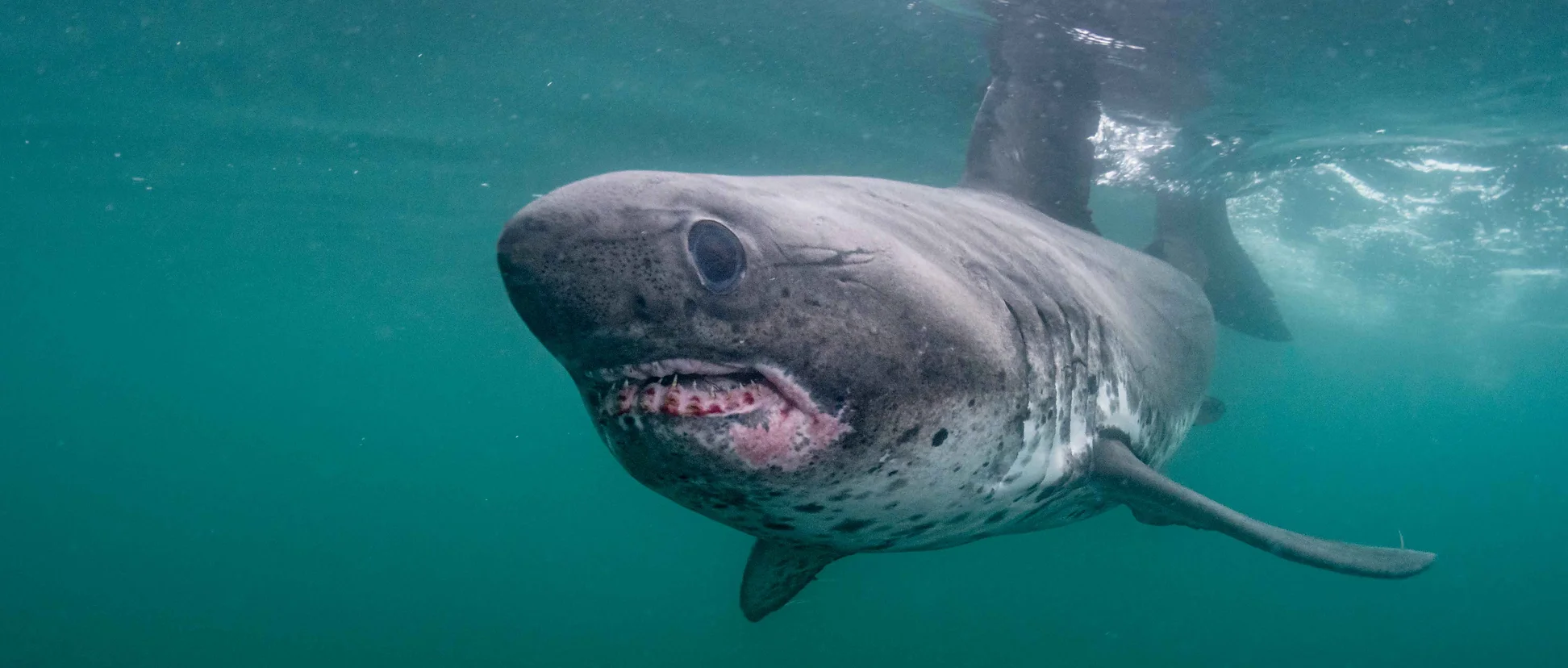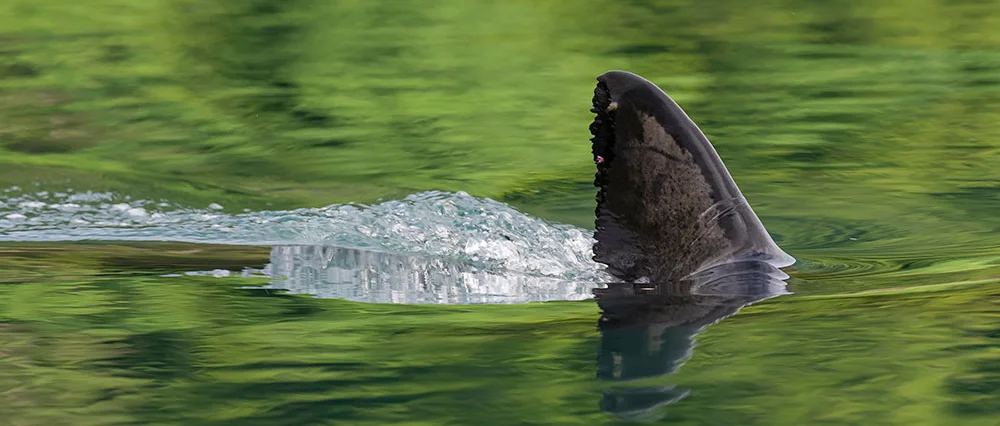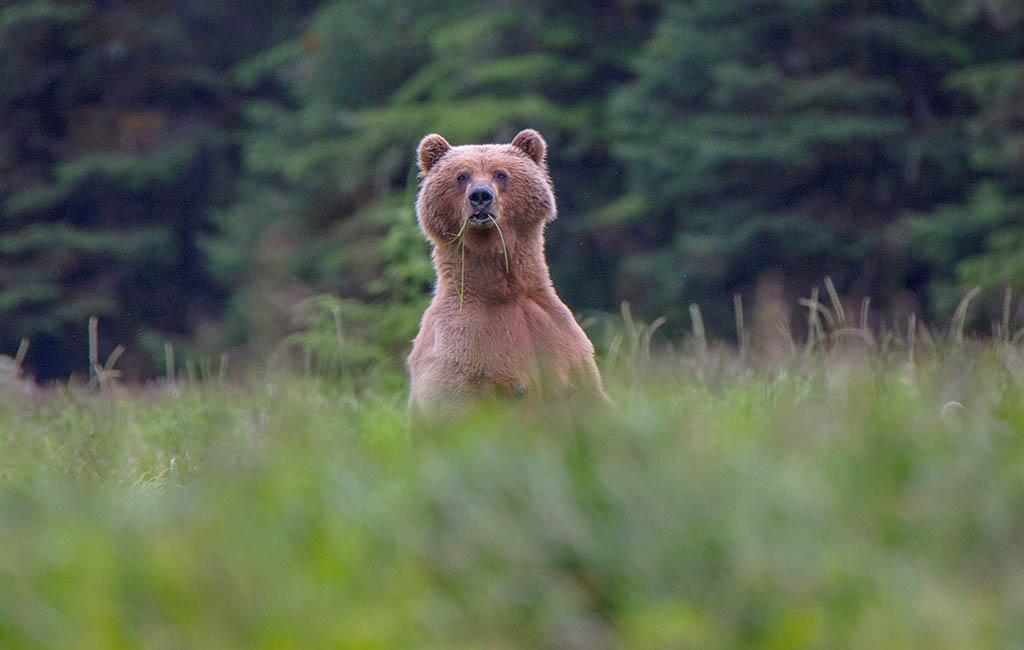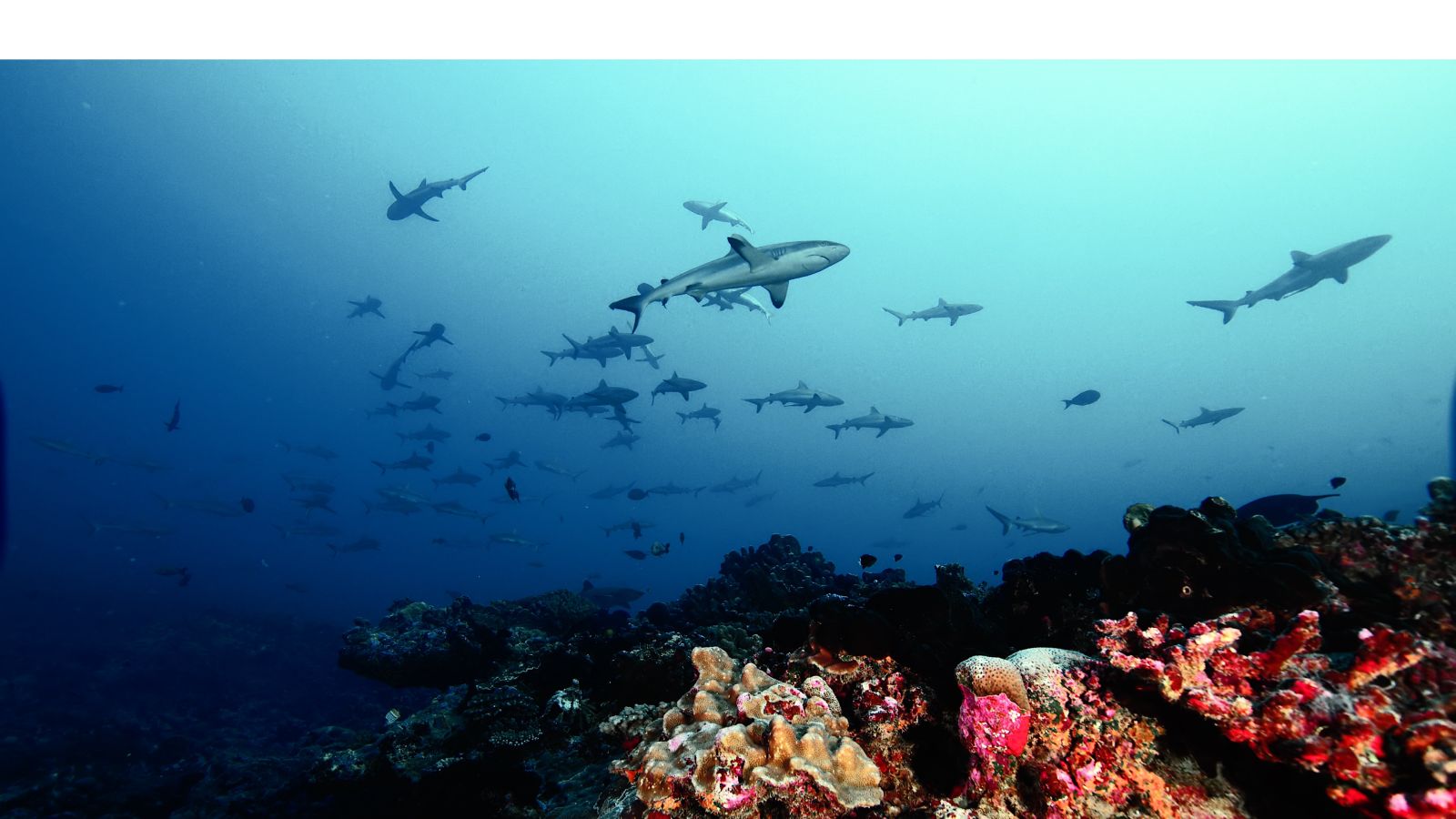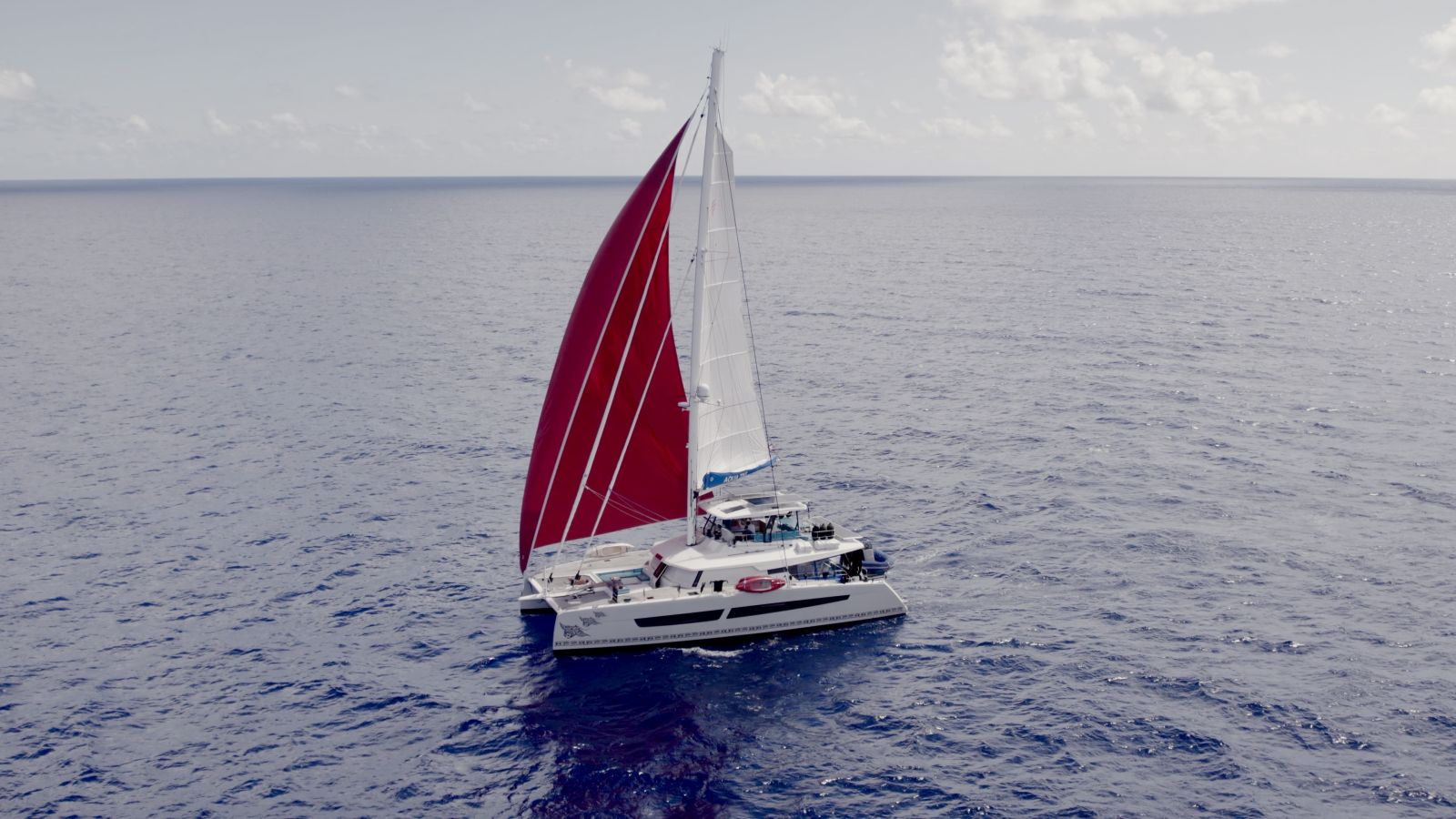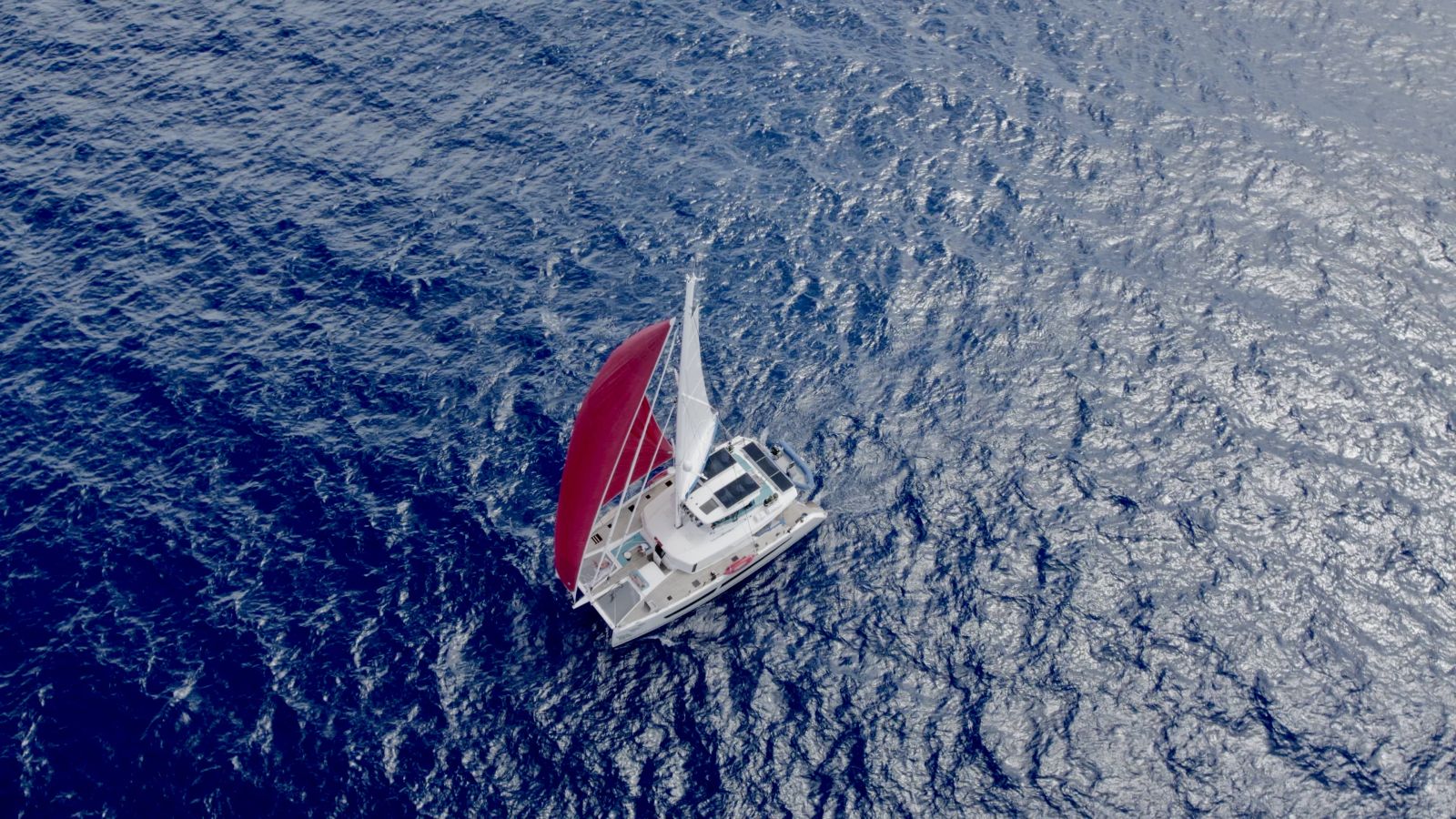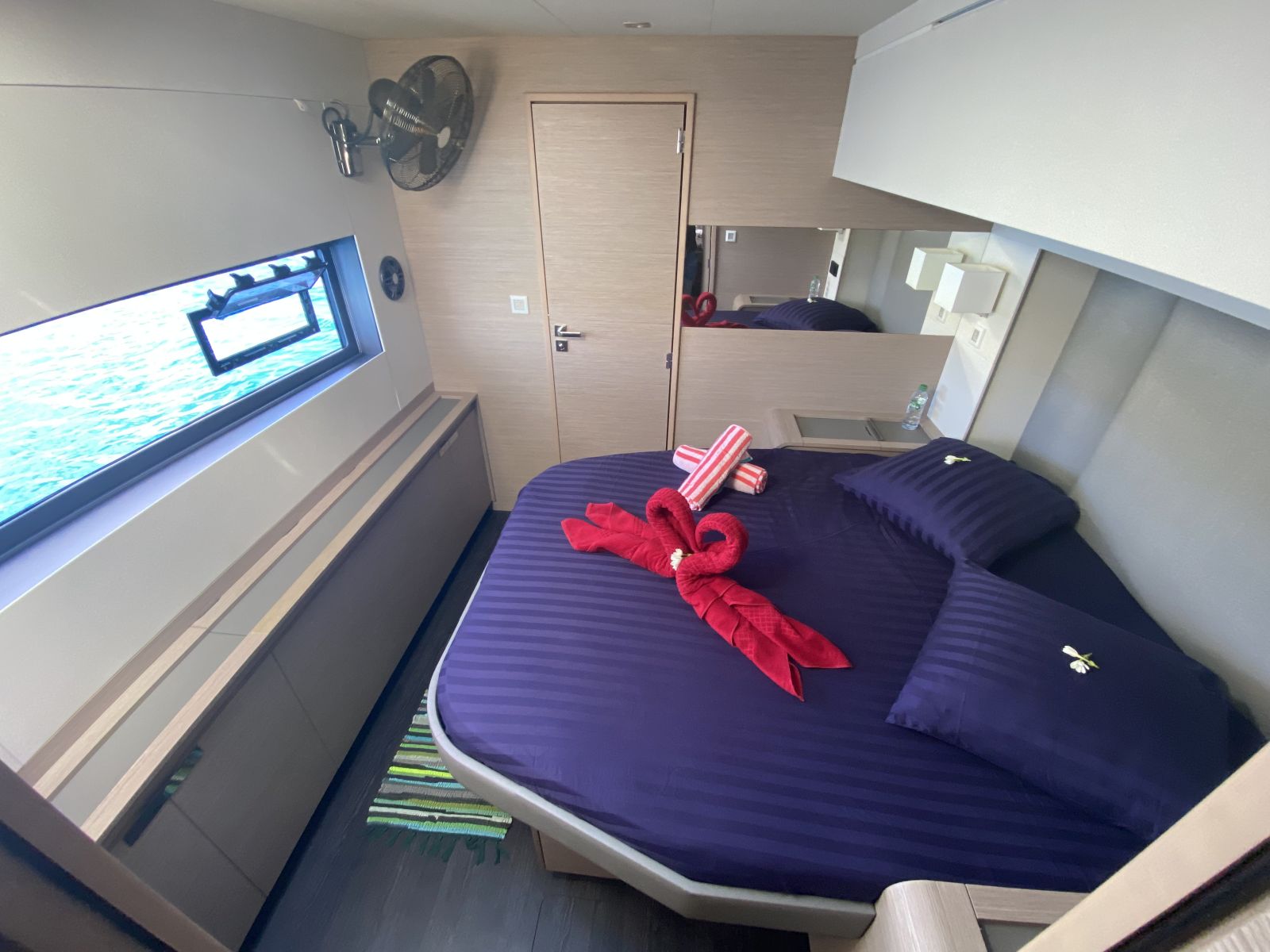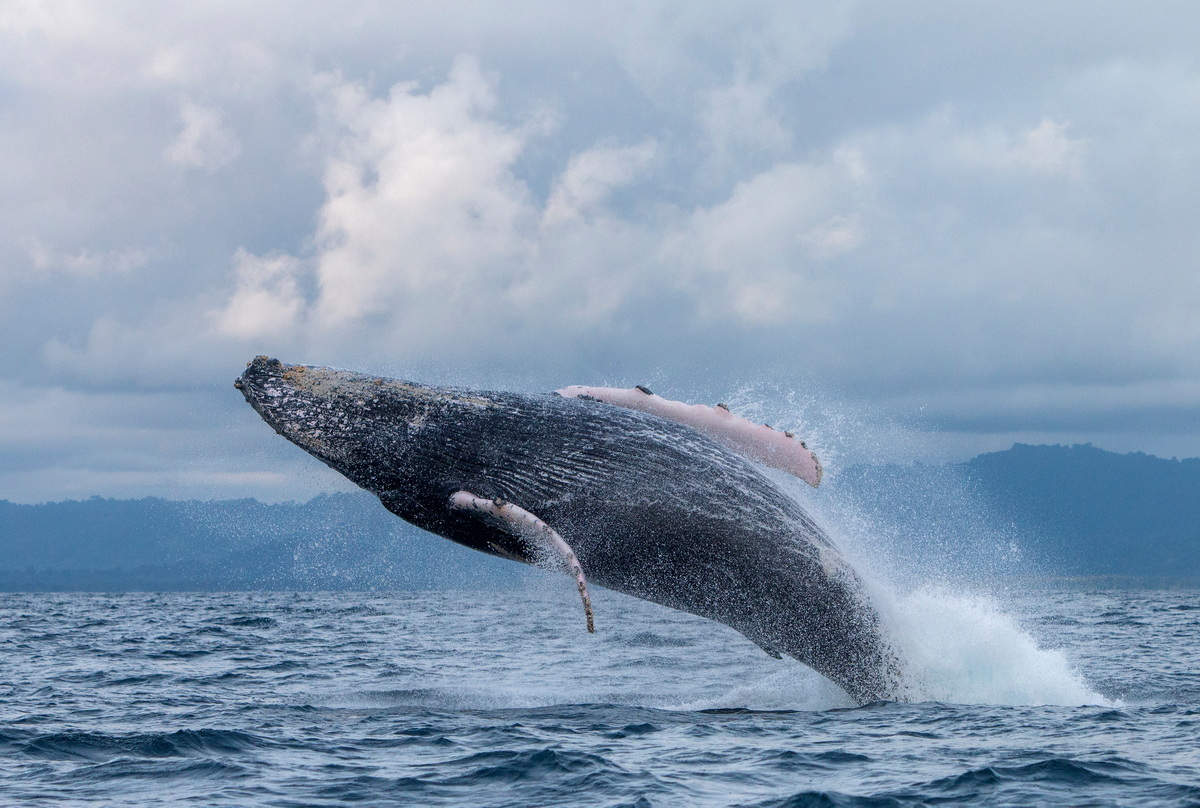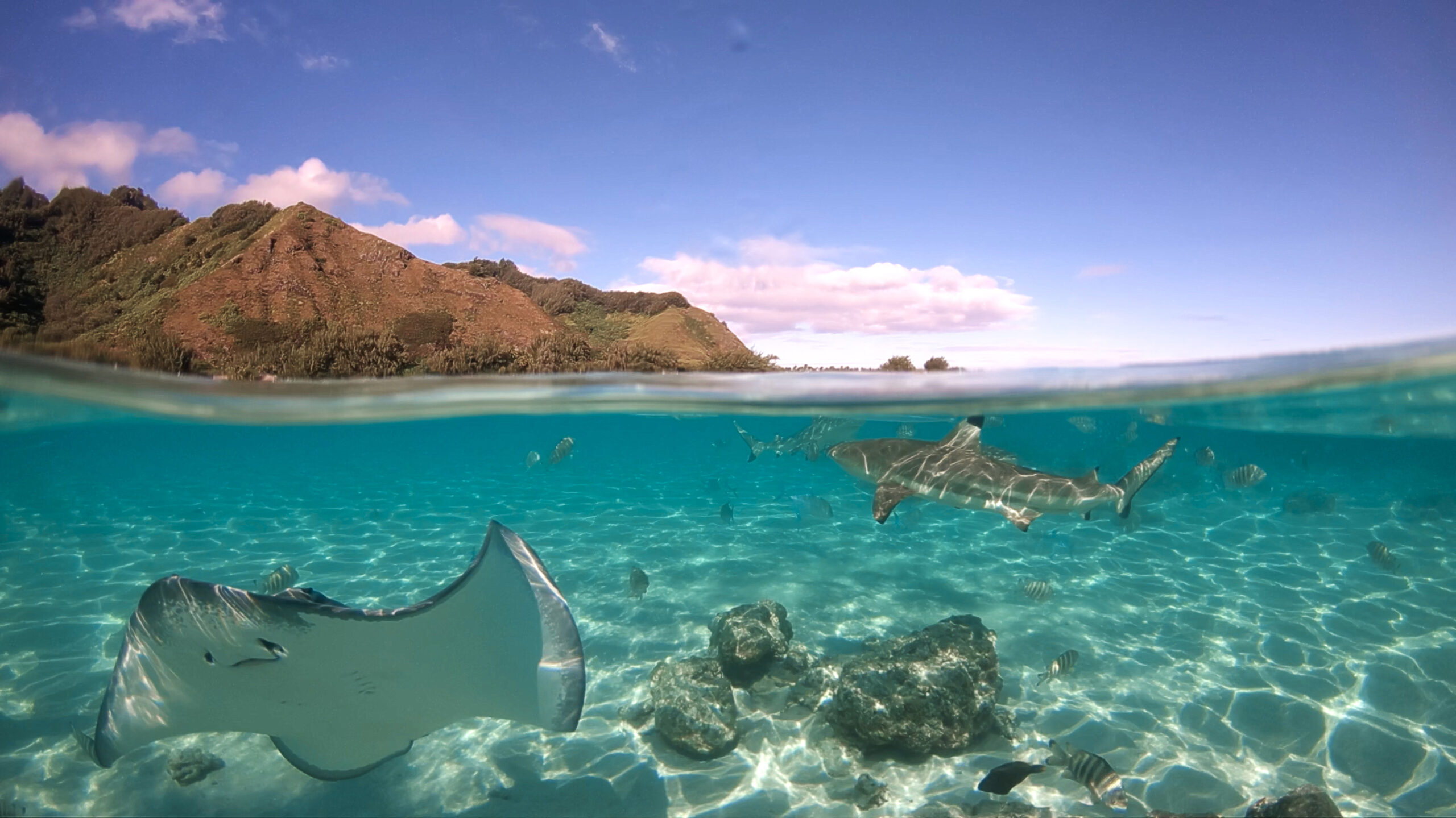Galápagos Galore – 09/2026
If you like the following, this trip might be for you:
#1 on the Planet 🌎
The Galápagos Islands are without the best diving in the world. Everything that has been said about it is true: more fish, more pelagics, more diversity, more highlights. There won't be any experience that can match this one underwater.
Extended Itinerary ⚖️
Most boats only offer 7 days itineraries in the Galápagos, which entails big risks if you get a few bad weather days or worse conditions. We offer a 10 night excursion, with 5 days at the islands of Darwin and Wolf to max out the experience!
Galápagos Sky ⛴️
Our experience with the Galápagos Sky has been tremendous. The crew is of absolute top service level, the safety measures are impeccable and the food was delicious. Open bar with delicious cocktails too, for the connoisseurs!
Endemic Species 🦎
The buzzword in the Galápagos Islands is "endemic". The islands retain a staggering 95% of their native species, a feat unparalleled on any other archipelago in the world.
Whale Shark Season 🔍
This trip is planned in the middle of the whale shark season in the Galápagos. Scientist assume that huge pregnant whale sharks come here during this time to give birth, some up to 15 meters!
Large Pelagics 🦈
Schooling Hammerheads, giant whale sharks, rays, mantas, turtles, huge schools of tuna, Galápagos fur seals: everything here is big and in schools of hundreds. There is just no competition.
Crown Jewel
Both the destination and the vessel we chartered are the absolute top of our range, and should be considered "the best of the best".
Once In a Lifetime
Given its exclusivity and remote location, travelling to the Galápagos is not cheap. Yet, most people that visited the magical islands, come back stating it was worth every penny.
Best Overall Experience
"Galapagos is a truly magical place. Besides the "normal madness" we know from the Pacific like schooling sharks and big animals you have some special species there also under water like the marine iguanas and penguins. I don't know any place where you can see so many different animlas above & below the surface. We don't say this often, but this is for sure the best diving destination out there."
- Marcel, CEO -
Meet your BTM Trip leader
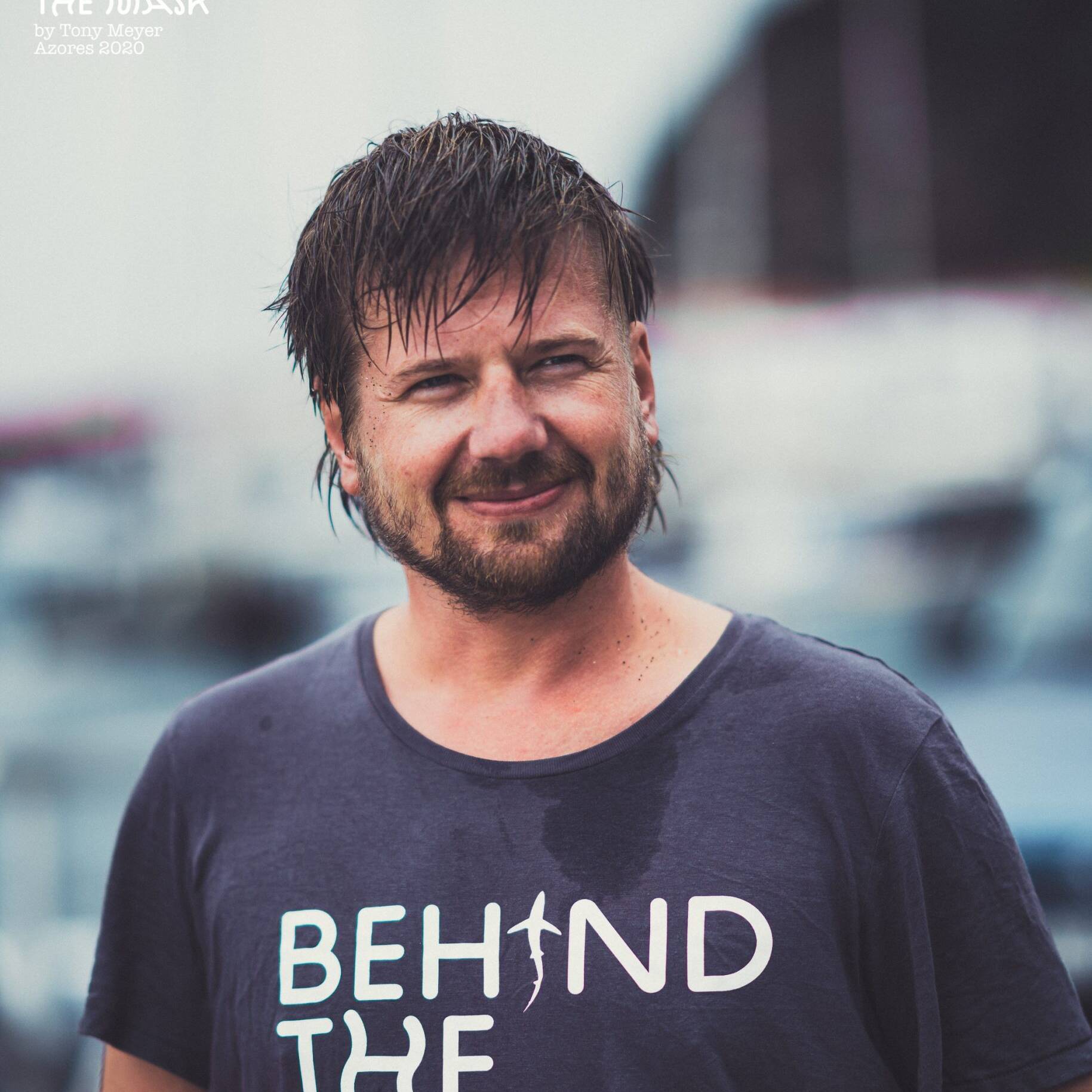
Marcel Wilpernig
BTM Travel CEO
M/V Galápagos Sky
10 Nights Itinerary
Sep 3 - 13, 2026
Trip price:
- per person (see details below for what is included in this price)
Included:
- 10 nights cabin accommodation in a shared twin cabin (Master Cabin surcharge $400 per person)
- All meals, snacks, all beverages including an open bar policy (beer, wine, spirits and liquor)
- One 80 cu ft/12 liter tank, weights, weight belt, Nitrox for free
- Up to 4 dives per day
- 2 land excursions, ratio of Dive Guides 8:1
- Transfers from local airports (please use certain domestic flights requested by the boat)
Not included:
- Trip Interruption or Cancellation Insurance
- Mastercabin Upper deck surcharge $400 per person
- Dive Accident Insurance (DAN or DiveAssure)
- International Airfare to Ecuador (Quito UIO or Guayaquil GYE)
- Hotel stay in Ecuador (Quito UIO or Guayaquil GYE)
- Domestic Airfare to the Galapagos Islands (Quito UIO or Guayaquil GYE to San Cristobal SCY)
- Galapagos National Park entrance fee $200 USD
- Transit card (TCT) $20 USD
- Hyperbaric chamber fee $35 USD (must be collected in advance)
- Rental gear
- Gratuities to guides and crew
Important: We highly recommend DiveAssure insurance which also covers force majeure and single missed days of diving due to sickness. Feel free to ask us about it. Further extensions in Ecuador or South America are always possible and we’re happy to assist! Our terms & conditions apply!
Sep 3 – 13, 2026
Your domestic flight should arrive on Sep 2, 2026 from Quito or Guayaquil in Baltra (GPS). We will be picked-up by the crew and transfered to the vessel. Check dive in the afternoon around the are of Baltra. First dinner together on the boat. Up to 4 dive per day will follow the next 8 and a half diving days around the islands of Galapagos Marine Park. Please find below an itinerary which is always subject to change to due marine park or captain’s decisions.
On September 13rd 2024 after breakfast we will be transfered by the crew to San Cristobal Airport for our flight back to Ecuador mainland. If you plan to stay on the islands we’re happy to put something together for you. Also Ecuador is a fantastic country to discover.
THURSDAY
Day 1 Check out dive Baltra GPS
Day 2 Seymour / Cousins
Day 3 Wolf
Day 4 Darwin
Day 5 Darwin/Wolf
Day 6 Wolf or Darwin
Day 7 Wolf or Darwin
Day 8 Cabo Douglas/Vicente Roca
Day 9 Cabo Marshall/Roca Blanca
Day 10 Pinzon/Pto. Ayora.
Day 11 Departure from San Cristobal SCY
SUNDAY
Cruise Highlights
- 5 Days diving Wolf and Darwin Islands
- 9 Days diving on a 10 nights cruise
- Naturalist dive instructor and dive master
- Ecuadorian and international cuisine
- Main salon with audio/video entertainment center
- Dive platforms with fresh water showers
- Dive equipment and camera rentals
- Ample space for personal gear storage
- Free Nitrox
- Beverages including wine and beer with dinner
- Up to four dives daily (1 night dive in addition) plus land excursions in Galapagos
- Dive Deck assistance and Dive Deck outdoor hot showers
- Fresh hot towels after every dive
- Cabin amenities including terrycloth bathrobes in your cabin, biodegradable shampoo, conditioner, and soap, and nightly Turn Down service
- Morning beverage service
- Dress is casual – but dining service is “fine” plated
Our Yacht – M/V Galapagos Sky
The luxury live-aboard M/V Galapagos Sky is a 100 ft. (33m) state-of-the-art live-aboard diving yacht exploring the fabled waters of the Galapagos Islands. Designed by Peter A. Hughes and current owner Santiago Dunn in the year 2000, and launched in 2001 – this luxury live-aboard hosts 16 passengers in 8 well appointed cabins. We operate year round (schedule).
Built to exceed any/all international safety standards, M/V Galapagos Sky (specifications) is not only your live-aboard dive platform to the undersea wonders of Galapagos – but also has the crew, chefs, and amenities for you to enjoy five-star service during your entire trip.
Accommodations include eight private en-suite cabins with two twin or one king size bed options. Each cabin features a private head/shower, mirrored cabinet and wardrobe, bathrobes, hairdryer, and marine safe (biodegradable) toiletries.
The elegant M/V Galapagos Sky is fully air conditioned and features a spacious lounge area and separate fine dining area. Two dive masters and up to four dives a day ensure that your voyage will have ample underwater time to discover the magic of Galapagos diving.
M/V Galapagos Sky specifications:
L.O.A.: 100 feet
Beam: 24 feet
Cruising Speed: 12 knots
Range: 2,400 miles
Fuel Capacity: 8,000 gallons
Water Capacity: 6,000 gallons
Desalinator Production: 4,500 gallons per day
Compressors: two high / two low pressure
Voltage: 110 and 220 volts
Navigational Aids: VHF and HI-SUB radios, GMDSS, color radar, echo sounder, Furuno GPS
Safety Aides: EPIRB (emergency position indicator radio beacon)
Galapagos Marine Park
Gently swept by the waters of three major oceanic currents, the Galapagos Islands provide a stunning range of extraordinary diving encounters for live-aboard divers.
Schooling Hammerheads, giant whale sharks, rays of all shapes and colors, turtles, huge schools of fish, galapagos fur seals, and astounding marine life diversity are just some of the riveting attractions of Galapagos liveaboard diving – a destination many divers feel is “the best in the world”.
The Galapagos Islands are a National Park and Marine Sanctuary. Over 90 percent of the land and all of the waters are protected. You’ll be visiting a part of the world which has changed little since the time of Charles Darwin. It’s unique location at the confluence of three major currents make it one of the busiest, fishiest, and magical underwater places on earth. Discover the magic of Galapagos Diving on your next live-aboard cruise with us on board the Galapagos Sky – see for yourself why many divers feel Galapagos is truly “the best diving” in the world.
Whale Shark Season: June – November
While you may see whale sharks during any cruise on M/V Galapagos Sky, the number of encounters goes up dramatically during June and November of every year.
Whale sharks (Rhincodon typus) are the largest fish in the sea, and large adults may reach 40 ft. (12.2 m) in length, and mature adults are typically 30+ ft (10 m) in length. They may weigh 40,000 lbs or more. Only a few of the great whales (mammals) are larger.
There’s really nothing like the thrill of finding and seeing a whale shark in their natural habitat. Their size alone delivers an unforgettable impression. They are also often accompanied by a host of other sea denizens: remoras, cleaner fish, tuna, mackerel… Large whale sharks bring a mini-ecosystem along for the ride.
The Galapagos Islands are located at the confluence of three great oceanic currents: the cold South Equatorial Current (source is the Humboldt Current), the warm Panama Current, and the cold, deep Cromwell Current. Every June, the tradewinds freshen and the South Equatorial Current lowers land and water temperatures, providing a perfect environment for whale sharks.
Whale sharks are filter feeders, extracting plankton from the water, and often small fish as well. They are migratory, and travel the oceans in regular routes to feed. The islands of the Galapagos provide numerous areas of natural upwelling during Whale Shark season – and the plankton love this. And Whale Sharks love plankton!
Our underwater guides are the best sources for finding whale sharks. They know how to watch the wind, current, and water temperature to determine the best spots to find the whale sharks. While this is often at an underwater point facing the upwelling (but sometimes not the current – the upwelling and current may be different) it is often not real close to the reef.
© Galapaogs Sky

1 spot left!
Top rated Liveaboard
French Polynesia — Paradise on the Aquatiki III – 08/2026
+++ Paradise on the Aquatiki III +++
Fakarava South & North, Khauei, Toau, Apataki 🇵🇫
If you like the following, this trip might be for you:
Channel Madness 🌪️
Located in the atolls between lagoons and islands, stunning channel or drift dives are a common trait of French Polynesia. Typically, at the entrances of these channels, big fish are lurking during incoming currents. This makes for a splash of adventure and wildlife encounter that is nothing short of spectacular.
Wall of Sharks 🦈
Fakarava's "Wall of Sharks" is much like a highway at rush hour, only this tine hundreds of grey reef sharks patrol the Corso in the South wall! This vertical drop off is a world renowned dive site, with stunning visibility and sharks effortlessly gliding into the current. While every diver in the world wants to have a shot at this site, only a few get it.
Large Pelagics 🫧
The waters of French Polynesia are remote, and uninterrupted. As a consequence its marine life offers an abundance of large fish such as manta and eagle rays, sharks of various species and sizes, stingrays, tunas, dolphins and even swordfish. Most divesites are entirely unfrequented, so we forget about bubbles from other dive groups!
Aquatiki III ⛵
Zipping through French Polynesia by catamaran has so much advantages: it's spacious, agile and just so comfortable. The Aquatiki III is the best vessel to dive these waters by quite a distance.
Paradise Islands 🏝️
Turquoise waters, sandy beaches, palm trees as far as the horizons... French Polynesia is the closest to heaven people on earth will ever get. And the sunsets, don't even get us started.
Ruturu Extension🐋
The small island of Rurutu, South of French Polynesia, is a magnet for humpback whales mating and giving birth. We are offering a 5 night extension after the Aquatiki trip! Read all details below.
Once In a Lifetime
French Polynesia by Catamaran is so remote, so aesthetically pleasing and wildlife heavy that it's just one of these experiences that only happen a few times in life.
About Aquatiki
Excursions are proposed on board the Aquatiki III, a luxurious 18-meter catamaran specially equipped for diving on the 2 main archipelagos (Tuamotu, Marquesas). In order to keep the best chance of approaching an abundant wildlife and to respect a certain conviviality on board, the number of divers has deliberately been limited to 10!
French Polynesia
"I had been in French Polynesia before, but not yet on the Aquatiki III. The whole experience changed from splendid to simply unbelievable. To dive in this godlike place from the comfort of a catamaran is close to perfection. Sharks, whales, large pelagics and those incredible turquoise waters.. Wish I could go there every month."
- Marcel Wilpernig, BTM Travel GM -
Meet your BTM Trip Leader
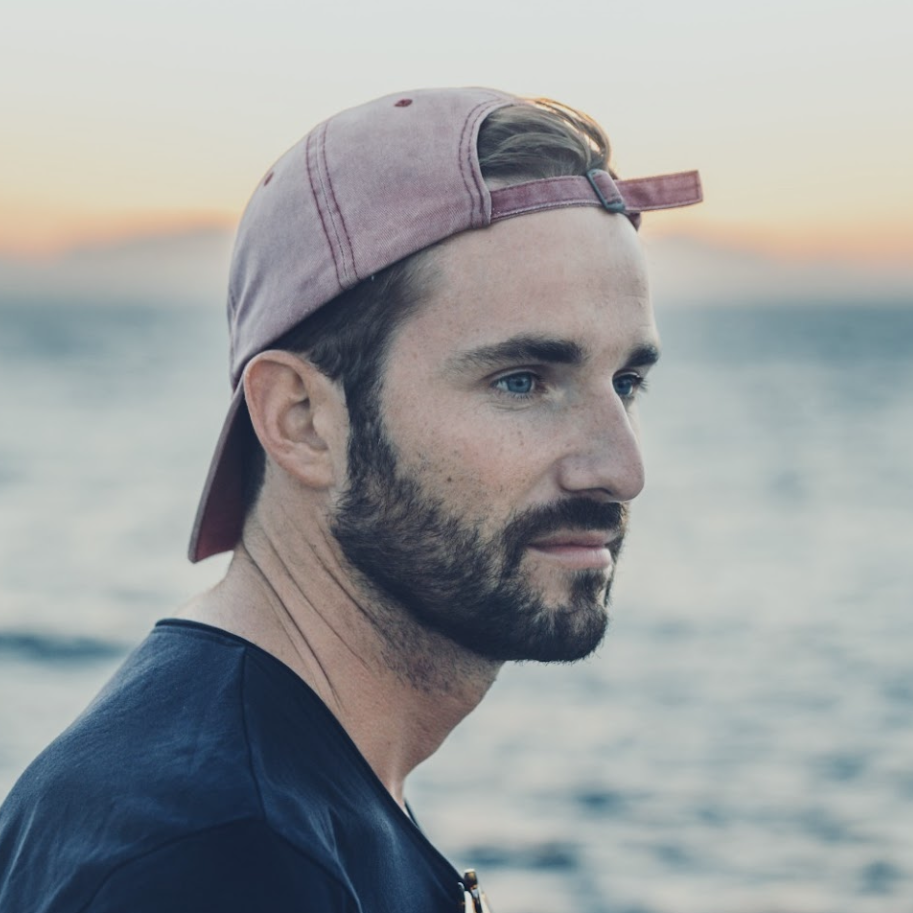
Tim De Deygere
BTM Travel Product Manager
Paradise on the Aquatiki III
Aug 7 - 18, 2026
Ruturu Whale Extension: Aug 19 – 24, 2026
Trip price:
- per person (see details below for what is included in this price)
Included:
- 11 nights on board the fabulous Aquatiki III catamaran
- Starts/ends in Fakarava
- Airport transfer from to Fakarava airport or hotel/guesthouse
- Full board incl. water
- 2 dives per day incl. tank, weights, guides and nitrox
Not included:
- Int. and domestic flights
- Eventual pre-program or stopover overnights
- Diving insurance & trip insurances
- Equipment rental
- Local taxes approx. 1 € / day
- VIP cabin double bed, sea view 600 € per person / trip
- Crew tips
The exact route is flexible and dates can be shifted forwards or backwards by 1-2 days due to domestic flights. The routing itself remains generally open. The best diving spots of the Tuamotus will be visited depending on the weather conditions. For further extensions in French Polynesia, we are always happy to assist!
Important: min. 4 bookings to confirm this group.
We highly recommend DiveAssure insurance which also covers force majeure and single missed days of diving due to sickness.
Our terms & conditions apply!
Schedule
Start / end Fakarava – Best of Tuamotus
Your Dive cruise starts and ends in Fakarava, an hour’s flight from Tahiti.
The 11 nights trip includes the best dive sites in the Tuamoto archipelago. Fakarava is one of the most famous diving areas in French Polynesia, as it holds probably the richest and most spectacular underwater scenery.
Depending on the weather and conditions, you can expect 11 diving days with up to a maximum of 2 dives daily.
Dive cruises on Aqua Tiki III are not “hard core” diving cruises but rather as a very successful symbiosis of diving relaxing and island experiences. You will explore the best dive sites, channels, reefs and lagoons along the route through the atolls of Fakarava, Tetamanu, Kauehi and Toau.
For those who have not planned a connection program, the trip on Aquatiki III ends on 18th of August. For those jointing on the Rurutu Whale Extension the trip will end on the 24th of August.
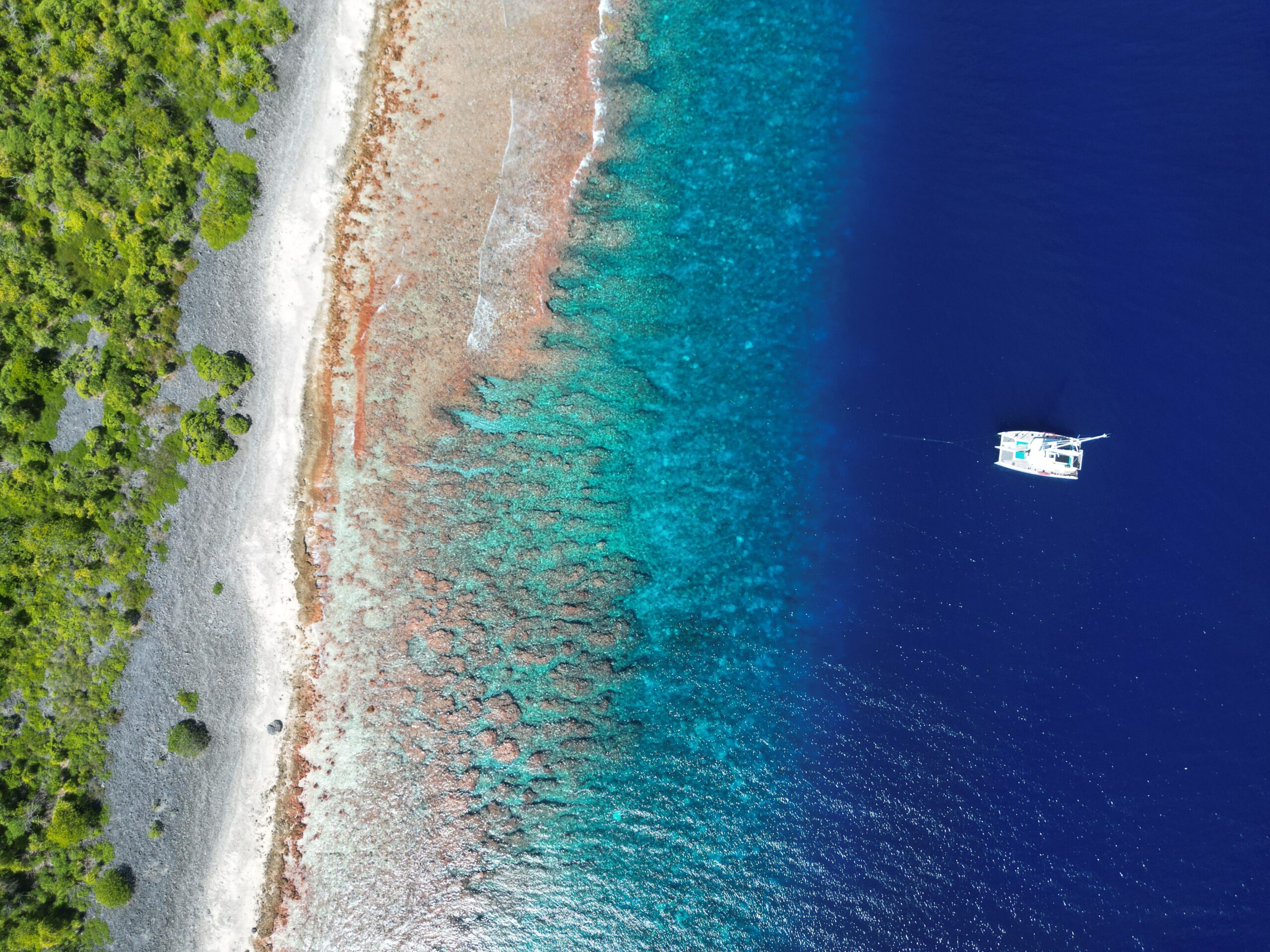
Aquatiki III
The Aquatiki III is a catamaran, from the Fountaine Pajot range built in La Rochelle, France.
The comfort on board is worthy of a hotel: a vast square very comfortable, with video corner, lounge library and cocktail bar. An American kitchen, a vast cockpit sheltered from the sun by a canopy where meals are served, a large sundeck, a front salon and 2 trampolines generally very coveted and a plancha for the grills.
The catamaran measures 20 meters long by 9.8 meters wide and has 5 cabins for a total of 10 guests: 2 cabins with double or twin beds, 1 cabin with bunk beds for 2 people, and 2 VIP double cabins equipped with TV/Hifi/DVD. They have individually controlled air-conditioning, a sound system and a private bathroom with toilet.
The propulsion is ensured by 230 m² of sail and by 2 motors of 150 HP, with a more than 1000 liters large fuel tank.
A powerful generator and inverter ensure the electrical production, delivering 220V continuously, with individual 220V outlets in each cabin 24/7.
The Aquatiki is autonomous in fresh water: more than 800 liters of reserve, with 2 desalinators of 190 liters / hour.
Of course, for maximum safety, this ship is equipped with the most complete modern navigation equipment and the latest technical evolutions: autopilot, GPS, BLU, VHF, computer navigation center, radar, standard C weather, beacon of distress Sarsat.
The catamaran is also equipped with all comforts: a hi-fi system with independent sound system in each cabin and CD-library, television and video recorder, DVD with video library. A library where you will find amongst others documentations concerning the underwater fauna, Polynesia, Navigation, etc and many games to animate your evenings.
A telephone, WIFI and a fax by satellite make it possible to stay connected in all circumstances and even on the other side of the world!
Extension Price
- per person (see details below for what is included in this price)
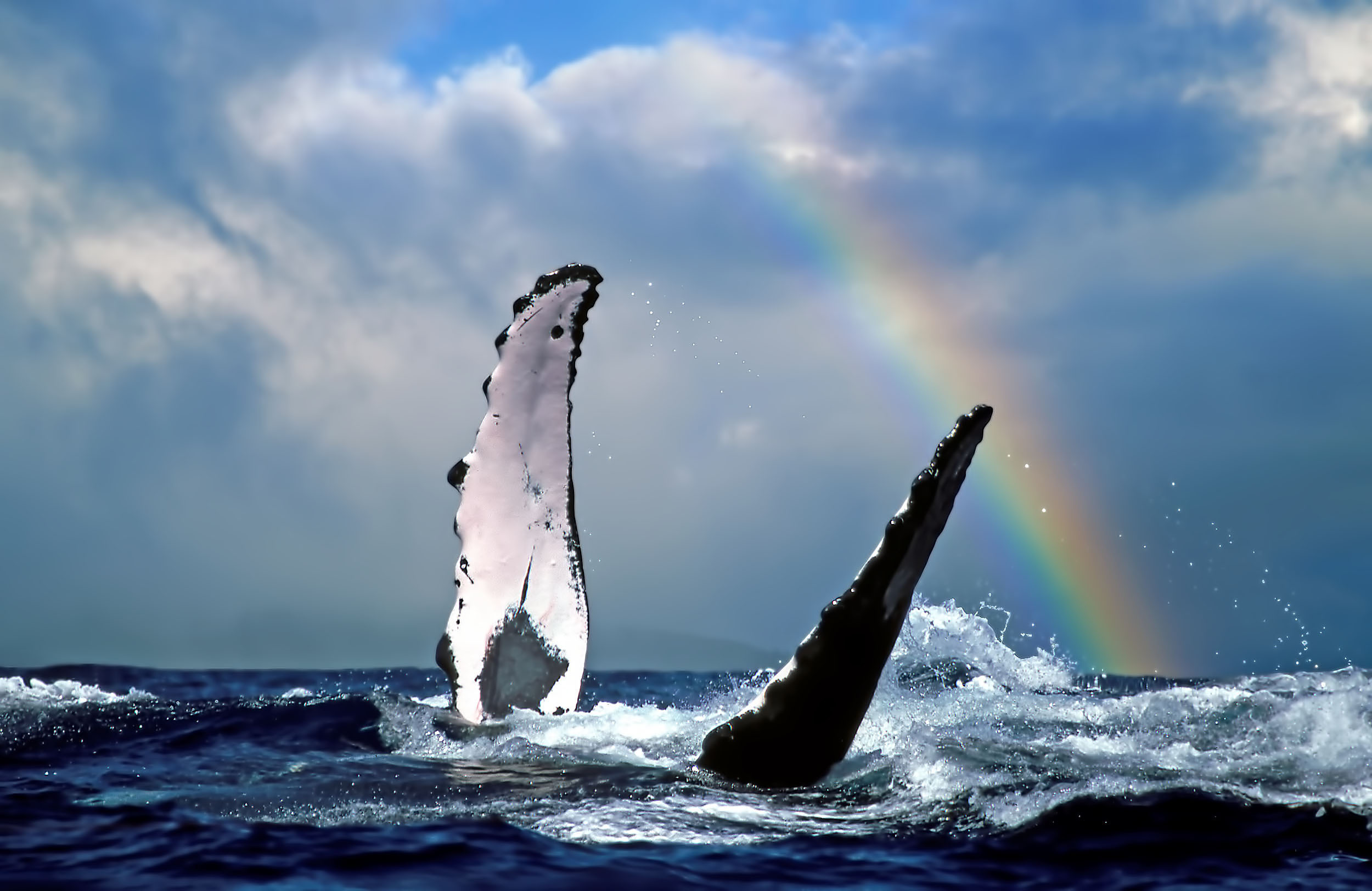
Rurutu
Rurutu is a picturesque island located in the Austral Islands of French Polynesia, renowned for its extraordinary whale-watching opportunities. Every year from July to October humpback whales migrate from the cold Antarctic waters to the warmer, more tranquil waters surrounding Rurutu to breed and give birth. This annual migration provides a unique and intimate encounter with these majestic marine mammals.
The whales’ presence around Rurutu is facilitated by the island’s distinctive underwater topography. The surrounding waters are deep and the island’s steep underwater cliffs create an ideal environment for the whales to nurse their calves and engage in mating behaviors. Visitors to Rurutu can often see mother whales with their young, and witness males competing for the attention of females through acrobatic displays and complex songs.
In order to experience this whale spectacle, we have crafted an thrilling whale adventure extension to Rurutu:
Included:
- 5 nights half board at Vaitumu Village Rurutu (large family bungalow)
- 4 days private boat for humpback whale snorkelling
- City Taxes
- Airport transfer
- BTM Trip Leader
Not Included:
- Flights from Tahiti
- Rental Gear
- Diving insurance & trip insurances
- Gratuities
Important: Given Rurutu’s exposed location, weather conditions can be windy and colder than the waters during the Aquatiki III. 6 passengers minimum.
1 spot available!
Top Rated Operator
Sardine Run South Africa Dive Trip – 07/2026
If you like the following, this trip might be for you:
Boiling Ocean
Every year between May and July, billions of sardines spawn in the cold waters before moving northwards along the East coast of South Africa. This migration open the floodgates for one of the most thrilling nature spectacles in the world. The sardines are hunted by gannets, while sharks flash through the water, dolphins chase the bait balls and and whales get into position to strike at any moment. As this insanity takes place, the action is so wild that the sea seems to be boiling.
Travel with Locals
Our guides at Offshore Africa have been leading Sardine Run adventures for more than 30 years. They have literally seen it all. We are proud to work with true South Africans that know these waters inside out and most of all make sure we are in safe hands! Much love for Rob and Debbie, who do the absolute maximum to get you the best Sardine Run experience. There will be an airplane exclusively skimming the water for our group to help spot the bait balls!
Insane Diversity
The diversity this trip has to offer is truly unparalleled. Diving birds, huge pods of dolphins (sometimes numbering in their thousands!), multiple shark species, migrating whales: it's all here. To encounter one of these species alone would be a joy, to see them all together hunting the same prey is just total madness. The Sardine Run is one of the most unique animal spectacles in the world.
Small Group
This trip is intimate. Each boat only hosts 6 people, making the action not only controllable, but also guaranteeing space and time for every guest to enjoy the spectacle. We want to safeguard small circles, away from the crowds ensuring the most authentic experiences.
Advanced Trip
The pace of the search and getting in and out the water makes this trip quite intense. One should therefore not disregard the effort involved. Although the hours of searching, waves, rough seas are definitely worth it, they definitely require a good physical condition.
Conservation
Respect for wildlife is an absolute priority both for us and everyone we work with. During this adventure we make sure animals are never being chased or forced into interactions, and have their natural behaviour impacted as little as possible. As divers we try to lead by example, and we expect our guests to do so too!
Adventure Trip
This trip is not your average diving holiday, but an intense high reward diving adventure! Jumping in and out of the zodiac, cold South African winter and the hot afternoon sun gives a full spectrum experience!
Sardine Run South Africa!
"The Sardine Run ocean safari is our passion and the absolute highlight of each year for us. We never know what each day, let alone each hour will bring on these days and this, coupled with the most incredible marine sightings, makes the Sardine Run ocean experience the single best event on the marine calendar."
- Rob Nettleton & Debbie Smith, Offshore Africa -
Sardine Run South Africa!
"Birds bombing into your picture. Sharks popping out from every direction, dolphins joining the hunt... This place is crazy: the ocean just seems to come alive. There is nothing compared to it."
- Peter Löseke, Behind the Mask videographer -
Meet your BTM Trip leader

Timon Koch
UW Photographer and Trip Leader
Sardine Run with Offshore Africa
1 to 11 July, 2026
Trip price:
- per person (see details below for what is included in this price)
Included:
- 10 nights at St. Johns River Lodge
- breakfast and dinner
- packed boat refreshments: water, snacks & drinks
- airport transfer from Mthata Airport
- 8 days boatcharter with a group of max. 6, incl. guide, tanks and weights
- Diver permit to dive within Pondoland marine protected area
- Full and exclusive to Offshore Africa aerial support (spotting) with an aircraft & pilot. This is NOT shared aerial with any other operator.
- The trip will be led by UW Photographer Timon Koch!
Not included:
- Int. flight to Mthata Airport (UTT)
- alcohol/non-alcohol drinks
- Transfers – can be arranged at an additional charge
- Equipment rental – MUST be pre booked. R 80.00 per item, per day OR R 400.00 full rental per day
- Additional chargeable land-based activities i.e. guided hikes / cultural tours / afternoon flights
- Diving insurance & travel insurance
- Air fares / taxes
- Visas
- Crew tips
Our terms & conditions apply!
We highly recommend DiveAssure insurance, which covers force majeure cases and single missed days of diving due to sickness.
July 1 to 11, 2026
From Mthata Airport we will have a transfer to our accommodation St. Johns River Lodge. We will be a small group of max. 6 people with a private boat charter for 8 days of Sardine Run. The Sardine Run is a unique natural spectacle that only exists in South Africa. As special as this spectacle is, one should not disregard the effort involved. Hours of searching, waves, rough seas and no guarantee of success can drain your strength. This trip is only for advanced divers and snorklers who are not prone to getting sea sick.
The important thing is to never forget that this is a natural spectacle. And nature is not always that predictable.
Typical Day on a Sardine Run Ocean Safari Trip
Daily outings last for approximately 6 – 8 hours depending on sea / weather conditions and the amount of activity about. With the action being fast and furious in conjunction with variable sea conditions, long boat rides and the whole day out at sea, outings can prove strenuous, therefore it is recommended that clients be relatively fit.
Departure time is usually 06h30 and return time depends on the action on the day. We try to stay out at sea for as long as possible, giving our clients a good chance to capitalze on whatever Nature has to offer.
Each morning at around 06h20, our boats will depart from our home-based jetty to collect clients by boat. We then head down the Umzimvubu river and into the surf zone at Port St. Johns. After a typical and highly exciting African surf launch, crew will start looking for all types of action, from whales, dolphins and ocean bird action to the little silver sardine / bait fish type action. Our skippers will be in touch with our “eye in the sky” pilot for an update on sightings.
Sardine / bait fish activity is usually sighted from large flocks of cape gannet sightings or by the more trusted large pods of common dolphin activity.
Our communication with our pilot and other spotter networks is vast and we are also in communication with Natal Sharks Board members that conduct regular flights further afield. Our local knowledge of “hiding” places also comes into play here and all avenues are explored to find action for you.
Once action is located, our experienced crew will determine whether this action is fast moving, necessitating snorkel viewing, or more static, whereby we can go straight onto scuba equipment for those wishing to use scuba gear. First hand action will be experienced by snorkellers, divers and boat based passengers, which ensures an exciting day out for everyone where no one is left out of all the excitement that nature brings with her.
Port St. Johns River Lodge
Our accommodation choice is Port St. Johns River Lodge, which is regarded by many travellers as a “home away from home”. Port St. Johns River Lodge has a full bar and restaurant on site and is situated alongside the picturesque mighty Umzimvubu River with spectacular views of Mt. Sullivan & Mt. Thesiger. The lodge is situated across the river from the operating base from Offshore Africa, which makes it easy to collect and drop off daily.
Quick Facts
- WIFI
- Drying room for wetsuits
- Hot shower rinse-off at boat jetty area
- Walking distance to convenience shop / liquor store / fuel station
- Swimming pools (1 heated / 1 un-heated)
- Family room and Twin bed rooms available
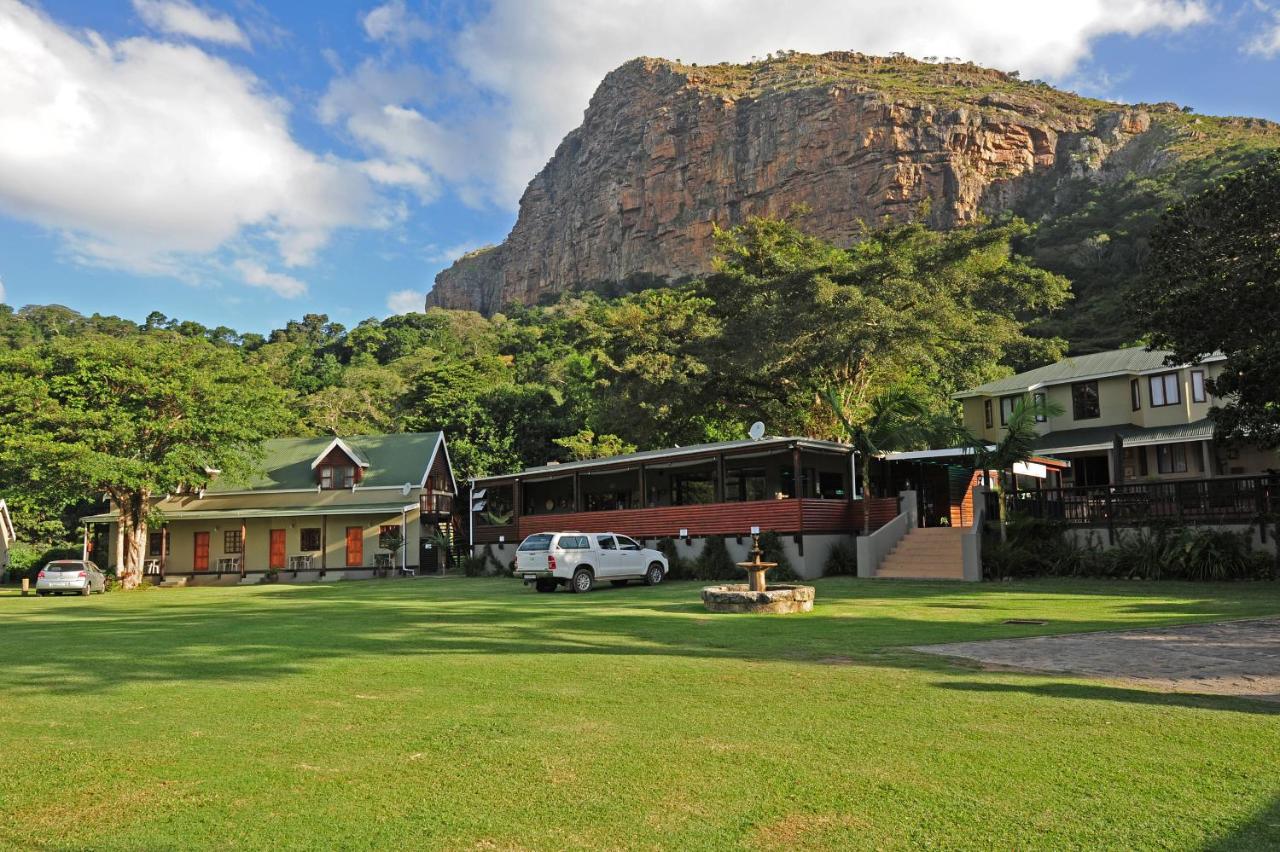
Port St. Johns
For many years the Pondoland Wild Coast has shrouded its secrets from the masses and to this day is a little known and forgotten part of South Africa’s East coast.
This stretch of coastline is regarded as the most dramatic stretch of coastline on the continent of Africa and truly lives up to its name…the “Wild Coast”. Port St. Johns lies exactly in the middle of this amazing stretch of coast. Port St. Johns is located on the eastern seaboard of South Africa approximately 380 km south of Durban. (4 hour drive) and is within the province of the Eastern Cape. The WILD COAST lies between the southern border of Natal, Port Edward and the port town of East London approximately 300 km further south and happens to be the most rugged and naturally unspoiled piece of coastline to be found on the African continent. The time forgotten coastal town of Port St. Johns, situated on the magical Pondoland Wild Coast has become one of the most popular destinations from which to experience the Sardine Run in all its glory.
Offshore Africa
Offshore Africa is owned, run and managed by Rob Nettleton & Debbie Smith, a highly qualified team whose experience spans in excess of 30 years in the dive industry. Offshore Africa pride themselves on their knowledge & experience, their personal service, the flexibility of their business to suit their clients and above all, the Sardine Run ocean safari is Debra & Robs passion and the absolute highlight of each year for them.
„We never know what each day, let alone each hour will bring on these days and this, coupled with the most incredible marine sightings, makes the Sardine Run ocean experience the single best event on the marine calendar.“
Offshore Africa has been operating on the Wild Coast for many years and has extensive home-based knowledge. They are the only locally based sardine run specialist operator based in Port St Johns, successfully running sardine run trips from their base in Port St Johns since 2008. They are therefore ideally located to offer you a superb, fun filled trip, coupled with a highly experienced Sardine Run specialist team of skippers and dive guides that form part of their team.
We offer a boat based adventure for everyone, whether a diver or non-diver. All nature lovers, bird watchers, photography enthusiasts, dolphin and whale enthusiasts, snorkellers and scuba divers will thoroughly enjoy this incredible event of nature, which has been likened to the land based “Wildebeest migration of the Serengeti” and the marine equivalent of this has since been called “The Greatest Shoal on Earth”. Join us for an experience of a lifetime in the most beautiful and scenic place of Port St. Johns, Wild Coast, Transkei.
Personal note to you from Offshore Africa…
The Sardine Run is one of the hardest products in the dive industry to market and to work with. The main reason being is that every outing is dependent on what nature offers us on that particular day. BUT…it is not just about sardines and baitballs. It has been and is still rated to be the marine equivalent of the famous Wildebeest migration that takes place on the Masai Mara and Serengeti plains of central Africa and is just as thrilling and spectacular to witness whether above surface or underwater. Just the amount of oceanic predators and bird life make this an enthralling experience and offers phenomenal photographic opportunities both above and below the water.
Something that few people realize or read about regarding the Sardine Run is the fact that aside from sardine (Sardinops Sagax), there are at least another 5 or 6 species of bait fish doing their own mini or not so mini migrations at the same time (Anchovies, sugar mackerel, red eye herring, East coast herring, Sauri & a few more). Each of these species attracts predators in all shapes and sizes and is preyed upon at every given opportunity. Some of the these species have a tendency to “ball” as a defensive strategy, as sardine does, while others just scatter and create chaos.
A few things are guaranteed on every outing: – huge pods of dolphin sometimes numbering in their thousands, numerous species of sharks (if visibility allows) are seen individually or in large packs on most “jump-ins”. A huge variety of oceanic bird life including the well-known Cape Gannet, which arrives in their thousands, 5 species of Albatross, Petrels, Cormorants, Terns and of course, through it all, we have the annual Humpback Whale migration offering loads of breaching and surface displays due to the topography of our coastline.
The attraction of it all is the fact that one just never knows what one will come across or experience on any given day.
6 spaces still available
Top rated operator
Colours of Cagayan - 05/2026
+++ Colours of Cagayan +++
🇵🇭
10 days Philippines Diving Trip
If you like the following, this trip might be for you:
Colourful Wall Diving 🌈
Cagayancillo is an underwater ridge, formed by (now extinct) volcanoes that flows into the UNESCO World Cultural Heritage Tubbataha Reef National Marine Park. It's the perfect destination for adventurous divers who love walls, corals, and pelagic fish and prefer sleeping on land!
Chartered Plane 🛩️
It takes about a 9-hour boat ride to get to the islands from the mainland. However, we arranged a cozy personally chartered plane only for our guests over the spectacular Cagayan Archipelago and its light blue reefs. This way, the travel time is cut just to 30 minutes air travel!
Just Us 🪸
The isolated location of the islands, ensures that you will be the only people on the island, and most importantly the only divers in the area. No bubble walls full of other divers, just you and your dive buddies to enjoy the impressive underwater sights for yourselves!
Budget Friendly 💰
Being able to offer trips all across the spectrum is important to us, and we make it a priority to offer great diving at an affordable rate. This Philippines trip is definitely one of the more budget friendly options in our repertoire.
Glamping 🏕️
The island's eco-resort provides basic but offers a quality ‘glamping’ style accommodation making it a unique and comfortable experience for adventurers in Cagayancillo. Camping in the heart of the Philippines? ✓
Surprises in the Deep 🦈
This area is not just known for the stellar wall and coral diving, for divers that like "Big Stuff", there is a good chance to find some lurking in the deep. Hammerheads, whale sharks, eagle rays and much more have been spotted!
Something Different
Glamping style land based diving is completely different than the usual diving journeys in the Philippines. If you are looking to do something else that still offers a stellar underwater experience, this one might be it! 🌊
Wall Diving Lovers
Diving alongside the edges of coral reefs, reef walls, and other vertical underwater structures is a subcategory of its own. Like art lovers in a museum, the colourful forms are there to study and admire. One of many highlights of this trip!
Dive Glamping
"It's always great to switch up the portfolio with different locations and accommodation types. Glamping in the Cagayan islands just felt like such a dreamy combination. Trip leader Oli is a top guy and ensure guests have the dive time of their lives. Great value for money too."
- Marcel, BTM Travel founder -
Meet your BTM Trip leader
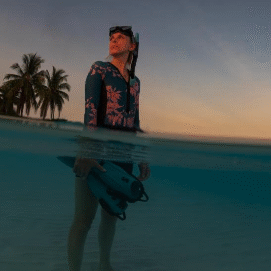
Simona Hlavova
BTMT Travel Trip Leader
Colours of Cagayan 🇵🇭
Apr 27 - May 6, 2026
Colours of Cagayan Price:
- per person in a double room (see details below for what is included in this price)
Included:
- All transfers from Dumagute City (DGT) and back
- 1 night Sipalay Resort before the flight safari, deluxe room on shared basis with breakfast
- 8 days / 7 nights safari to Cagayan island incl. private flight
- 7 nights in luxury tens or bungalows
- Full board
- 3 dives per day with air, weights & guide
- 1 night Sipalay Resort after the flight safari, deluxe room on shared basis with breakfast
Not included:
- Airfare
- Alcoholic beverages and snacks
- Equipment Rental
Important: We highly recommend DiveAssure insurance which also covers force majeure and single missed days of diving due to sickness. Feel free to ask us about it. Further extensions in Philippines are always possible we’re happy to assist! Our terms & conditions apply!
Itinerary summary:
27.-28.04.2026 Resort (Easy Diving resort Sipalay)
28.04. – 05.05.2026 Cagayan Safari
05.05.-06.05.2026. Resort (Easy Diving resort Sipalay)
Daily Itinerary Cagayan:
In the morning there is coffee and snacks on the way to the first dive, afterwards breakfast is served on the boat. After breakfast, the first dive is the deepest. The other two dives are shallower, so you will normally do three dives a day before we return to the bay at around 4 PM. Between the dives there is lunch, snacks, fruits, water, various non-alcoholic drinks, tea, and coffee on the boat as usual.
Every diver is obliged to bring his own dive computer, an underwater lamp and a Surface Marker Buoy/SMB!
After the Safari you have the opportunity to explore the main island and get to know its lovely inhabitants. In order to guarantee a safe flight back to Sipalay your last dive ends before 1 PM on the sixth day. As a consequence, you have a break of at least 18 hours.
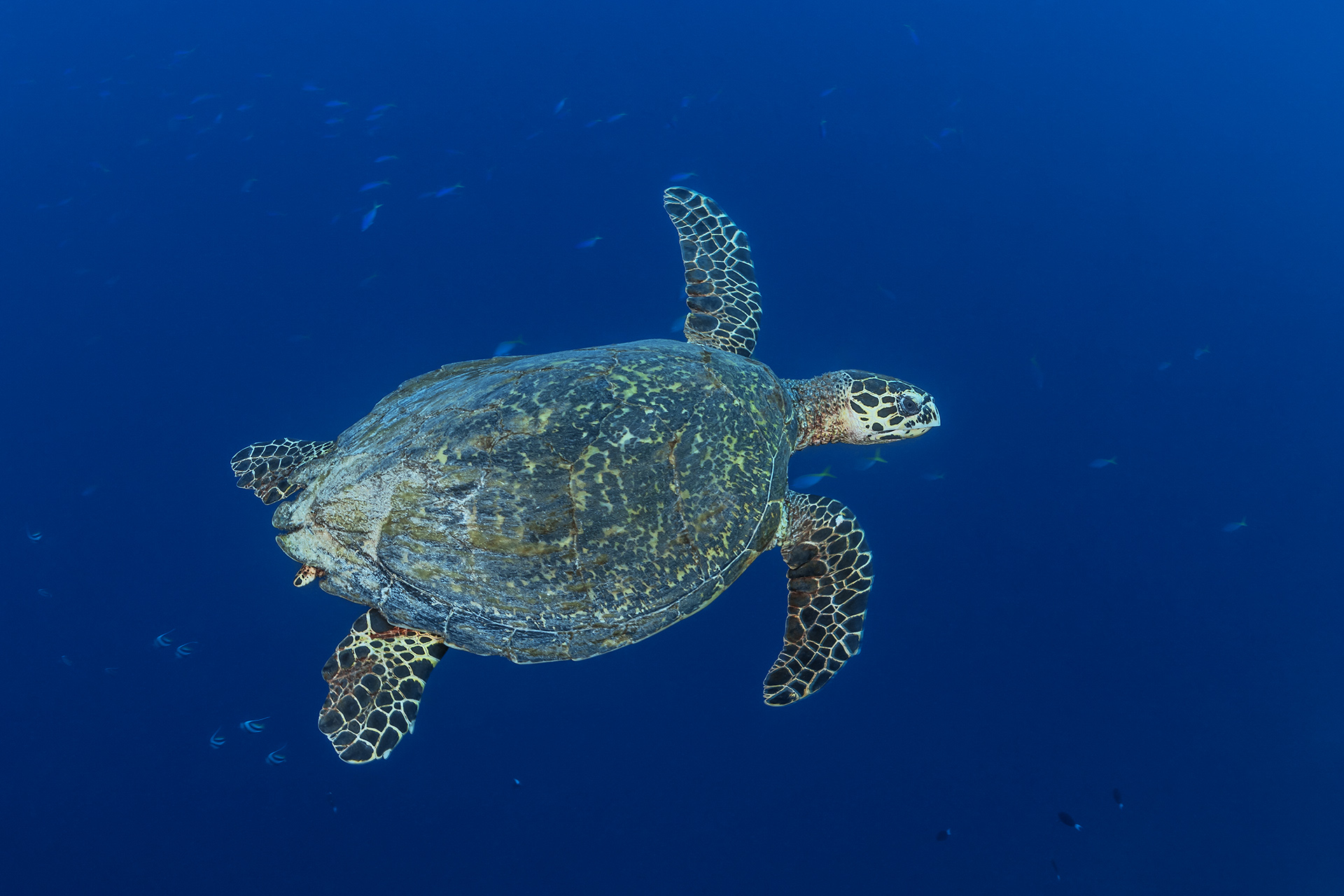
Easy Diving Eco-Resort
The new Easy Diving Eco-Resort was completed in January 2020. The Luxury Glamping Tents are equipped with very high-quality beds and mattresses. During the day they are connected to the power grid, at night they are supplied by our solar power system. All sockets meet European standards. A brick building with four showers and toilets is available for personal hygiene. The accommodation can be booked for kingsize or twin beds and single occupancy is also available.
The eco-resort will give you an absolutely wonderful, heavenly experience in an environment that still represents the original Philippines. Since the islands are remote, you will have a slightly smaller menu with simple but always freshly prepared meals. Nevertheless, the proper service from Easy Diving is guaranteed. Back to the roots, but in style! Alcoholic beverages are also available but not included in the Safari price.
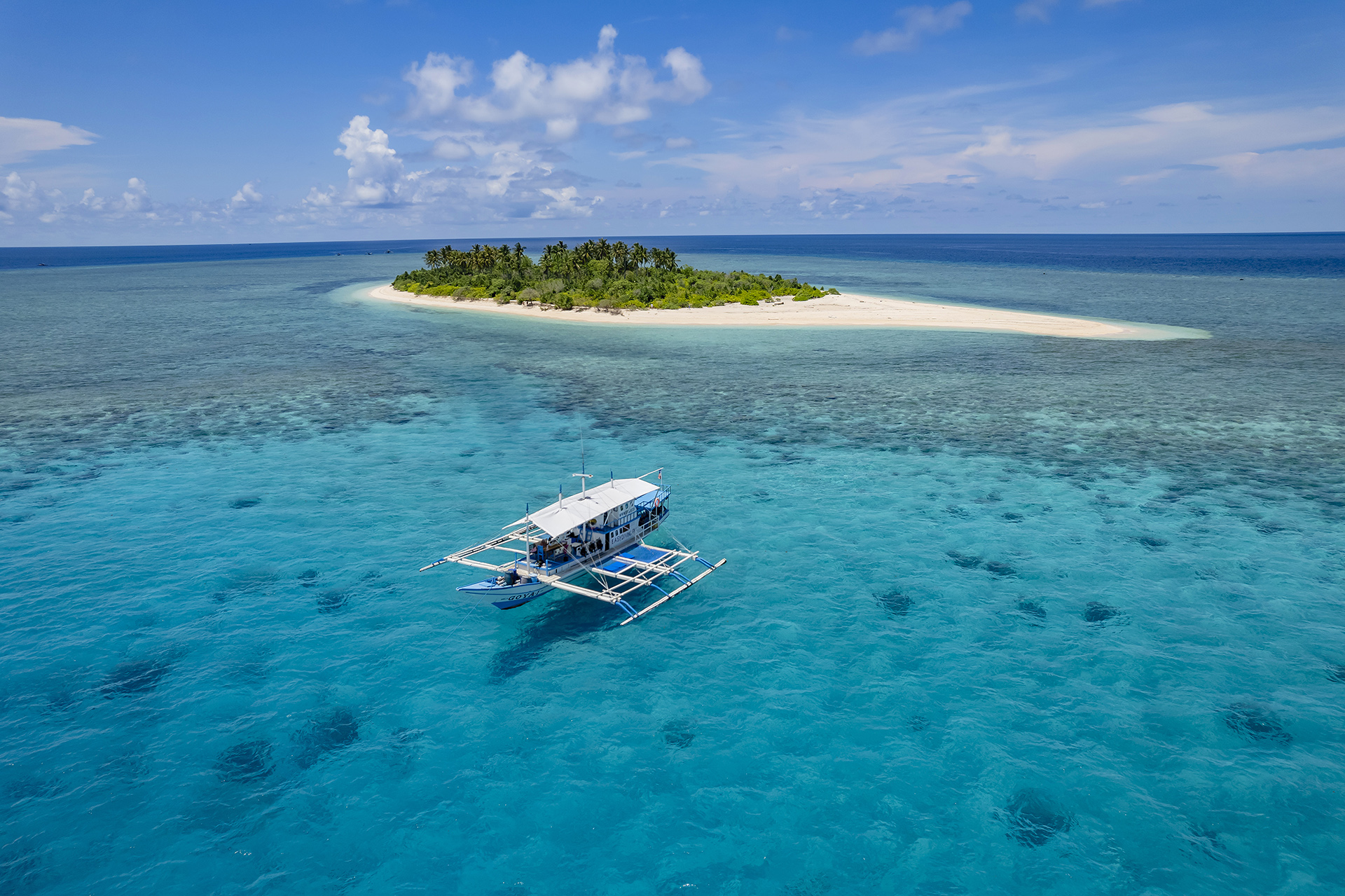
Cagayan Islands
The Cagayan islands are on top of the Cagayan ridge that has a length of 500 km and a width of 30 km. The ridge connects the Cagayan islands with the Tubbataha Reef as well as Borneo and emerged from extinct volcanoes thousands of years ago. While parts of it sank again, declined, or eroded, corals grew there over the years up to 100m high.
The archipelago, which is 120 km away from Sipalay, consists of 31 islands. Only a few of them are inhabited. As all islands are flat and overgrown with bushes and palm trees, the region is often compared to the Maldives. From December until April the climate is less humid than between May and November while the temperature is high all over the year.
Diving in Cagayancillo
Cagayancillo is an underwater ridge sculpted by extinct volcanoes that end in the UNESCO World Cultural Heritage Tubbataha Reef National Marine Park. It is the best destination for divers who love walls, corals, and pelagic fishes and don’t want to stay on the boat overnight.

10 spaces left
Top rated Accomodation
Cuba la Reina - 02/2026
+++ Cuba La Reina +++
🇨🇺
Diving the Pearl of the Antilles
If you like the following, this trip might be for you:
A Unique Combo
Cuba is high on a lot of travellers' bucket list. A place where time stood still, loaded with historical and political importance, but also with natural resources which are hard to find elsewhere. That is why we designed a culture & dive combo: a 7 day cultural itinerary through Cuba, combined with a 7 day liveaboard experience in the best diving area the country has to offer. Making everyone's travel time worth it!
Jardines de la Reina🍃
Located off the southern coast of Cuba, the "gardens of the queen" are renowned for their pristine coral reefs and abundant marine life. Coral gardens teeming with colorful fish, encounter Caribbean reef sharks, and rare species such as the critically endangered Cuban crocodile are expected. With its crystal-clear waters and protected status, Jardines de la Reina offers some the best diving in the Caribbean.
Cultural Galore 🗺️
It's no secret Cuba carries exceptional cultural heritage. Its vibrant music, dance, and colonial architecture are simply unique. Additionally, the country's history, from the Spanish colonial era to the Cuban Revolution are fascinating and are the reason the country is packed with historical sites. Our optional 7 day roundtrip through Cuba before the diving action will get you a perfect dose.
Photography Tips 📷
David Serradell is the BTM Travel trip leader on this journey. He is not only a scuba and freedive instructor but also a professional underwater photographer! With some small adjustments, this is the guy that can help you take your underwater photos to the next level.
Exquisite Timing 🕒
Diving in Jardines de la Reina in February offers excellent conditions to explore this pristine marine reserve. With calm seas, warm temperatures, and clear waters, it's an ideal time for underwater adventures. You'll find tranquility and natural beauty, making it a memorable experience for divers of all levels.
Caribbean Energy ⛵
Diving in the Caribbean exudes a laid-back and tropical vibe, characterized by warm waters, colorful reefs, and swaying palm trees. Alongside tropical fish and cruising sharks, the Caribbean's relaxed atmosphere and stunning underwater scenery create an unforgettable diving experience.
Something Different
A diving & culture combo in the Caribbean is something completely different than the usual diving journeys we have on offer. If you are looking to do something else that still offers a stellar underwater experience, this one might be it! 🌊
Marine Protected Area
Jardines de la Reina is protected as a marine park and marine reserve, ensuring the preservation of its pristine coral reefs and vulnerable marine life. Diving in a protected are is just a tad bit more special. 🌏
A BTM Travel Special
"A combo of this magnitude doesn't come by often. One of the best dive spots in the Caribbean combined with a cultural richness that not a lot of countries can offer... We are proud to offer this one actually."
- Marcel, BTM Travel founder -
Meet your BTM Trip leader
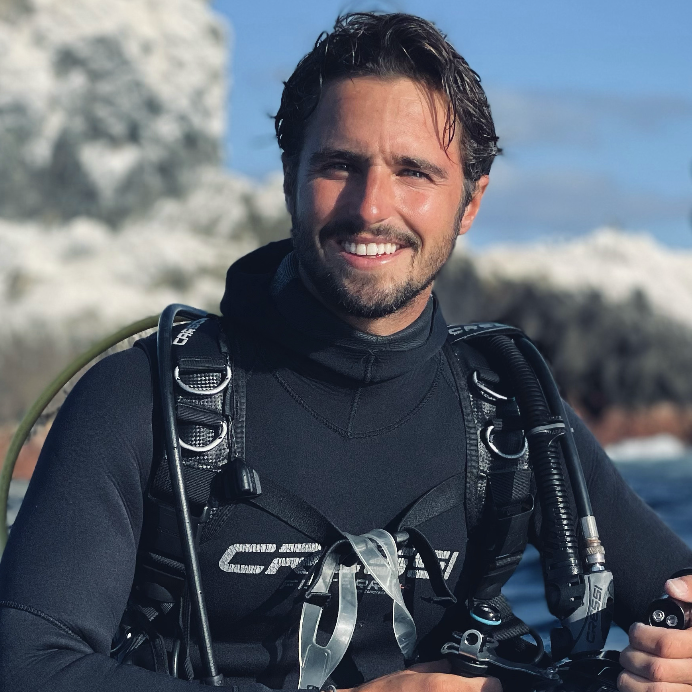
David Serradell
Professional Photographer & Trip Leader
Cuba De La Reina 🇨🇺
Pre-tour: Feb 15- 21, 2026
Liveaboard: Feb 21 - 28, 2026
Liveaboard Jardines de la Reina Price:
- per person in a shared deluxe cabin (see details below for what is included in this price)
Included:
- 7 nights accommodation in a shared deluxe cabin
- 3 dives/day (17 dives + 1 night dive)
- All meals, snacks, filtered water, coffee and juice
- 6 speciality beverages per day (alcohol, soft drinks)
- Tanks and weights
Not included:
- Airfare
- Land transfers to and from Jucaro Port (can be arranged upon request)
- Land portion tips and crew gratuities
- Beverages beyond the daily allotment of 6
- Equipment Rental
- Port Fee: 240 EUR
- Conservation fee: 120 EUR
- Nitrox: 120 EUR pp.
- Upgrade to 4 dives per day: 250 EUR
Price with Optional Cuba Tour:
- per person (see details below for what is included in this price)
Included:
- See tab “Cuba Tour Itinerary” for the full itinerary!
- Roundtrip and private transfers in air-conditioned vehicle (taxi/minivan/microbus/bus) of local standard quality with driver.
- Excursions, visits, hotels, restaurants and entrance fees according to the program
- 1. to 7. day local English-speaking guide
- 6 nights in the above-mentioned accommodations (according to availability)
- 6 x breakfast / 4 x lunch / 1 x dinner
Not included:
- All meals and drinks not mentioned in the program (see “Cuba Tour – Itinerary” Tab)
- Personal expenses and tipping of any kind
- Optional excursions
Important: We highly recommend DiveAssure insurance which also covers force majeure and single missed days of diving due to sickness. Feel free to ask us about it. Further extensions in the Caribbean are always possible we’re happy to assist! Our terms & conditions apply!
1.Day 15 Feb 2026 Welcome to Havana (25 km)
Reception and welcome at the airport and transfer to your accommodation in Havana.
Transfer Havana Airport – Havana City
Overnight in: Standard Room with Breakfast
Hotel Palacio de los Corredores (**** Plus) 15 Feb 2026 – 17 Feb 2026
A former custom office during the colonial times, this eclectic building has been turned into an elegant 55- room hotel. The discreet terrace overlooking the Plaza de San Francisco is the ideal place to enjoy the last rays of the sun.
2.Day 16 Feb 2026 Havana – Colonial & Modern (50 km)
In 1982, the UNESCO declared Havana’s historic city center as a world cultural heritage site. There is no city in whole Latin America with a larger colonial center. Enjoy a walking tour exploring the old city centre through the alleys and over the squares of Old-Havana: Plaza de Armas, Templete, Palacio de los Capitanes Generales, Plaza de la Catedral, Plaza Vieja… Also enjoy a panoramic tour passing by the Malecón, Hotel Nacional, Avenida de los Presidentes, Plaza de la Revolución, Quinta Avenida and much more.
Walking tour through the historic centre of Old Havana.
Visit to Museum Palacio de Segundo Cabo:
The Palacio de Segundo Cabo was built in 1770 and today it still maintains its original charm. As the first interactive museum to open in Cuba it rethinks the classic museum layout in order to enrich the experience of visitors. It is the center for the interpretation of Cuba-Europe cultural relations. The modern museum uses new technologies to highlight the link between the two regions in the fields of heritage and culture
Lunch at the Paladar ” Moneda Cubana”.
Tour of the Havana Club Rum Museum:
A Journey to the origin of the most famous drink of Cuba. From the cut of the sugar cane, to the distillery process and the aging cellars, you will discover the process of elaboration of the rum, essential part of the authentic Cuban culture. A glass of rum will be offered at the end of the guided tour.
Panoramic Tour in Classic convertible car inside Havana.
Revolution Square – Plaza de la Revolución:
The Revolution Square is a public square and with 72,000 square meters one of the largest in the world. It was created in the time of President Fulgencio Batista and was originally called Civic Square. Nevertheless its international fame began with the Cuban Revolution. Here you find the Monument of José Martí, the Ministry of the Interior with the well-known image of Che Guevara and the Ministry of Communication with the image of Camilo Cienfuegos.
3.Day 17 Feb 2026 Havana – Bay of Pigs (220 km)
In the morning, drive in the direction of Central Cuba to the Peninsula de Zapata. One of the country`s most diverse ecosystems and UNESCO Biosphere reserve.
Finca Fiesta Campesina
About 400 meters on the right after the exit “Jagüey Grande/Australia” on the Autopista Nacional you can find this rustic “Finca Rest Area” with a kind of mini-zoo and the possibility to get acquainted with a variety of the typical native flora and fauna. The highlights are the delicious coffee specialties, which are served with a piece of sugar cane. (1 fruits snack & 1 juice included. / Drinks and other meals not included.)
Casa del Zunzún
The roomy backyard of Bernabé’s house has become a natural space for a great variety of Cuban bird species to live in absolute freedom. Among them you will find the “bijirita” (vermivora bachmanii), the “tocororo”(priotelus temnurus), the “carpintero” (picidae) and the “toti” (ptiloxena atroviolaceus). The highlight of the visit will be watching a zunzuncito (hummingbird), the smallest bird in the world, having a sip of water from the very hand of Bernabé.
Lunch at the restaurant “Cueva de los Peces”
Specializing in regional cuisine, the restaurant is surrounded by lots of vegetation and is located right next to the deepest flooded cave in Cuba, the “Cueva de los Peces”. Here you can snorkel and find paths that connect other cenotes, as well as observe different species of birds and reptiles, making this restaurant an unforgettable experience.
Villa Plata Tropical (*** Star) 17 Feb 2026 – 18 Feb 2026
The house Villa Plata Tropical is a beautiful and modern property that perfectly fit in a natural and very quiet environment. The house offers a total of 7 spacious rooms with a nice decoration
4.Day 18 Feb 2026 Bay of Pigs – Cienfuegos – Trinidad (255 km)
In the morning drive to Cienfuegos, a port town characterized by its French colonial architecture also known as the “Pearl of the South”. Walk through the historic city center with its main square José Martí and the nostalgic Terry Theater, where Caruso used to sing. Continue along the panoramic coastal road to Trinidad, a UNESCO world cultural heritage site.
Excursion “Enigma de las Rocas”
Trek through a rocky forest area and flooded caves where birds, reptiles and other species can be watched.
Walking tour through the historic centre of Cienfuegos
Palacio de Valle
This is probably the most famous building in Cienfuegos. It was built in 1917 by Cuban and foreign architects for the sugar baron Acisclo del Valle Blanco. Its architecture is a mixture of Gothic, Venetian and Moorish elements. (1 Cocktail included.)
Paddle Punta Gorda kayak tour Private without transfer
Enjoy half-day of kayaking in the bay of Cienfuegos. From the sea you will be able to appreciate the neighborhood of Punta Gorda and its eclectic architecture. After a break in the north-eastern part of the bay, you will continue to the Marlin Marina, where the tour ends.
Overnight in Hotel Mystique Trinidad (***** Star) 18 Feb 2026 – 21 Feb 2026 (Deluxe Standard Room with Breakfast)
La Popa is situated on top of a hill that dominates the entire city and right beside the ruins of an old church. This high-standard hotel was inaugurated at the start of 2020. The hotel’s terrace is in a privileged location which offers a spectacular views of sunsets over the sea. The centrally located pool is ideal to escape the Trinitarian heat.
5.Day 19 Feb 2026 Trinidad
One full day for Trinidad. Founded in the year 1514 and today the country`s most perfectly preserved colonial city. City walking tour through the old town with Plaza Mayor
Walking tour historic centre of Trinidad
Museo Romántico Palacio Brunet
Guided tour of the Romantic Museum of Trinidad. See the furniture, porcelain and various objects to get a glimpse into how one of the most prominent families in Trinidad lived during the 18th Century.
Lunch at the private restaurant (paladar) “La Ceiba”
Under the shade of an impressive leafy kapok tree, symbol of Afro-Cuban religion, you can experience unforgettable moments. Enjoy local cuisine with a wide range of Caribbean dishes in a pleasant garden atmosphere with a fantastic view of the picturesque mountain landscape.
Cocktail Lesson at Paladar “La Ceiba”
Under the shade of an impressive and leafy kapok tree, symbol of Afro-Cuban religion you can experience unforgettable moments. Learn more about the history of cocktails made in Cuba today. The bartender will introduce you to this art and you will learn how to mix different national cocktails easily. Afterwards, of course, you can try one of the refreshing cocktails.
Canopy Valle de los Ingenios
A truly spectacular adventure in Trinidad. Enjoy the breathtaking view over the sugar mill valley while you propel down the five zip lines.
Slave watchtower – Torre Manaca Iznaga
Visit to the Manaca-Iznaga-Tower which offers a wonderful panoramic view of the Valle de los Ingenios. It weirdly served as watchtower to prevent slaves from escaping the Finca.
6.Day 20 Feb 2026 Trinidad & Sierra Escambray (70 km)
In the morning, head to the mountain health resort and national park Topes de Collantes (800 m) in den Sierra del Escambray, Cuba’s second highest mountain range. 30 minute drive along a curvy street through the rainforest. On the way, photo opportunity with panoramic view over the Caribbean ocean. A paradise for hikers, bird watchers and botanists.
Excursion Canyoning in the heights of the Nengoa
Side by side with a trained guide and perfectly equipped you climb into the depths of the Nengoa Cave! Experience an unforgettable and, above all, adrenaline-packed adventure! The Topes de Collantes National Park is just the right spot to practice outdoor sports such as canyoning. The different levels of difficulty of the gorges in the national park enable even visitors without prior knowledge to enjoy this unique experience. However, swimming skills are a must! After a short briefing almost every visitor, experienced or inexperienced, is prepared for the descent. Of course, the entire excursion is accompanied by trained staff who are available all the time. In addition to the adventurous descent, visitors can also enjoy the unique flora and fauna and a microclimate that only exists here.
7.Day 21 Feb 2026 Trinidad – Jucaro ( 170 km)
Early in the mormining transfer from Trinidad to Jucaro to make boarding with Avalon II liveaboard.

The Jardines Avalon Fleet II
Jardines Avalon Fleet II, a 136′ long and 25′ wide professional steel yacht, adheres to SOLAS shipping standards, typical of Avalon Fleet’s vessels. Powered by diesel, it maintains a cruising speed of 10 knots and is equipped with 110-volt power onboard.
The yacht boasts a spacious, air-conditioned salon and dining area, along with a sun deck featuring a hot tub (Jacuzzi), lounge and deck chairs, stereo system, shaded wet bar and grill, as well as a comprehensive photo center complete with digital video and still photo editing capabilities.
There is no WIFI aboard the boats during the week in Jardines de la Reina. There is also no cell service out in Jardines de la Reina as you are 60 miles off the coast of Cuba.
Itinerary
Saturday
- Transfers to Jucaro Port (3hrs to 6hrs)
- Board between 2 -3pm
- Navigate out to the Gardens (3-5hrs)
Sunday – Friday:
- Diving and Adventures
- 2 dives AM – Lunch – 2 dives PM
Friday mid-day:
- 2 x morning dives
- Wash & hang gear to dry
- Head back to Jucaro Port
- Overnight in port aboard mothership
Saturday early morning:
- Disembark and transfers accordingly
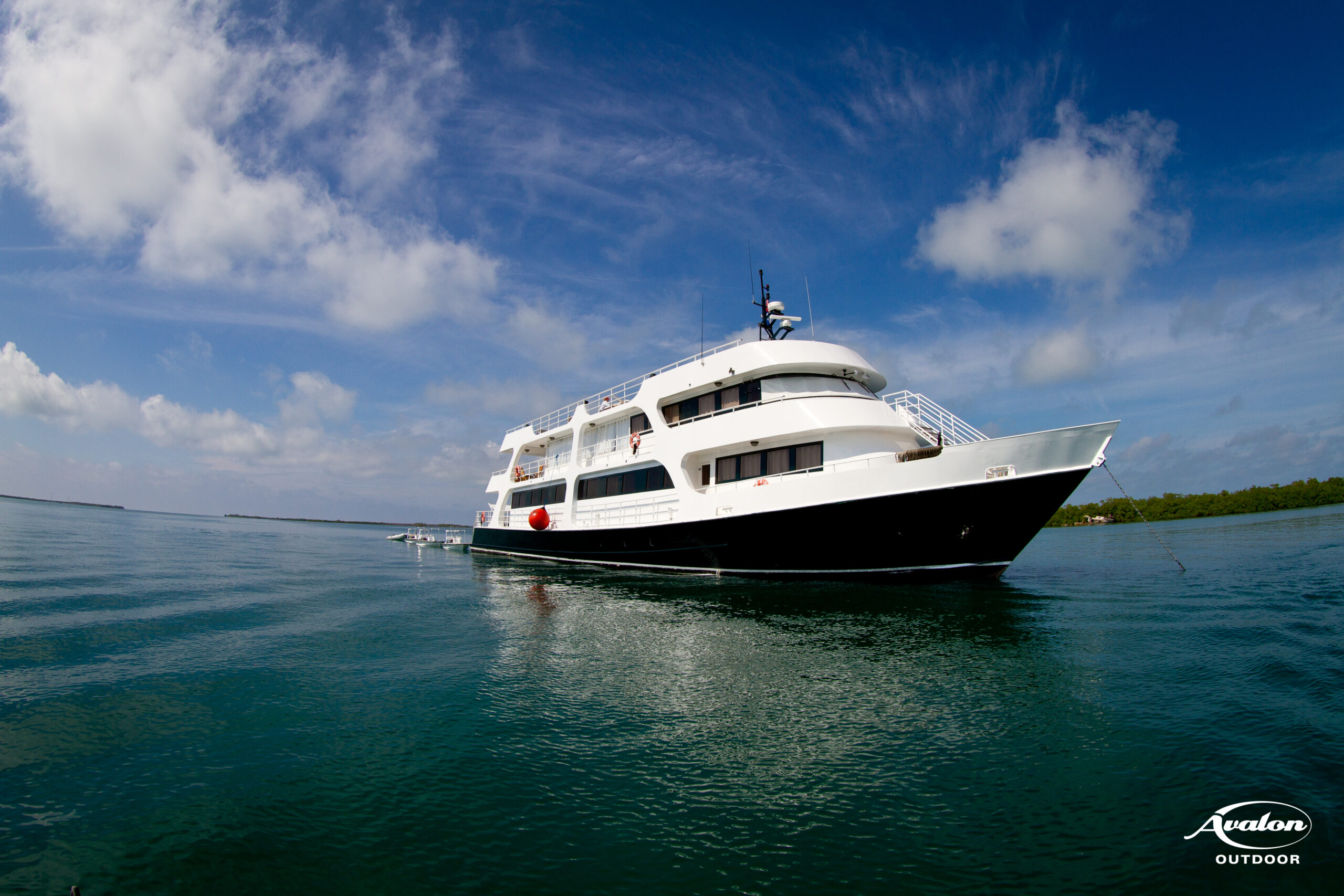
Cuba
Cuba, a Caribbean island nation, is renowned for its rich cultural heritage and vibrant atmosphere. From its colorful streets adorned with classic cars to its pulsating music and dance scene, Cuba exudes a unique charm that captivates visitors from around the world. The island’s history, shaped by indigenous Taíno peoples, Spanish colonization, African influences, and more recent revolutionary movements, has left an indelible mark on its culture. Visitors can explore UNESCO World Heritage sites like Old Havana, where cobblestone streets lead to majestic colonial-era buildings and lively plazas resonating with the rhythms of salsa music. Cuba’s cultural richness is also evident in its literature, art, and cuisine, which reflect the country’s diverse heritage and resilience in the face of historical challenges.
Beneath the turquoise waters that surround Cuba lies a breathtaking underwater world teeming with life. The island’s extensive coral reefs, including the renowned Gardens of the Queen, harbor a dazzling array of marine species, from colorful reef fish to majestic sharks and graceful sea turtles. These ecosystems provide vital habitat for countless marine organisms and support the livelihoods of local communities dependent on fishing and ecotourism. Moreover, Cuba’s commitment to environmental conservation has led to the establishment of marine protected areas and initiatives aimed at preserving its marine biodiversity for future generations to enjoy.
In addition to its natural beauty, Cuba’s underwater world offers unparalleled opportunities for exploration and adventure. Scuba divers and snorkelers flock to the island to discover its pristine reefs, underwater caves, and sunken shipwrecks, where they can encounter an astonishing diversity of marine life in crystal-clear waters. Whether exploring vibrant coral gardens, encountering playful dolphins, or marveling at the eerie beauty of underwater caves, Cuba’s marine treasures never fail to leave a lasting impression on visitors, inspiring awe and appreciation for the wonders of the ocean.
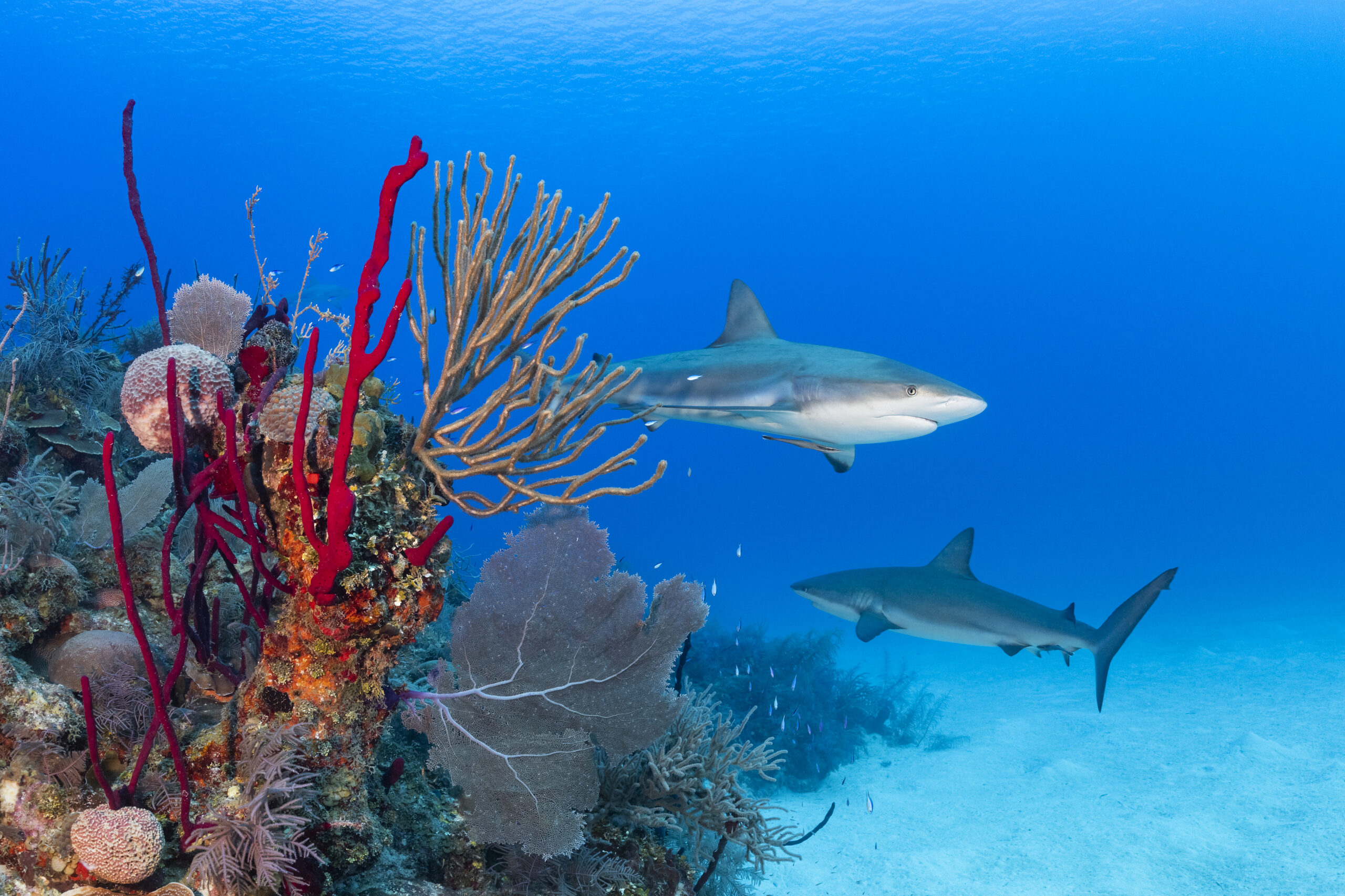
6 spaces left
Top rated Liveaboard
Jurassic Cocos – 09/2026
If you like the following, this trip might be for you:
Shark Heaven 🦈
If you say Cocos, you say sharks. And tons of them: whale sharks cruising by, white tip reef sharks, tiger sharks and of course... the schools of hundreds of hammerheads hanging in the cold current. If you are a shark lover, Cocos is a must do.
Thousands of Fish 🌊
Cocos is globally recognised for it shark diversity, but just as spectacular are the huge schools of fish hanging in the blazing current. Schools of jacks, barracuda, trevally and so many more are crowding divesites all around the island.
Protected Island 🌳
Cocos is a green oasis in the middle of the Pacific Ocean. It's status as a marine protected area ensures that there is no fishing around the region, and it's strict regulations ensure you won't see any other dive groups around on any divesite!
Top 5 🏆
The world's best divespots are often up for discussion, but there are some places that transcend personal opinions and are unanimously seen as the diving community as 'world class'. Cocos Island is definitely under that bracket.
Costa Rica 🇨🇷
Costa Rica has incredible natural resources accessible to its visitors: National parks, rain forests, mountains and pristine beaches. We can craft tons of extensions to combine the underwater spectacle with on land treasures.
Combo Trip Lead 🛩️
For this is one our most special of dive travels, both Marcel and Tim of BTM Travel will be joining. The beating heart of our dive agency will make sure you are in good hands, don't miss a dive and don't get bored after dives!
World Class
Cocos is a world class dive location, and that is a description we refrain from using undeservedly. The topography, marine life and ambience are unique to the region and incomparable to any other place in the world.
La Isla del Coco
"Cocos is a lush, green uninhabited island resting 342 miles off Costa Rica's Pacific coast. Rocky pinnacles surrounding Cocos are beacons for big animals and big action. Schooling hammerheads, countless white-tip sharks, mantas, tuna and even whale sharks call Cocos home."
- Agressor Fleet -
"When I get asked for the best or my favorite dive site in the world I always name Cocos Island. It's not just the magic of this island which makes me want to return. The diversity under water and exclusivity of diving in these waters make it special to me. Also, I simply love Costa Rica itself..."
- Marcel, BTM Travel Founder -
Meet your BTM Trip Leaders

Marcel Wilpernig
BTM Travel Founder & Tour leader

Tim De Deygere
BTM Travel Product Manager
Jurassic Cocos
Sep 26 - October 6, 2026
Trip price:
- per person (see details below for what is included in this price)
Included:
- 10 night cruise in a deluxe room (upgrade possible)
- 3 meals a day, drinks, coffee, local beer included
- Afternoon snacks
- 7 days of diving
- Weights, tanks, guides, skiff service
- Transfers from accomodation to the boat and back
Not included:
- National Park Fee $ 490 plus 13% VAT
- Flights from/to San José Juan Santamaria Int. Airport
- Overnight prior and after the cruise and additional land tours
- Nitrox fills $150 for 10 night trips
- Upgrade to Master cabins $ 350 per person
- Diving insurance & trip insurances
- Crew tip 10% are expected if you’re satisfied with the service
Important: We highly recommend DiveAssure insurance which also covers force majeure and single missed days of diving due to sickness. Feel free to ask us about it. Further extensions in Costa Rica are always possible we’re happy to assist! Our terms & conditions apply!
Itinerary
Sep 26 Day 1 Embarkation & sailing
Sep 27 Day 2 Sailing arriving late night
Sep 28 Day 3 Diving
Sep 29 Day 4 Diving
Sep 30 Day 5 Diving
Oct 1 Day 6 Diving
Oct 2 Day 7 Diving
Oct 3 Day 8 Diving
Oct 4 Day 9 Diving & sailing back after 3rd dive
Oct 6 Day 10 sailing
Oct 7 Day 11 arrival Puntarenas
Cocos Top Dive Sites
Alcyone
A 600’ long submerged mountain, the top of the mountain is 75’ from the surface. Schooling Hammerheads, Mantas and schooling fish. Possible Sailfish or Marlin.
Big Dos Amigos
This islet features a 45-foot-high arch and 60-foot pinnacle off the southeast side. Look for Rainbow Runners, Yellowtail Snapper, Bigeye Jacks and lobster. Hammerheads swim between the pinnacle and arch.
Bird Island, Chatham Bay
Dove from Chatham Bay, southeast of Manuelita, this site provides a variety of marine life including Frog Fish, lobsters, morays, rays, White Tip Sharks and Hammerheads. There is even a cleaning station.
Dirty Rock
A large island with schools of Marble Rays and Hammerheads.
Lone Stone
Schooling Marble Rays and Mobula Rays.
Manuelita
The northeast corner has asheer wall. Lots of White Tips, Marble Rays and schools of Creoles.
Special Sightings
Whale Sharks, mating Eagle Rays, Sail Fish, mating White Tip Sharks, False Killer Whales.
Ubing Rock, Wafer Bay
This 300’ rock begins at 20’ and drops to a 110’ sandy bottom. The southeast slope attracts schooling Hammerheads.
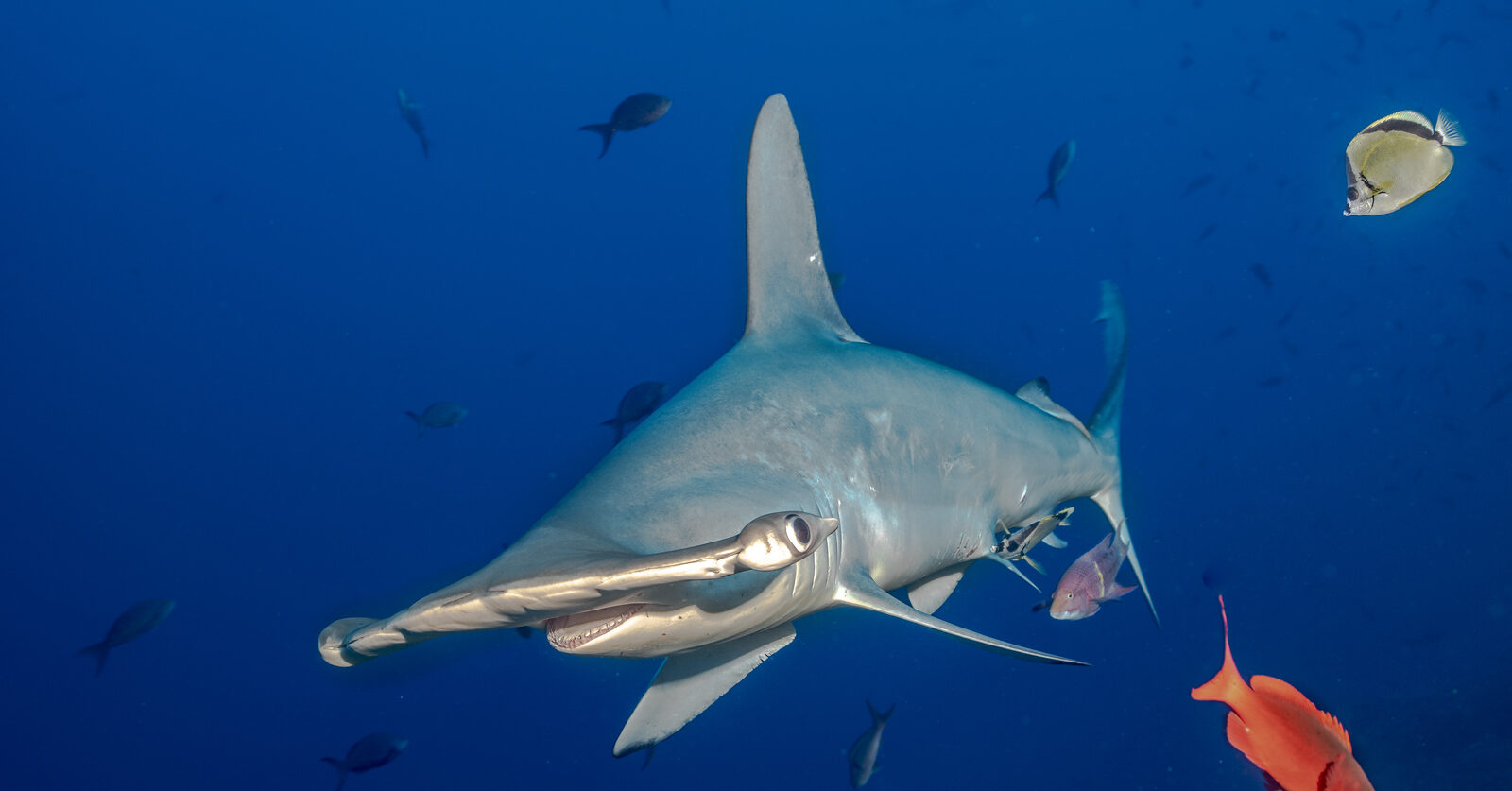
Cocos Aggressor
We like this boat.
Designed with comfort and stability in mind, the Cocos Island Aggressor presents a spacious 38-meter liveaboard experience for up to 22 guests across its 11 staterooms. The accommodations are divided into 4 master staterooms on the upper deck and 7 deluxe staterooms on the lower deck, each complete with a private bathroom, shower, and individual air conditioning controls. Ample locker space ensures convenience for storing dive gear.
Beyond the staterooms, the vessel boasts inviting communal spaces such as a generously sized salon, expansive sun deck with loungers and deck chairs, a well-appointed bar, and a grill for outdoor dining experiences. Culinary offerings are a highlight, with a varied menu featuring lighter fare for lunches including hot soups, salads, and sandwiches, while dinners are crafted by the skilled onboard chef.
Thirst-quenching options abound, with a selection of complimentary fruit juices, soft drinks, water, iced tea, coffee, and a limited assortment of local beer and wine. Guests can indulge in the convenience of all-inclusive dining, snacks, and beverages throughout their journey aboard the Cocos Island Aggressor.

Intro to Cocos Island
Located in the Eastern Tropical Pacific, 300 miles southwest of Cabo Blanco, Costa Rica, lies the renowned Cocos Island Marine Park. A rugged yet incredibly verdant island, this World Heritage Site is the spectacularly beautiful crown jewel of Costa Rica’s many National Parks. In 1994, after several return visits to the island, Jacques Cousteau pronounced Cocos, “The most beautiful island in the world.”
The island has an irregular coastline, which makes precise estimation of its land area more a matter of opinion than a surveyor’s science, but it is roughly five miles by two miles (8 x 3 kilometers). Cocos Island was formed during a volcanic upheaval about two-and-a-half million years ago and is composed of basaltic rock, labradorite and andesite lava flows. Its landmass is punctuated by four mountain peaks, the highest of which is Cerro Iglesias, at 2,080 feet or 634 meters above the sea. There are only two bays with safe anchorages and sandy beaches: Chatham is located on the northeast side and Wafer Bay is on the northwest. Just off Cocos are a series of smaller basaltic rocks and islets. The largest satellite is Isla Manuelita (formerly Nuez).
Thanks to the breathtaking marine life in its waters, Cocos Island was named one of the ten best scuba diving spots in the world by PADI (Professional Association of Diving Instructors) and a “must do” according to diving experts. Among Cocos Island’s many attributes is a startling degree of biodiversity. This island’s world-renowned waters explode with life including innumerable white tip reef sharks, schooling hammerheads, dolphins, mantas and marbled rays, giant moray eels, sailfish, and of course the occasional whale shark. Other common encounters are large schools of jacks and tuna, silky sharks, silver tips, marlin, Creole fish, green turtles and octopus.
Cocos Island is also home to at least 27 endemic fish species including the exotic rosy-lipped batfish. The terrestrial life at Cocos also exhibits a high number of endemic species. The island is home to 70 of the 235 identified vascular plant species in the world, some 25 species of moss, 27 species of liverwort and 85 species of fungus. There are upwards of 87 bird species, including the famous Cocos Island cuckoo, finch and flycatcher. There are 362 species of insects, of which 64 are endemic. Two native reptiles are found only on the Island.

10 spaces left
Top rated Liveaboard
Wild Alaska – 06/2026
June 28 - July 4, 2026
+++ WILD 🇺🇸 ALASKA +++
Salmon Sharks, Bears and Eagles
If you like the following, this trip might be for you:
Salmon Sharks 🦈
Alaska is one of the only places in the world where you can snorkel with the elusive Salmon Shark. This dinosaur looking shark is a master of heat regulation to help with bursts of speed in icy waters for prey. There aren't many shark experiences as unique as this one. Mane jellyfish are an also guaranteed highlight, together with daily sessions of whale spotting.
Bears and Eagles 🦅
Being largely uninhabited, Alaska's land areas host an abundance of life. Eagles, different type of bird species, and of course the enigmatic bears that roam the green grasses and forests. After spending the most of the morning and afternoon in the water, we will have daily excursions to find and photograph as many of these animals as possible.
Pure Wilderness 🌲
Alaska is one of the last remaining wilderness frontiers on Earth. It boasts expansive landscapes, including towering mountains, glaciers, fjords, forests, tundra, and rivers, providing habitats for a wide range of wildlife species. This remoteness contributes to the sense of awe and wonder that many people experience when visiting this place. It's really, really special.
Ravencroft Lodge 🛖
Our accommodation is the top rated and locally owned Ravencroft Lodge. The lodge does not pretend to be anything it's not: it's simple, quiet, tidy and blends in perfectly with its surrounding natural beauty.
Intimate Group ⭕
One of the cornerstones of our travel adventures is our small group travel. By keeping our circles small, we safeguard the authenticity of the animal encounters and the overal experience. 7 guests on one boat, that's it!
Above & Below 🌊
With both salmon sharks, jellyfish, bears, birds and tons of other land animals, this trip offers the very unusual combo of animal excellence both above and below the waterline. Something that doesn't come often!
Remote Wonders
This trip is a nature highlight and unique in our portfolio. We pledge to bring a group of dynamic and likeminded nature enthusiast together for an experience that sticks a lifetime.
Elite Destination
Alaska on top of as good as all of our client's bucket lists. It's a destination you save for and with good reason. It's wild character and untouched natural resources form one of America's biggest prides.
Nature At It's Finest
"I think Alaska is just one of these places that need little introduction. Everybody has an idea in his head of what it looks like. Vast green patches full of wildlife. Salmon sharks have been fascinating me for years. I cannot wait to go out and explore here. Hope to hear a bear while falling asleep too."
- Marcel, BTM Travel founder -
Your Trip Leaders
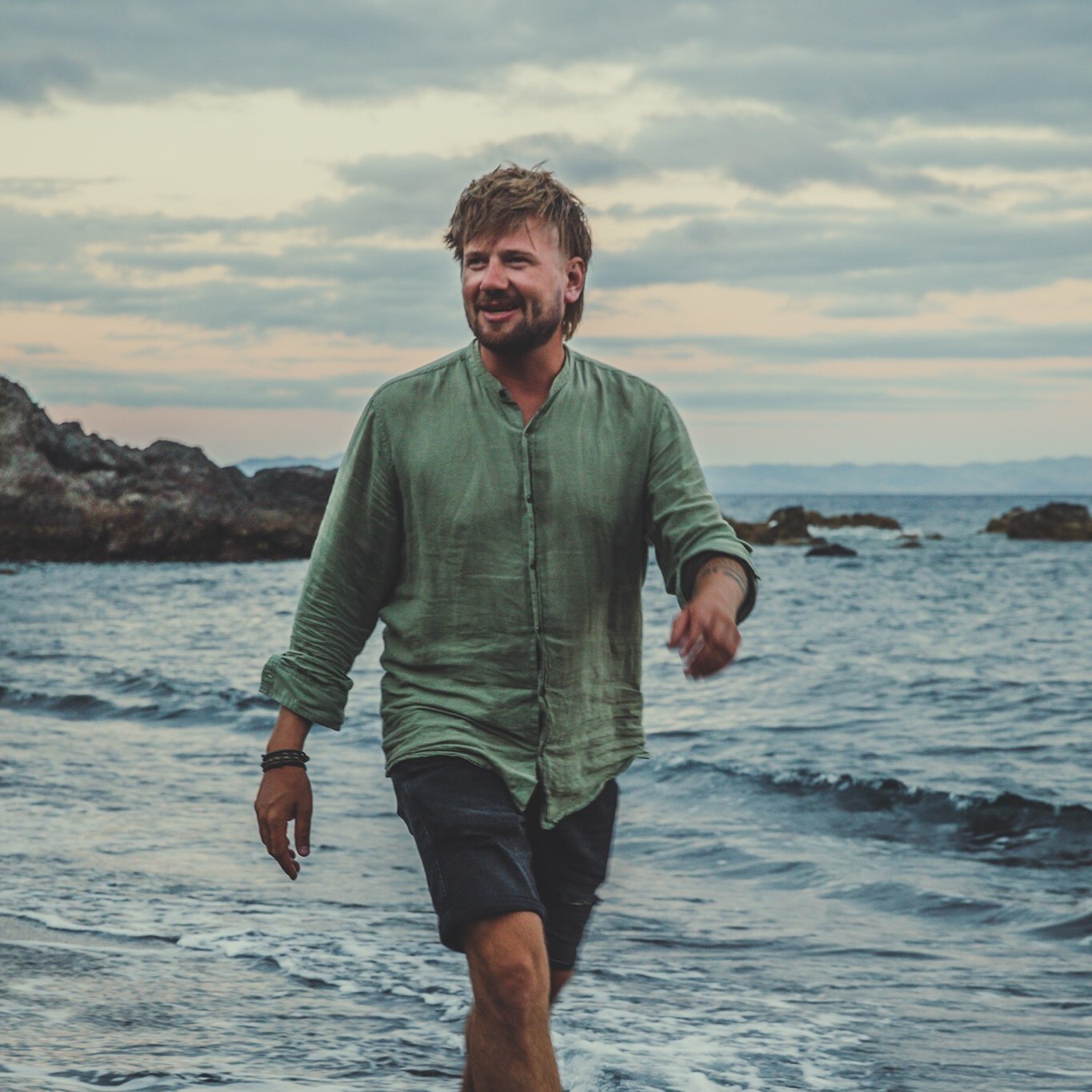
Marcel Wilpernig
BTM Travel Founder & Trip Leader
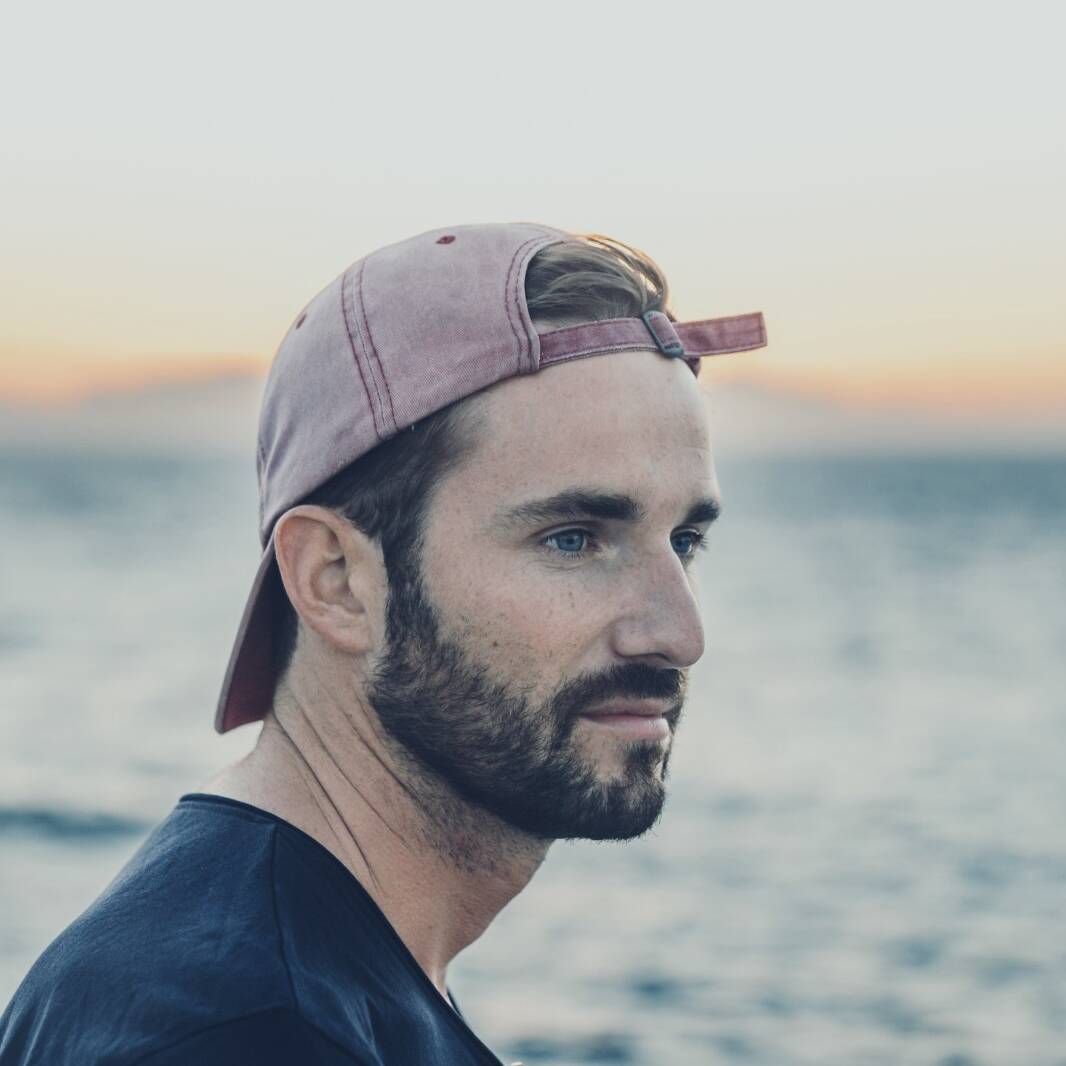
Tim De Deygere
BTM Travel Product Manager & Trip Leader
Wild Alaska
Trip 1: June 21 - 27, 2026
Trip 2: June 28 - July 4, 2026
Trip Price:
- per person in a basic room (see details below for what is included in this price)
Included:
- 5 snorkel days with sharks and jellyfish, topside tours with bears, whales and eagles
- Private room each with two twin beds *
- Meals, snacks
- Wetsuits (let us know sizes 3 months ahead of trip, if needed) snorkel gear
- Weights
- Water-taxi transfers from Valdez, AK to lodge.
* Accommodations Basic single occupancy rooms with two twin beds are provided. Shared bathrooms and showers are located at end of building under covered, walk around porch.
Not included:
- Flights
- Alcohol & soft drinks
- Large snacks
- Internet
- Gratuities.
Important: We highly recommend DiveAssure insurance which also covers force majeure and single missed days of diving due to sickness. Feel free to ask us about it. Further extensions in Indonesia are always possible we’re happy to assist! Our terms & conditions apply!
ITINERARY
Day 1 (trip 1: June 21, trip 2: June 28)
Travel day from Valdez, AK to Lodge. Depart at 10am. Lunch not included, so be sure to bring a lunch when you arrive.
We’ll swing by Columbia Glacier for a quick snorkel dip and look for sea lions, whales and otters (weather permitting).
Then check into rooms/prep gear with trip briefing/orientation on sharks after dinner.
Days 2 – 6 (trip 1: June 22-26, trip 2: June 29-3 July)
Salmon Shark/Lions Mane Jellyfish snorkeling starts at 6am.
Breakfast and Lunch are to go.
Guided adventures end at 12pm.
If you still have energy after shark time, you’ll have free time to 5pm for self-guided adventures such as hiking, beachcombing, paddleboarding, dock snorkeling or just simply hang out at the main lodge with other guests until dinner is served at 5:30pm.
Evening topside photography trips for eagles, bears and whales are 7-8pm.
Day 6 (trip 1: June 27, trip 2: July 4)
Travel day back to Valdez, AK. Sit down breakfast 7:30am at lodge.
Depart at 9am sharp for Valdez. Arrival back into Valdez approximately 11am.
The Ravencraft Lodge
Prince William Sound is big even for Alaska standards and in this vast landscape, Ravencroft sits at her heart. There are no roads to where we are and the nearest lodge is over 80 miles away, across the Sound. It is only accessible by boat or aircraft and caters to no more then a group of 12 guests at a time. And because we are so deep into the wilderness, animal life is never far.
The lodge sits on 240 acres of private land that is surrounded by national forest on all sides with an amazing view of Prince William Sound and its impressive historic Chugach Mountain Range.
The property was once a bustling mine housing over 100 men. There are still remnants of the frontier with old tools displayed on the lodge deck. When the lodge was constructed by Boone and his father, many hardships were taken during the progression of raising the structures. The original forest had grown back with little sight of the original footings from the old buildings. It’s taken many years of blood, sweat and tears to bring this lodge and all its outbuildings to modern standards. And once again housing adventure seekers to this beautiful area. When you sit down on one of the decks and let the sounds of nature over take you, it’s easy to see why guests come back year after year.
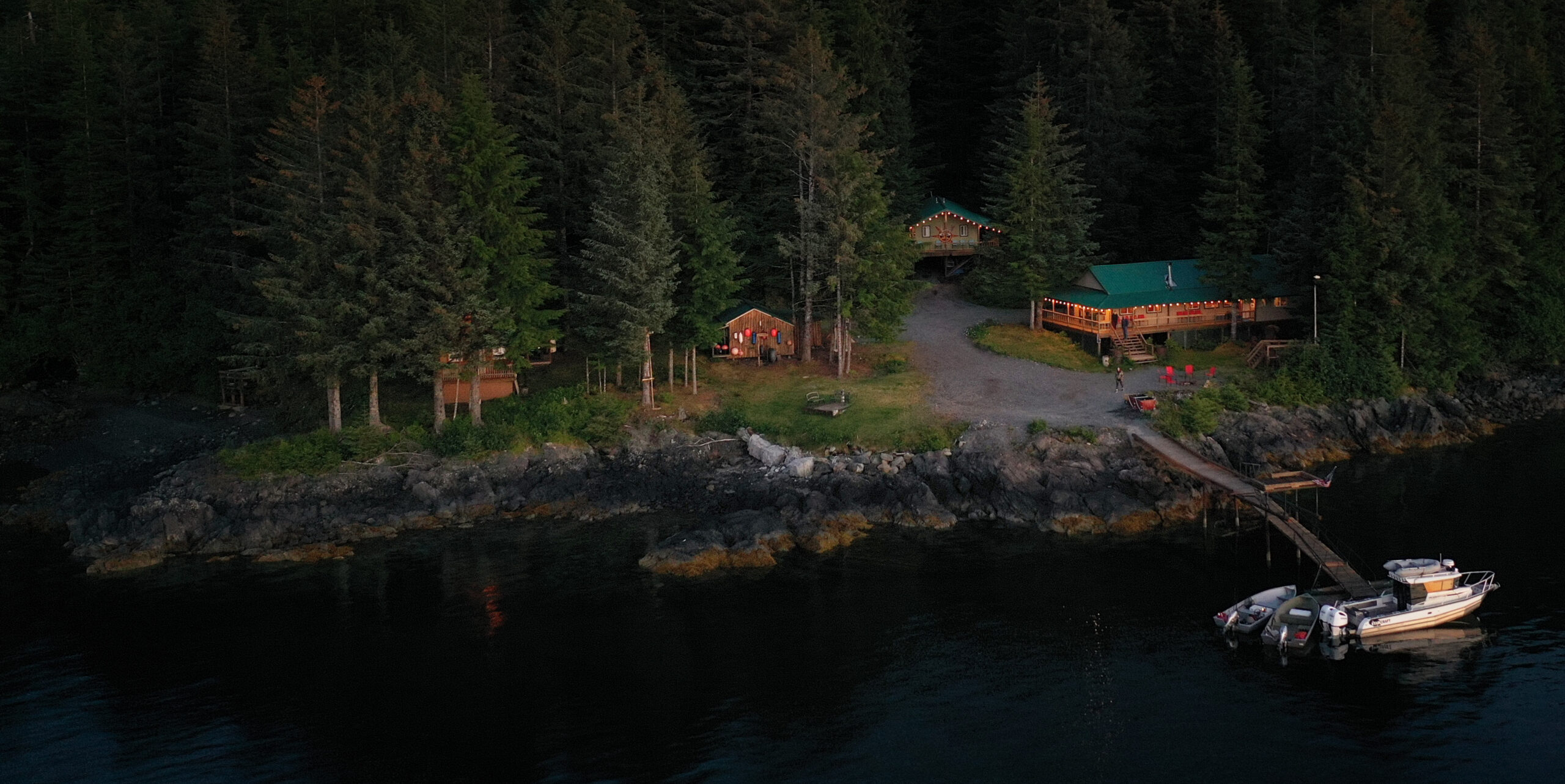
ALASKA
Alaska’s waters are teeming with fascinating marine life, including the elusive salmon sharks. These sleek predators, often mistaken for their larger cousins, the great white sharks, roam the frigid Alaskan waters in search of their favorite prey: salmon. With their impressive speed and agility, salmon sharks play a vital role in maintaining the delicate balance of the marine ecosystem, showcasing the diversity of Alaska’s underwater world.
On land, Alaska’s iconic brown and black bears reign supreme as the undisputed kings of the wilderness. These majestic creatures, known for their sheer size and power, inhabit the rugged landscapes of Alaska’s forests and mountains. From foraging for berries and roots to hunting for salmon during the annual spawning runs, brown and black bears are integral to the ecological health of Alaska’s ecosystems, embodying the raw beauty and untamed spirit of the Last Frontier.
In the skies above, Alaska’s skies are ruled by the magnificent bald eagles, symbols of freedom and strength. With their striking white heads and powerful wingspans, bald eagles soar gracefully over Alaska’s vast expanses, hunting for fish and scavenging for carrion along the rugged coastline. Revered by indigenous cultures and cherished by wildlife enthusiasts, bald eagles epitomize the spirit of Alaska’s untamed wilderness, serving as both guardians of the land and ambassadors of the wild.
9 spaces left
Top Rated Lodge
French Polynesia Aquatiki III Dive trip – 03-04/2026
Fühlst du dich angesprochen, dann komm mit uns mit!
Nord- und Südkanal
Diese beiden Kanäle gehören zu den spektakulärsten Tauchplätzen in Fakarava. Mit ihren oft starken Strömungen bieten sie das ganze Jahr über aufregende Tauchgänge und gehören zu den Höhepunkten einer jeden Reise zu den Tuamotus.
Kanäle
Kanäle befinden sich in den Atollen zwischen Lagunen und Inseln, wo anspruchsvolle Strömungstauchgänge möglich sind. An den Eingängen zu den Kanälen kannst du bei einlaufender Strömung mit Großfischen tauchen.
Großfisch
Im offenen Ozean trifft man auf eine Fülle von Großfischen wie Mantas und Adlerrochen, Haie verschiedener Arten und Größen, Stachelrochen, Thunfische, Delfine und sogar Schwertfische.
Wall of Sharks
An der "Wall of Sharks" geht es meist zu wie auf der Autobahn zur Rushhour, wenn hunderte oder mehr Grauhaie auf dem Corso an der Südwand patrouillieren!
Kleingruppe
Die Reise wird mit maximal 10 Teilnehmern durchgeführt, um ein maximales Naturerlebnis zu ermöglichen.
Flexible Route
Unser Reiseleiter Peter kennt nach über 20 Reisen zu den Tuamotus die Tauchgebiete fast so gut wie die Crew. Ein flexibles Routing um die bestmöglichen Tauchgänge zu gewährleisten steht an der Tagesordnung!
Französisch Polynesien
"Seit ich 1999 zum ersten Mal Französisch-Polynesien besuchte, habe ich mich in die Insel Tahiti verliebt. Dort taucht man nicht, um Nacktschnecken zu beobachten. Man taucht in kristallklarem Wasser mit großen Fischen, abseits der Norm und des Massentourismus."
- Peter Löseke, Filmemacher -
Treffe deinen BTM-Reiseleiter
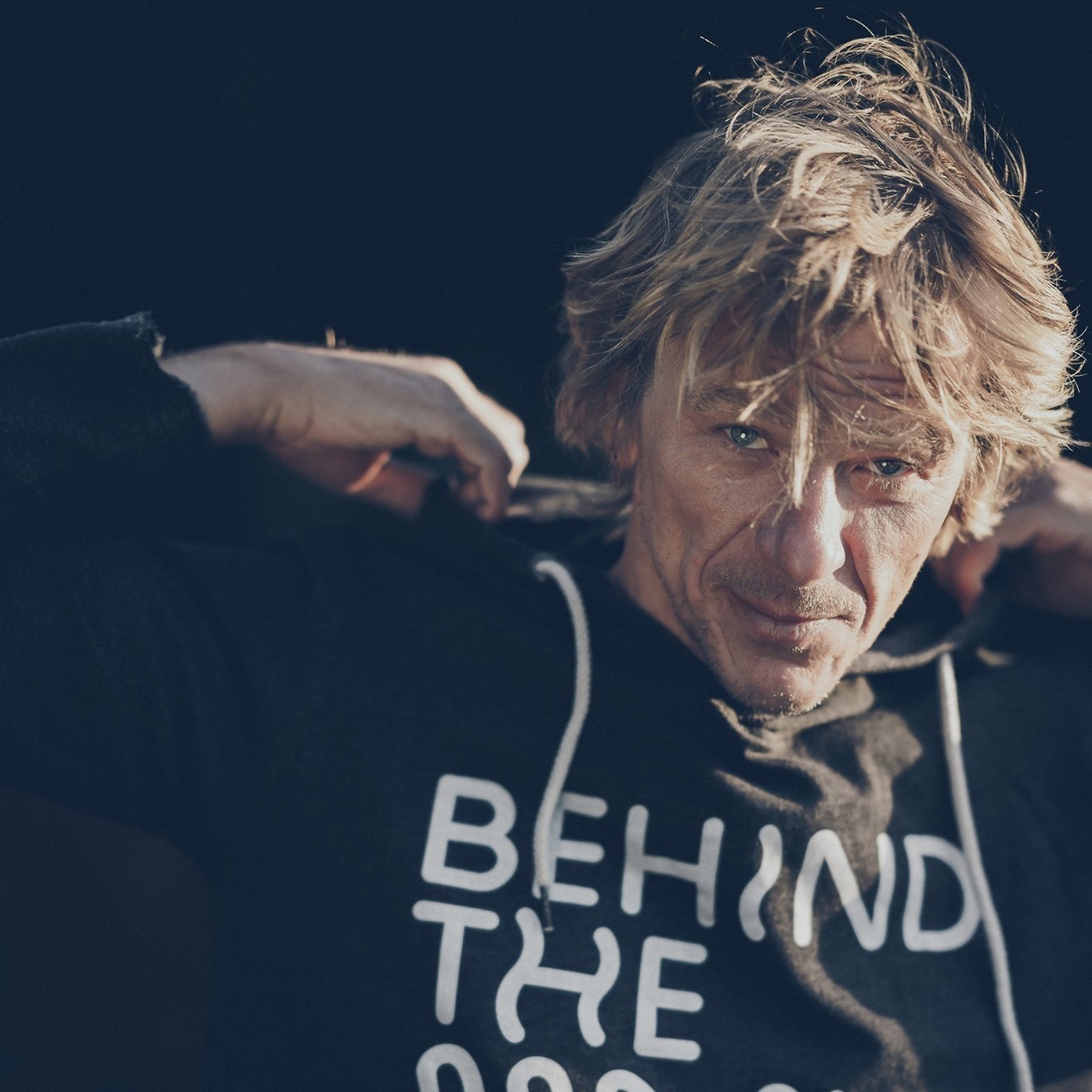
Peter Löseke
Filmemacher & Reiseleiter
Best of Tuamotus with Behind the Mask
25. March - 08. April 2026
Reisepreis:
- pro Person
Inklusive:
- 14 Nächte Tauchkreuzfahrt ab / bis Fakarava
- Flughafentransfer ab/an Flughafen Fakarava oder Hotel/Gästehaus
- Vollpension inkl. Wasser
- 2 Tauchgänge pro Tag inkl. Flasche, Blei, Guide und Nitrox
Extrakosten:
- Anreise nach Tahiti bzw. Ins Tuamotu Atoll
- Tauch- und Reiseversicherung
- Eventuelles Vorprogramm oder Stopover-Übernachtungen
- Leihausrüstung
- Lokale Steuern ca. 1 € / Tag
- VIP Kabine Doppelbett, Meerblick 600 € pro Person / Trip
- Trinkgelder an Bord
Die genaue Route ist flexibel und die Termine können sich aufgrund von Inlandsflügen um 1-2 Tage nach vorne oder hinten verschieben. Das Routing an sich bleibt generell offen. Es werden die besten Tauchspots der Tuamotus angefahren je nach Wetterbedingungen.
Wichtig: min. 4 Buchungen, um diese Gruppe zu bestätigen und durchzuführen. Wir empfehlen dringend den Abschluss einer Reiseversicherung bei unserem Partner DiveAssure.
Es gelten unsere AGB!
Reiseablauf
Start/Ende Fakarava – Das Beste der Tuamotus
Die Tauchsafari beginnt und endet in Fakarava, eine Flugstunde von Tahiti entfernt.
Die 15 Nächte Reise umfasst die besten Tauchplätze des Tuamoto-Archipels. Fakarava ist eines der berühmtesten Tauchgebiete in Französisch-Polynesien, da es wahrscheinlich die reichsten und spektakulärsten Unterwasserlandschaften bietet.
Je nach Wetter und Bedingungen kannst du 13 Tauchtage mit bis zu maximal 2 Tauchgängen täglich erwarten.
Tauchsafaris auf der Aqua Tiki III sind keine “Hardcore”-Tauchsafaris, sondern vielmehr eine sehr gelungene Symbiose aus entspannendem Tauchen und Inselerlebnissen. Du erkundest die besten Tauchplätze, Kanäle, Riffe und Lagunen entlang der Route durch die Atolle Fakarava, Tetamanu, Kauehi und Toau.
Für diejenigen, die kein Anschlussprogramm geplant haben, endet die Reise auf der Aquatiki III am 01. Oktober. Alternativ kann man auch länger in Französisch-Polynesien bleiben, z.B. auf den Tuamotus, Tahiti oder auch auf Moorea oder Bora-Bora. Wir beraten dich gerne unverbindlich über die Möglichkeiten, die individuell auf deine Wunschtage abgestimmt werden können.
Aquatiki III
Die Aquatiki III ist ein Katamaran der Marke Fountaine Pajot, gebaut in La Rochelle, Frankreich.
Der Komfort an Bord ist eines Hotels würdig: ein großer, sehr komfortabler Bereich mit Videoecke, Lounge-Bibliothek und Cocktailbar. Eine amerikanische Küche, ein großes Deck das durch ein Vordach vor der Sonne geschützt ist, wo die Mahlzeiten serviert werden, ein großes Sonnendeck, ein vorderer Salon und 2 Trampoline, die im Allgemeinen sehr begehrt sind, sowie eine Grillplattform.
Der Katamaran ist 20 m lang und 9,8 m breit und verfügt über 5 Kabinen für insgesamt 10 Gäste: 2 Kabinen mit Doppel- oder Einzelbetten, 1 Kabine mit Etagenbetten für 2 Personen und 2 VIP-Doppelkabinen mit TV/Hifi/DVD-Anlage. Sie verfügen alle über eine individuell regulierbare Klimaanlage, ein Soundsystem und ein eigenes Bad mit Toilette.
Der Antrieb wird durch 230 m² Segel und 2 Motoren mit 150 PS gewährleistet, mit einem mehr als 1000 Liter großen Kraftstofftank.
Ein leistungsstarker Generator und ein Wechselrichter sorgen für die elektrische Versorgung, die kontinuierlich 220 V liefert, mit individuellen 220 V Steckdosen in jeder Kabine 24/7.
Die Aquatiki ist autonom im Süßwasser: mehr als 800 Liter Reserve, mit 2 Entsalzungsanlagen von 190 Litern / Stunde.
Der Katamaran ist mit den modernsten Navigationsgeräten und den neuesten technischen Entwicklungen ausgestattet, um maximale Sicherheit zu bieten: Autopilot, GPS, BLU, VHF, Computer-Navigationszentrum, Radar, Standard-C-Wetter, Notsignal von Sarsat.
Der Katamaran ist auch mit allen Annehmlichkeiten ausgestattet wie eine Hi-Fi-Anlage mit Soundsystem in jeder Kabine, Fernseher, Videorecorder und DVD mit Videothek. Eine Bibliothek, in der du unter anderem Dokumentationen über die Unterwasserfauna, Polynesien, die Schifffahrt usw. findest, sowie zahlreiche Spiele, um die Abende zu gestalten.
Ein Telefon, WIFI und ein Fax per Satellit ermöglichen es, unter allen Umständen und sogar am anderen Ende der Welt in Verbindung zu bleiben!
Französisch Polynesien
Französisch-Polynesien liegt 18.000 km von Frankreich entfernt und besteht aus etwa 118 Inseln vulkanischen oder korallenartigen Ursprungs, die eine Fläche von etwa 4.200 km² bedecken. Diese Inseln liegen verstreut in einer Region, die so groß ist wie Europa.
Das Klima ist tropisch, warm und feucht, wird aber durch Passatwinde gemildert. Es gibt zwei Jahreszeiten: eine heiße und feuchte Saison (27 bis 35 ° C) von Dezember bis Februar und eine kühlere Saison (21 bis 27 ° C) von März bis November.
Das Gebiet, das den Status eines Übersee-Territoriums hat, besteht aus 5 Inselgruppen, die jeweils völlig unterschiedliche Landschaften bieten:
- Im Westen gehören die Inseln Tahiti (die größte der polynesischen Inseln, mit Papeete als Verwaltungshauptstadt und Moorea) und die Inseln Raiatea, Tahaa, Huahine, Bora-Bora, Maupiti dazu. Dies sind gebirgige Inseln, die von einem Korallenriff und einer Lagune umgeben sind, die die Küste säumen. Es ist die größte und am dichtesten besiedelte Region dieses Gebiets.
- Der 300 km nordöstlich von Tahiti gelegene Tuamotu-Archipel besteht ausschließlich aus flach liegenden Koralleninseln, den so genannten Atollen, sowie aus ausgedehnten Sandbänken, die mit Kokospalmen bewachsen sind und die eine türkisfarbene Lagune im Inneren abgrenzen.
- Der Australes-Archipel (Tubuai, Rurutu), ganz im Süden gelegen, besteht aus 7 gebirgigen Inseln, die von einer Lagune und einem Riff umgeben werden. Das flache Gelände und subtropische Klima eignen sich gut für den Gemüseanbau. Von Juli bis Oktober ist im Australes-Archipel der Treffpunkt für Wale.
- Der Gambier-Archipel (Mangareva) im äußersten Osten des Landes, etwa 1.600 km von Tahiti entfernt, besteht aus vulkanischen Gesteinen. Es sind Überreste eines Vulkans, der von einem Saumriff umgeben ist, aus dem sich dutzende Inseln erheben.
- Der 1.500 km von Tahiti entfernte Marquesas-Archipel (Nuku Hiva, Hiva Oa) liegt in der Nähe des Äquators und besteht aus einer Gruppe Vulkaninseln, die weder eine Lagune noch ein Korallenriff besitzen. Die meisten Inseln sind von kleinen Nebeninseln oder Rifffelsen umgeben. Die Marquesas, genannt Enua Enata (übersetz „Die Erde der Männer“), bieten nur wenige Strände, dafür aber grandiose Landschaften, überwiegend gebirgig, stark zerklüftet mit tief eingeschnittenen Tälern, deren Flüsse sich manchmal mit spektakulären Wasserfällen ins Meer ergießen.
Tuamotu-Archipel
Der Tuamotu-Archipel, der etwa 300 km nordöstlich von Tahiti liegt, besteht aus 76 Atollen, von denen kaum die Hälfte bewohnt ist. Bei diesen so genannten flachen Inseln handelt es sich um Krater, die unter dem Einfluss der Erosion verschwunden sind und deren von Korallen besiedelte Ränder nur noch aus weißem Sand bestehen, der mit Muscheln übersät und mit Kokospalmen bepflanzt ist, die die Polynesier “Motu” nennen.
Das Klima auf Tuamotu unterscheidet sich von dem der höher gelegenen Inseln von Tahiti und den Inseln im Windschatten. Die warme und feuchte Jahreszeit von Dezember bis Februar ist hier viel gemäßigter, mit einem erfrischenden Passatwind und geringeren Niederschlägen (meist in der Nacht), was zu Schwierigkeiten bei der Frischwasserversorgung führt.
Auf den Tuamotu ist die Landschaft völlig unberührt, weit weg von jeglichem städtischen Trubel. Das Leben auf diesen Atollen ist einfach und ruhig. Die Aktivitäten der Einheimischen, der Paumotus, beschränken sich auf getrocknete Kokosnuss, Fischfang und seit einigen Jahren auf die Zucht von Perlmutt Durch Veredelung entsteht die berühmte schwarze Perle, eine endemische Tuamotu-Art. Die Lagune im Landesinneren ist ein geschützter Ort, ideal für die Einrichtung von Perlenfarmen und Fischparks.
Jedes Atoll bietet Landschaften von wilder Schönheit. Vom Himmel aus gesehen erscheinen sie wie weiße Ringe auf dem tiefblauen Pazifik. Die Motus sind mit Kokospalmen bewachsen, die von schönen Stränden umgeben sind, und werden durch kleine Kanäle voneinander getrennt. Das Wasser der Lagunen färbt sich von Zartgrün zu Türkisblau und geht in Violett über.
Rangiroa war das bekannteste Paumotu-Atoll, vor allem wegen seiner Tauchplätze. Aber nicht weit von Rangiroa entfernt liegt Fakarava. Fakarava hat den größten Pass Polynesiens und ist von Atollen umgeben, die die schönsten Tauchplätze Polynesiens bieten.
Tauchen in Französisch-Polynesien
Fakarava-Touren sind Tauchausflüge auf hohem Niveau, die auch die anspruchsvollsten Taucher zufriedenstellen werden.
Die Leitung erfolgt durch einen Tauchlehrer, der die Taucher begleitet, und einer Person an der Oberfläche, die den Tauchgang ständig überwacht. Die Tauchgänge werden in den Kanälen durchgeführt, wobei die Strömungen oft sehr stark sein können!
Je nach Wetterbedingungen und Strömungen werden täglich 2 Tauchgänge angeboten, außer am An- und Abreisetag.
Die Wassertemperatur schwankt wenig: von 25 ° C im Winter (September) bis 29 ° C im Sommer (März), ohne Sprungschicht. Die Sichtweiten in diesen kristallklaren Gewässern sind immer ausgezeichnet.
Nachttauchgänge sind nicht geplant (bitte vor Ort erfragen).

Sold Out!
Top rated operator
French Polynesia Aquatiki III Dive trip – 03/2026
Fühlst du dich angesprochen, dann komm mit uns mit!
Nord- und Südkanal
Diese beiden Kanäle gehören zu den spektakulärsten Tauchplätzen in Fakarava. Mit ihren oft starken Strömungen bieten sie das ganze Jahr über aufregende Tauchgänge und gehören zu den Höhepunkten einer jeden Reise zu den Tuamotus.
Kanäle
Kanäle befinden sich in den Atollen zwischen Lagunen und Inseln, wo anspruchsvolle Strömungstauchgänge möglich sind. An den Eingängen zu den Kanälen kannst du bei einlaufender Strömung mit Großfischen tauchen.
Großfisch
Im offenen Ozean trifft man auf eine Fülle von Großfischen wie Mantas und Adlerrochen, Haie verschiedener Arten und Größen, Stachelrochen, Thunfische, Delfine und sogar Schwertfische.
Wall of Sharks
An der "Wall of Sharks" geht es meist zu wie auf der Autobahn zur Rushhour, wenn hunderte oder mehr Grauhaie auf dem Corso an der Südwand patrouillieren!
Kleingruppe
Die Reise wird mit maximal 10 Teilnehmern durchgeführt, um ein maximales Naturerlebnis zu ermöglichen.
Flexible Route
Unser Reiseleiter Peter kennt nach über 20 Reisen zu den Tuamotus die Tauchgebiete fast so gut wie die Crew. Ein flexibles Routing um die bestmöglichen Tauchgänge zu gewährleisten steht an der Tagesordnung!
Französisch Polynesien
"Seit ich 1999 zum ersten Mal Französisch-Polynesien besuchte, habe ich mich in die Insel Tahiti verliebt. Dort taucht man nicht, um Nacktschnecken zu beobachten. Man taucht in kristallklarem Wasser mit großen Fischen, abseits der Norm und des Massentourismus."
- Peter Löseke, Filmemacher -
Treffe deinen BTM-Reiseleiter

Peter Löseke
Filmemacher & Reiseleiter
Best of Tuamotus with Behind the Mask Travel
9. - 23. March 2026
Reisepreis:
- pro Person
Inklusive:
- 14 Nächte Tauchkreuzfahrt ab / bis Fakarava
- Flughafentransfer ab/an Flughafen Fakarava oder Hotel/Gästehaus
- Vollpension inkl. Wasser
- 2 Tauchgänge pro Tag inkl. Flasche, Blei, Guide und Nitrox
Extrakosten:
- Anreise nach Tahiti bzw. Ins Tuamotu Atoll
- Tauch- und Reiseversicherung
- Eventuelles Vorprogramm oder Stopover-Übernachtungen
- Leihausrüstung
- Lokale Steuern ca. 1 € / Tag
- VIP Kabine Doppelbett, Meerblick 600 € pro Person / Trip
- Trinkgelder an Bord
Die genaue Route ist flexibel und die Termine können sich aufgrund von Inlandsflügen um 1-2 Tage nach vorne oder hinten verschieben. Das Routing an sich bleibt generell offen. Es werden die besten Tauchspots der Tuamotus angefahren je nach Wetterbedingungen. Es gelten unsere AGB!
Wichtig: min. 4 Buchungen, um diese Gruppe zu bestätigen und durchzuführen. Wir empfehlen dringend den Abschluss einer Reiseversicherung bei unserem Partner DiveAssure.
Reiseablauf
Start/Ende Fakarava – Das Beste der Tuamotus
Die Tauchsafari beginnt und endet in Fakarava, eine Flugstunde von Tahiti entfernt.
Die 15 Nächte Reise umfasst die besten Tauchplätze des Tuamoto-Archipels. Fakarava ist eines der berühmtesten Tauchgebiete in Französisch-Polynesien, da es wahrscheinlich die reichsten und spektakulärsten Unterwasserlandschaften bietet.
Je nach Wetter und Bedingungen kannst du 13 Tauchtage mit bis zu maximal 2 Tauchgängen täglich erwarten.
Tauchsafaris auf der Aqua Tiki III sind keine “Hardcore”-Tauchsafaris, sondern vielmehr eine sehr gelungene Symbiose aus entspannendem Tauchen und Inselerlebnissen. Du erkundest die besten Tauchplätze, Kanäle, Riffe und Lagunen entlang der Route durch die Atolle Fakarava, Tetamanu, Kauehi und Toau.
Für diejenigen, die kein Anschlussprogramm geplant haben, endet die Reise auf der Aquatiki III am 01. Oktober. Alternativ kann man auch länger in Französisch-Polynesien bleiben, z.B. auf den Tuamotus, Tahiti oder auch auf Moorea oder Bora-Bora. Wir beraten dich gerne unverbindlich über die Möglichkeiten, die individuell auf deine Wunschtage abgestimmt werden können.
Aquatiki III
Die Aquatiki III ist ein Katamaran der Marke Fountaine Pajot, gebaut in La Rochelle, Frankreich.
Der Komfort an Bord ist eines Hotels würdig: ein großer, sehr komfortabler Bereich mit Videoecke, Lounge-Bibliothek und Cocktailbar. Eine amerikanische Küche, ein großes Deck das durch ein Vordach vor der Sonne geschützt ist, wo die Mahlzeiten serviert werden, ein großes Sonnendeck, ein vorderer Salon und 2 Trampoline, die im Allgemeinen sehr begehrt sind, sowie eine Grillplattform.
Der Katamaran ist 20 m lang und 9,8 m breit und verfügt über 5 Kabinen für insgesamt 10 Gäste: 2 Kabinen mit Doppel- oder Einzelbetten, 1 Kabine mit Etagenbetten für 2 Personen und 2 VIP-Doppelkabinen mit TV/Hifi/DVD-Anlage. Sie verfügen alle über eine individuell regulierbare Klimaanlage, ein Soundsystem und ein eigenes Bad mit Toilette.
Der Antrieb wird durch 230 m² Segel und 2 Motoren mit 150 PS gewährleistet, mit einem mehr als 1000 Liter großen Kraftstofftank.
Ein leistungsstarker Generator und ein Wechselrichter sorgen für die elektrische Versorgung, die kontinuierlich 220 V liefert, mit individuellen 220 V Steckdosen in jeder Kabine 24/7.
Die Aquatiki ist autonom im Süßwasser: mehr als 800 Liter Reserve, mit 2 Entsalzungsanlagen von 190 Litern / Stunde.
Der Katamaran ist mit den modernsten Navigationsgeräten und den neuesten technischen Entwicklungen ausgestattet, um maximale Sicherheit zu bieten: Autopilot, GPS, BLU, VHF, Computer-Navigationszentrum, Radar, Standard-C-Wetter, Notsignal von Sarsat.
Der Katamaran ist auch mit allen Annehmlichkeiten ausgestattet wie eine Hi-Fi-Anlage mit Soundsystem in jeder Kabine, Fernseher, Videorecorder und DVD mit Videothek. Eine Bibliothek, in der du unter anderem Dokumentationen über die Unterwasserfauna, Polynesien, die Schifffahrt usw. findest, sowie zahlreiche Spiele, um die Abende zu gestalten.
Ein Telefon, WIFI und ein Fax per Satellit ermöglichen es, unter allen Umständen und sogar am anderen Ende der Welt in Verbindung zu bleiben!
Französisch Polynesien
Französisch-Polynesien liegt 18.000 km von Frankreich entfernt und besteht aus etwa 118 Inseln vulkanischen oder korallenartigen Ursprungs, die eine Fläche von etwa 4.200 km² bedecken. Diese Inseln liegen verstreut in einer Region, die so groß ist wie Europa.
Das Klima ist tropisch, warm und feucht, wird aber durch Passatwinde gemildert. Es gibt zwei Jahreszeiten: eine heiße und feuchte Saison (27 bis 35 ° C) von Dezember bis Februar und eine kühlere Saison (21 bis 27 ° C) von März bis November.
Das Gebiet, das den Status eines Übersee-Territoriums hat, besteht aus 5 Inselgruppen, die jeweils völlig unterschiedliche Landschaften bieten:
- Im Westen gehören die Inseln Tahiti (die größte der polynesischen Inseln, mit Papeete als Verwaltungshauptstadt und Moorea) und die Inseln Raiatea, Tahaa, Huahine, Bora-Bora, Maupiti dazu. Dies sind gebirgige Inseln, die von einem Korallenriff und einer Lagune umgeben sind, die die Küste säumen. Es ist die größte und am dichtesten besiedelte Region dieses Gebiets.
- Der 300 km nordöstlich von Tahiti gelegene Tuamotu-Archipel besteht ausschließlich aus flach liegenden Koralleninseln, den so genannten Atollen, sowie aus ausgedehnten Sandbänken, die mit Kokospalmen bewachsen sind und die eine türkisfarbene Lagune im Inneren abgrenzen.
- Der Australes-Archipel (Tubuai, Rurutu), ganz im Süden gelegen, besteht aus 7 gebirgigen Inseln, die von einer Lagune und einem Riff umgeben werden. Das flache Gelände und subtropische Klima eignen sich gut für den Gemüseanbau. Von Juli bis Oktober ist im Australes-Archipel der Treffpunkt für Wale.
- Der Gambier-Archipel (Mangareva) im äußersten Osten des Landes, etwa 1.600 km von Tahiti entfernt, besteht aus vulkanischen Gesteinen. Es sind Überreste eines Vulkans, der von einem Saumriff umgeben ist, aus dem sich dutzende Inseln erheben.
- Der 1.500 km von Tahiti entfernte Marquesas-Archipel (Nuku Hiva, Hiva Oa) liegt in der Nähe des Äquators und besteht aus einer Gruppe Vulkaninseln, die weder eine Lagune noch ein Korallenriff besitzen. Die meisten Inseln sind von kleinen Nebeninseln oder Rifffelsen umgeben. Die Marquesas, genannt Enua Enata (übersetz „Die Erde der Männer“), bieten nur wenige Strände, dafür aber grandiose Landschaften, überwiegend gebirgig, stark zerklüftet mit tief eingeschnittenen Tälern, deren Flüsse sich manchmal mit spektakulären Wasserfällen ins Meer ergießen.
Tuamotu-Archipel
Der Tuamotu-Archipel, der etwa 300 km nordöstlich von Tahiti liegt, besteht aus 76 Atollen, von denen kaum die Hälfte bewohnt ist. Bei diesen so genannten flachen Inseln handelt es sich um Krater, die unter dem Einfluss der Erosion verschwunden sind und deren von Korallen besiedelte Ränder nur noch aus weißem Sand bestehen, der mit Muscheln übersät und mit Kokospalmen bepflanzt ist, die die Polynesier “Motu” nennen.
Das Klima auf Tuamotu unterscheidet sich von dem der höher gelegenen Inseln von Tahiti und den Inseln im Windschatten. Die warme und feuchte Jahreszeit von Dezember bis Februar ist hier viel gemäßigter, mit einem erfrischenden Passatwind und geringeren Niederschlägen (meist in der Nacht), was zu Schwierigkeiten bei der Frischwasserversorgung führt.
Auf den Tuamotu ist die Landschaft völlig unberührt, weit weg von jeglichem städtischen Trubel. Das Leben auf diesen Atollen ist einfach und ruhig. Die Aktivitäten der Einheimischen, der Paumotus, beschränken sich auf getrocknete Kokosnuss, Fischfang und seit einigen Jahren auf die Zucht von Perlmutt Durch Veredelung entsteht die berühmte schwarze Perle, eine endemische Tuamotu-Art. Die Lagune im Landesinneren ist ein geschützter Ort, ideal für die Einrichtung von Perlenfarmen und Fischparks.
Jedes Atoll bietet Landschaften von wilder Schönheit. Vom Himmel aus gesehen erscheinen sie wie weiße Ringe auf dem tiefblauen Pazifik. Die Motus sind mit Kokospalmen bewachsen, die von schönen Stränden umgeben sind, und werden durch kleine Kanäle voneinander getrennt. Das Wasser der Lagunen färbt sich von Zartgrün zu Türkisblau und geht in Violett über.
Rangiroa war das bekannteste Paumotu-Atoll, vor allem wegen seiner Tauchplätze. Aber nicht weit von Rangiroa entfernt liegt Fakarava. Fakarava hat den größten Pass Polynesiens und ist von Atollen umgeben, die die schönsten Tauchplätze Polynesiens bieten.
Tauchen in Französisch-Polynesien
Fakarava-Touren sind Tauchausflüge auf hohem Niveau, die auch die anspruchsvollsten Taucher zufriedenstellen werden.
Die Leitung erfolgt durch einen Tauchlehrer, der die Taucher begleitet, und einer Person an der Oberfläche, die den Tauchgang ständig überwacht. Die Tauchgänge werden in den Kanälen durchgeführt, wobei die Strömungen oft sehr stark sein können!
Je nach Wetterbedingungen und Strömungen werden täglich 2 Tauchgänge angeboten, außer am An- und Abreisetag.
Die Wassertemperatur schwankt wenig: von 25 ° C im Winter (September) bis 29 ° C im Sommer (März), ohne Sprungschicht. Die Sichtweiten in diesen kristallklaren Gewässern sind immer ausgezeichnet.
Nachttauchgänge sind nicht geplant (bitte vor Ort erfragen).


